BMW has extended the XR range with the new F900XR joining the S1000XR in the adventure-sports category. It’s an impressive bike but is there a problem lurking underneath the bodywork? The engine, built by Loncin in China, has no glaring flaws but BMW might have a problem on its hands due to buyer's perceptions of the engine. Will it harm sales? Will the engine prove to be as bulletproof as previous BMW engine designs? Only time will tell and, if sales are harmed, that will be a pity as the F900XR has a lot going for it.
2021 BMW F900XR Road Test
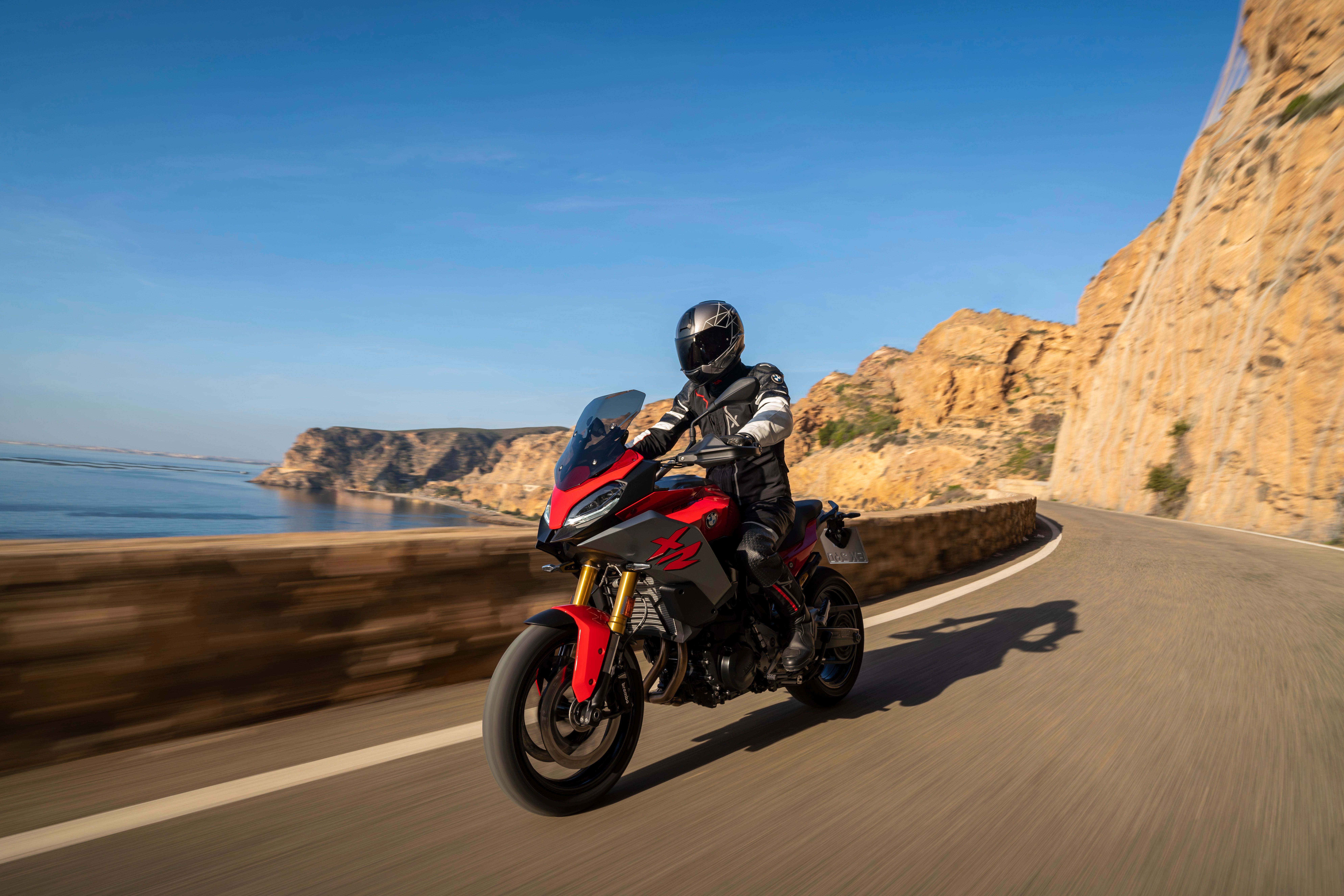

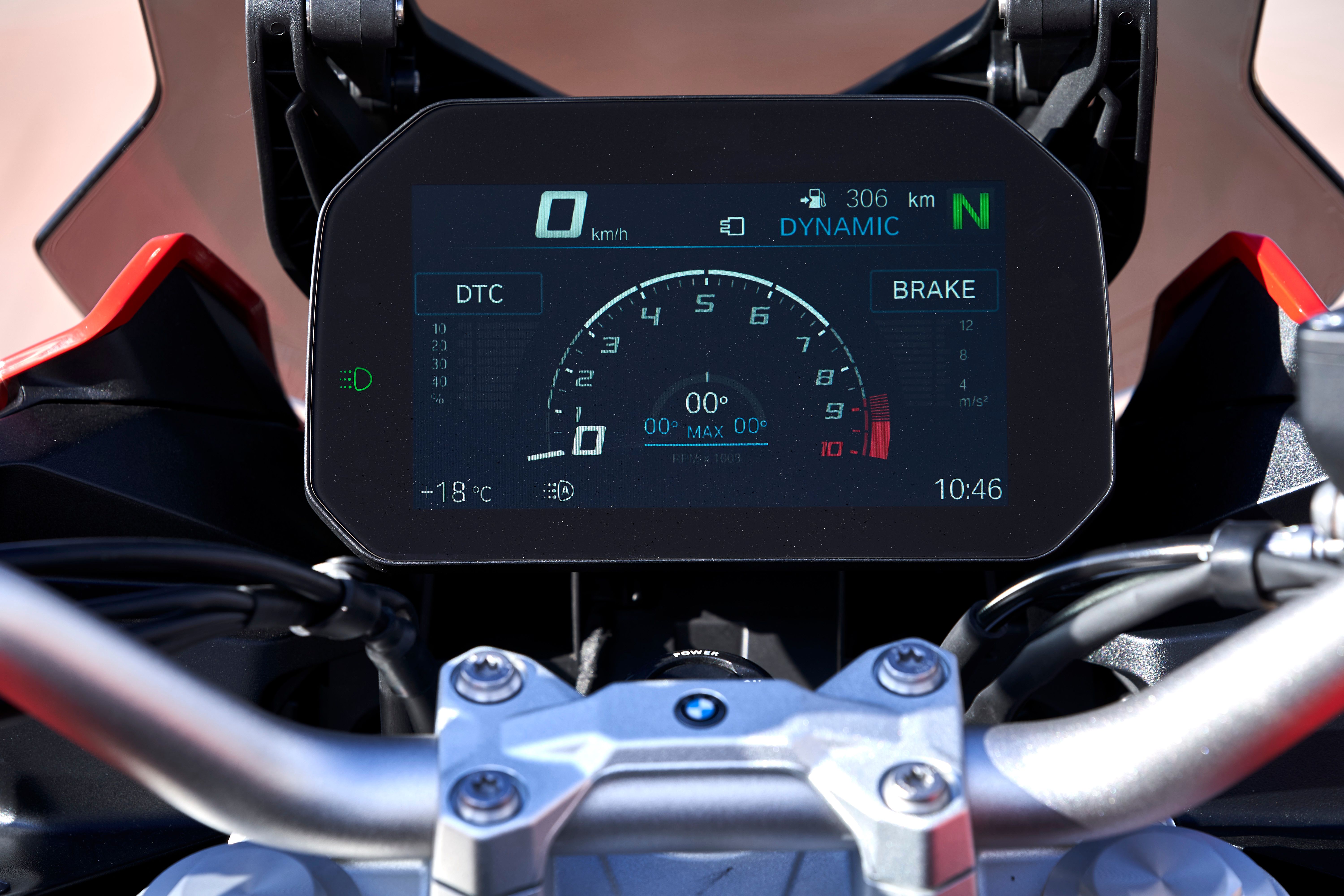
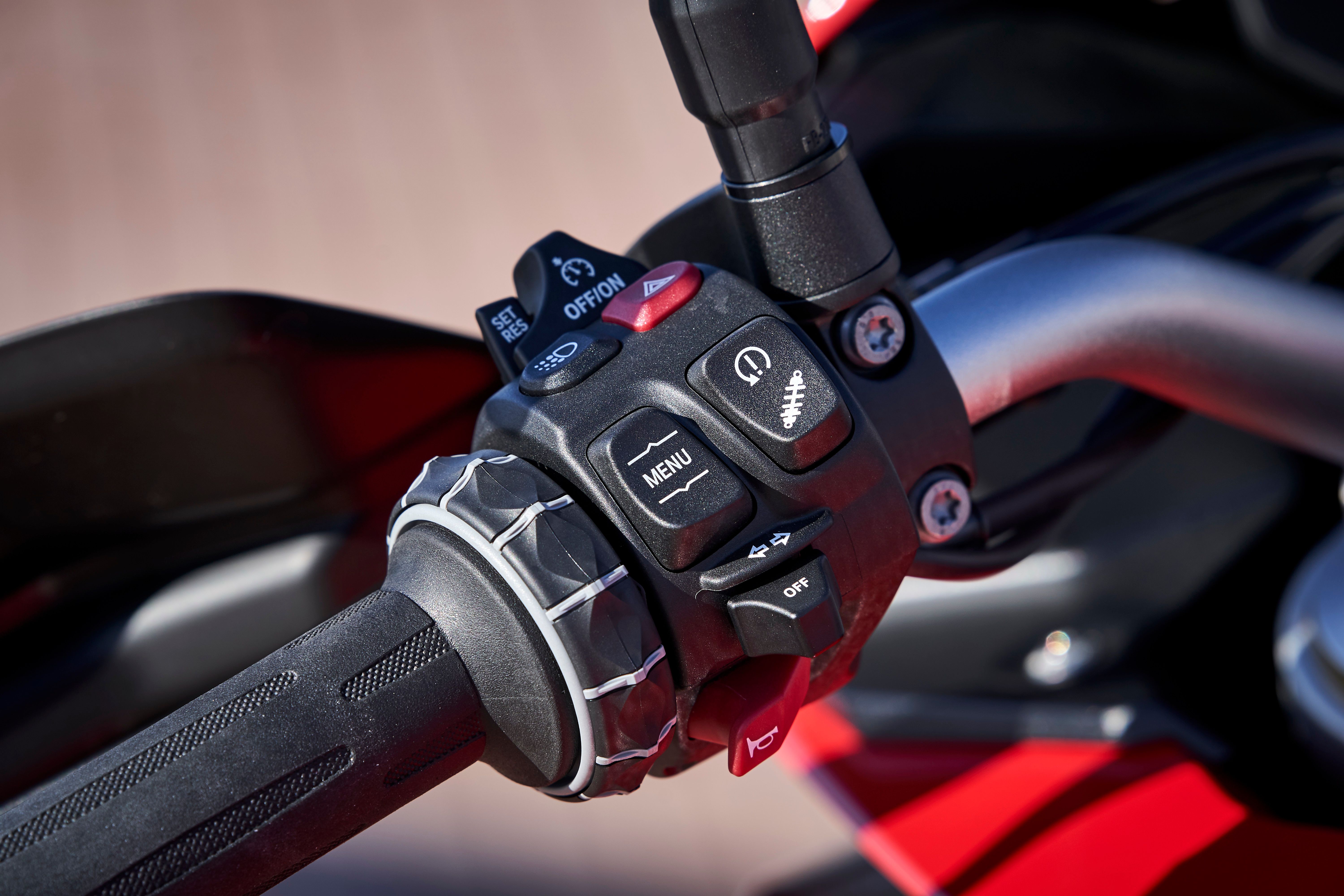
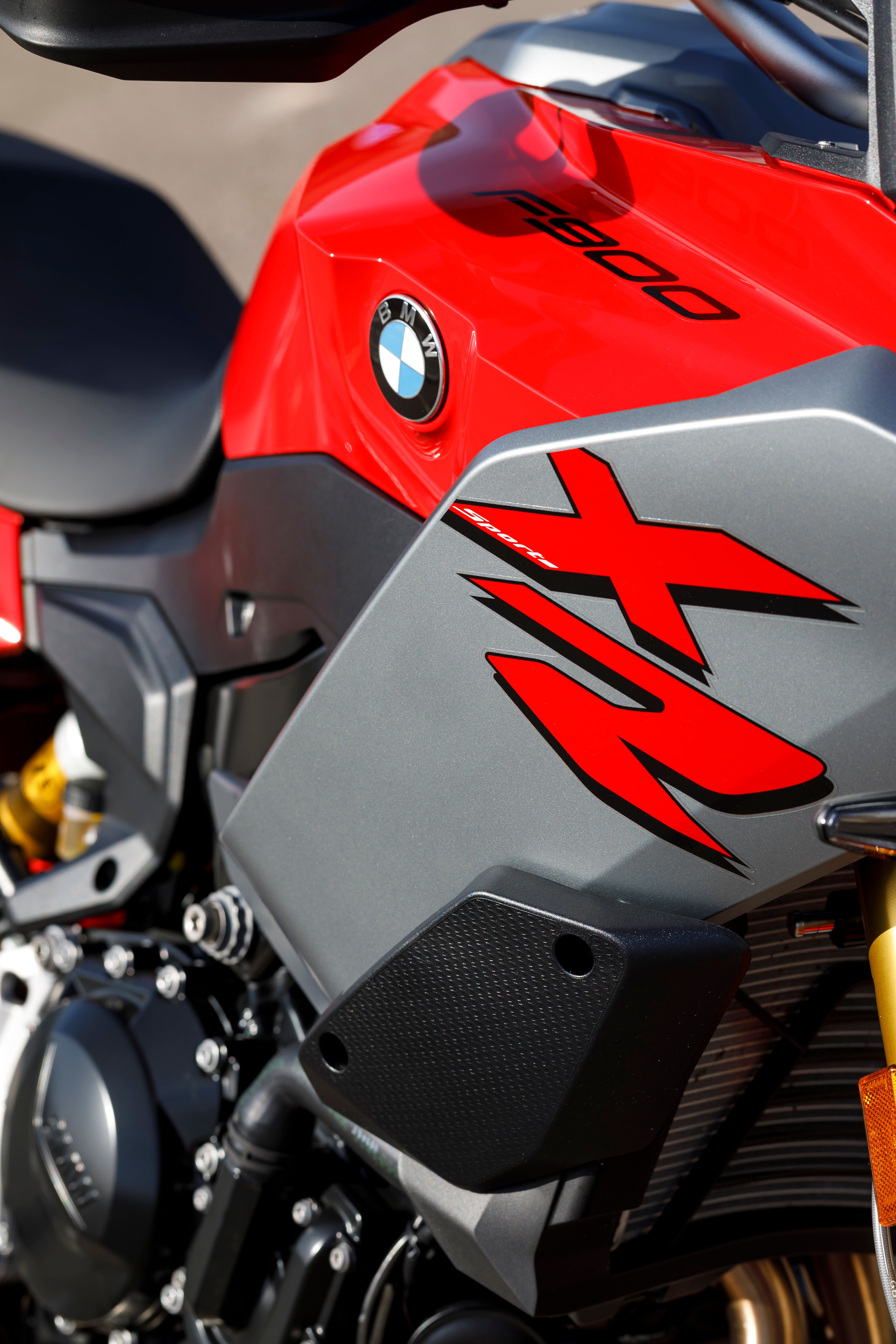
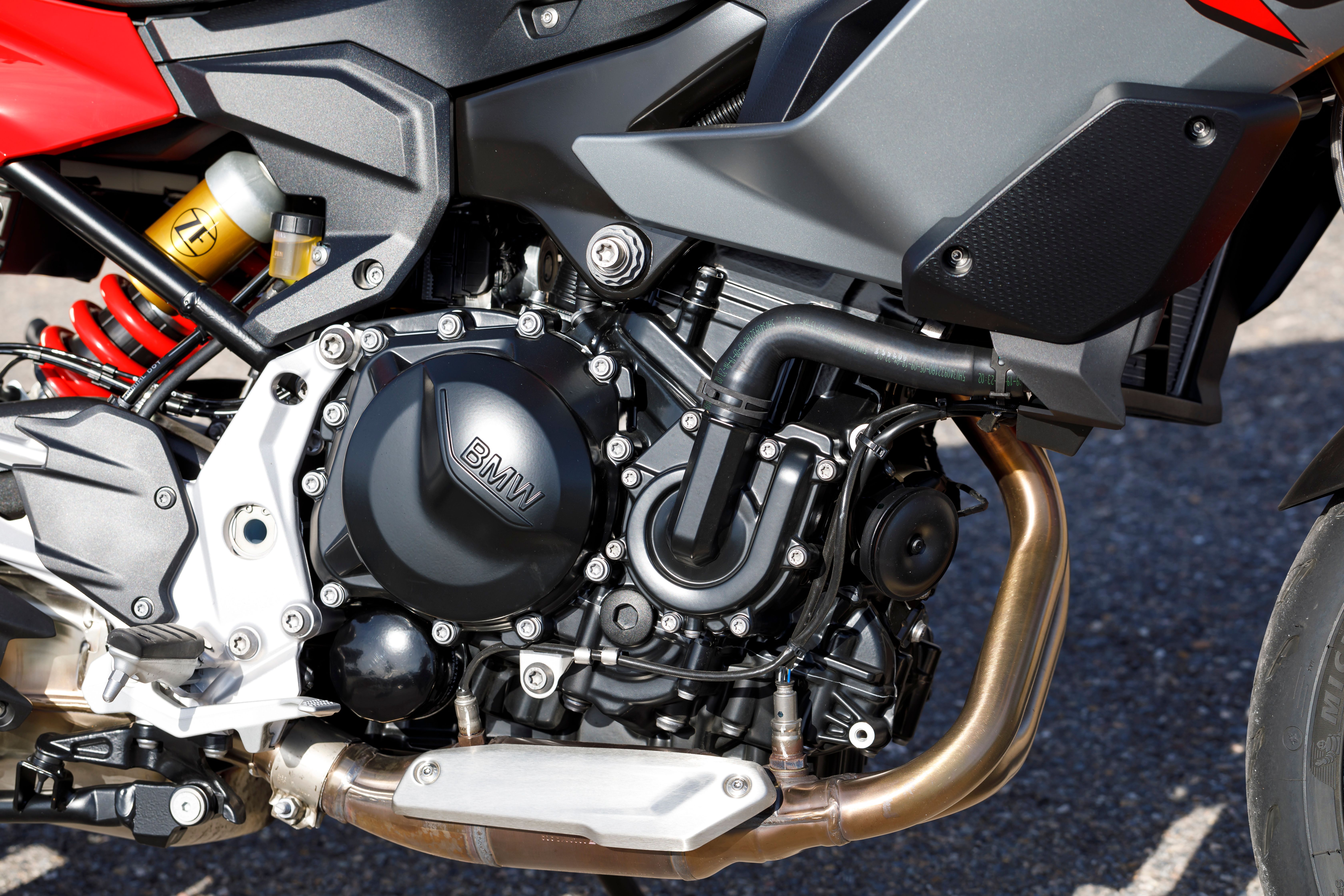
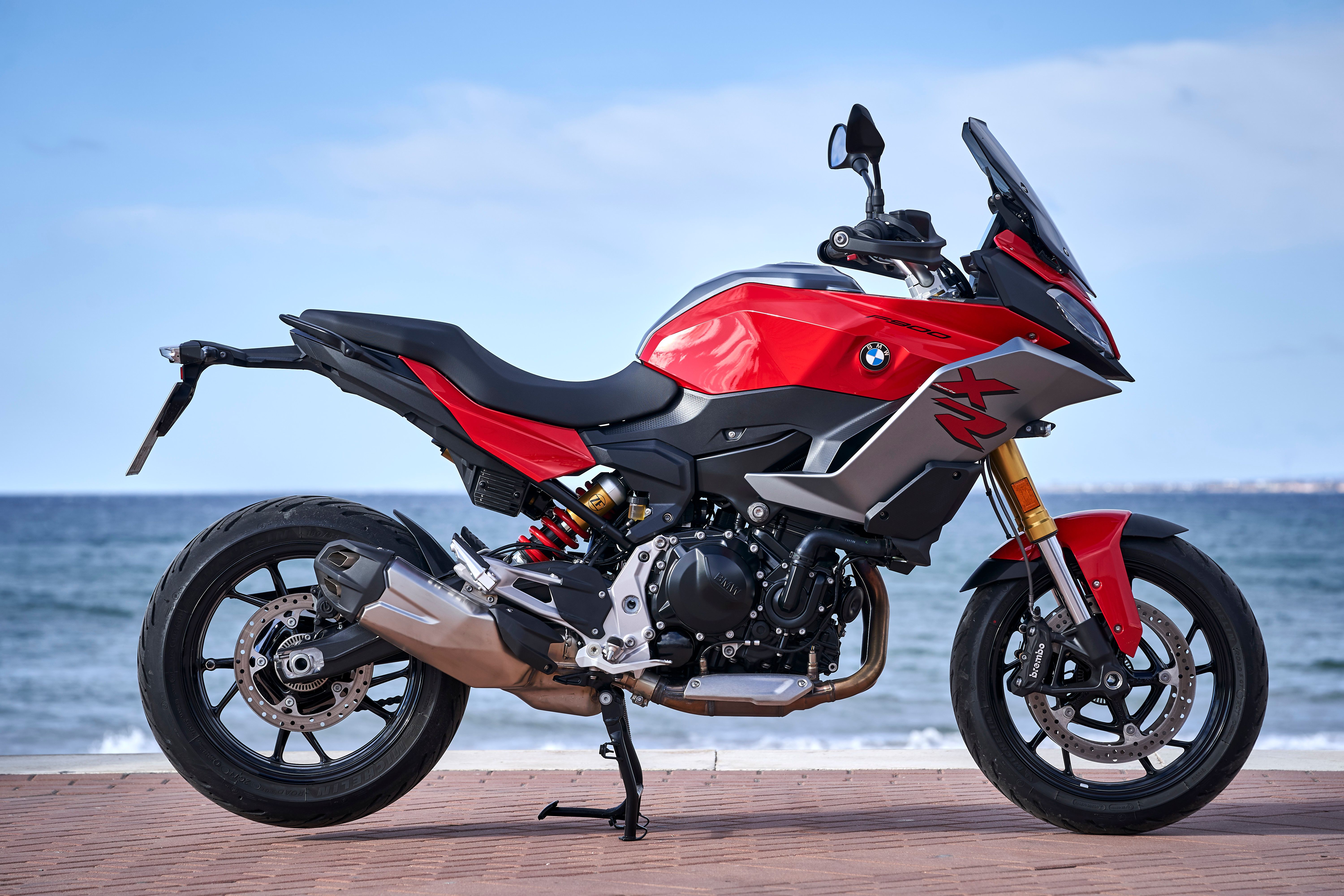
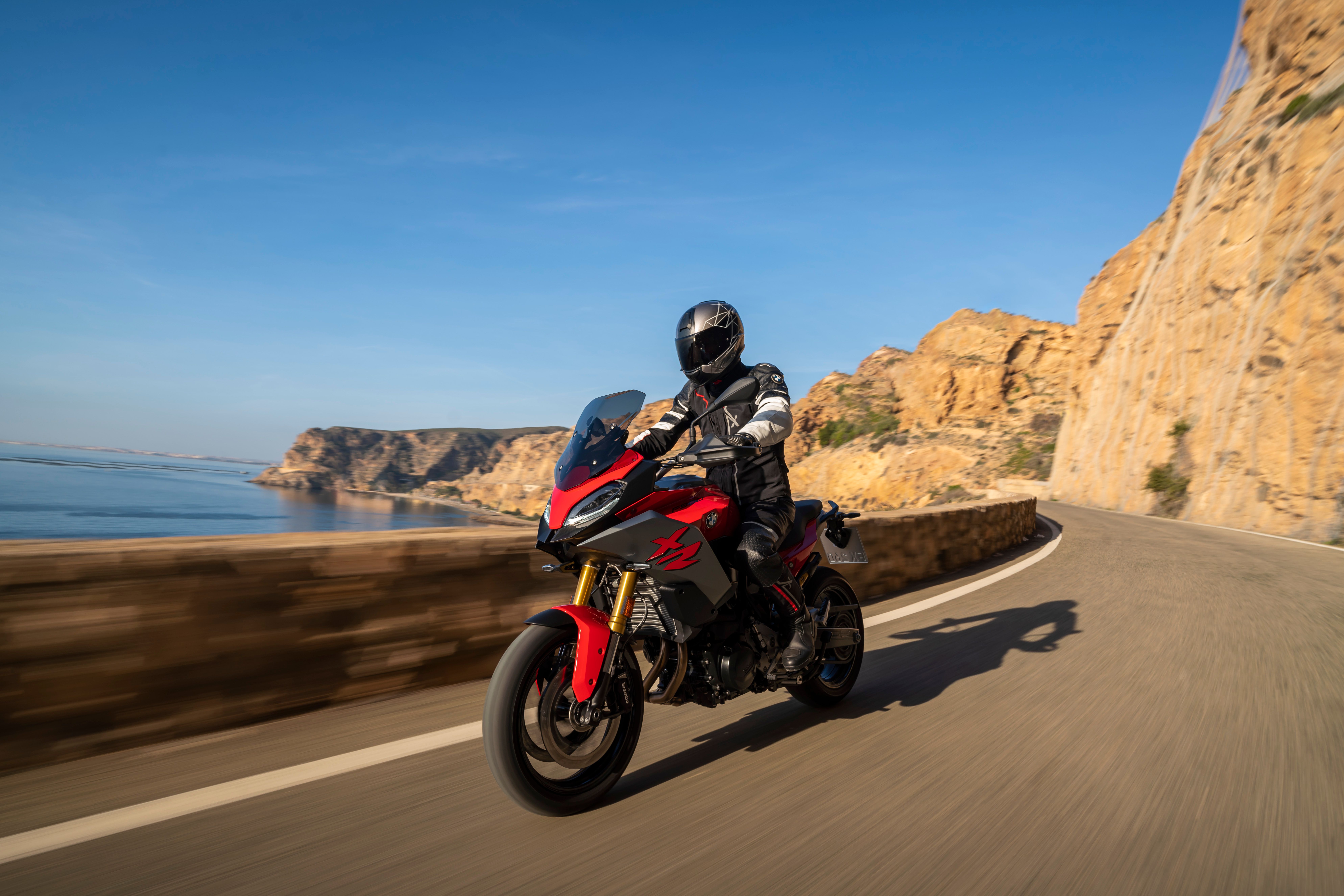
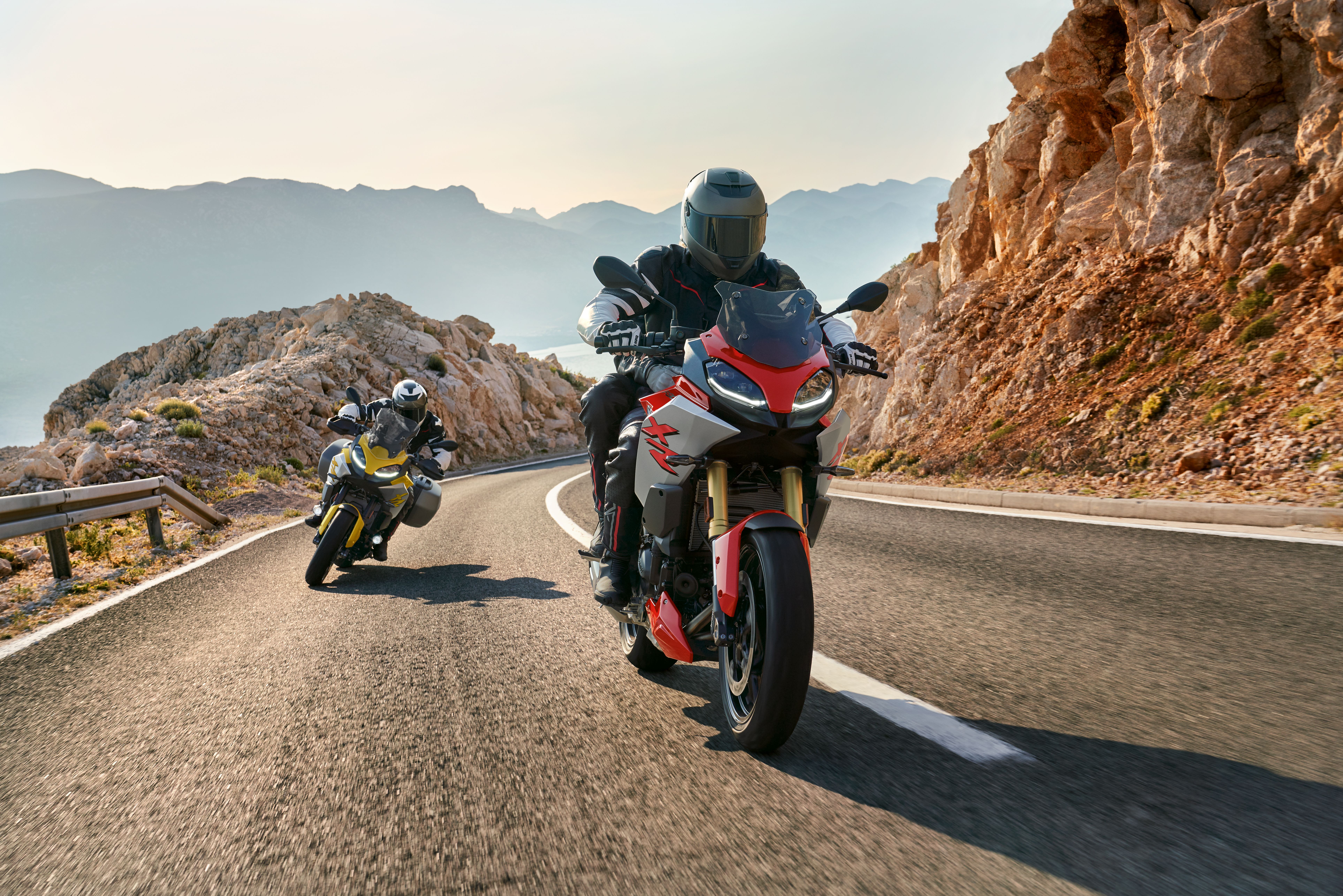
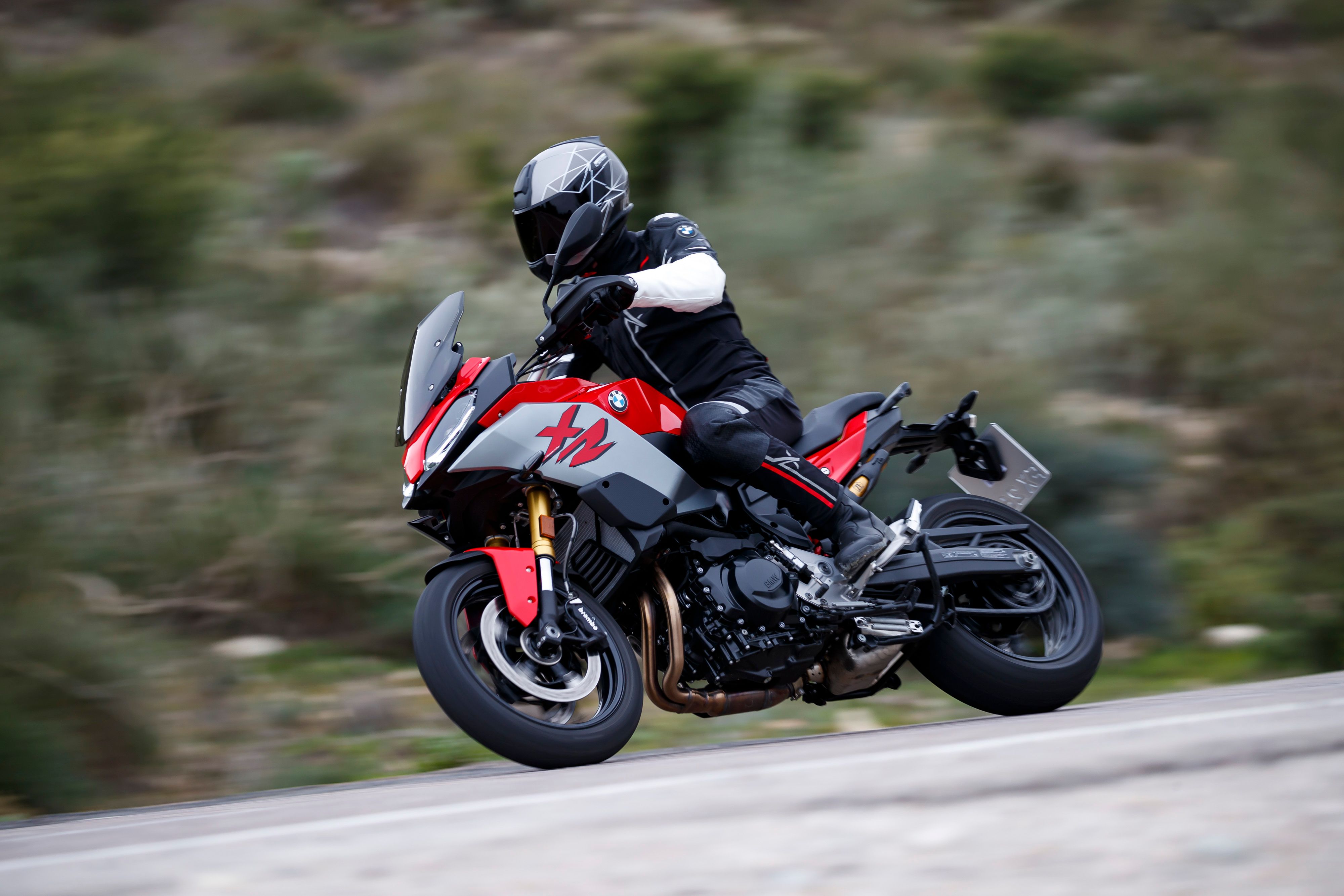
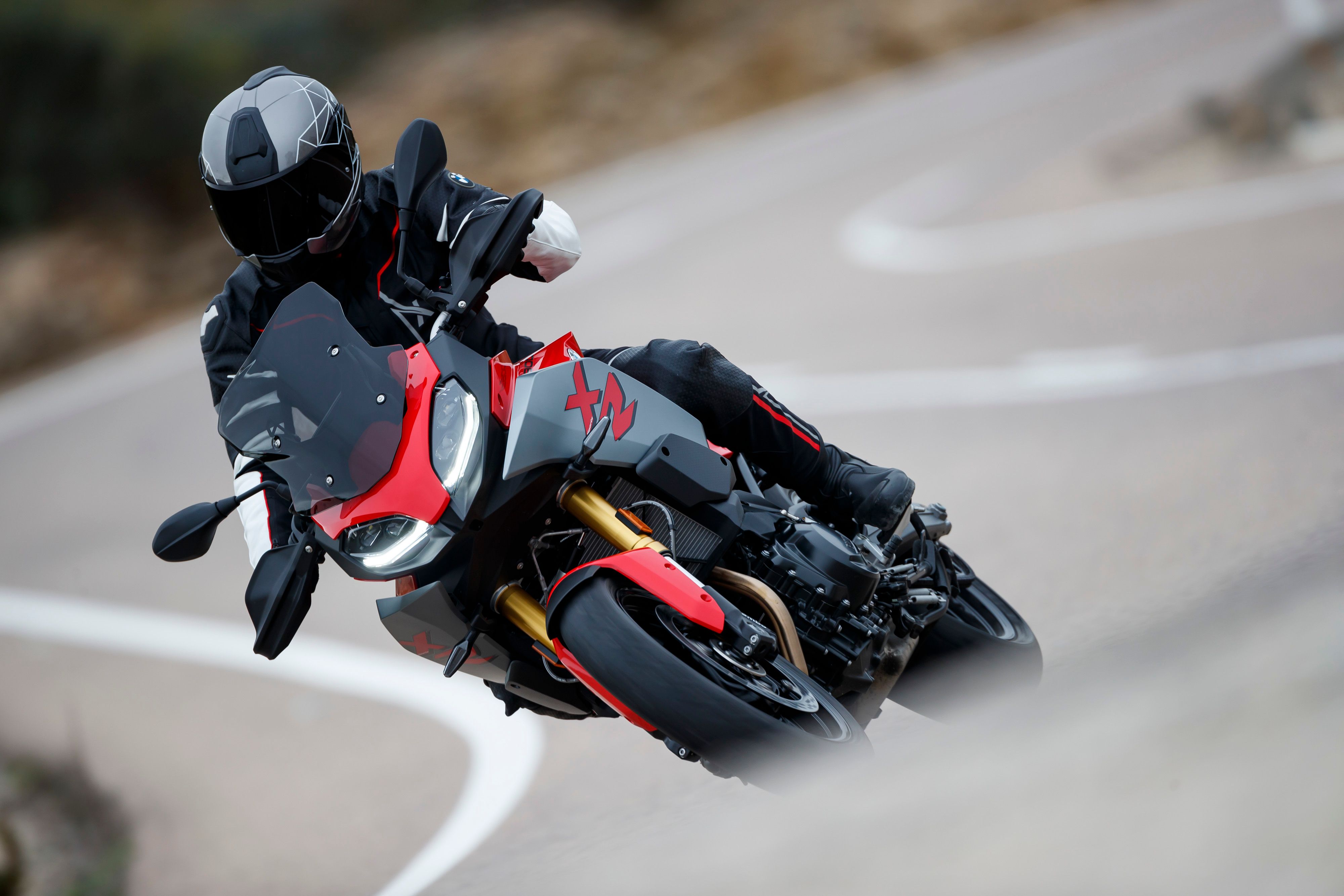
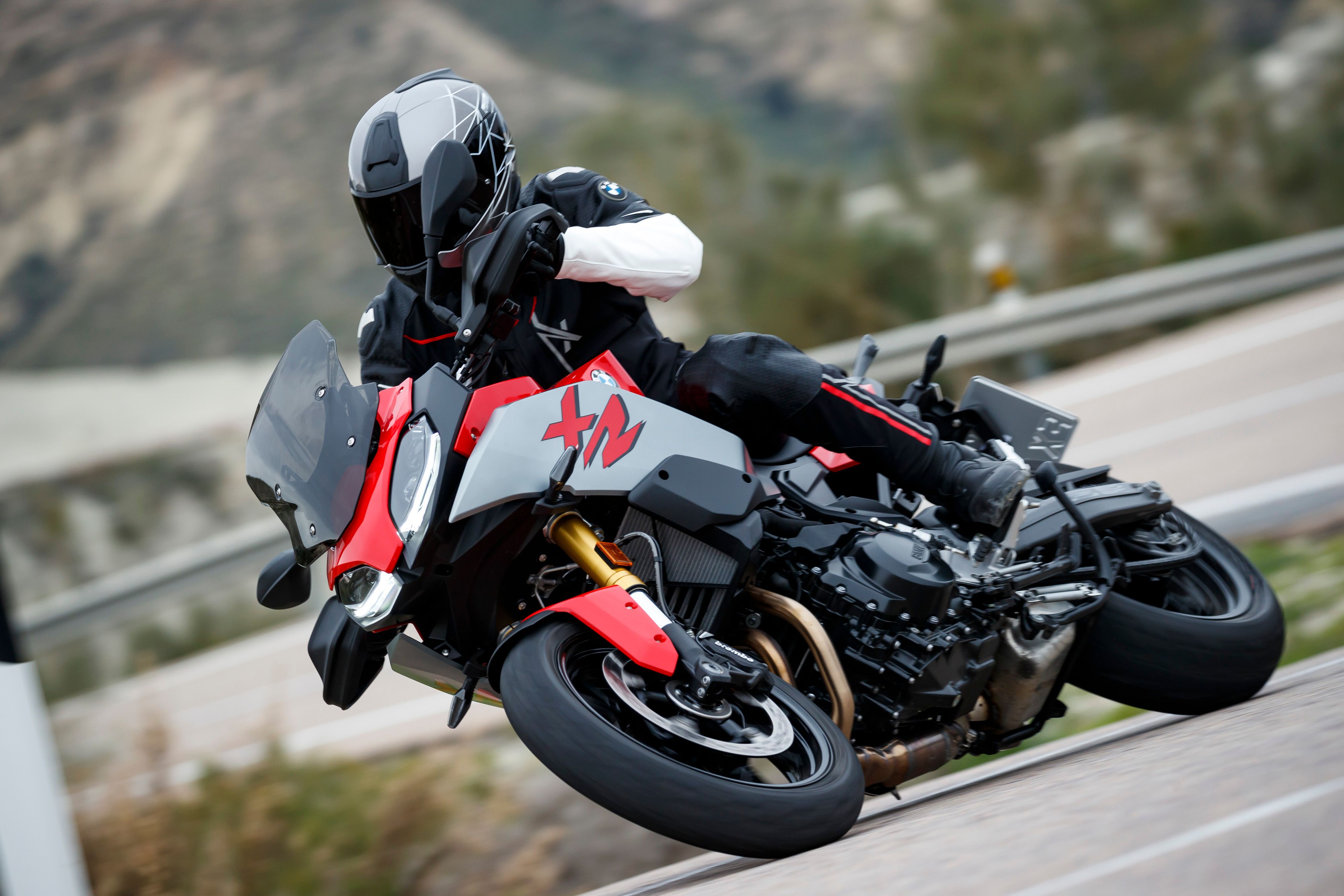
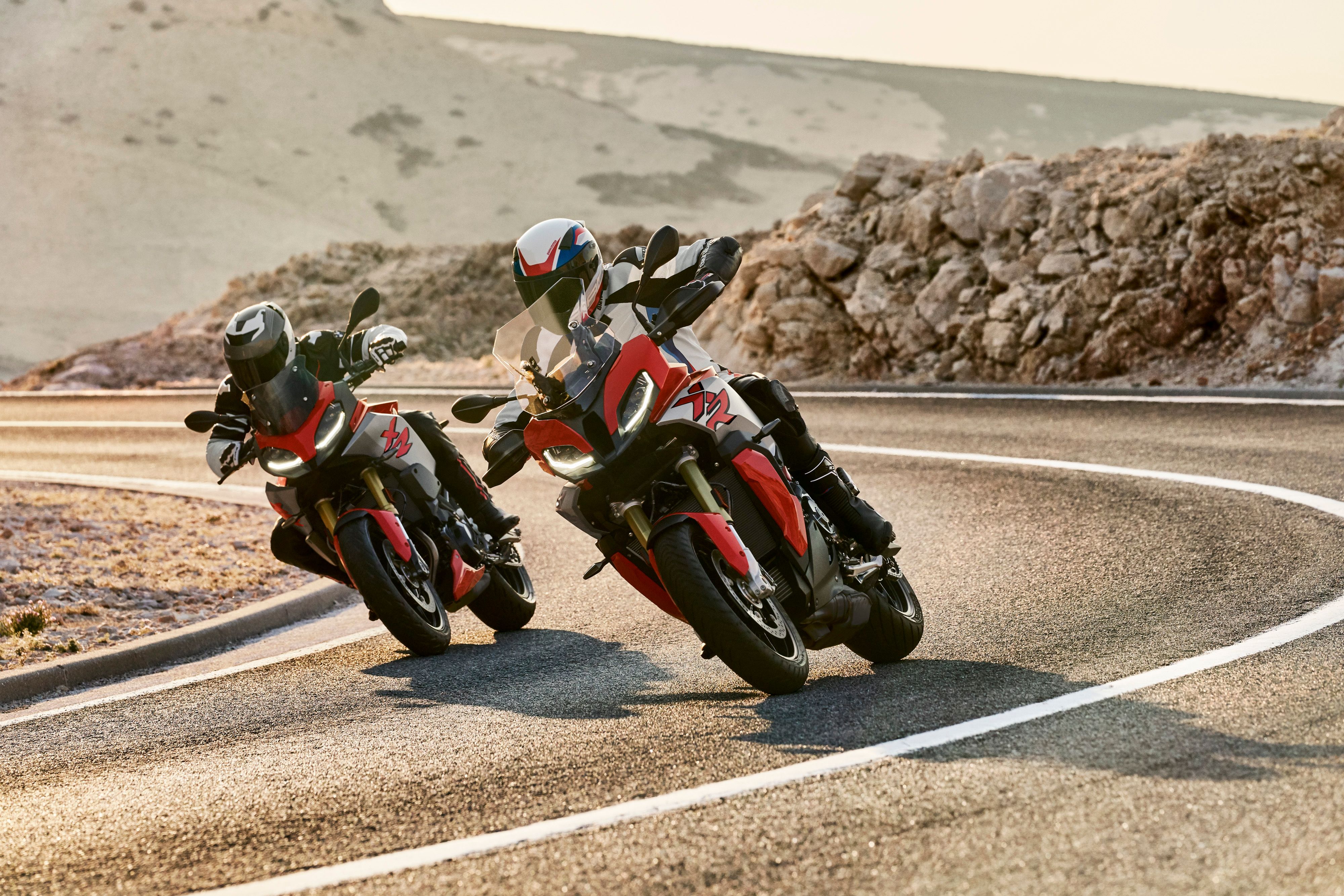
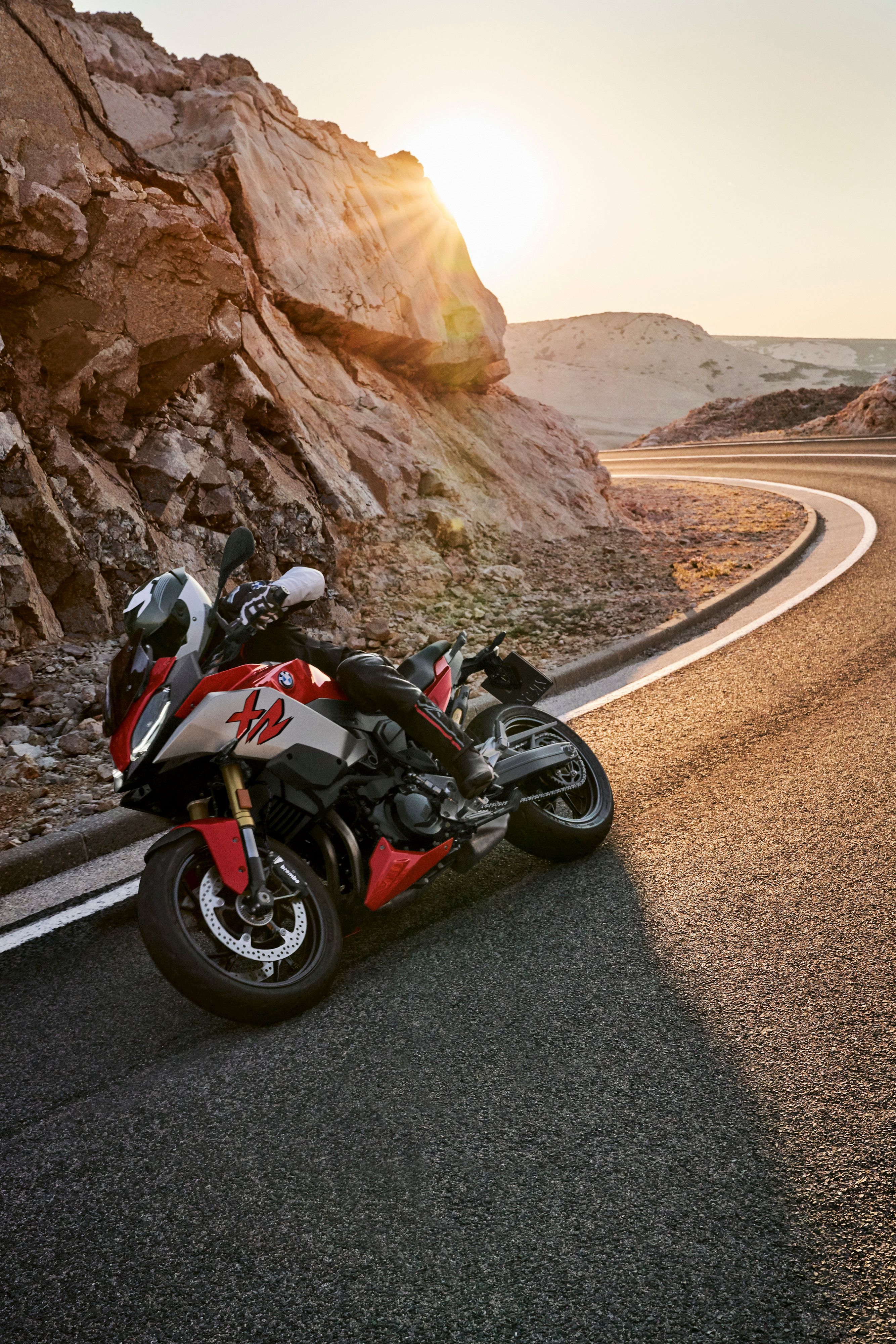
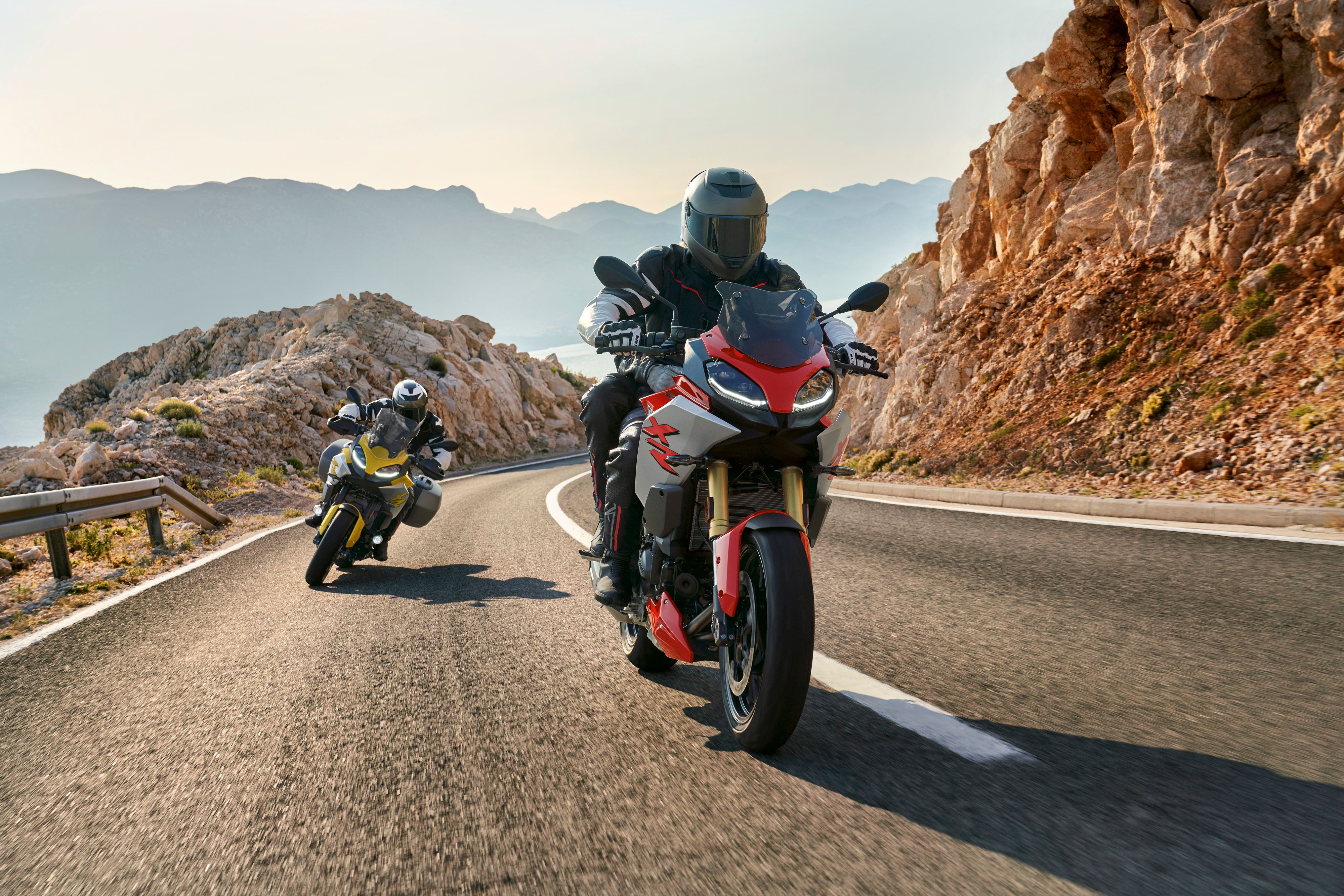
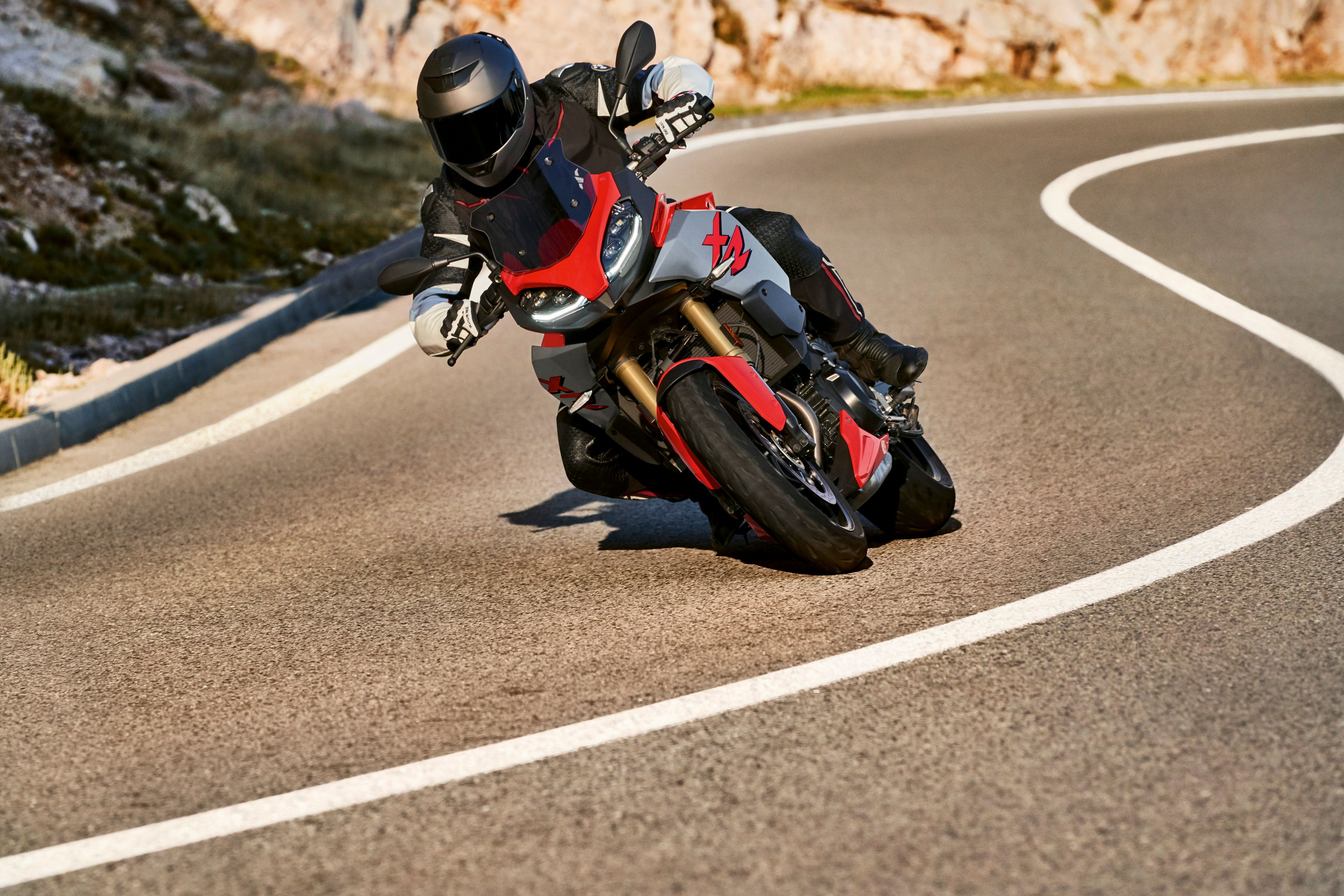

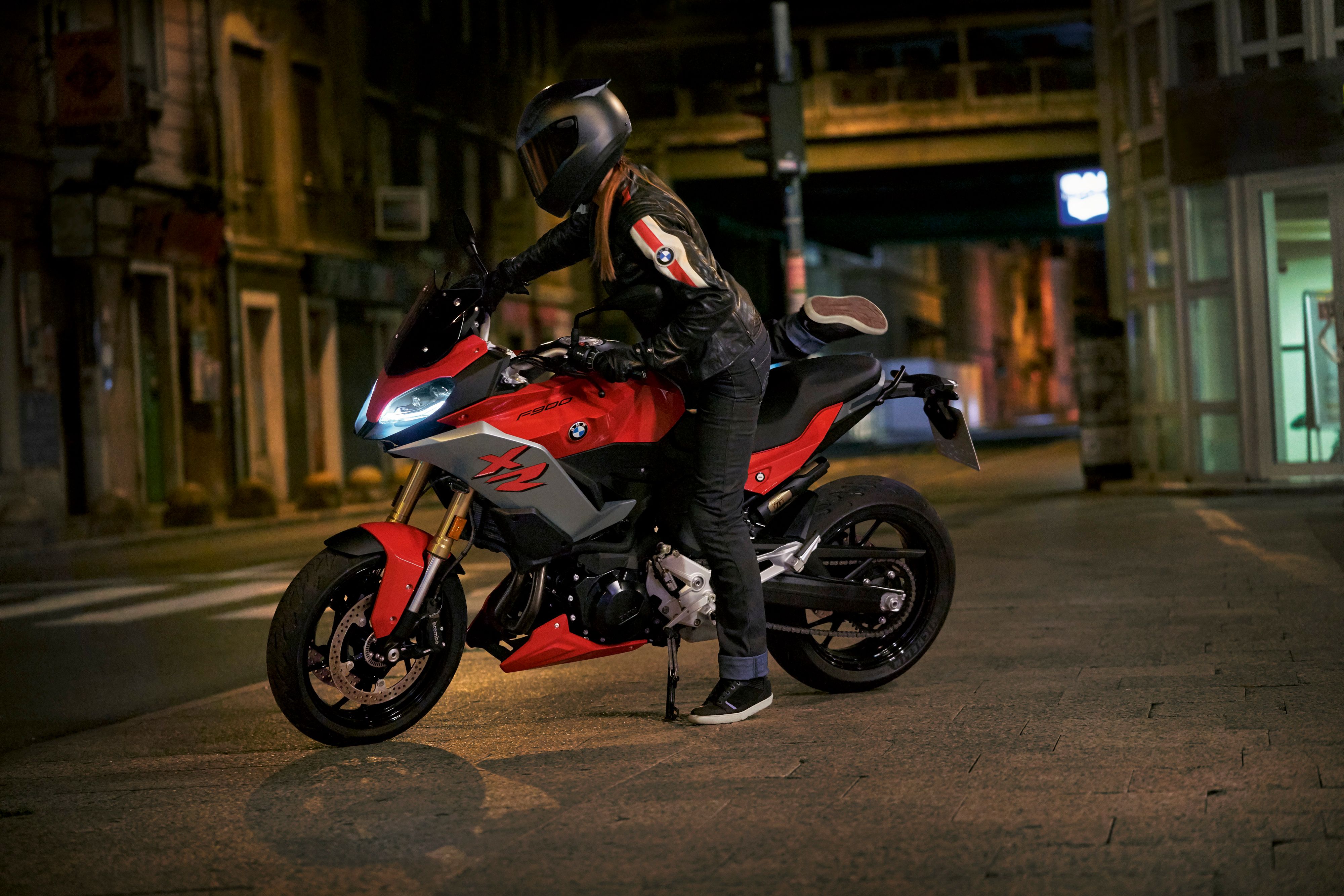
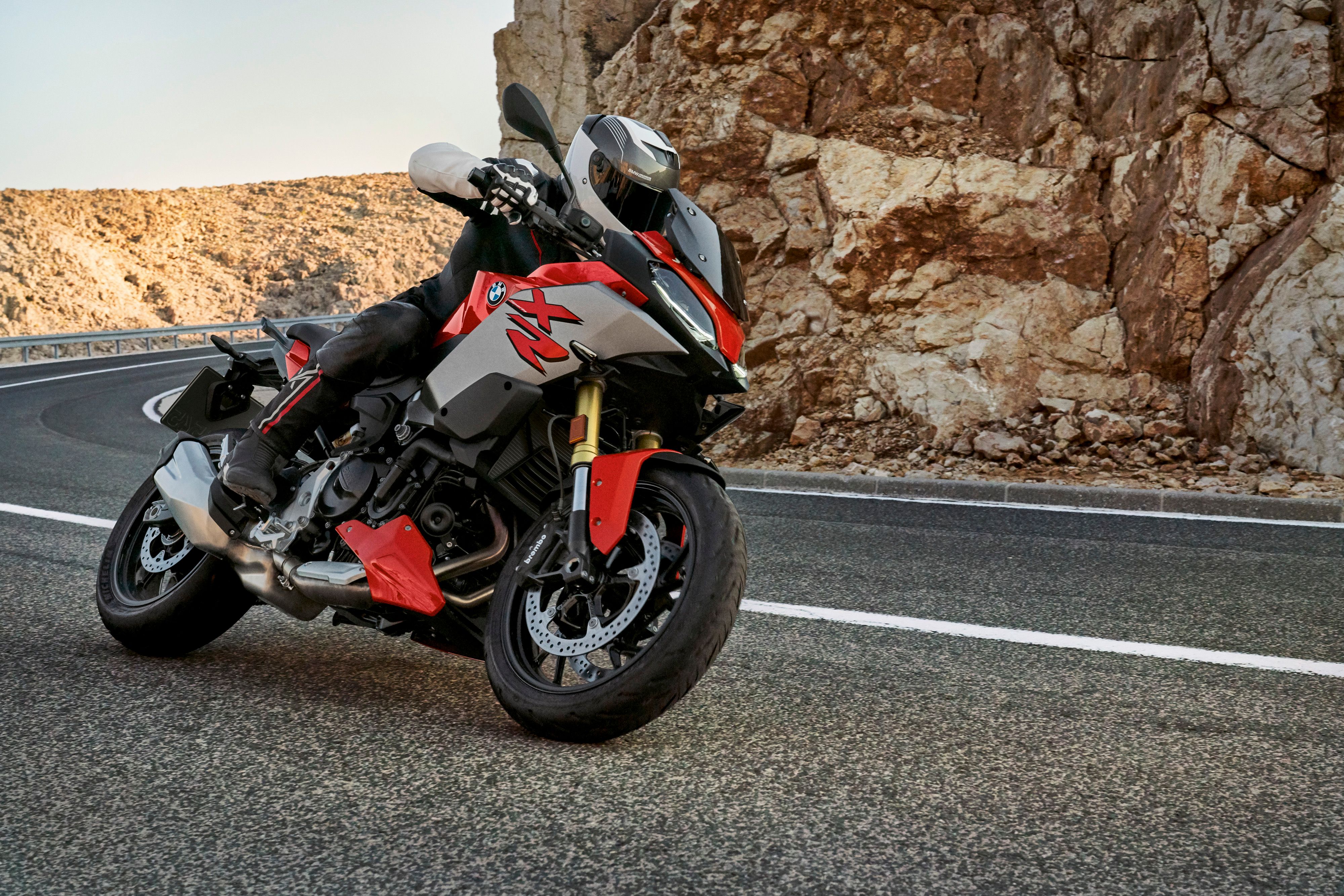
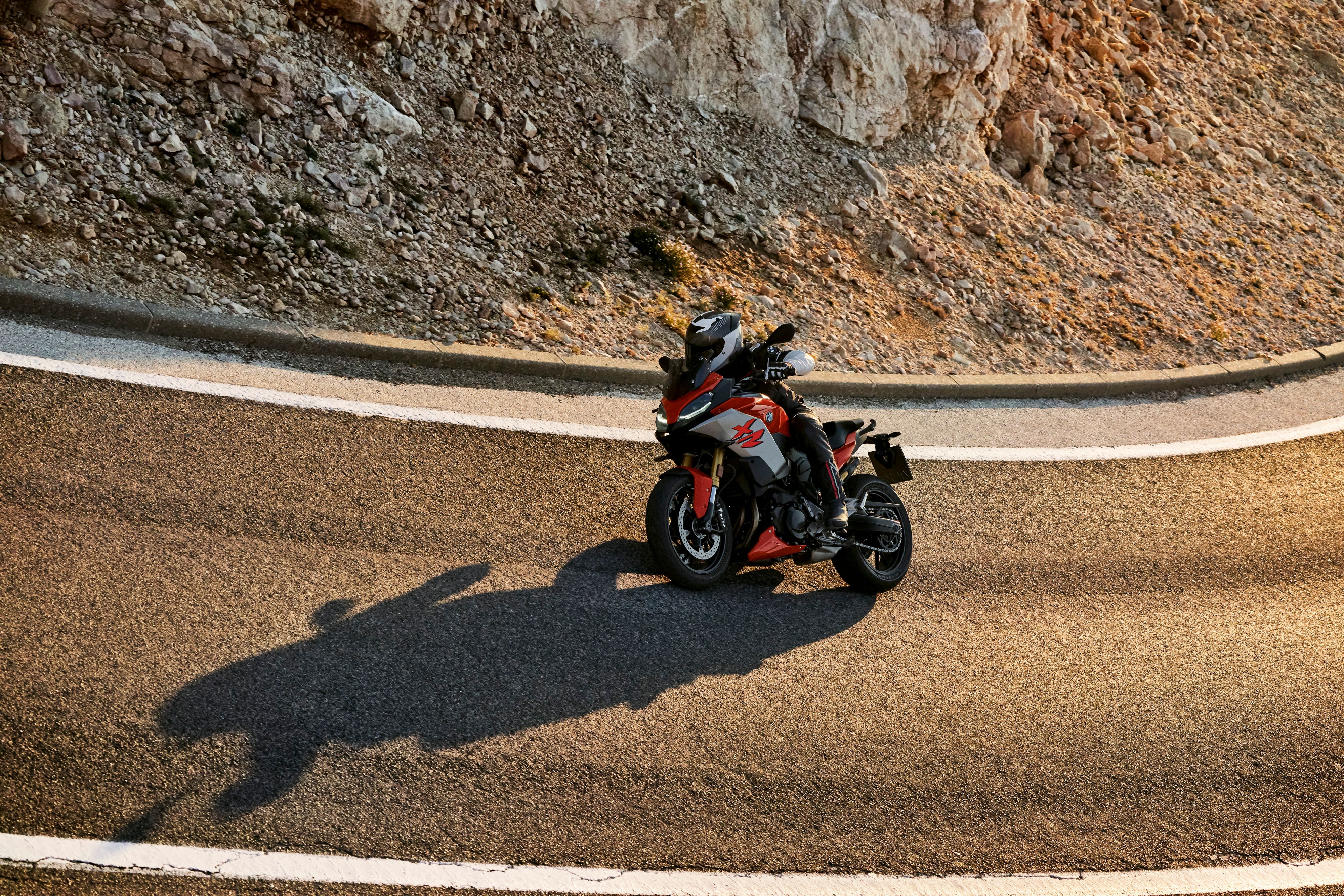
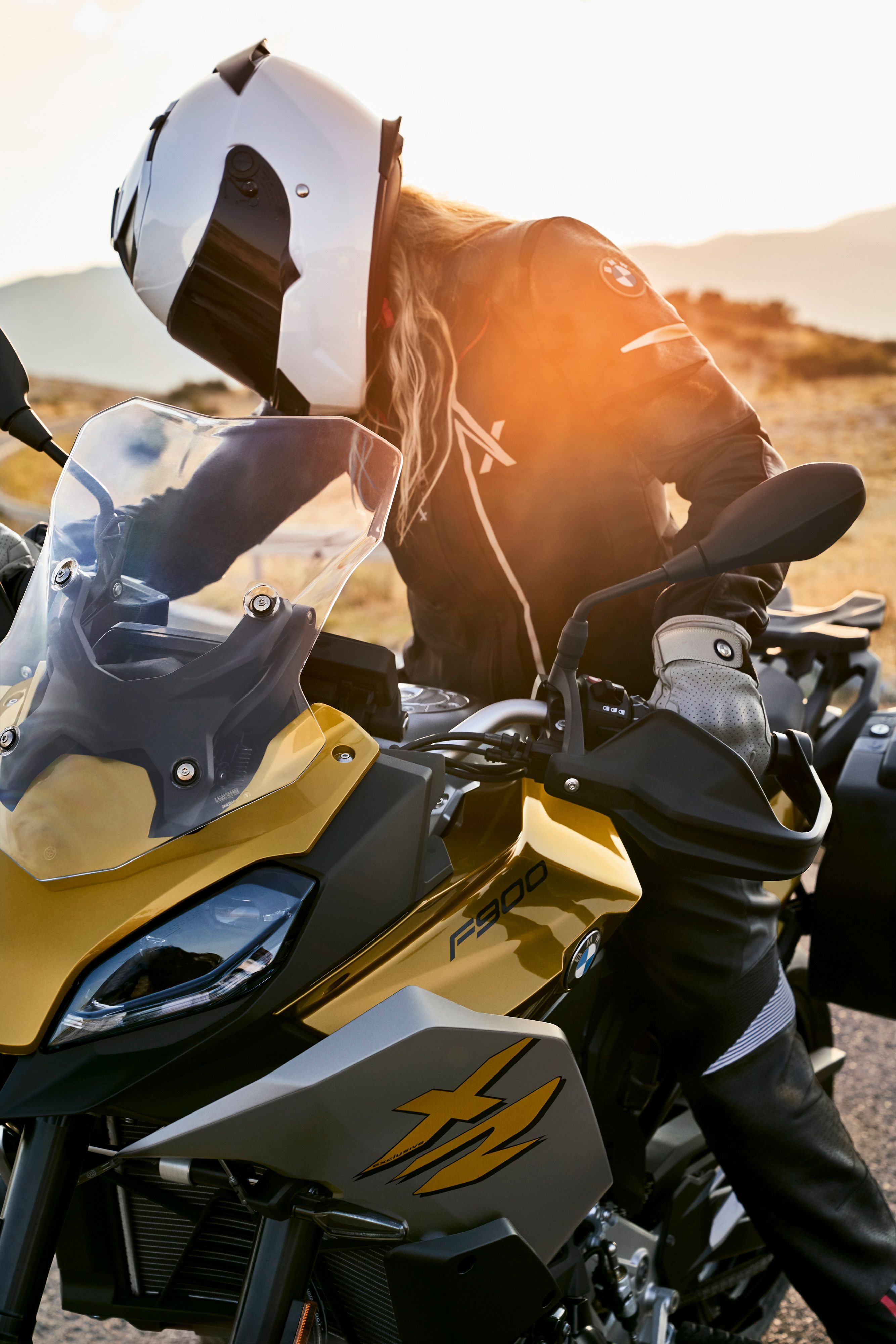
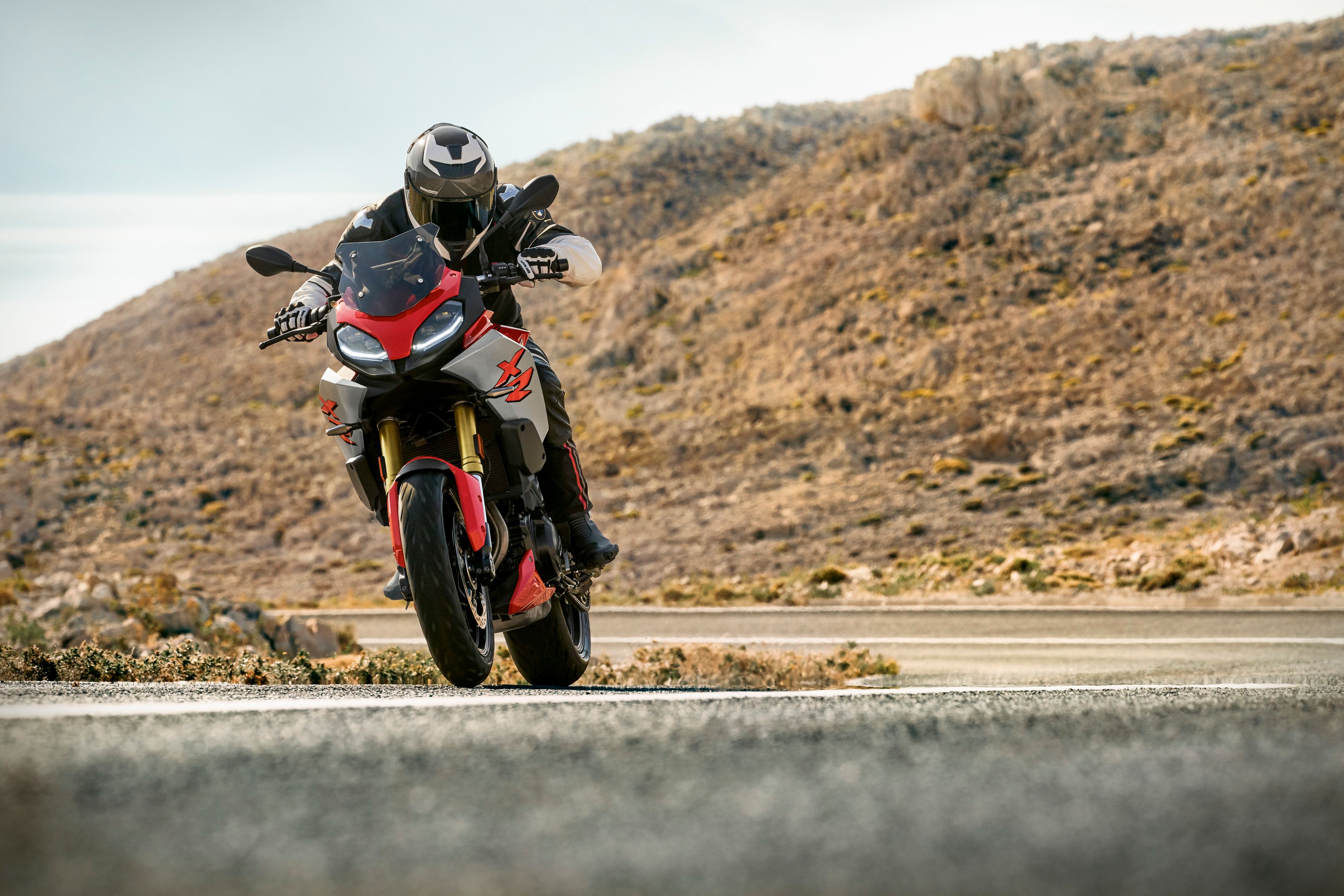
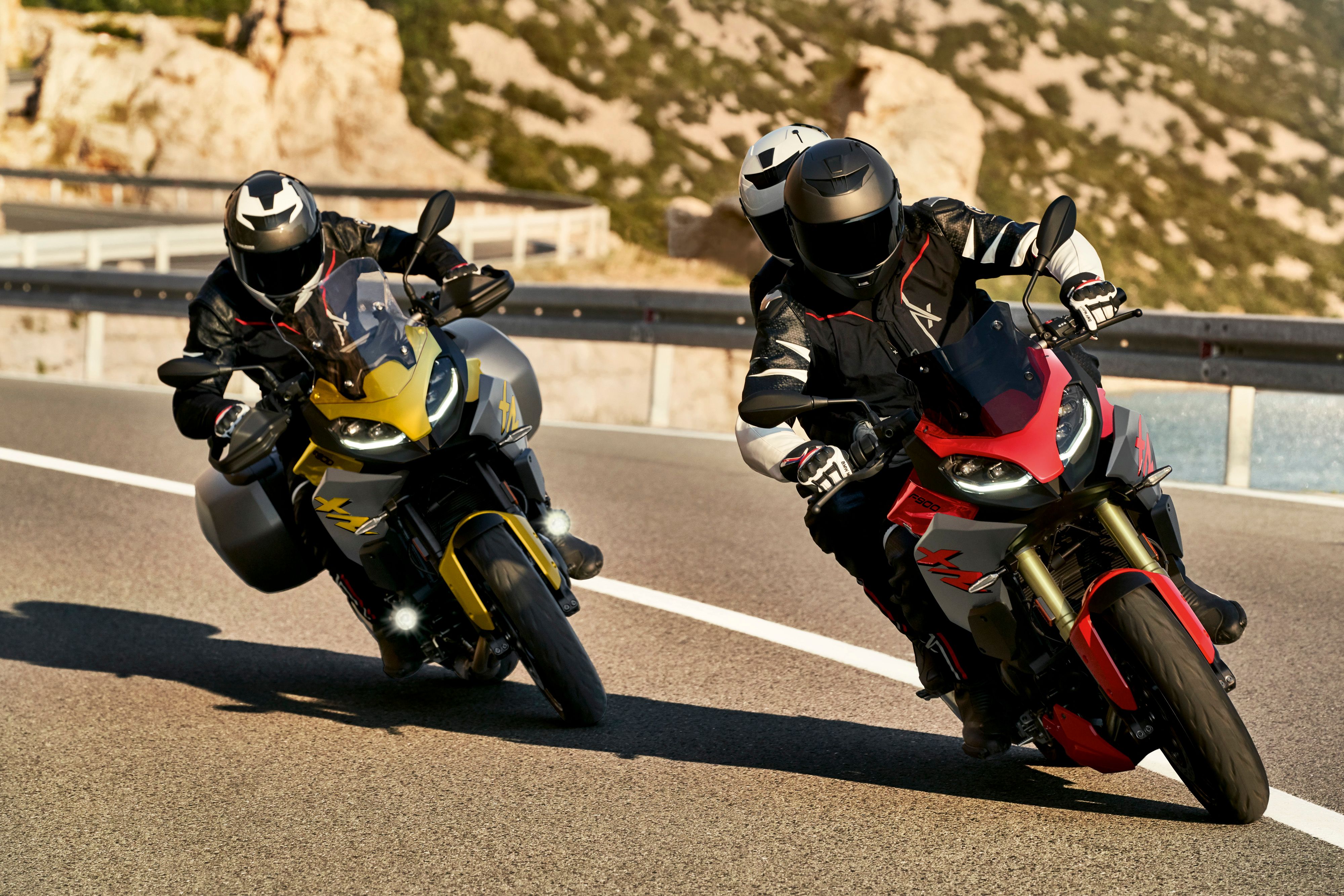
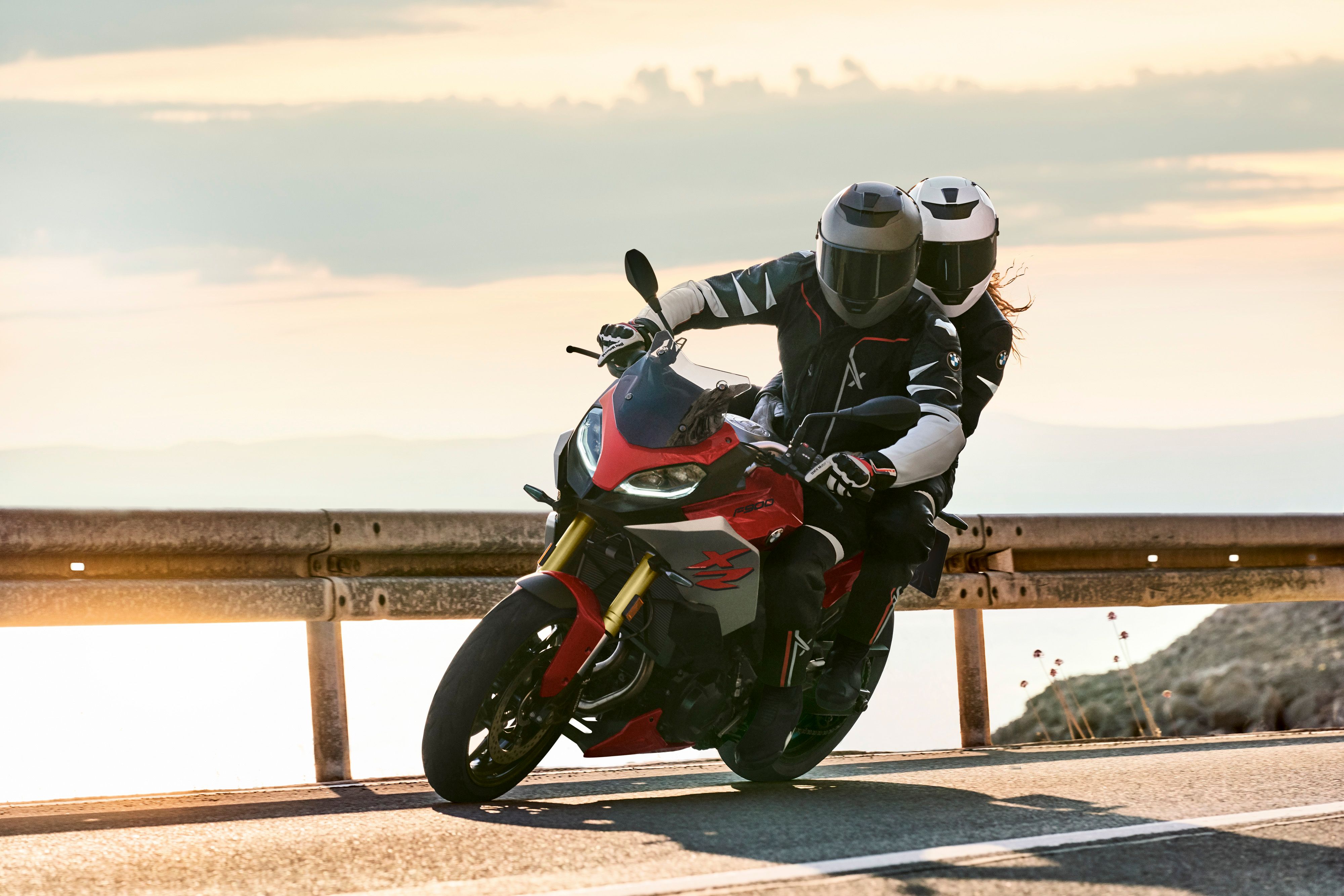
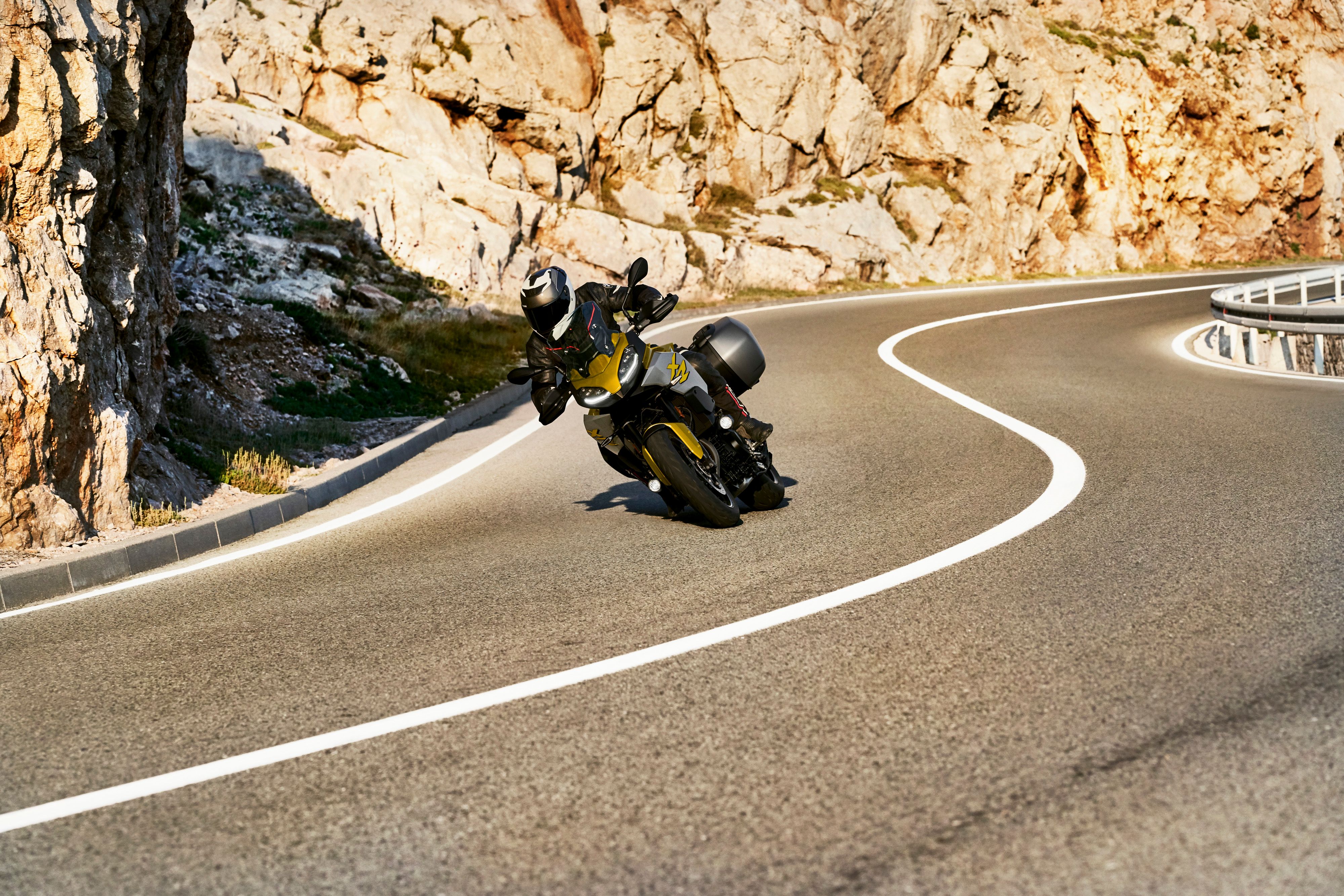
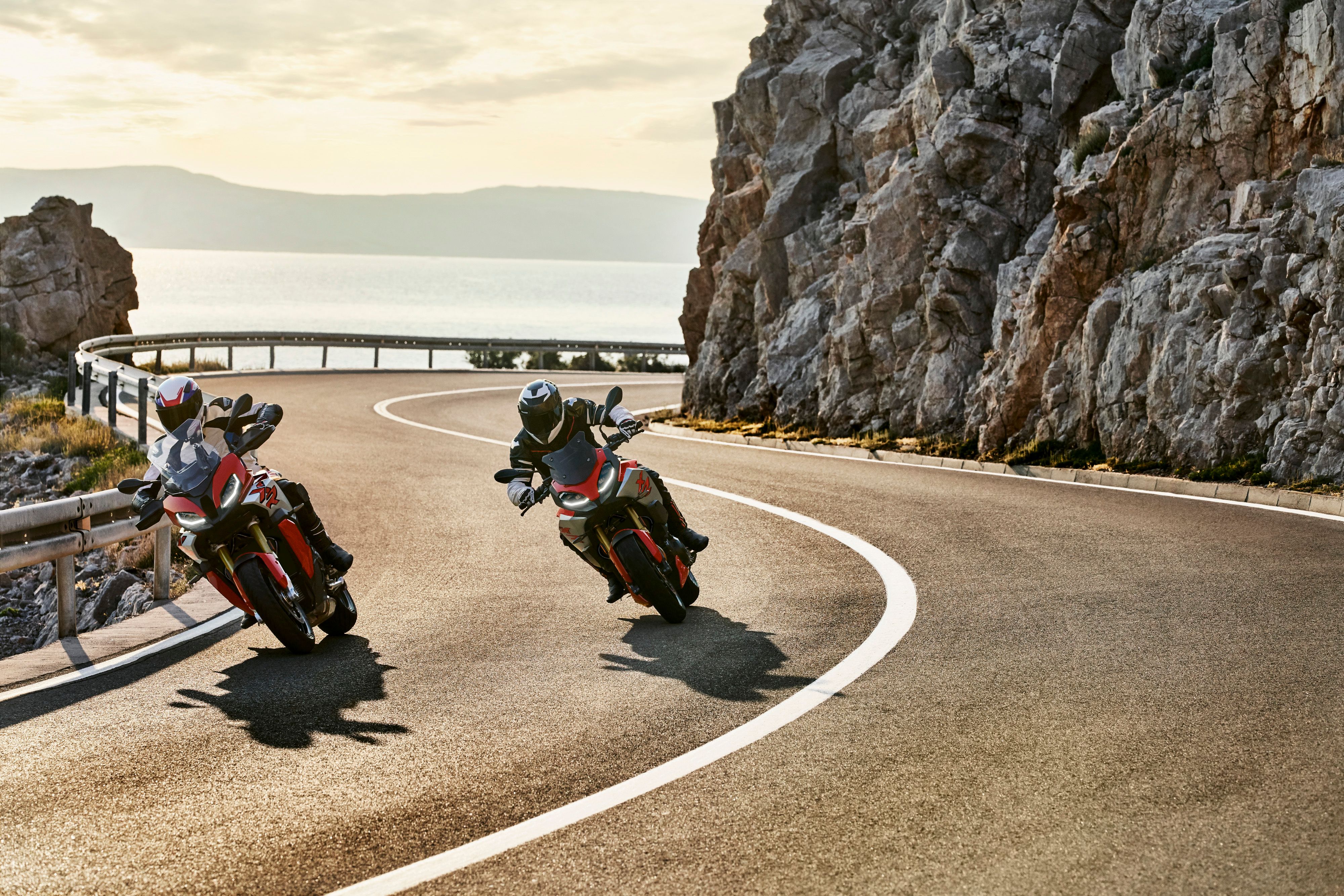
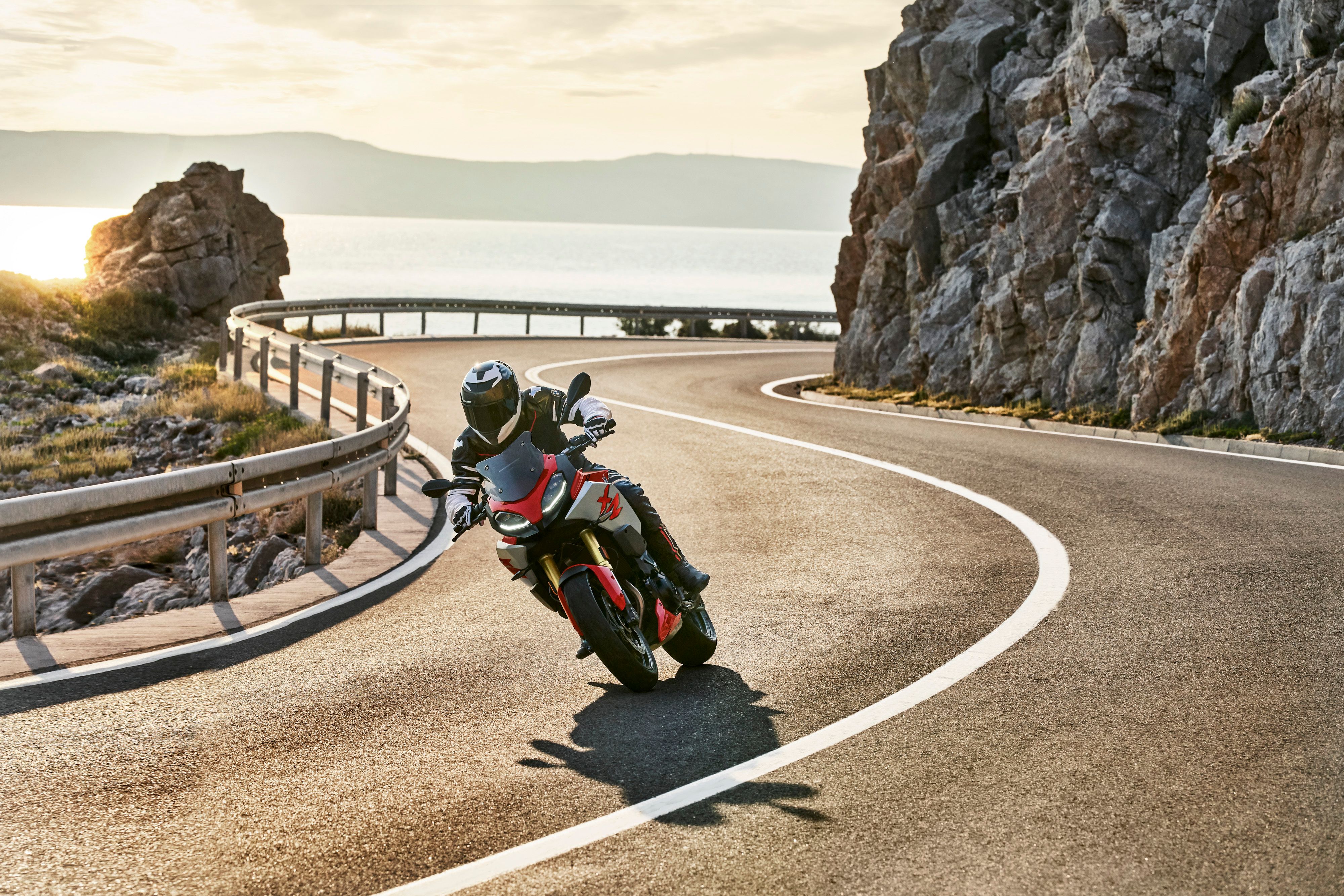
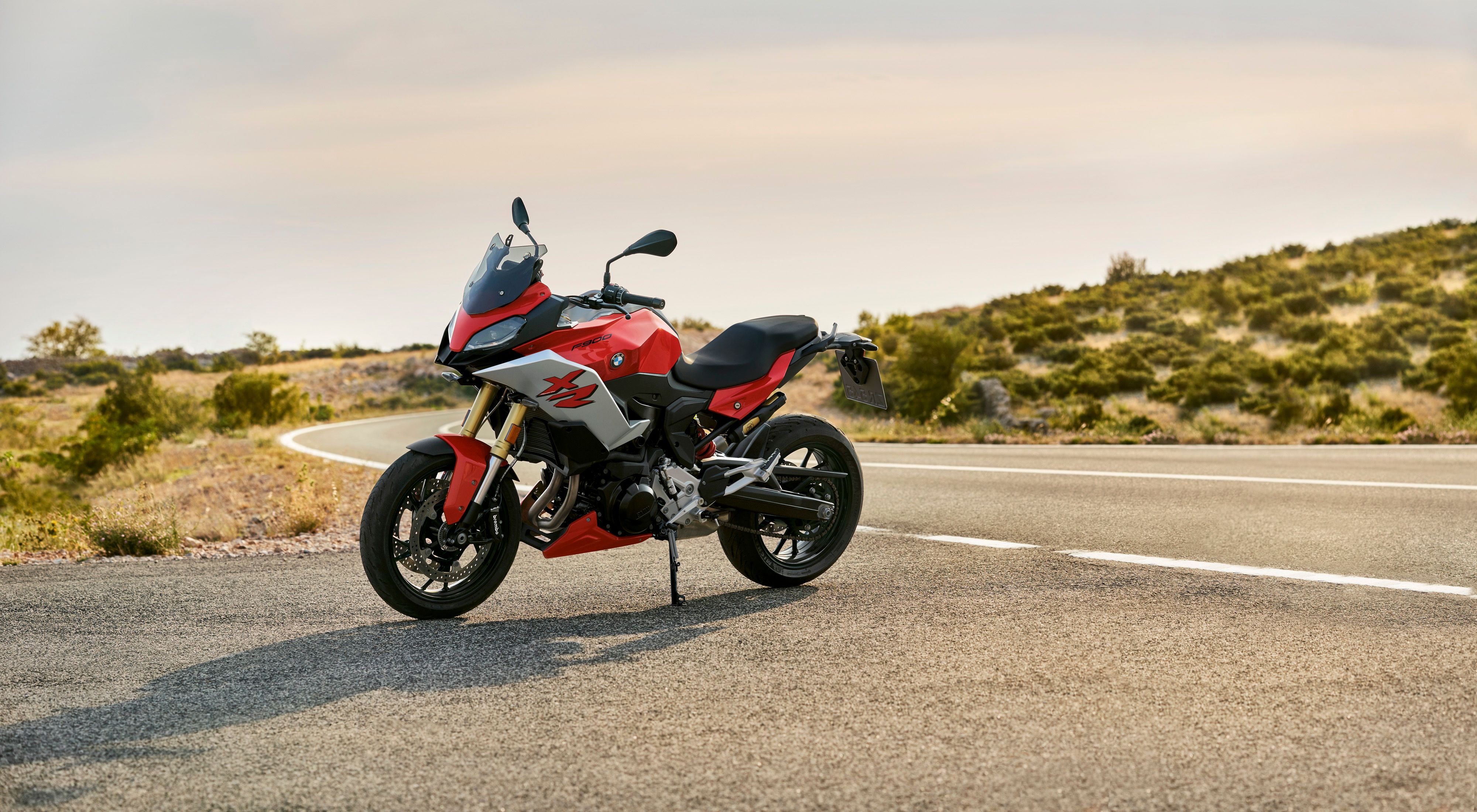
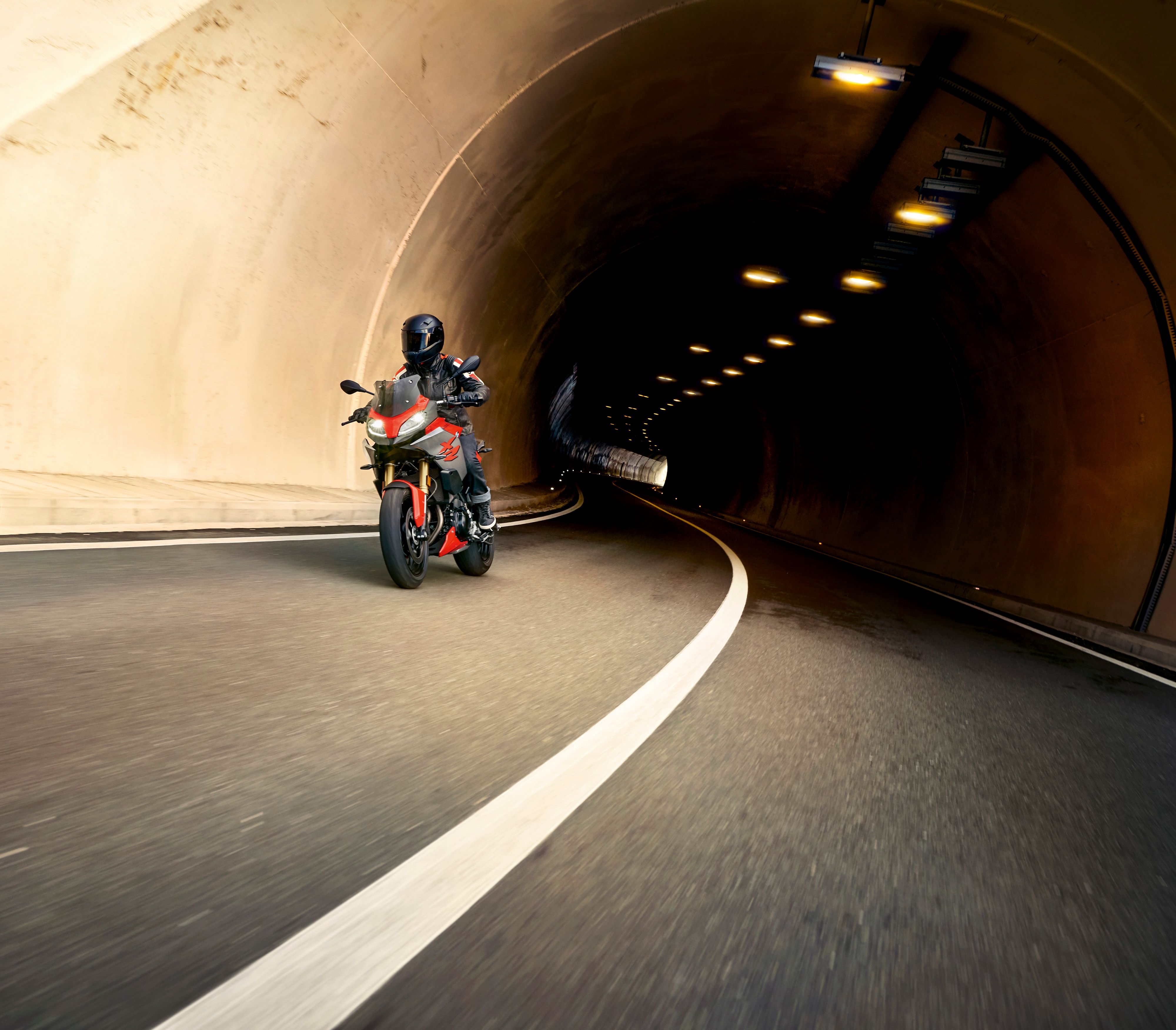
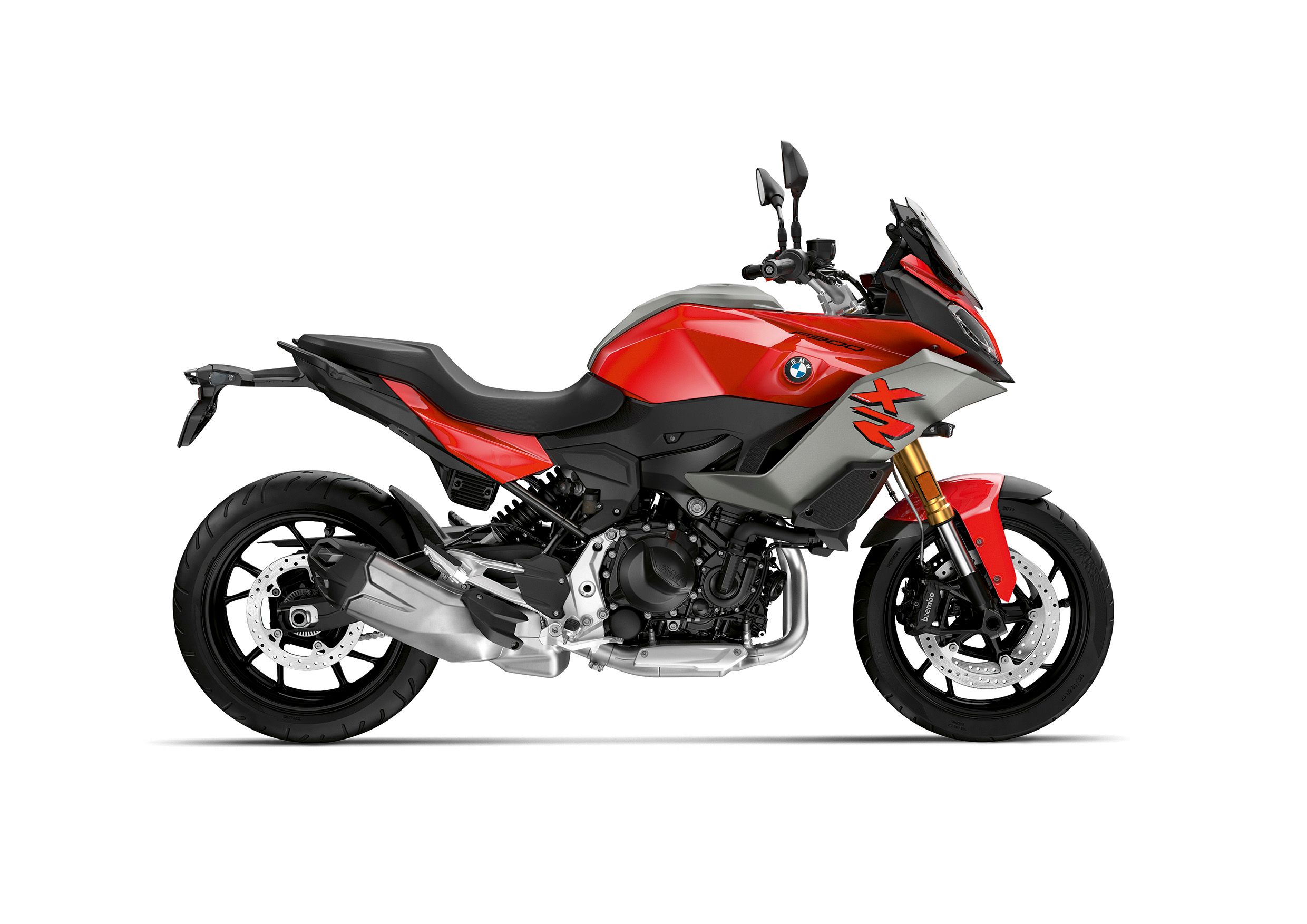
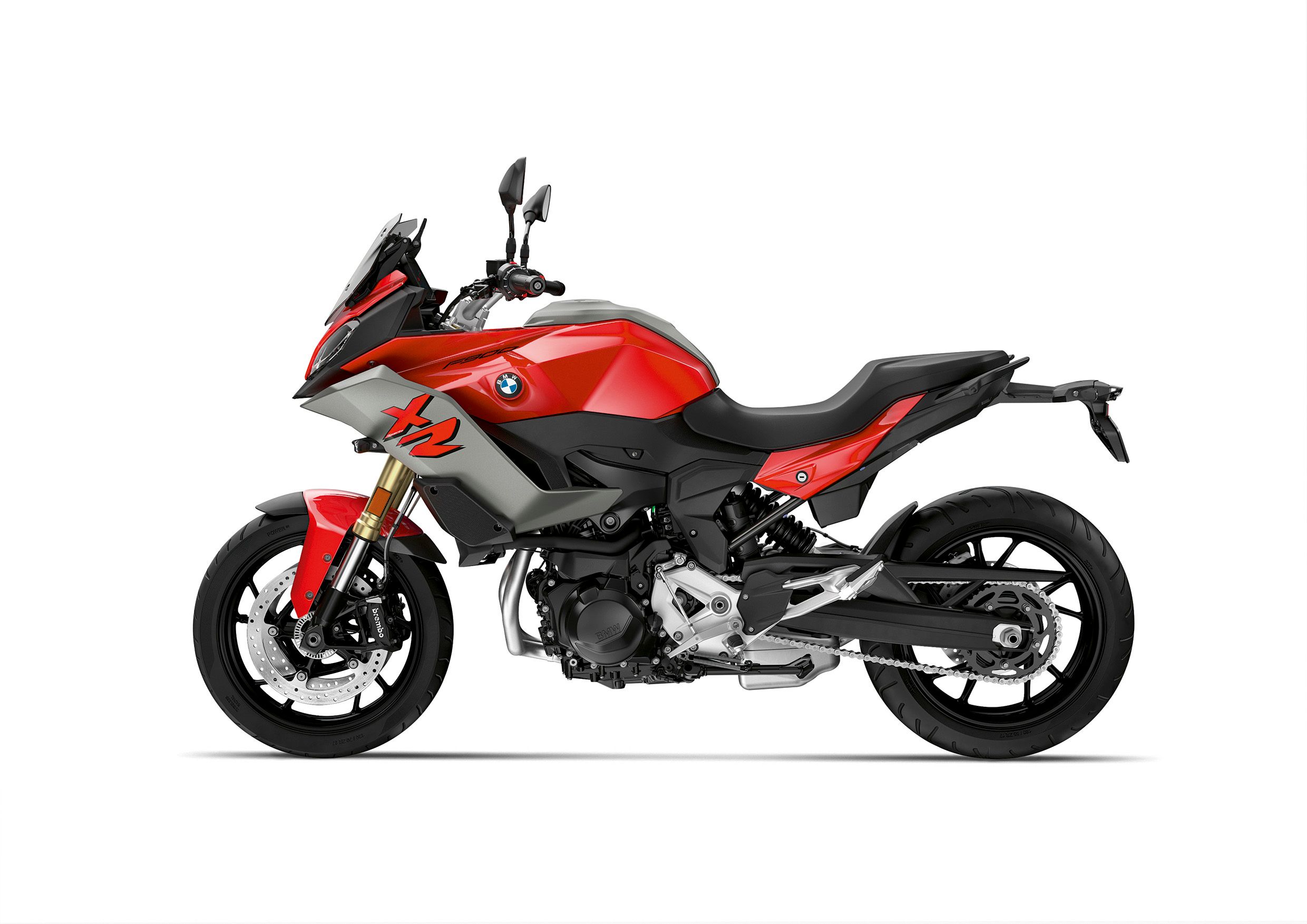
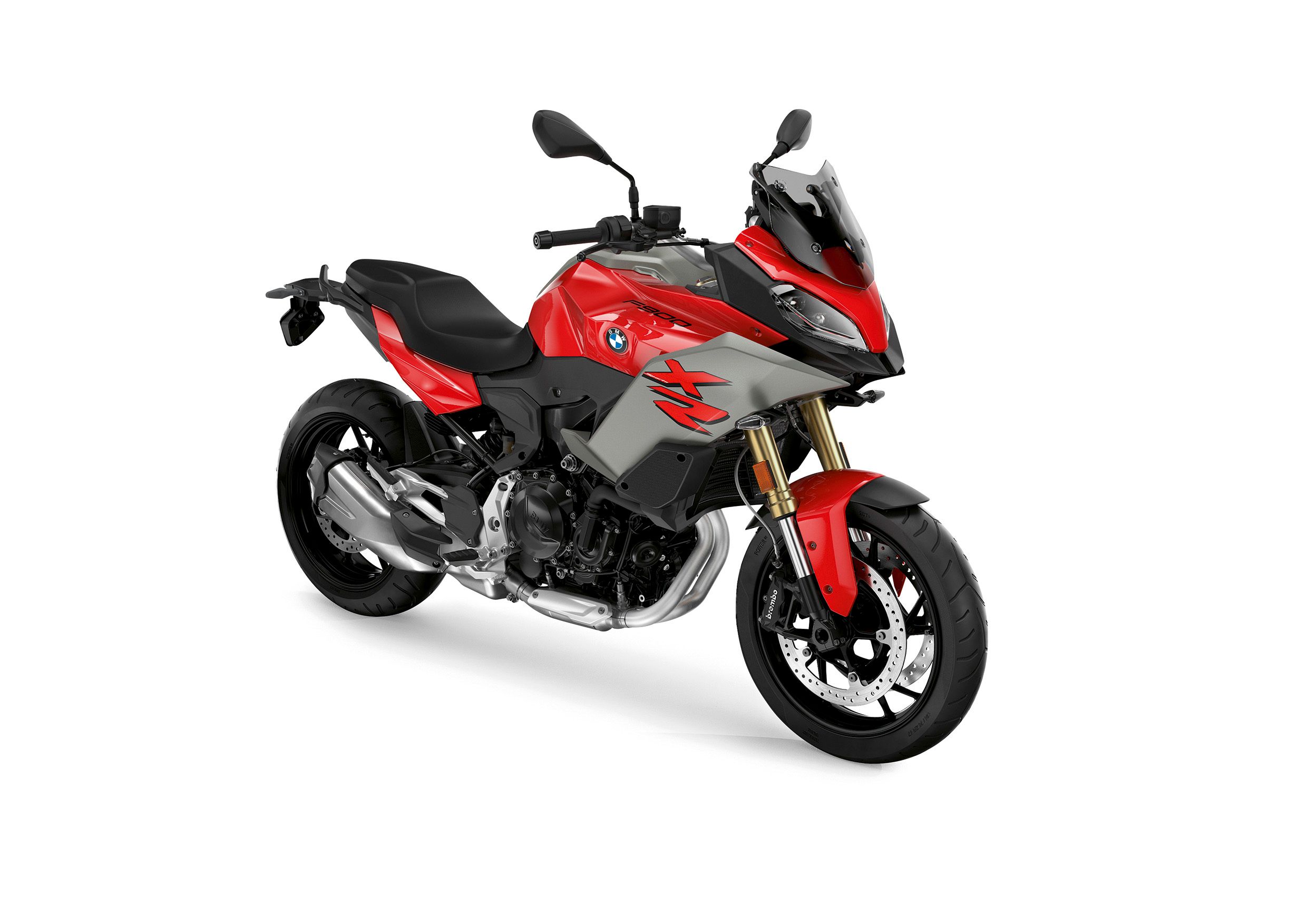

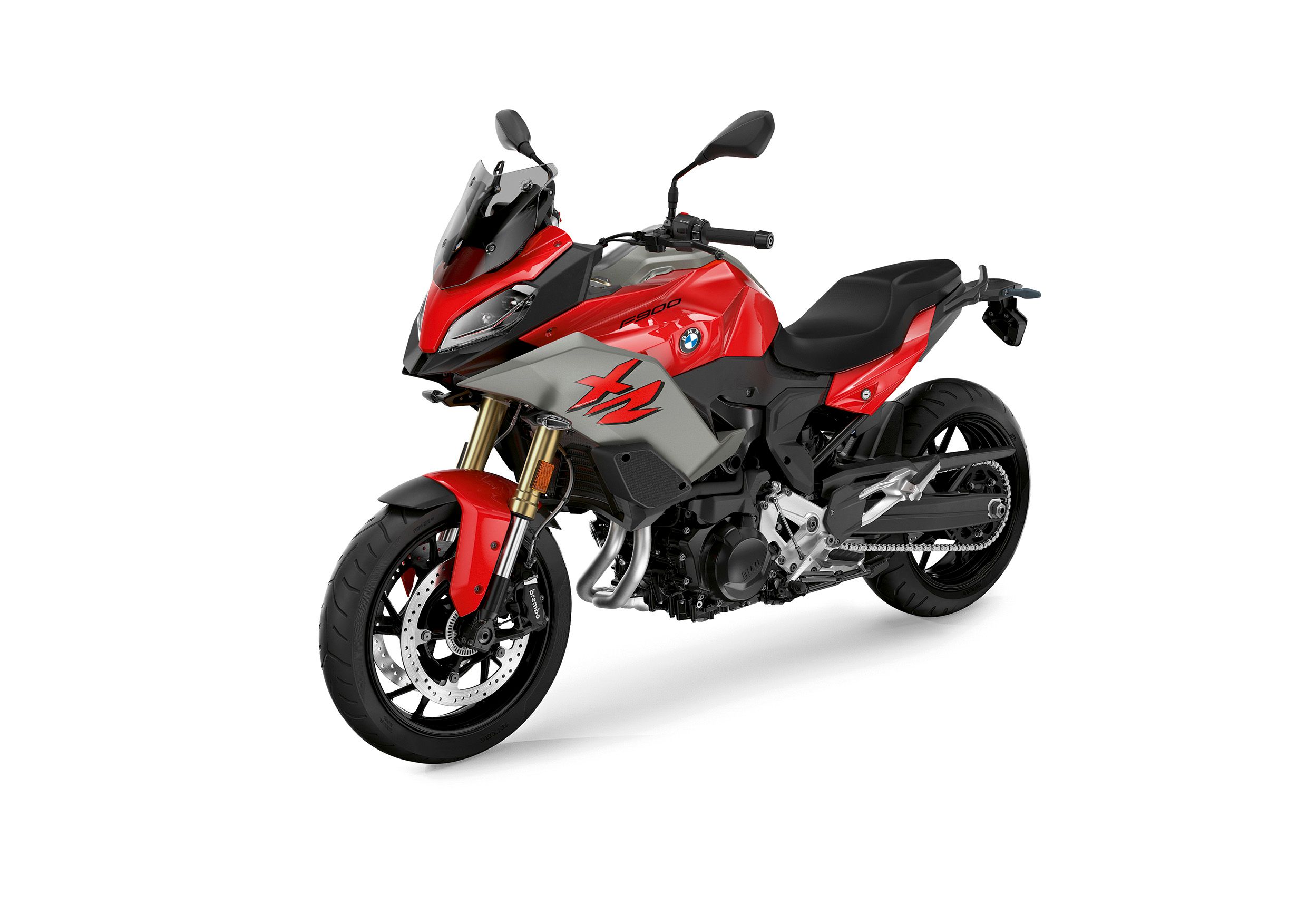
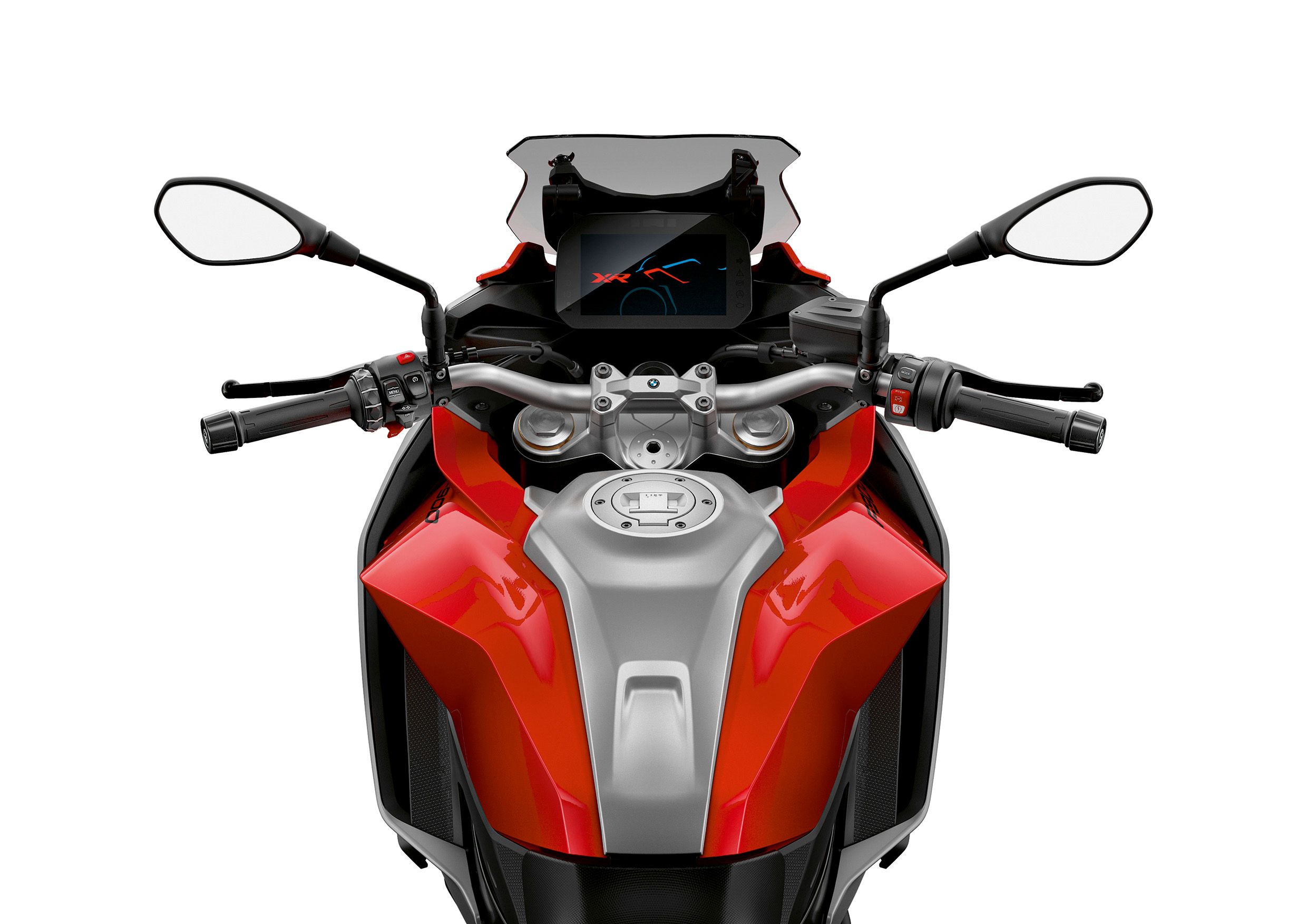
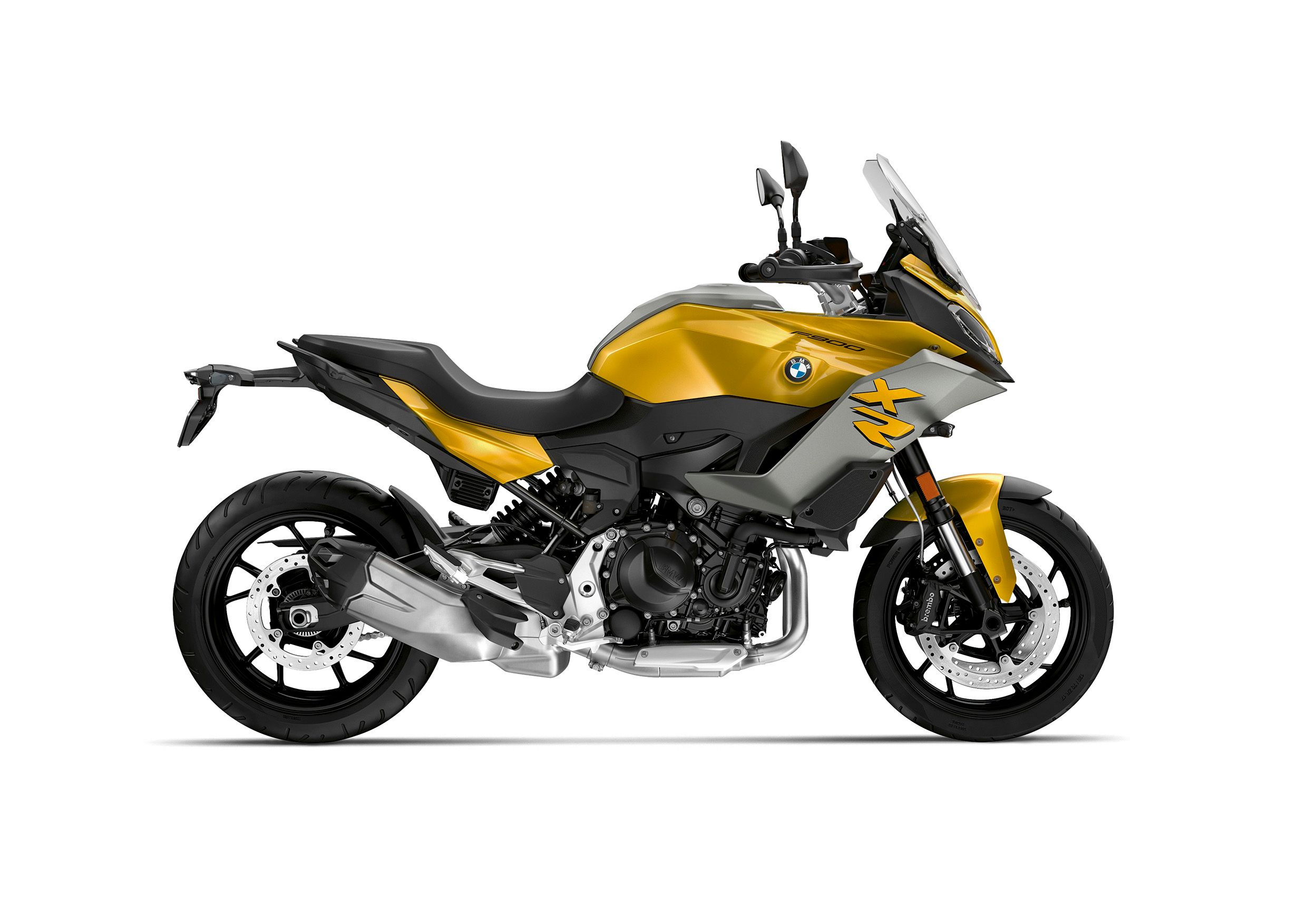
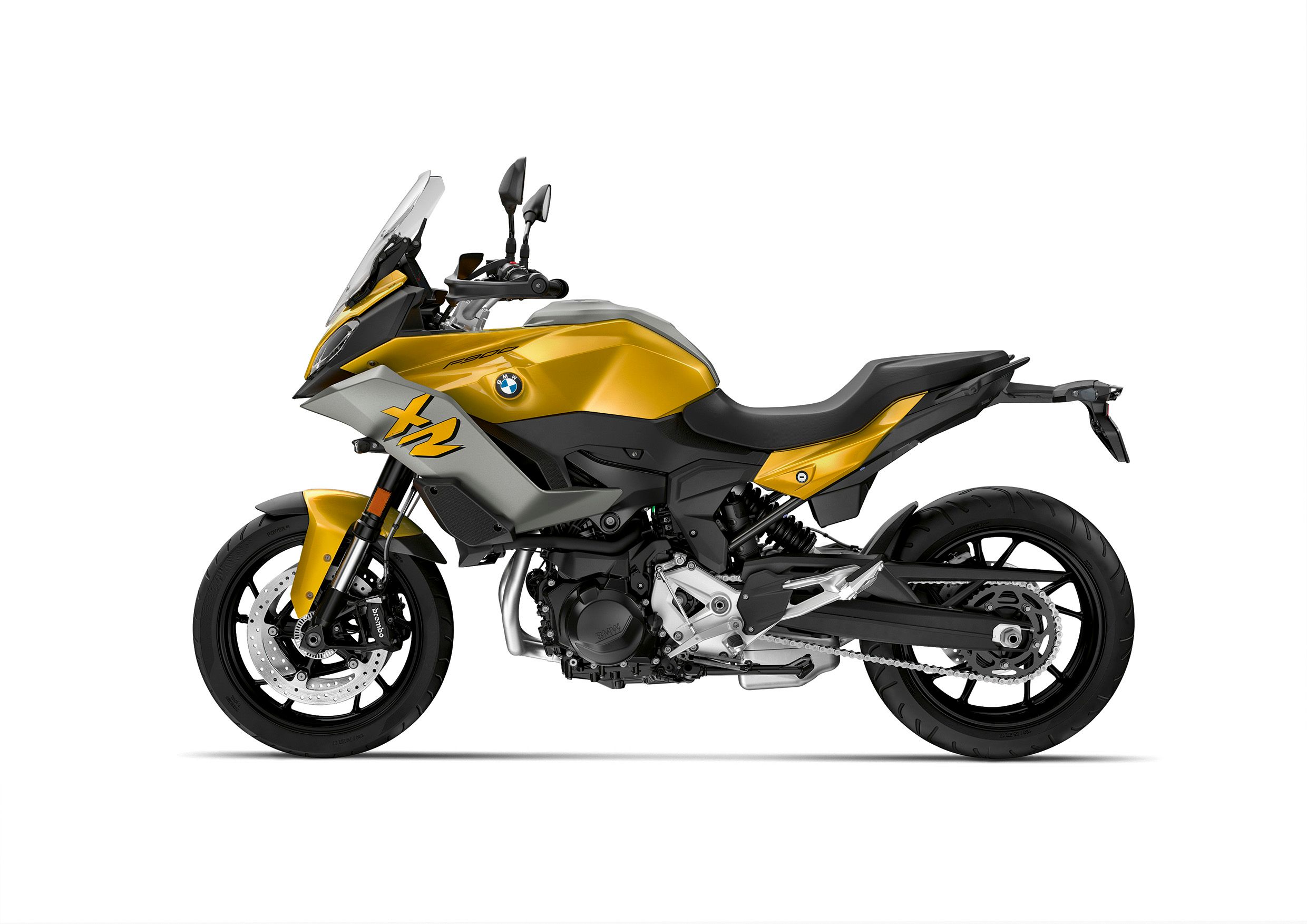
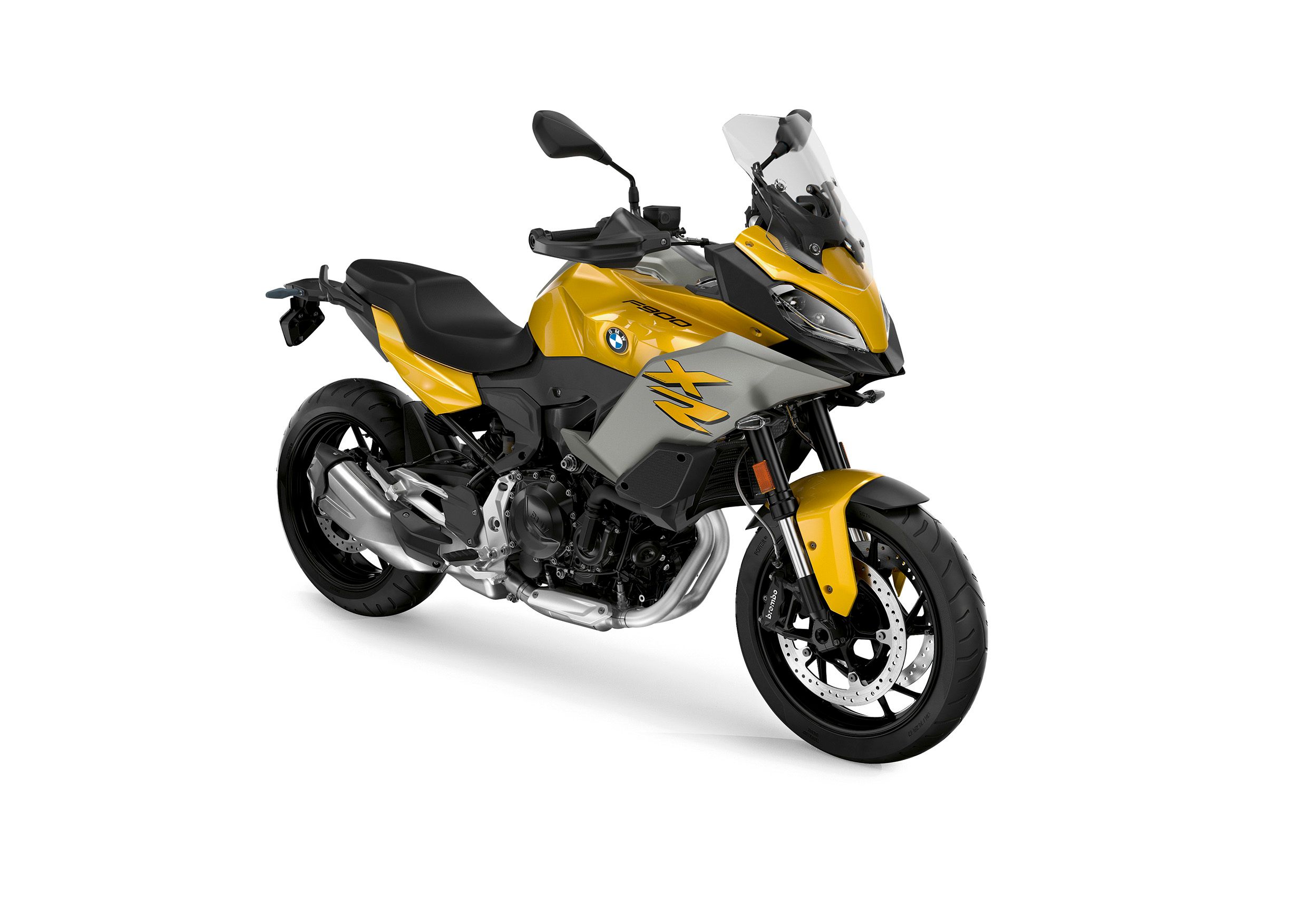
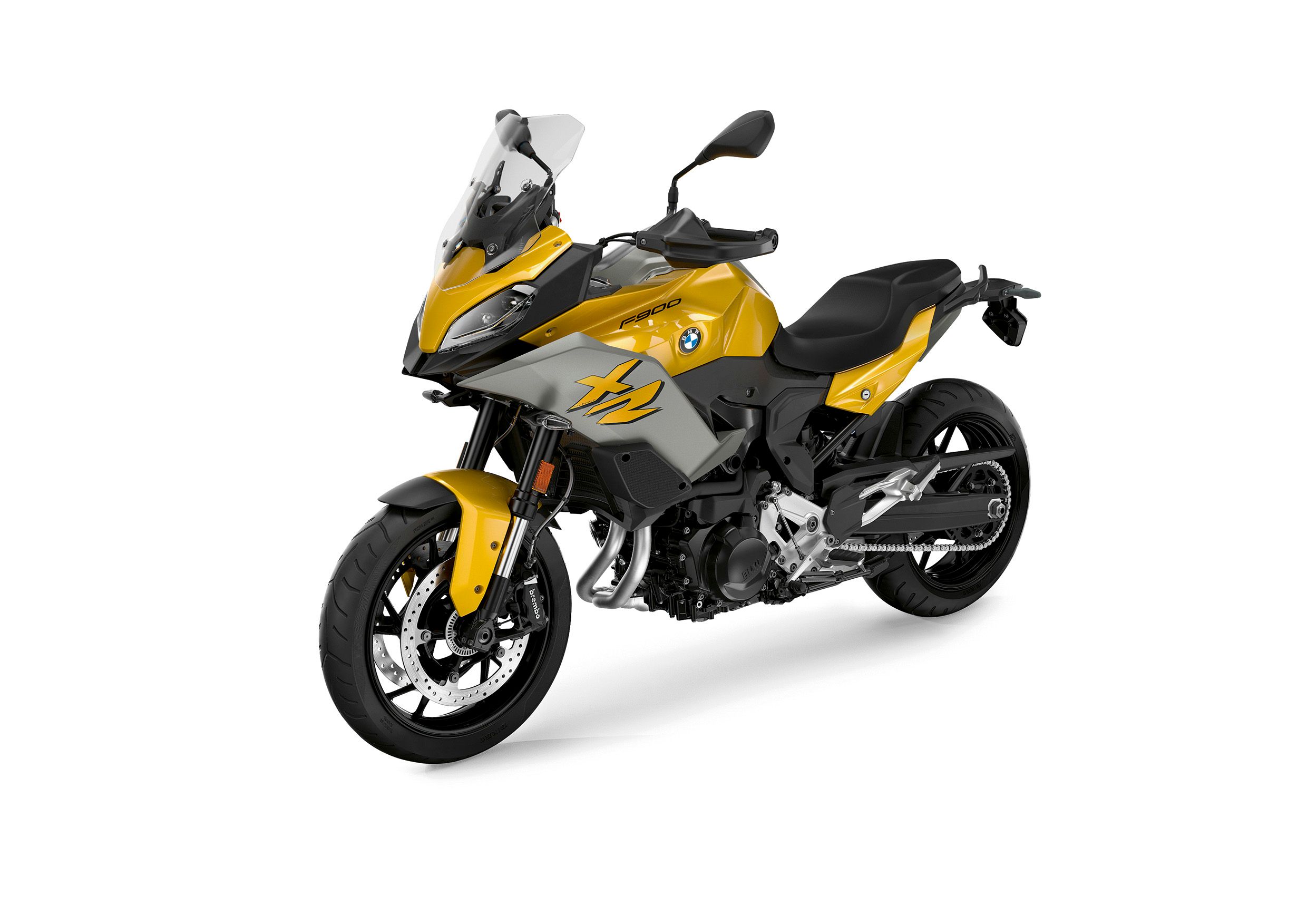
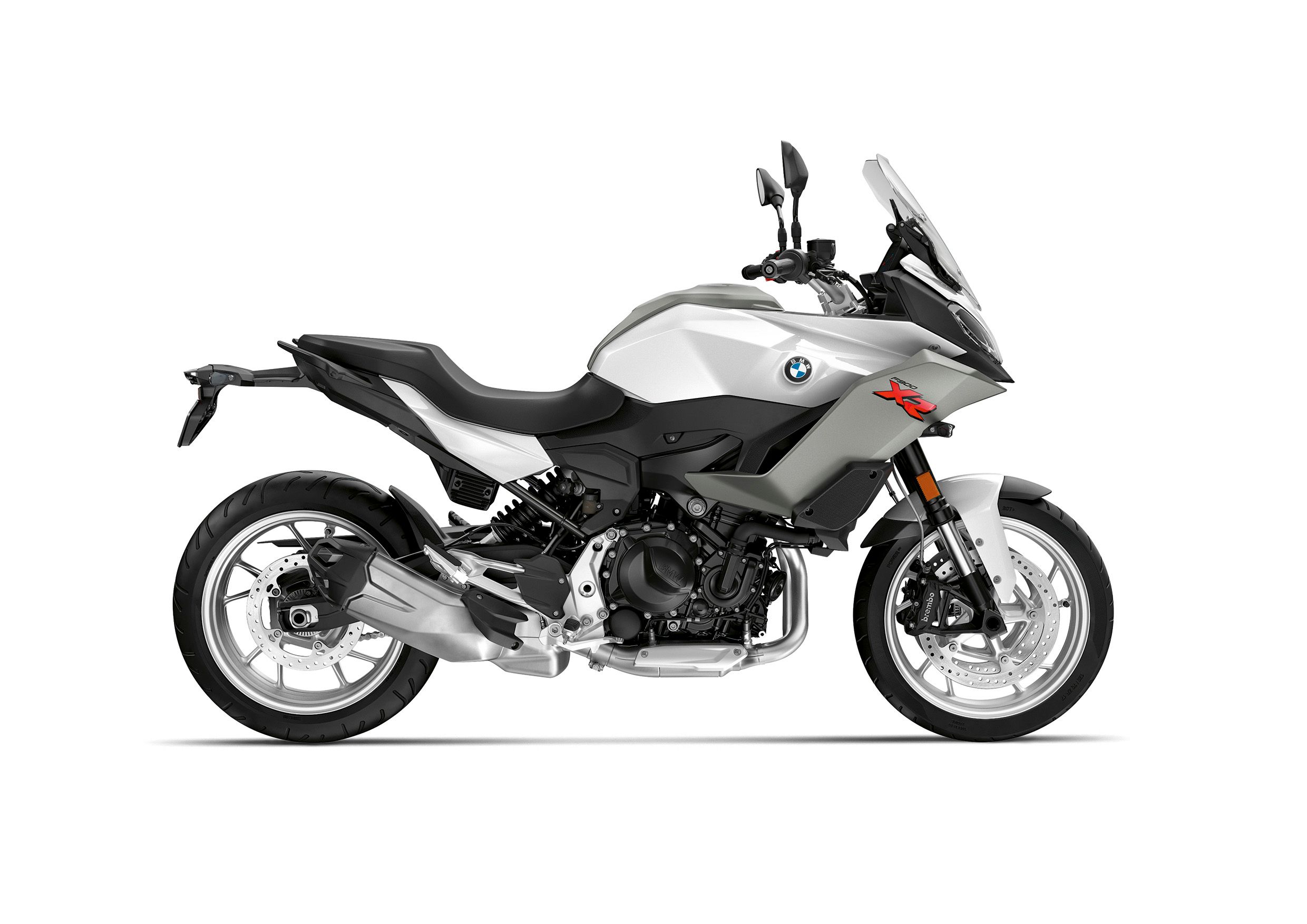
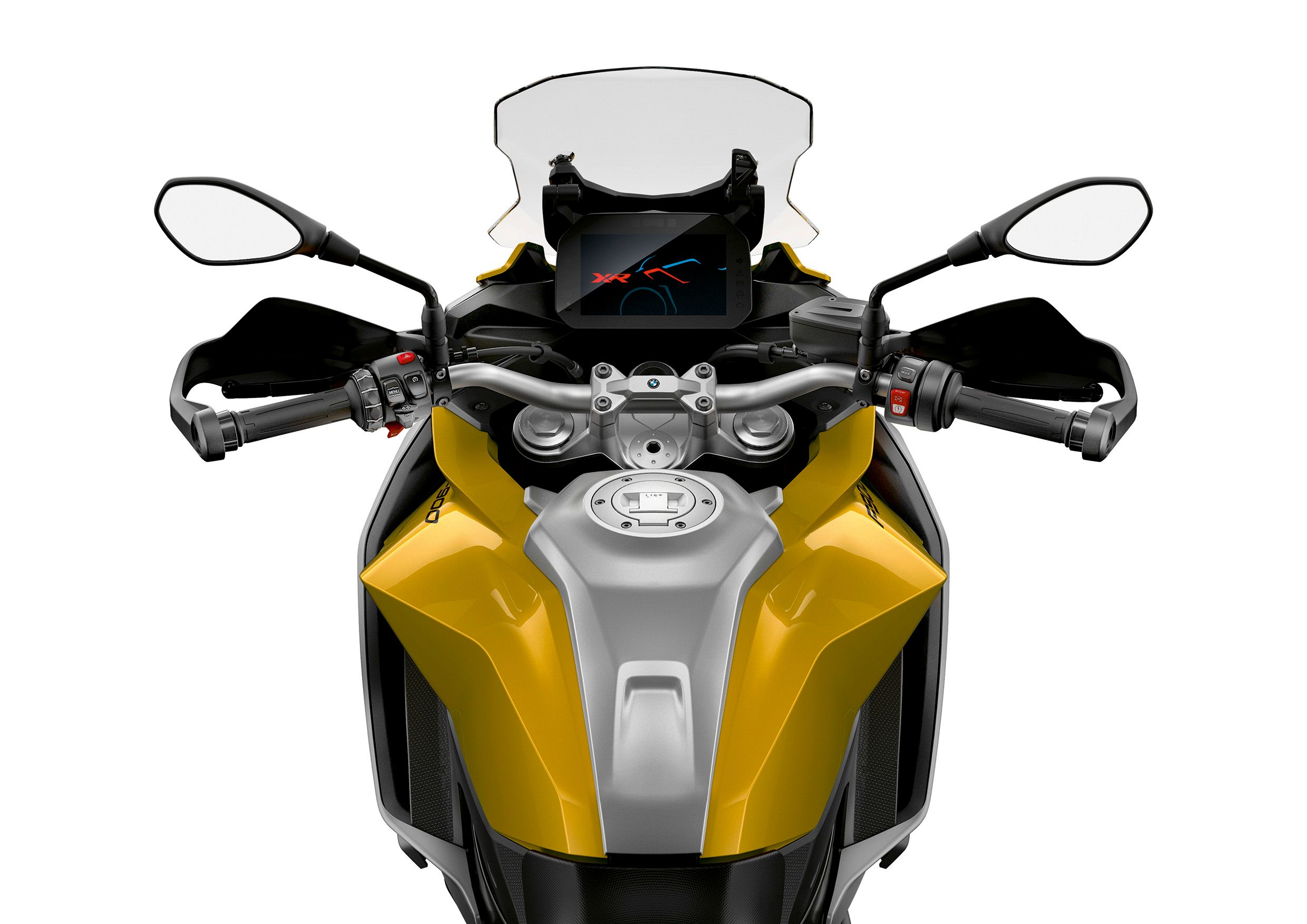
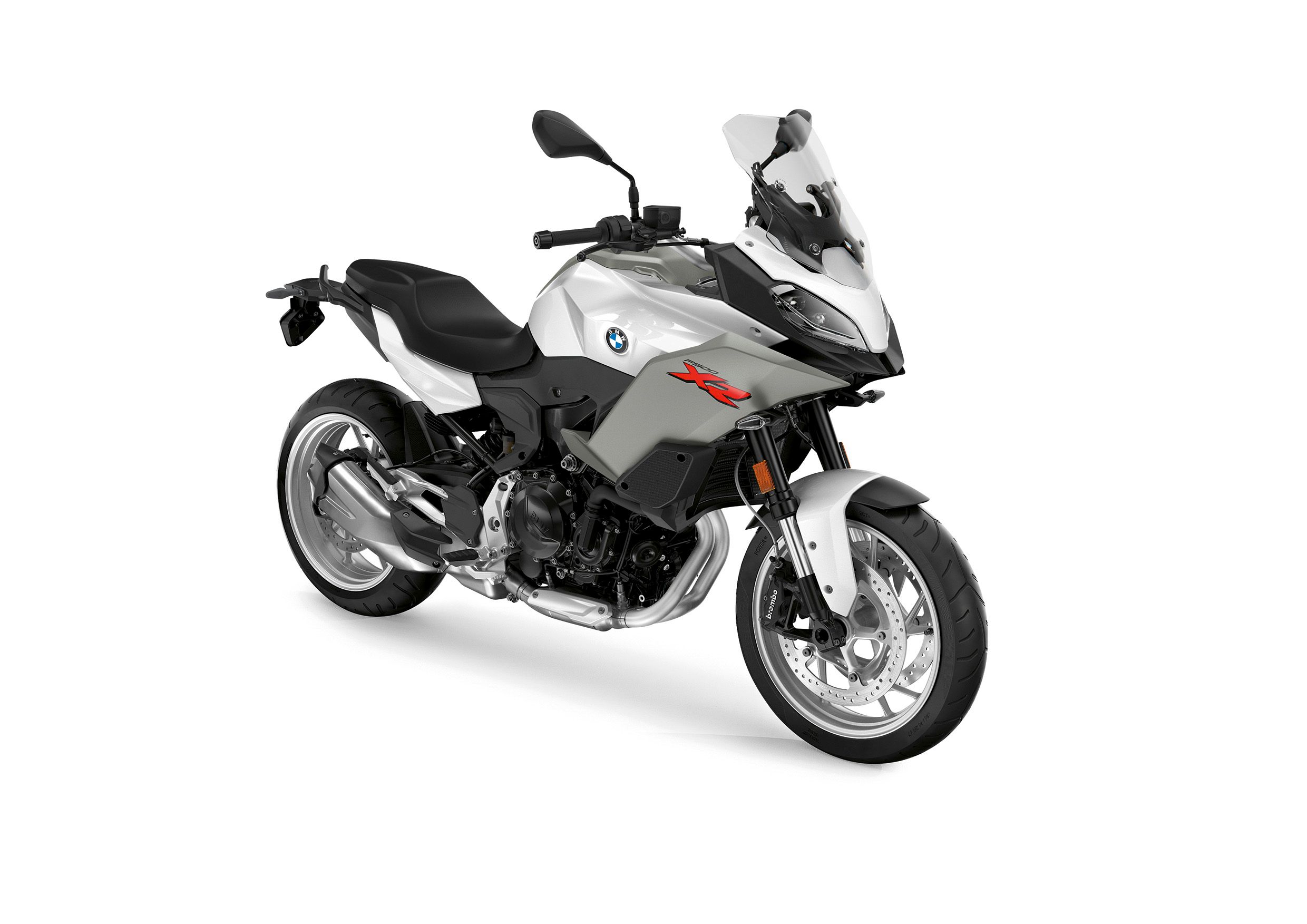
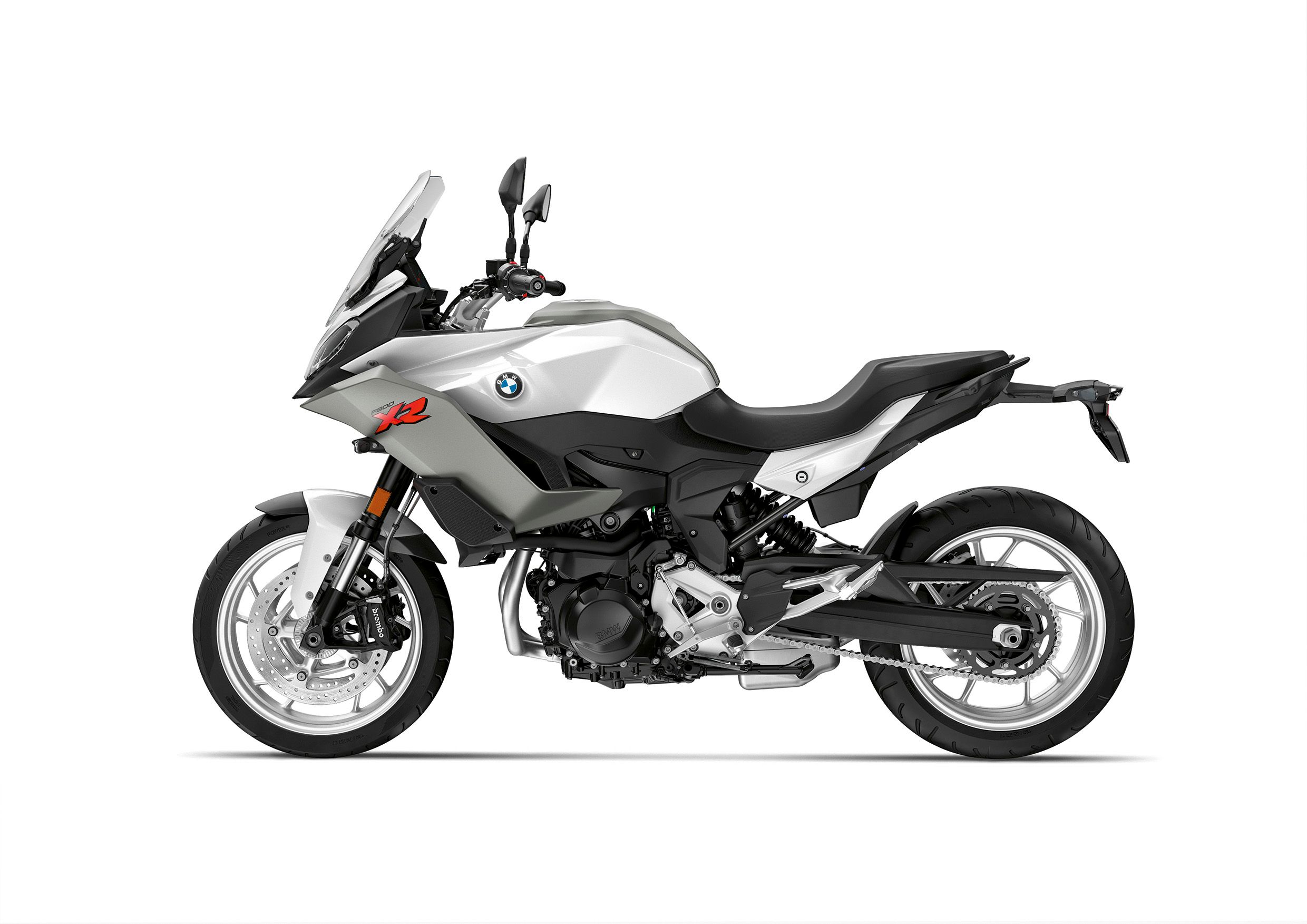
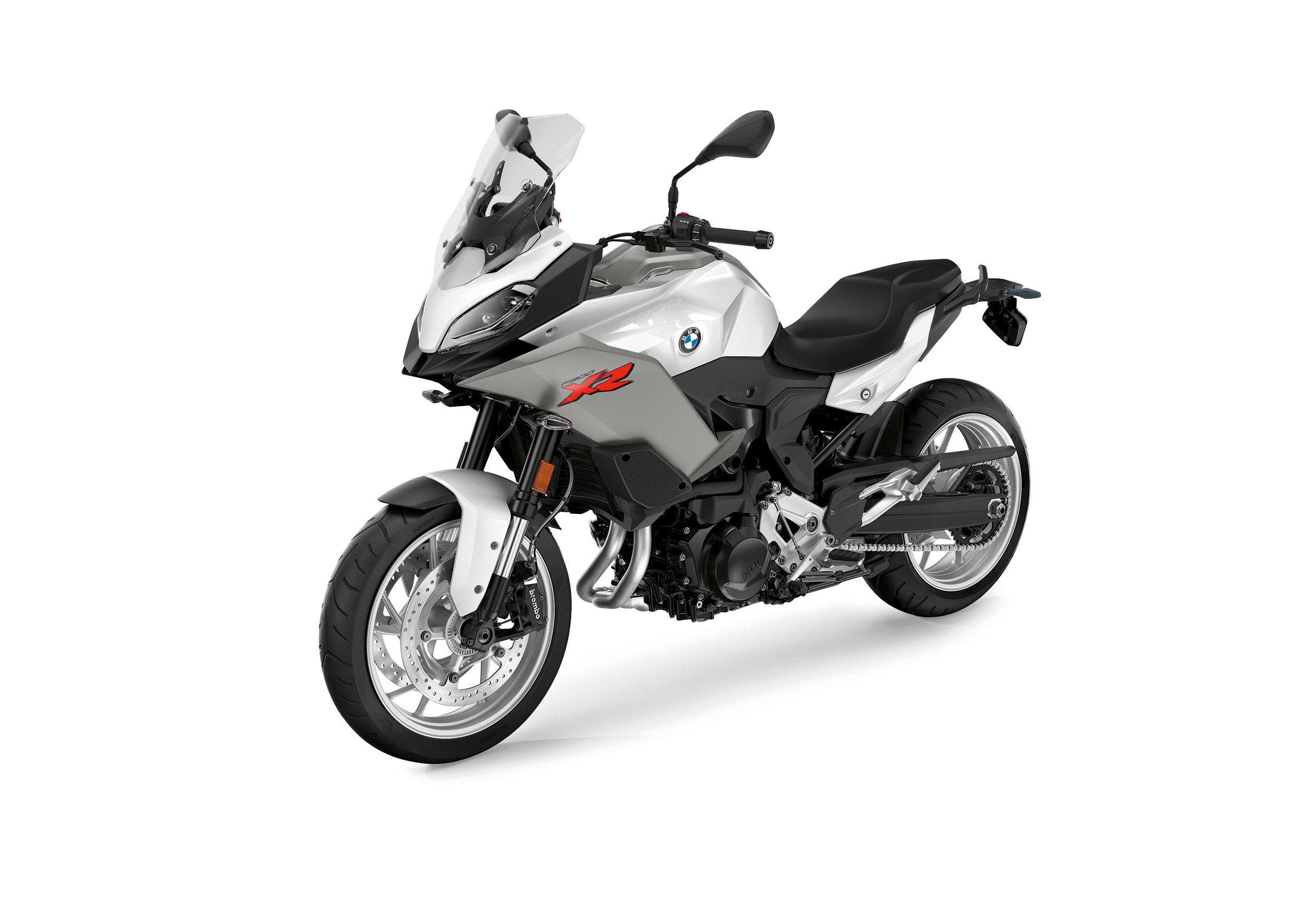
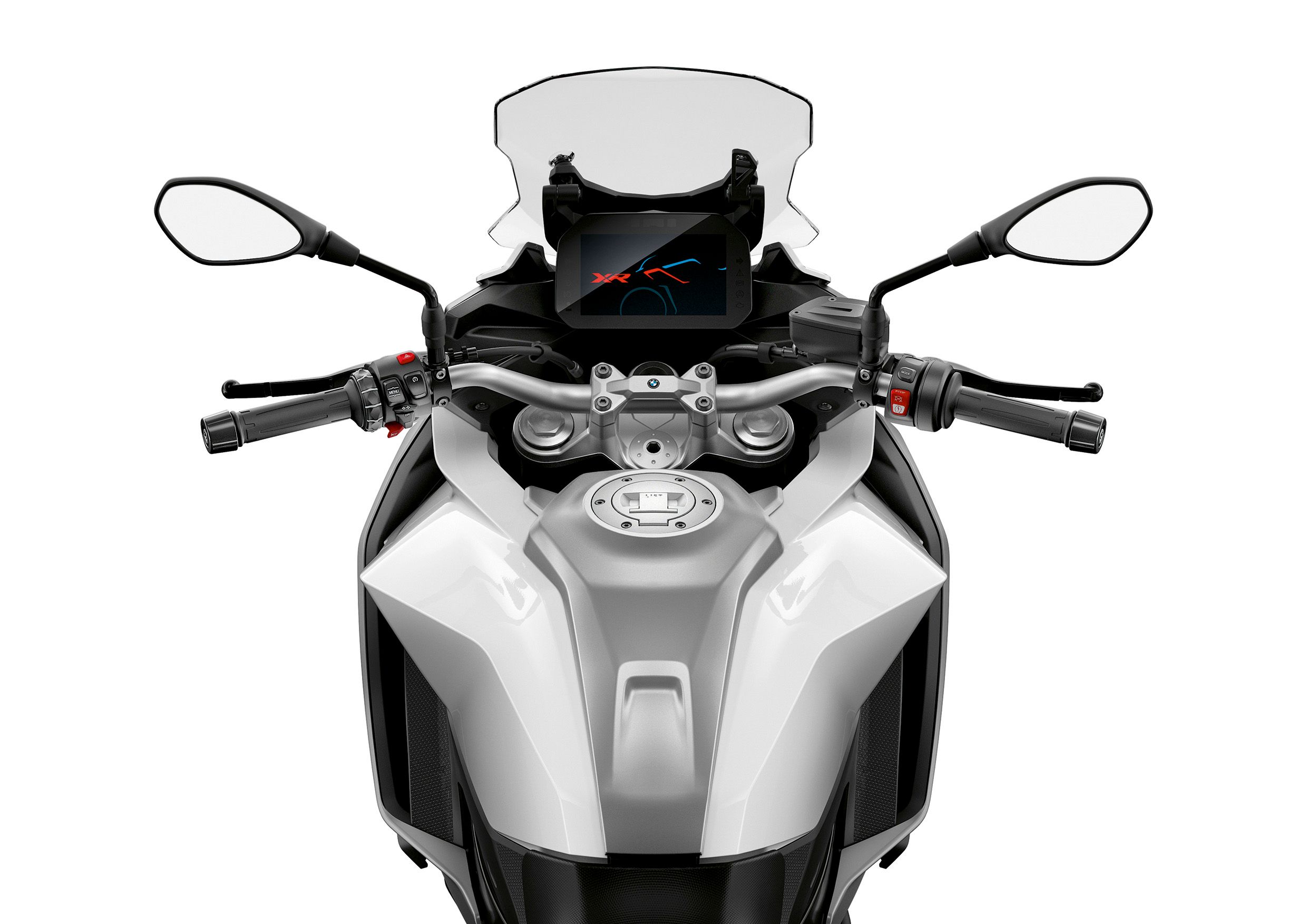
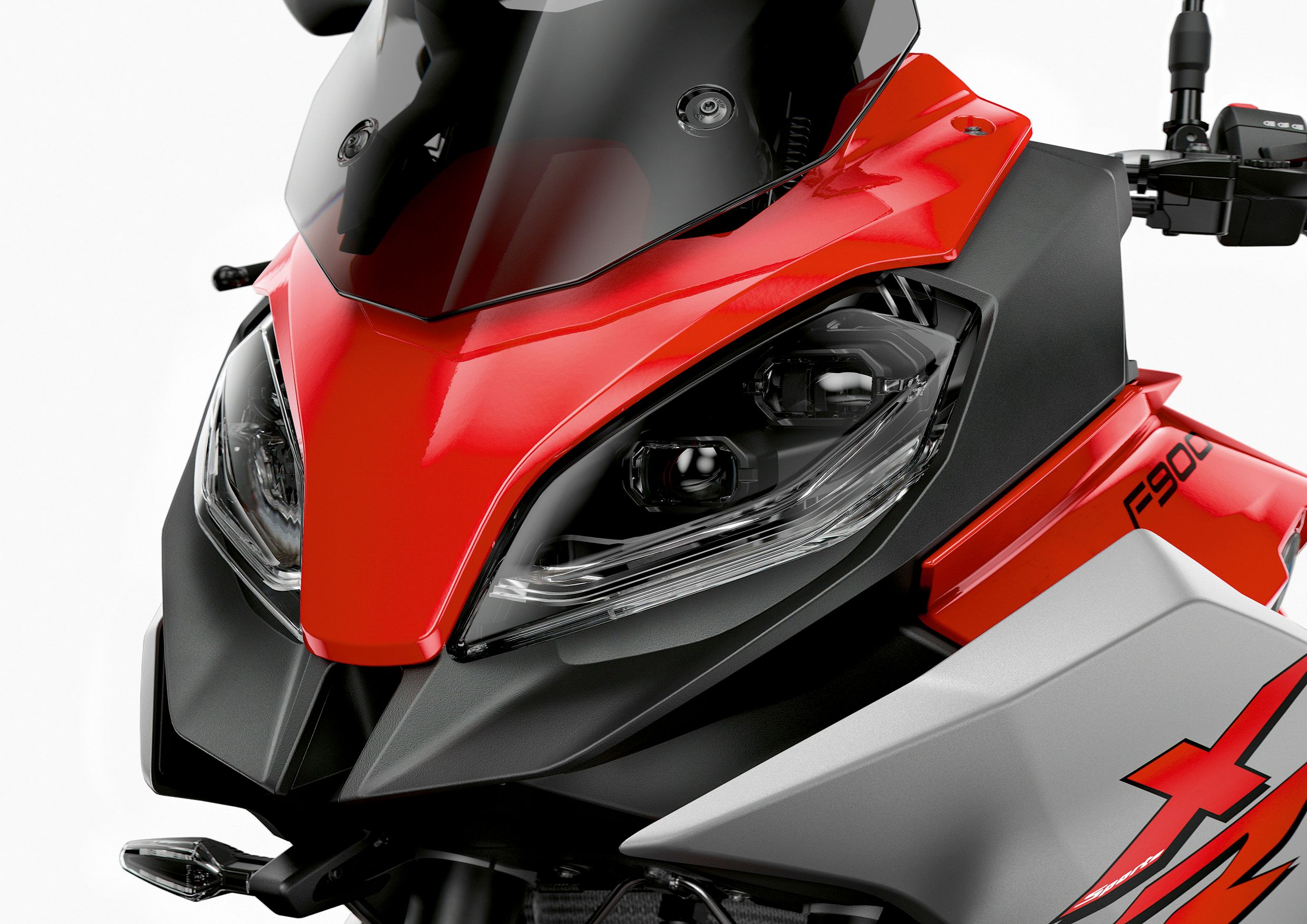
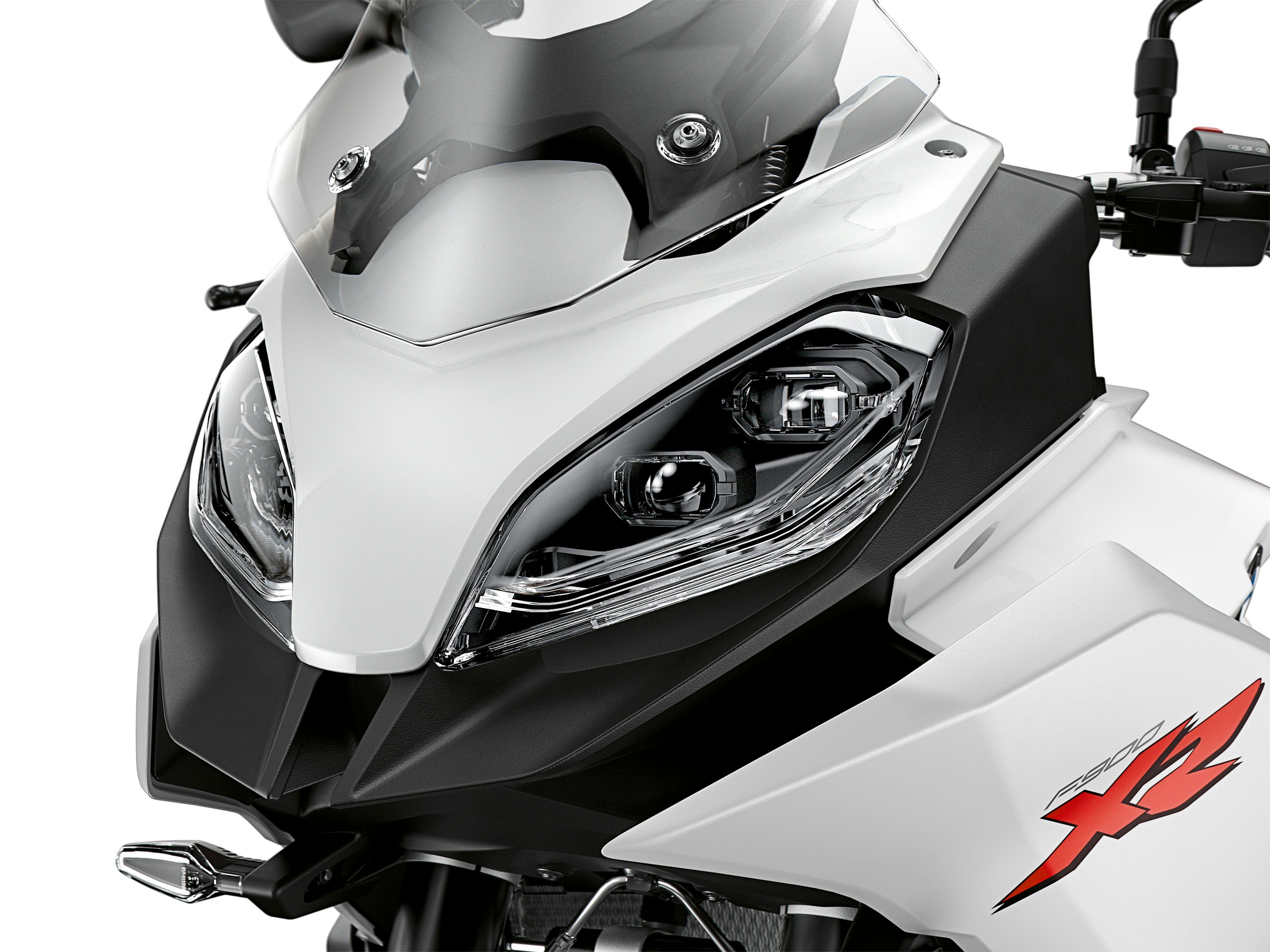
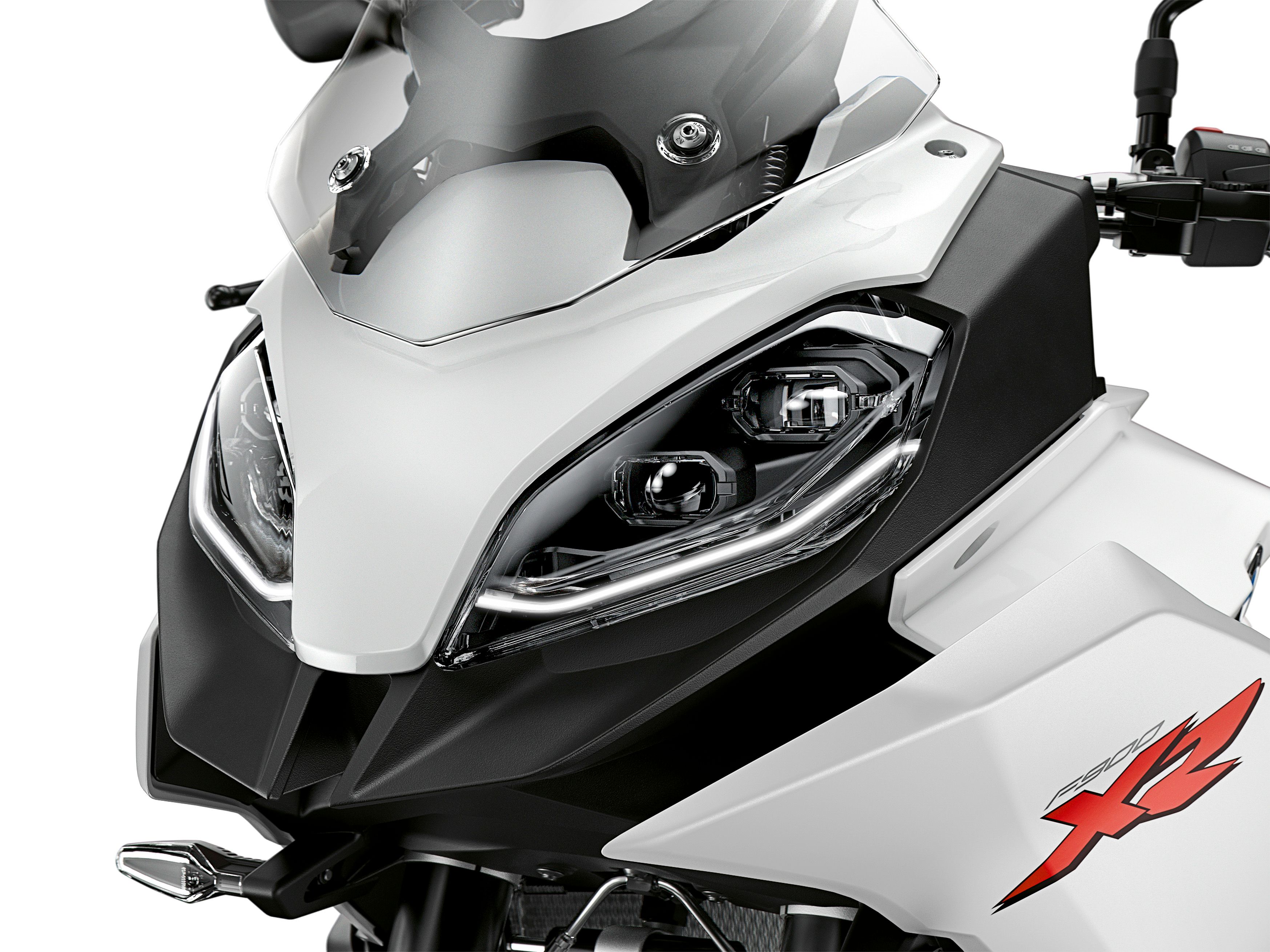
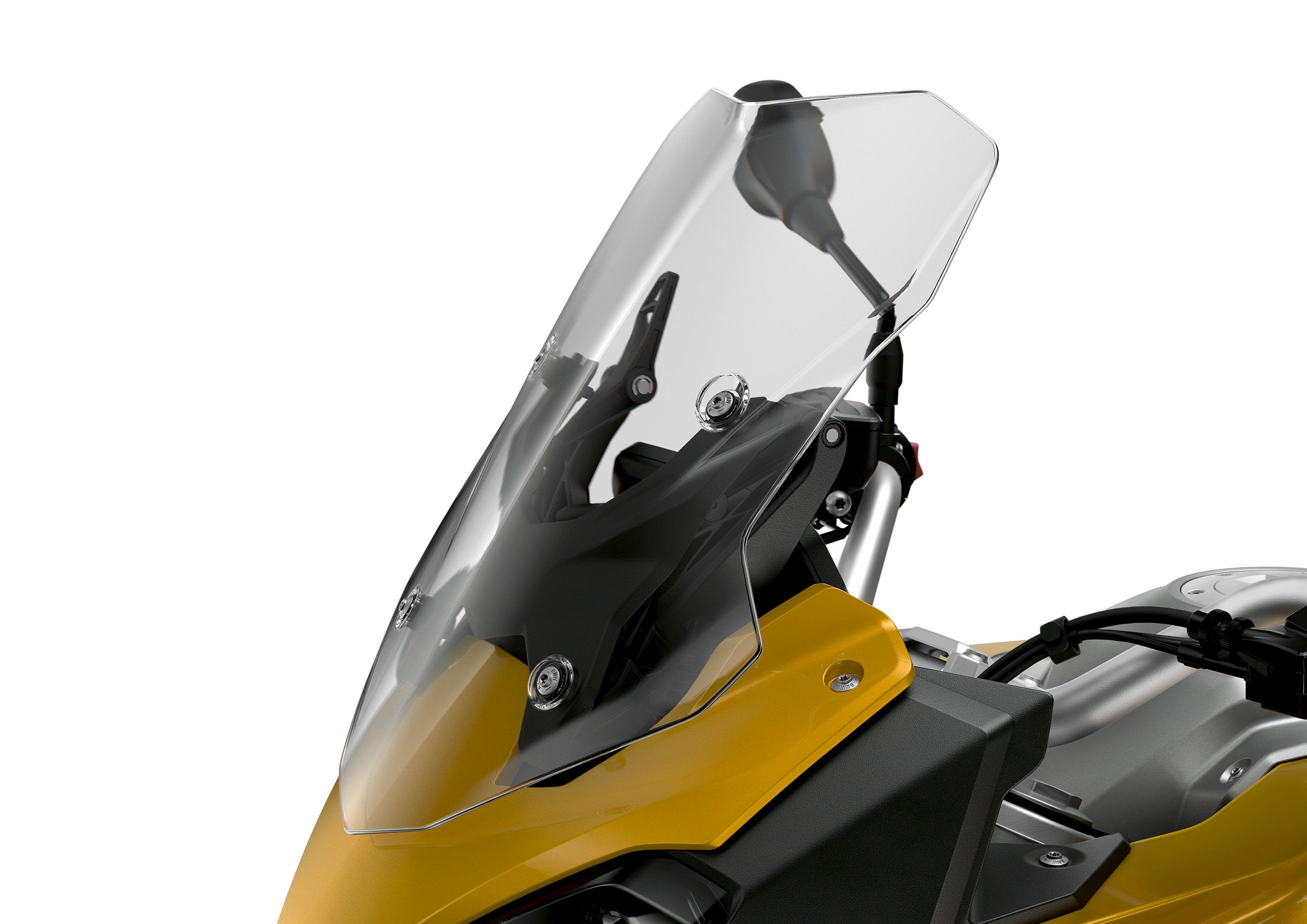
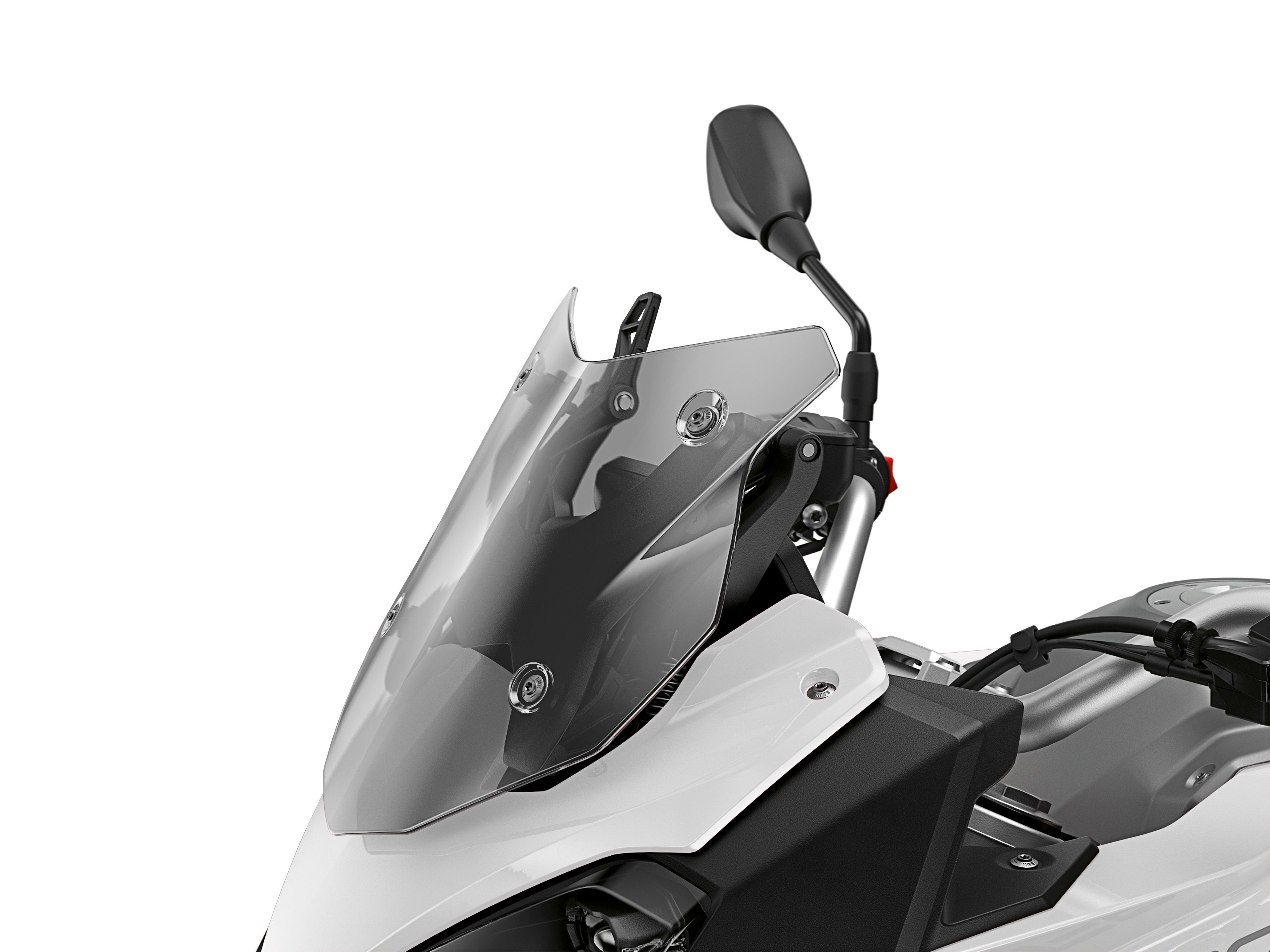
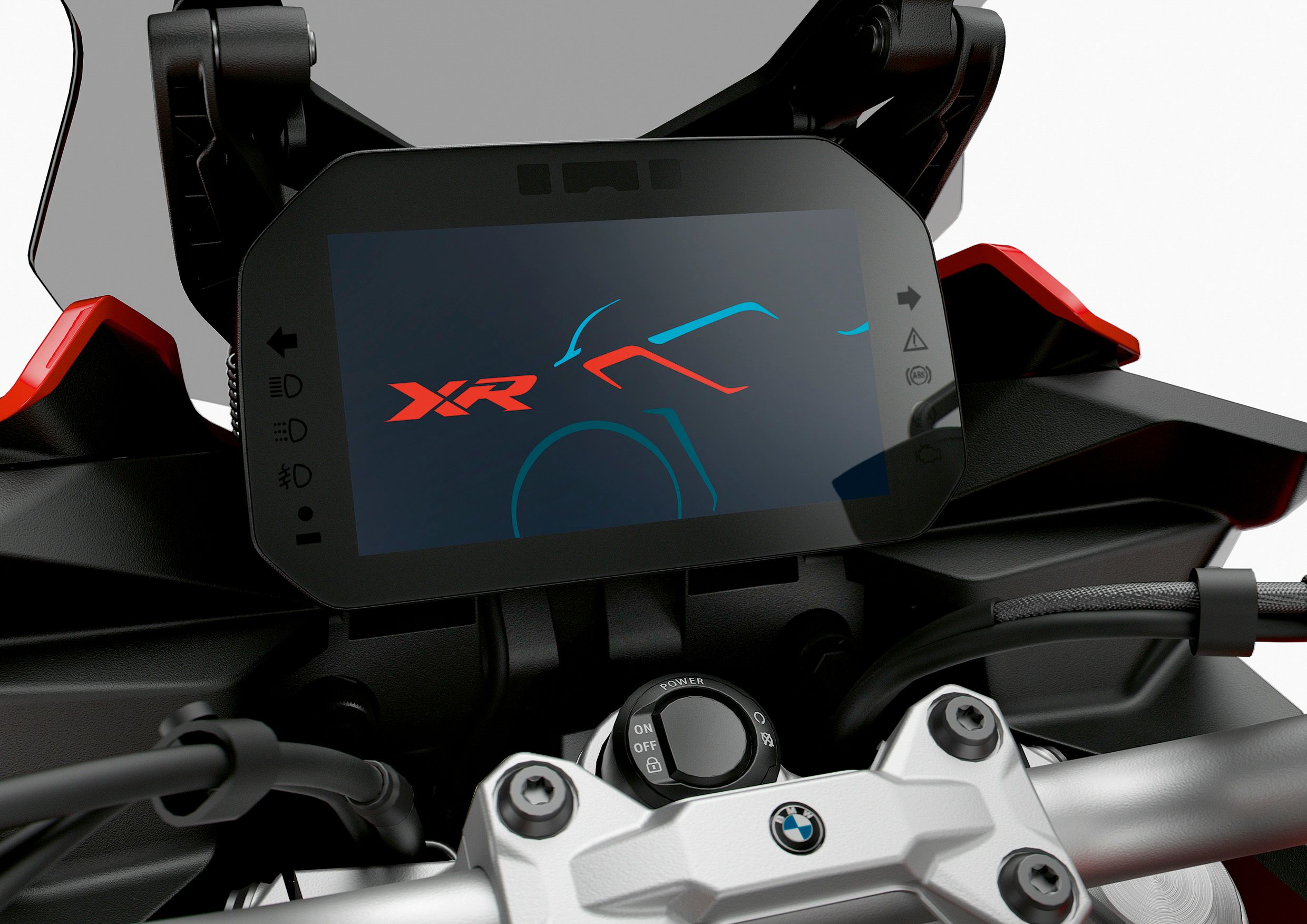
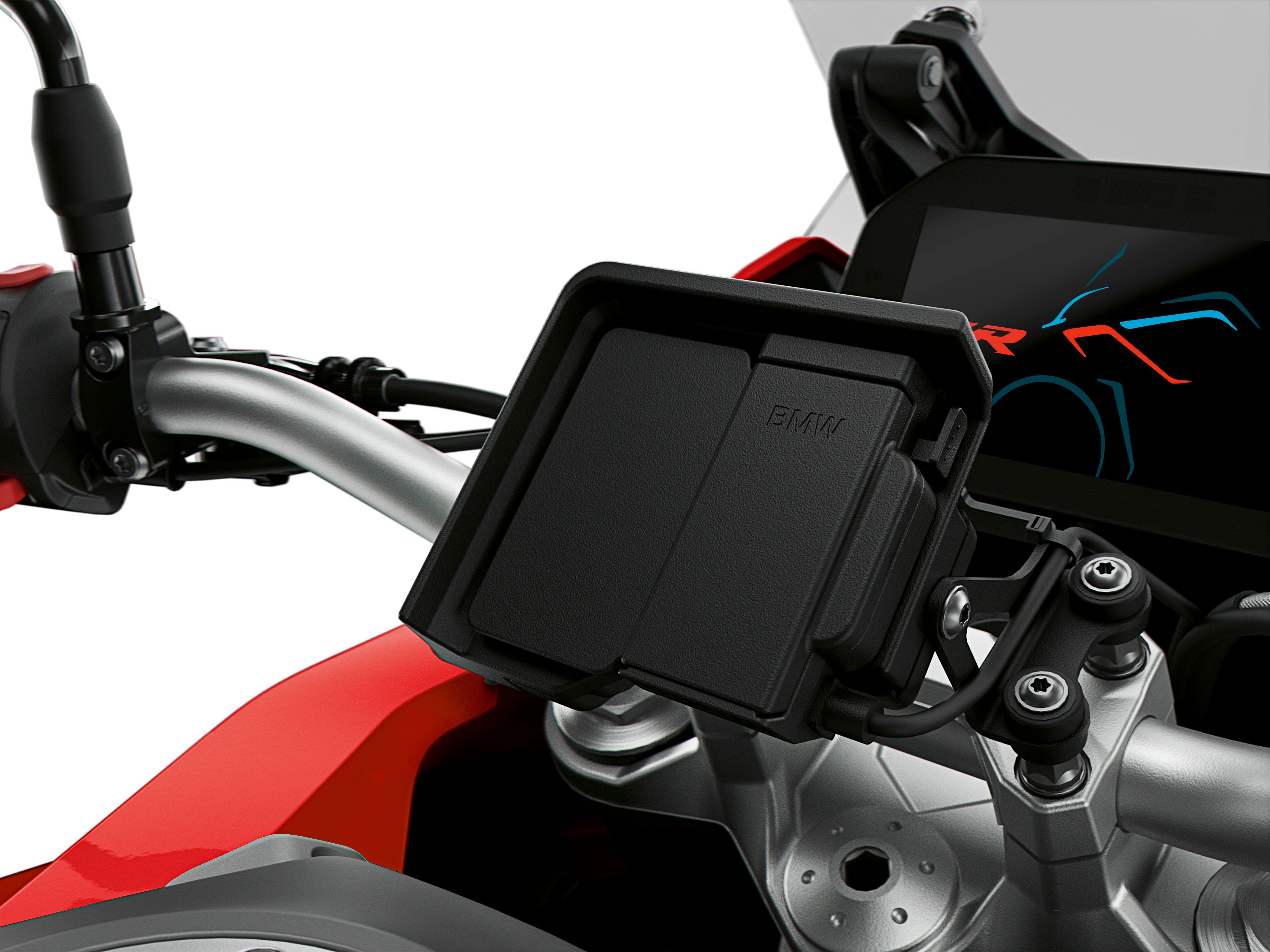
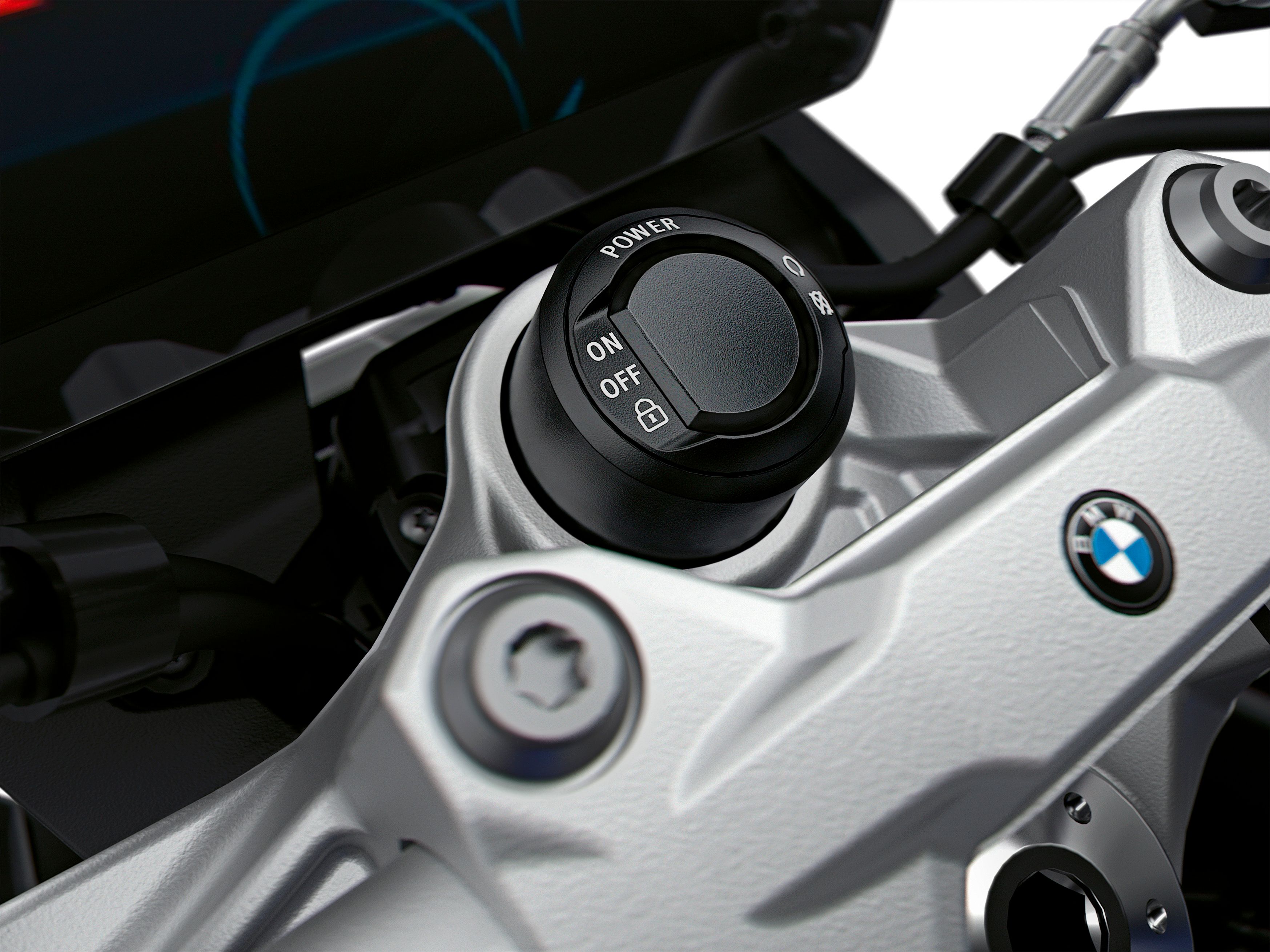
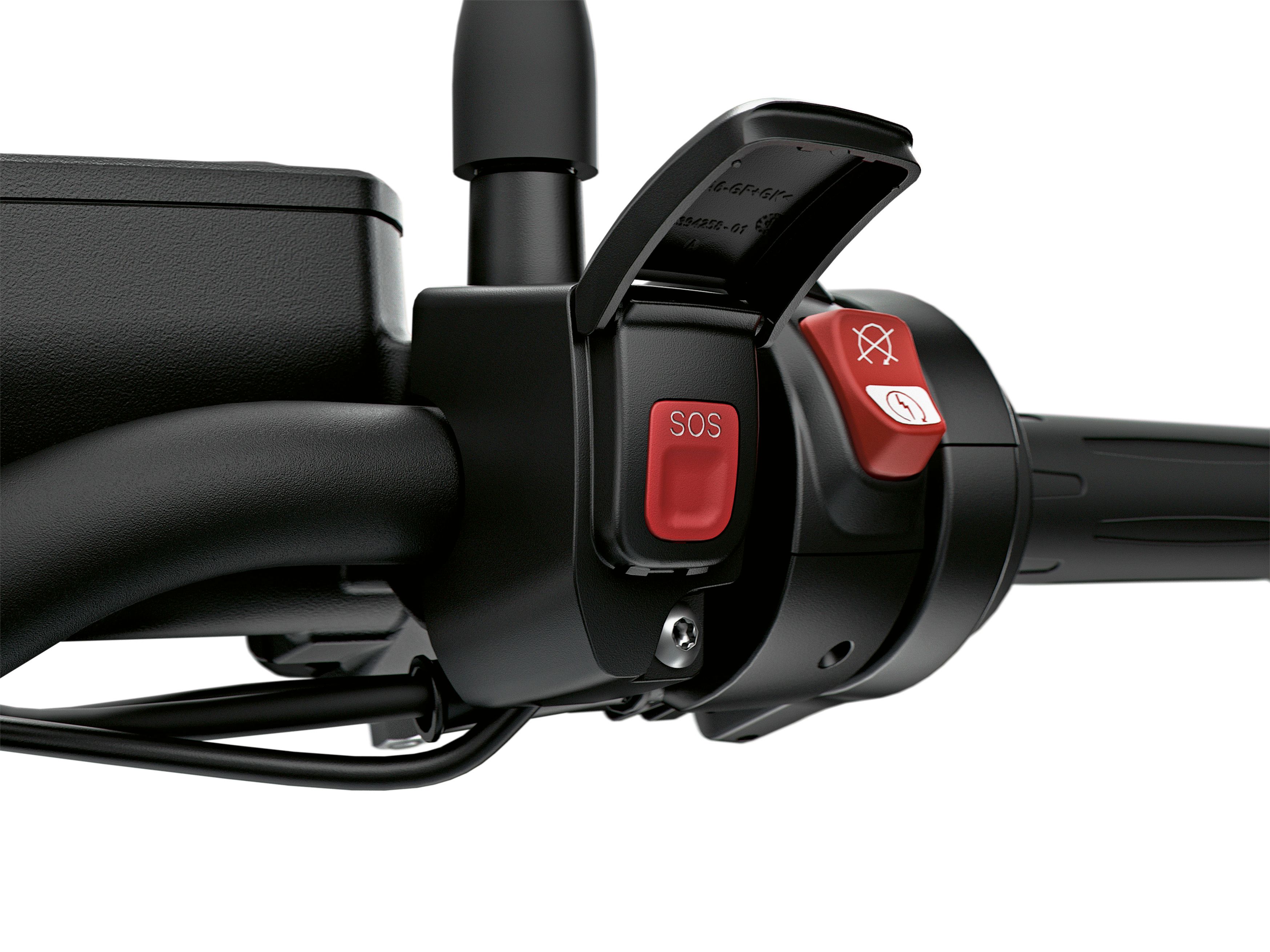
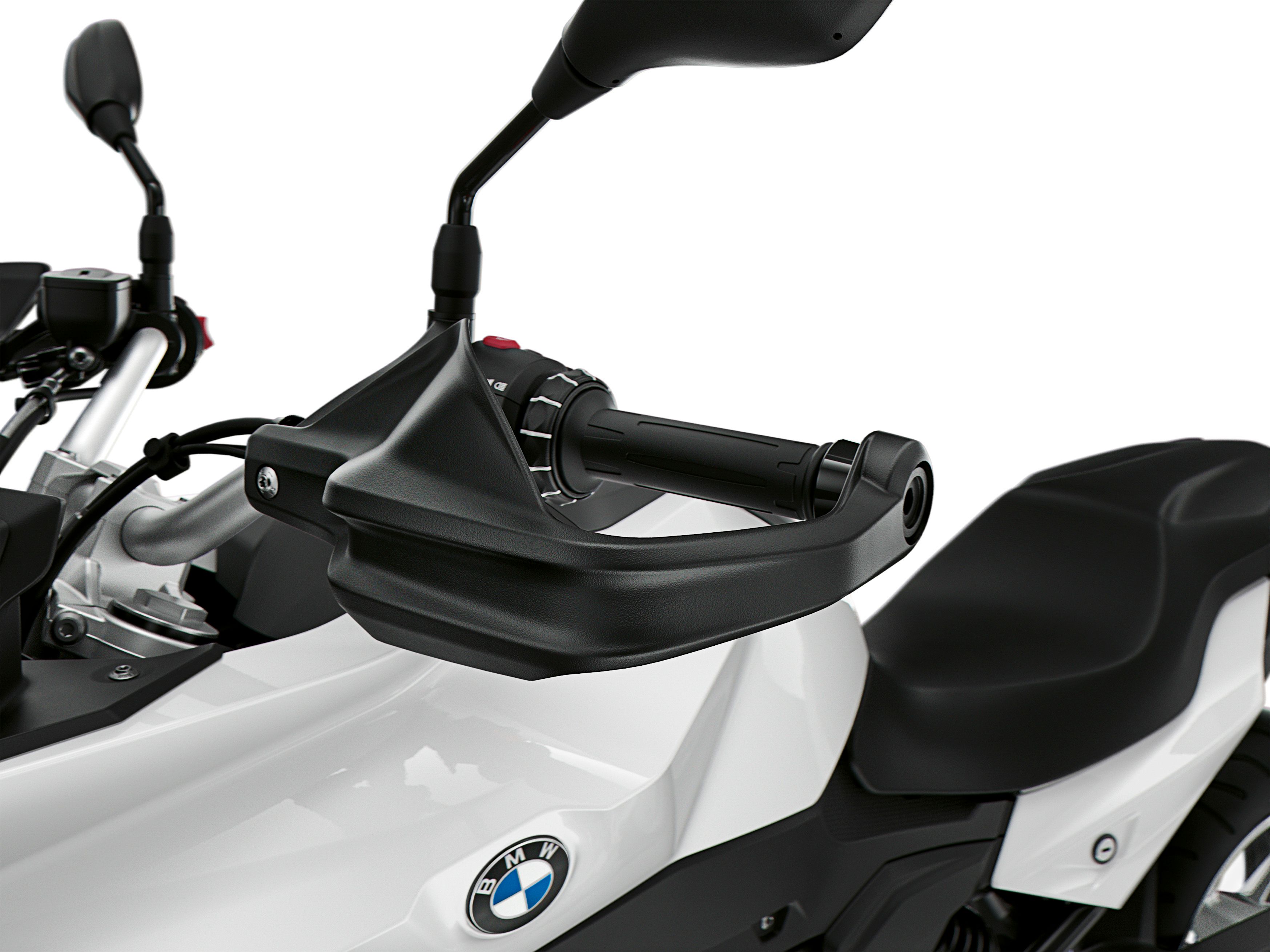
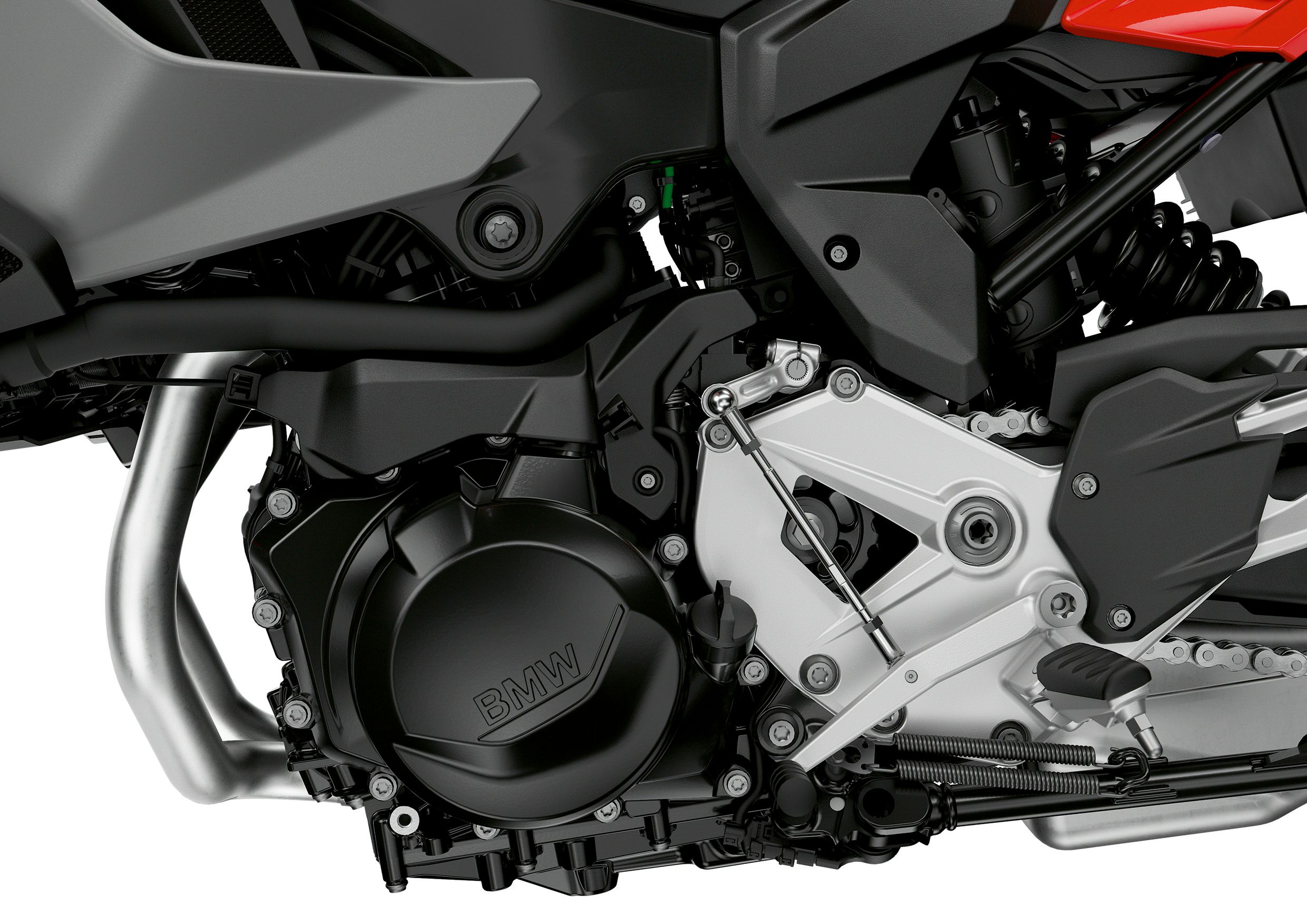
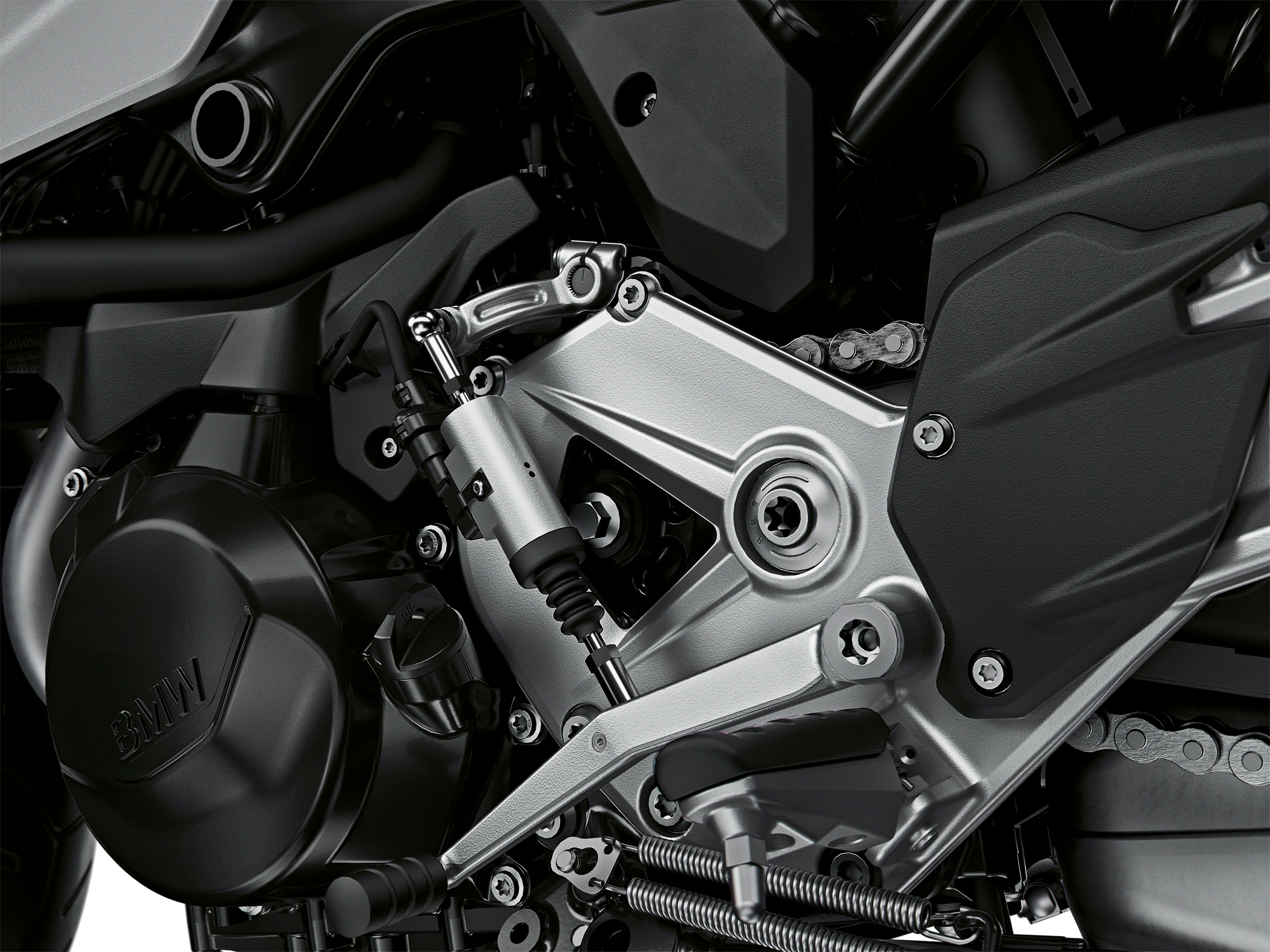
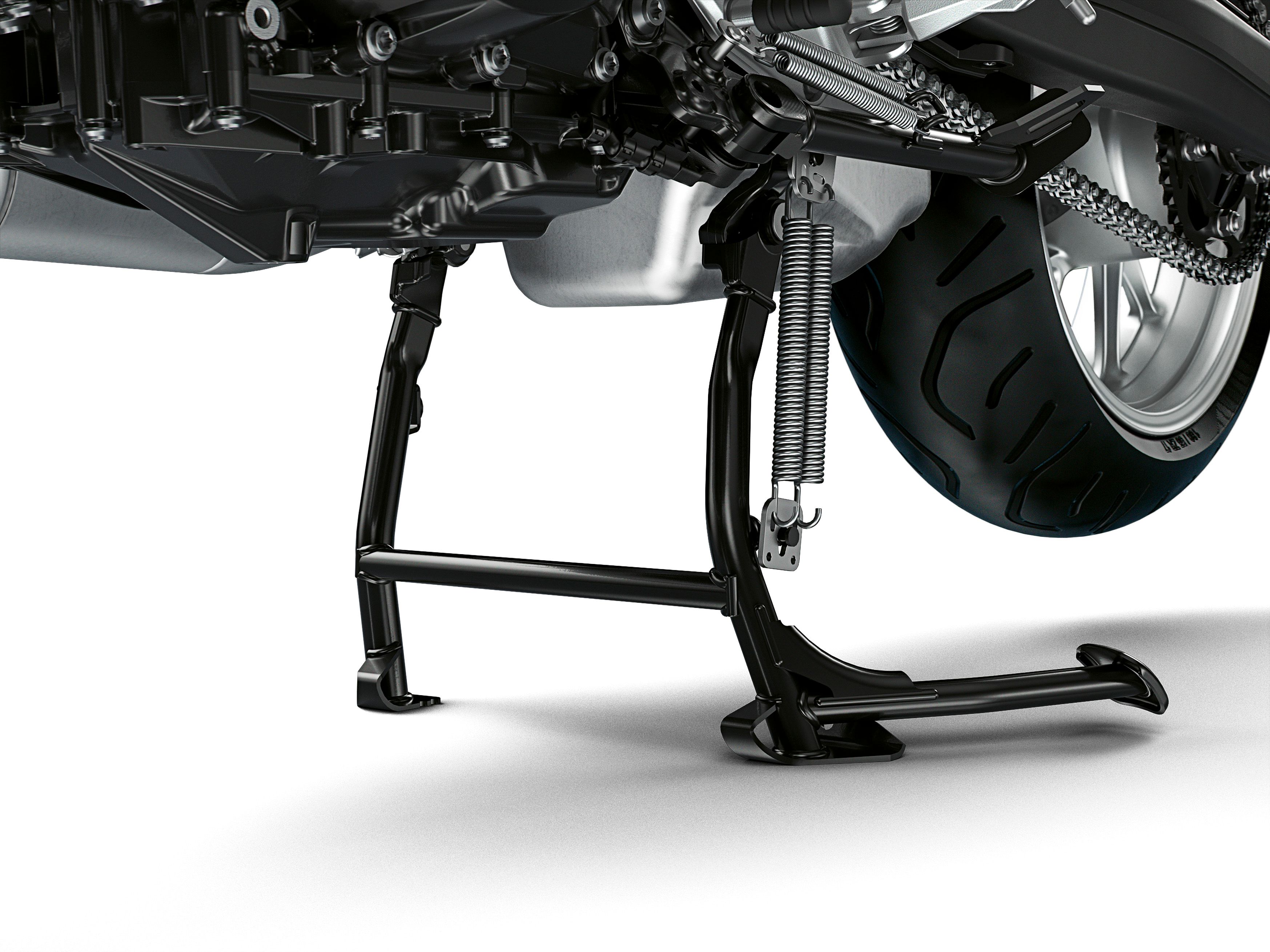
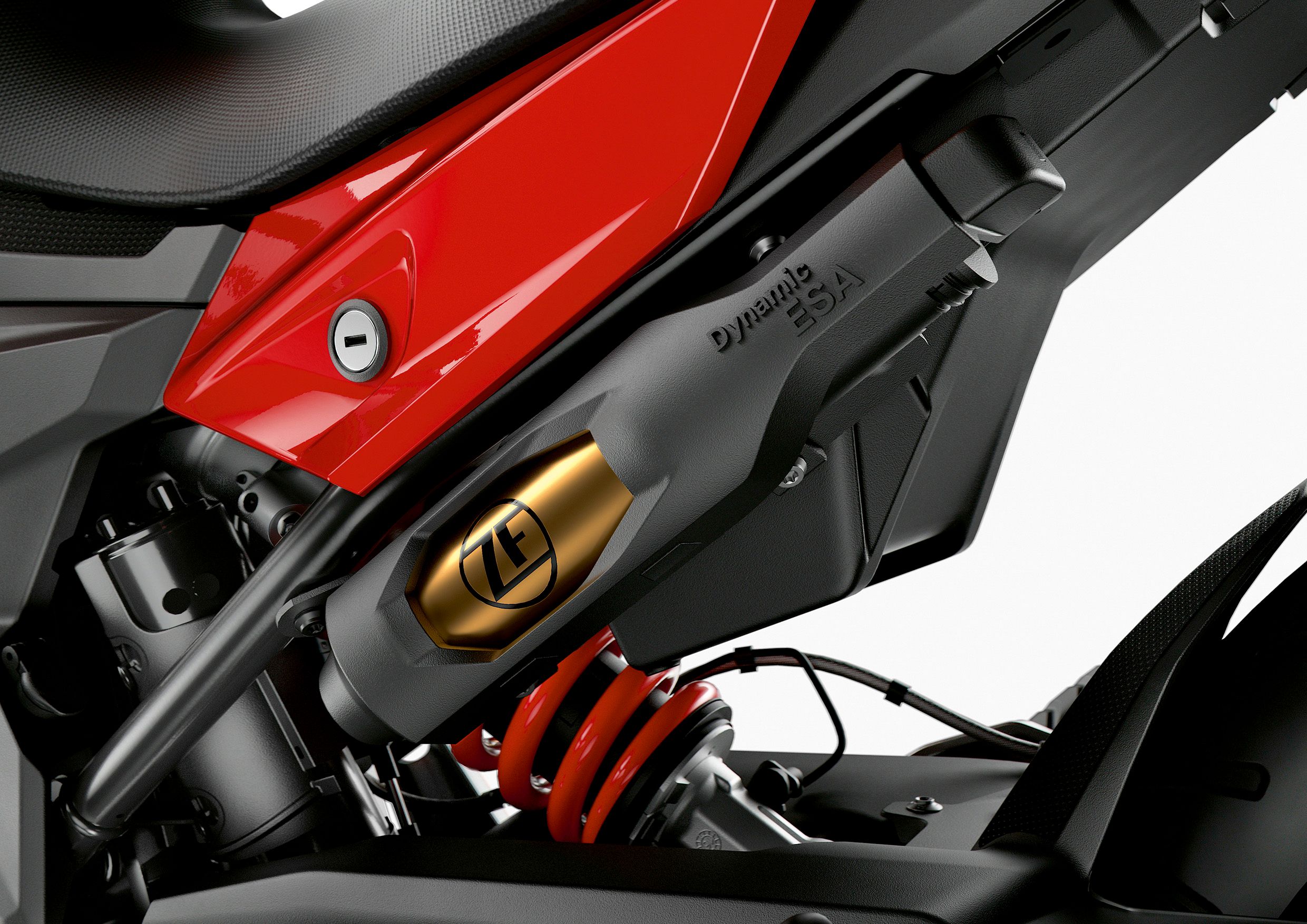
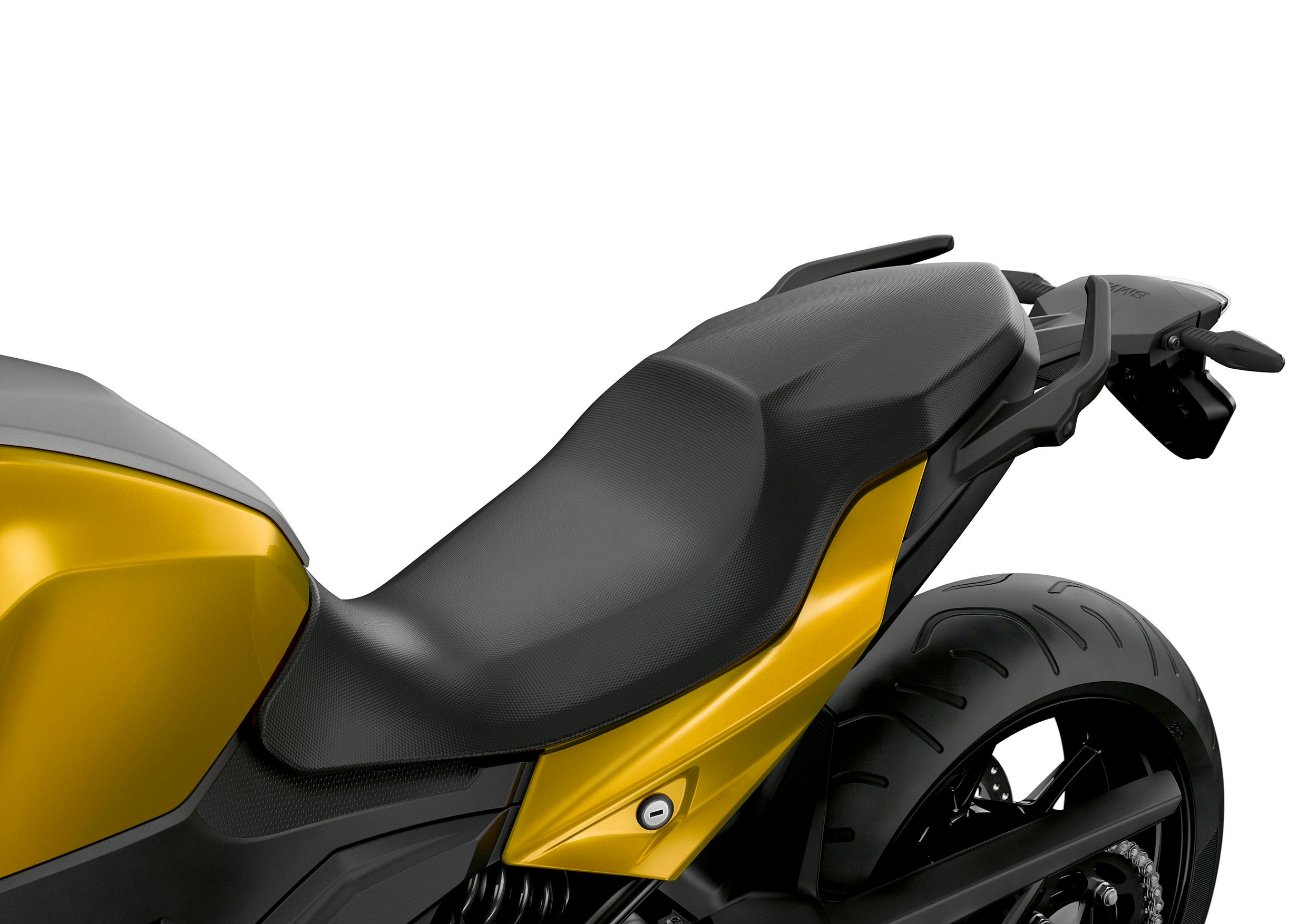
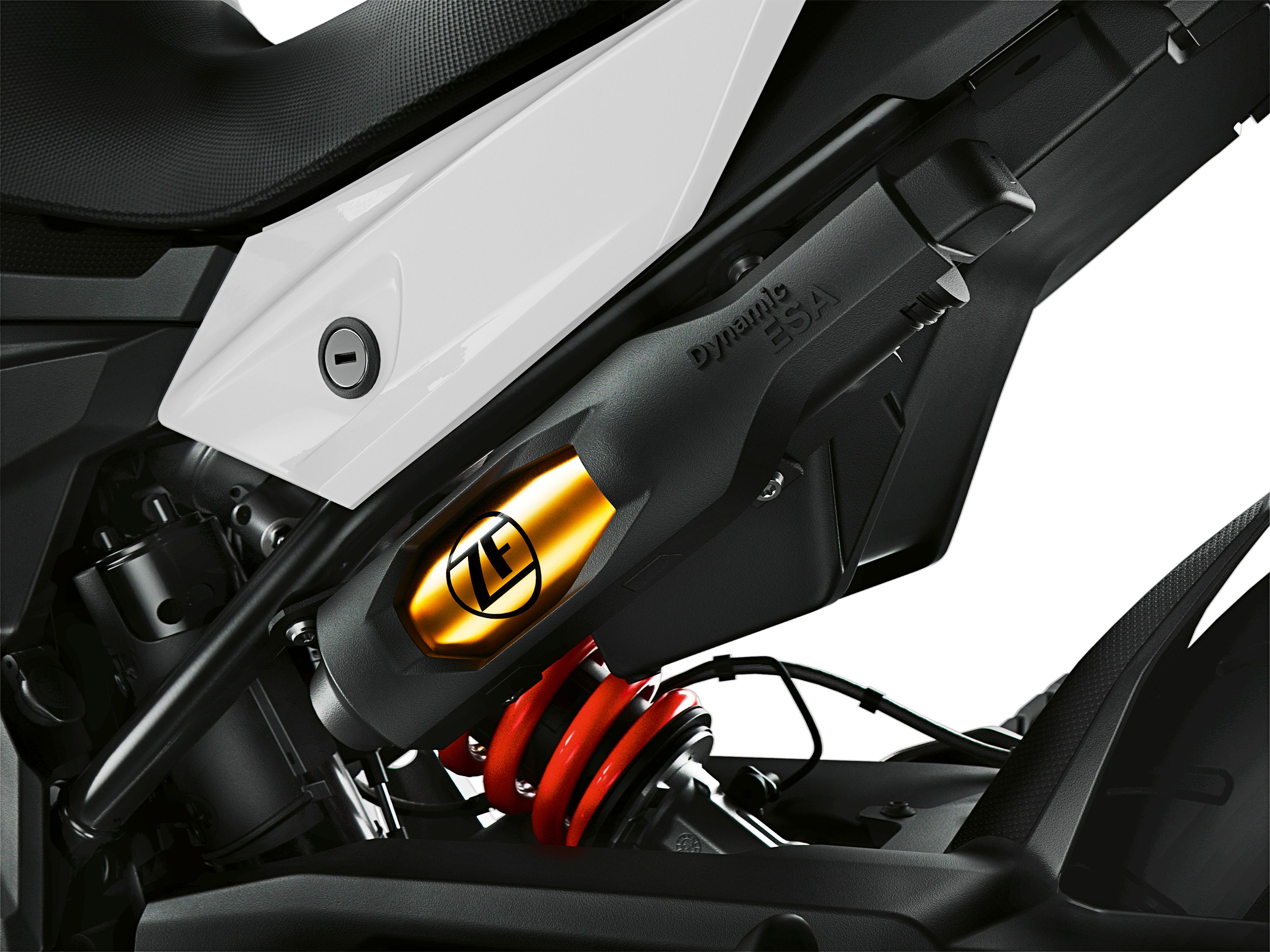
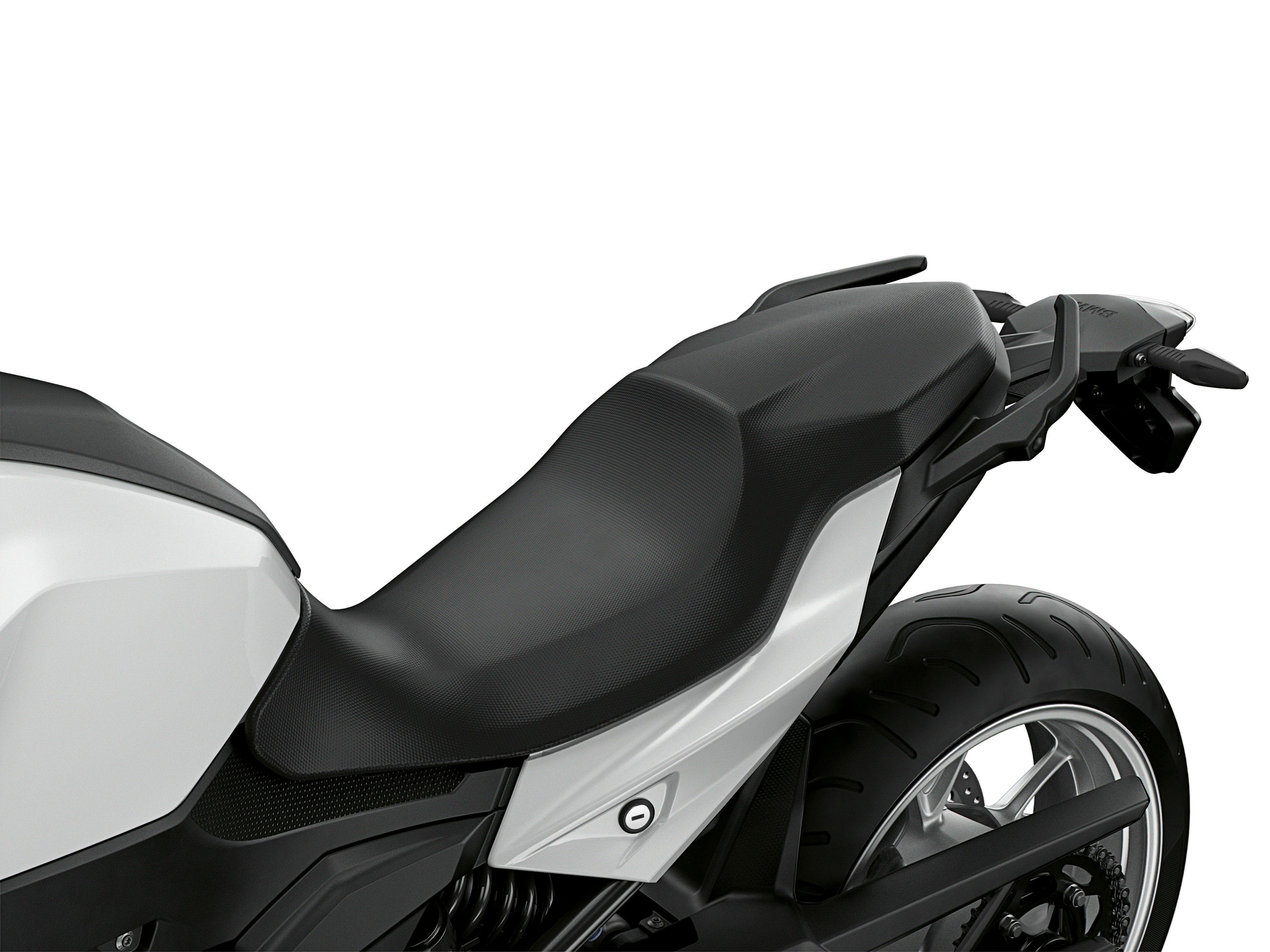
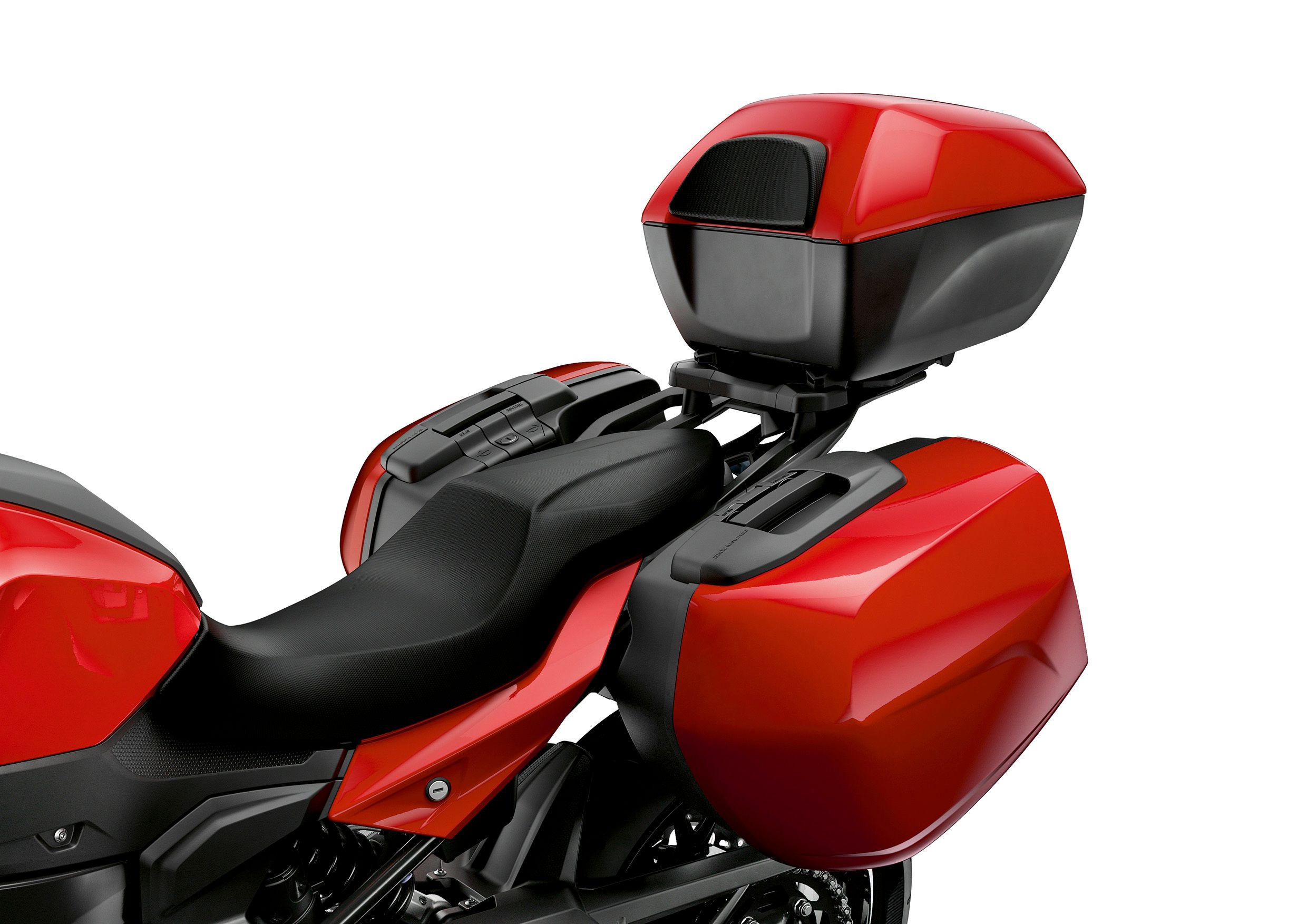
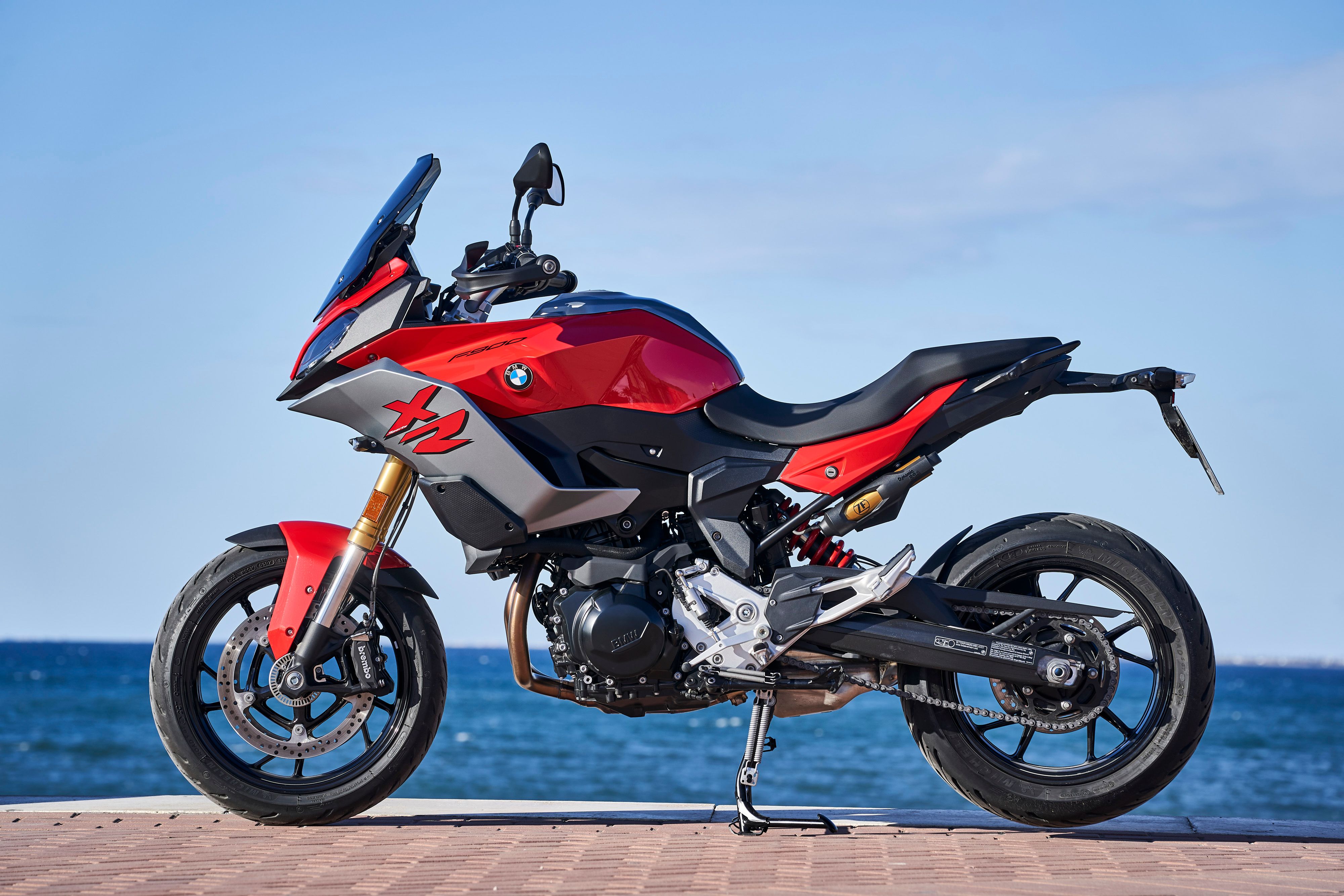
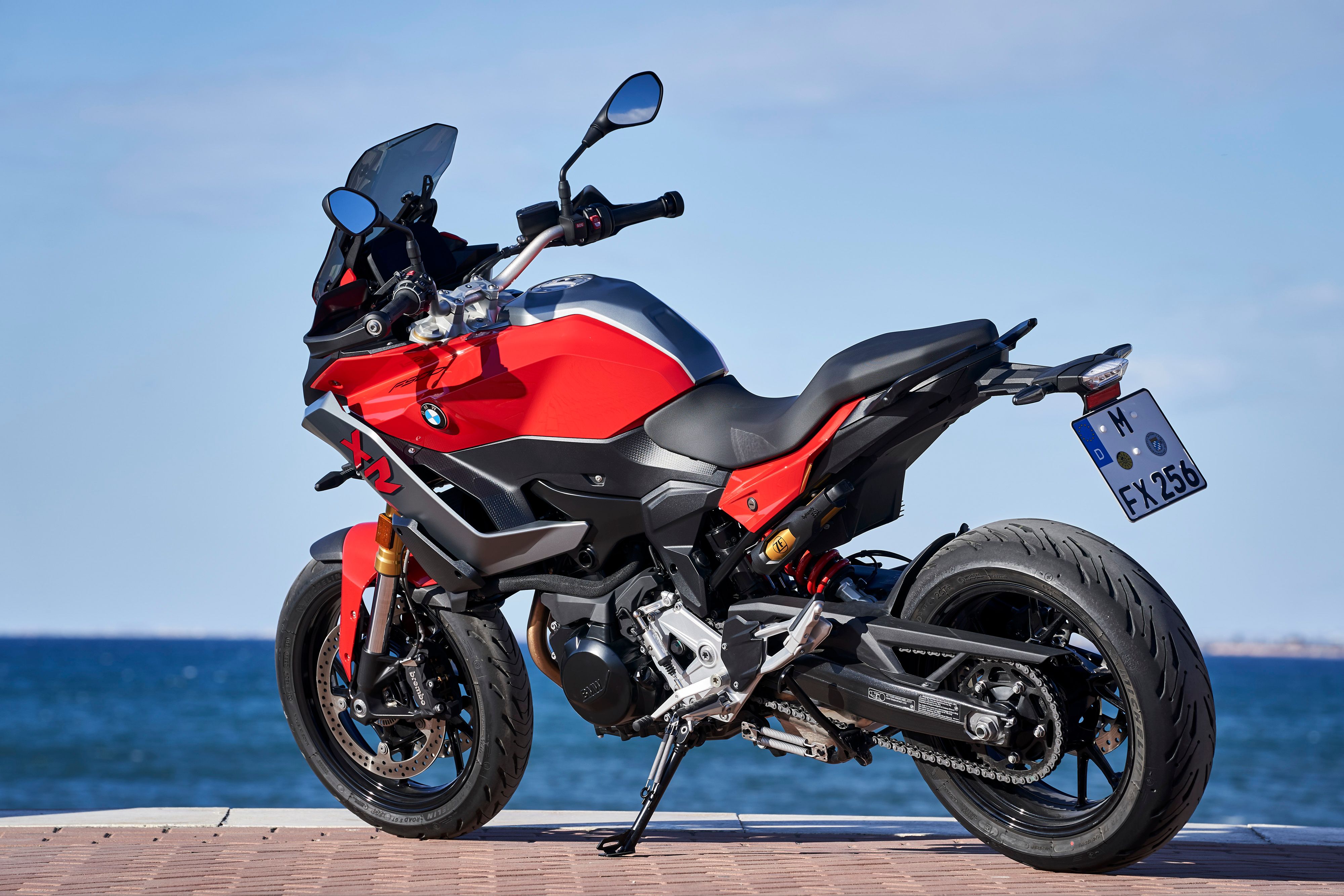
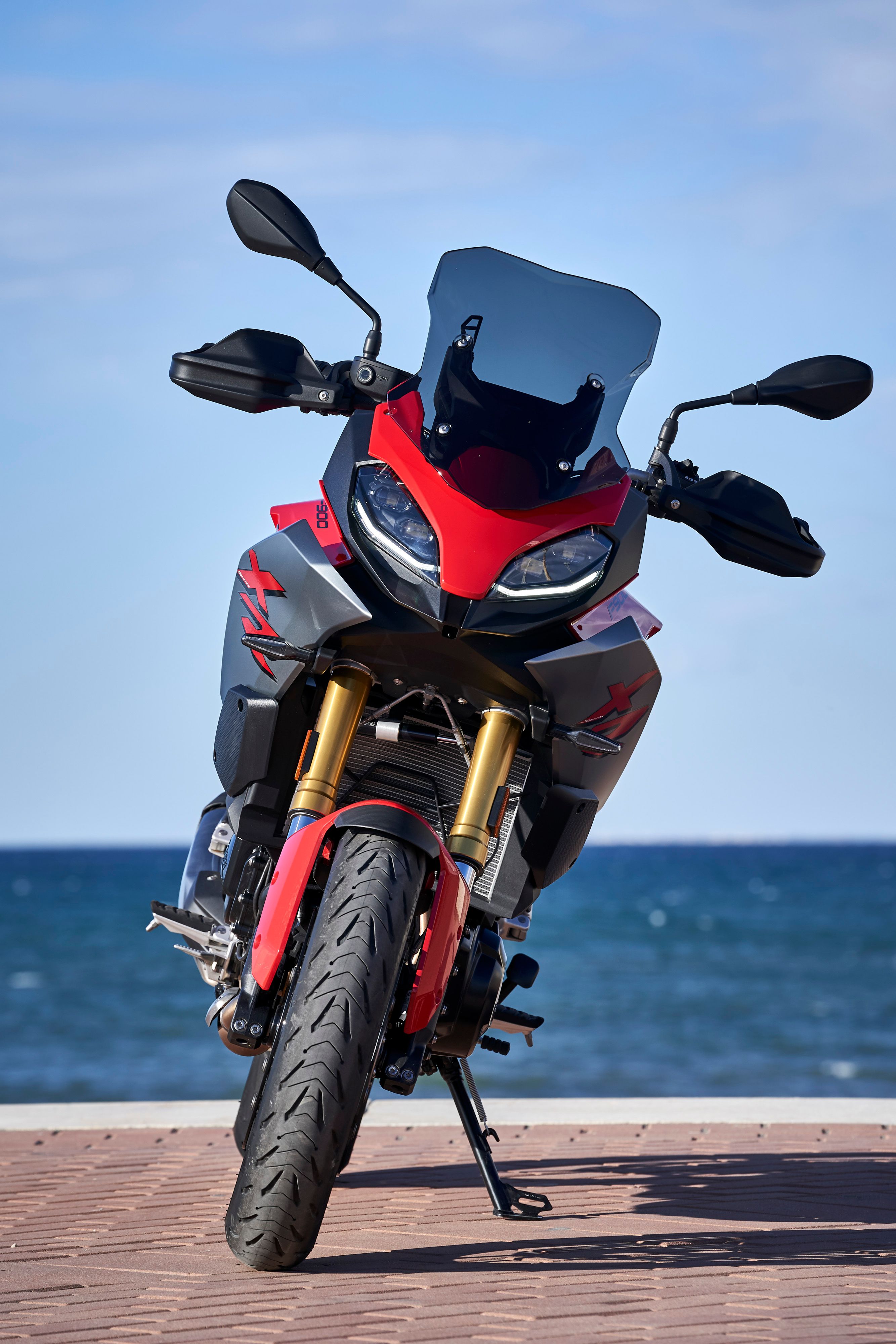
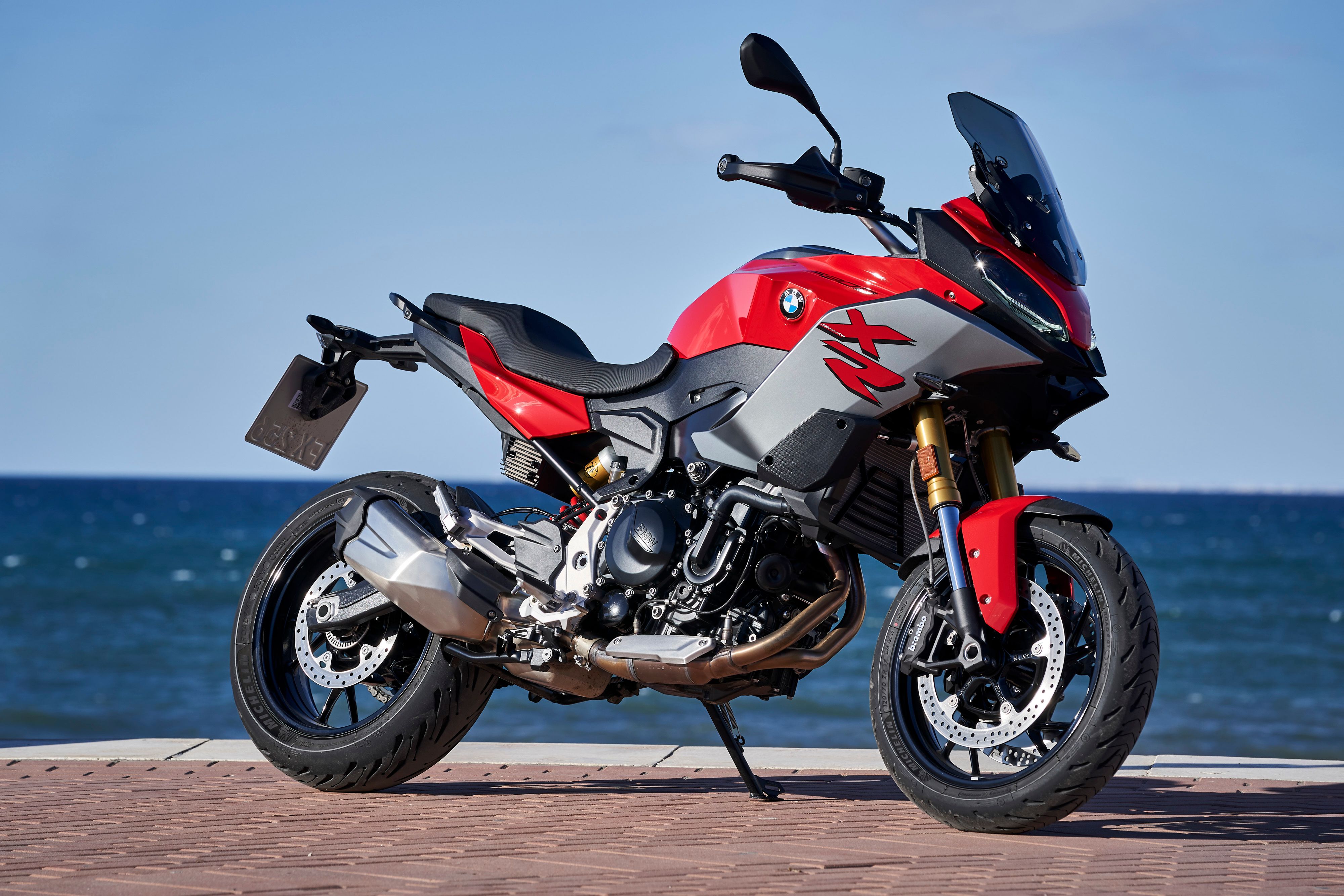
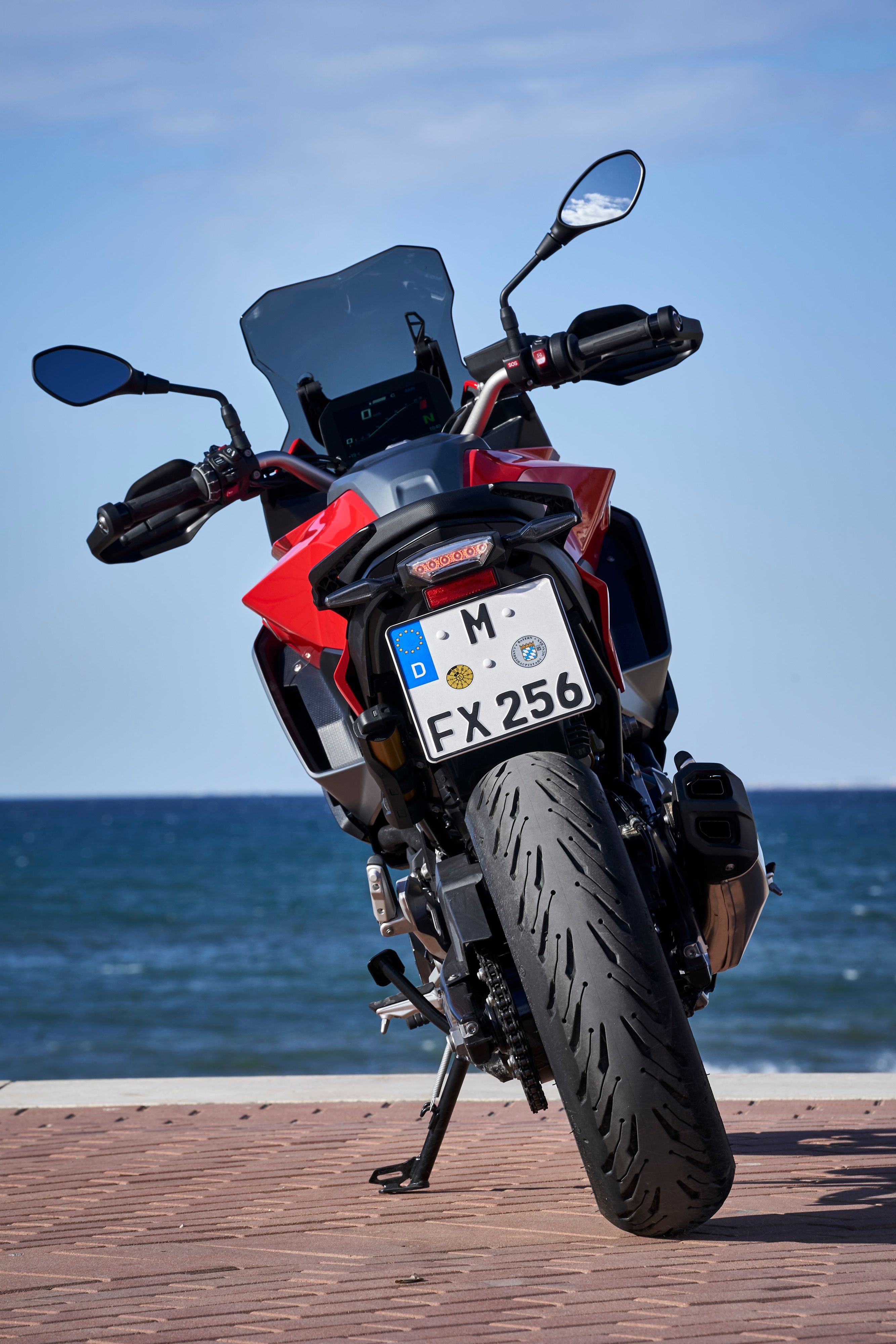
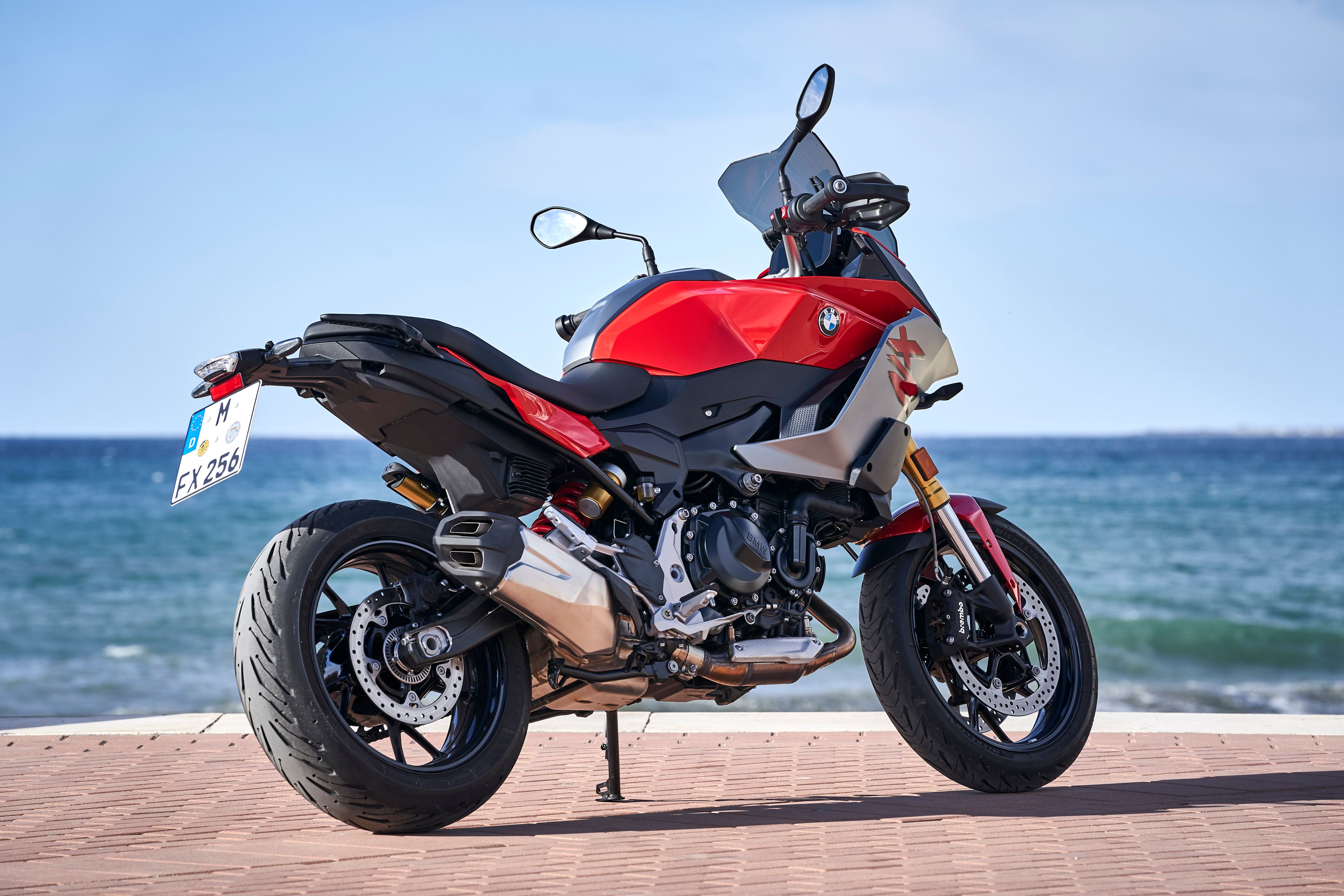
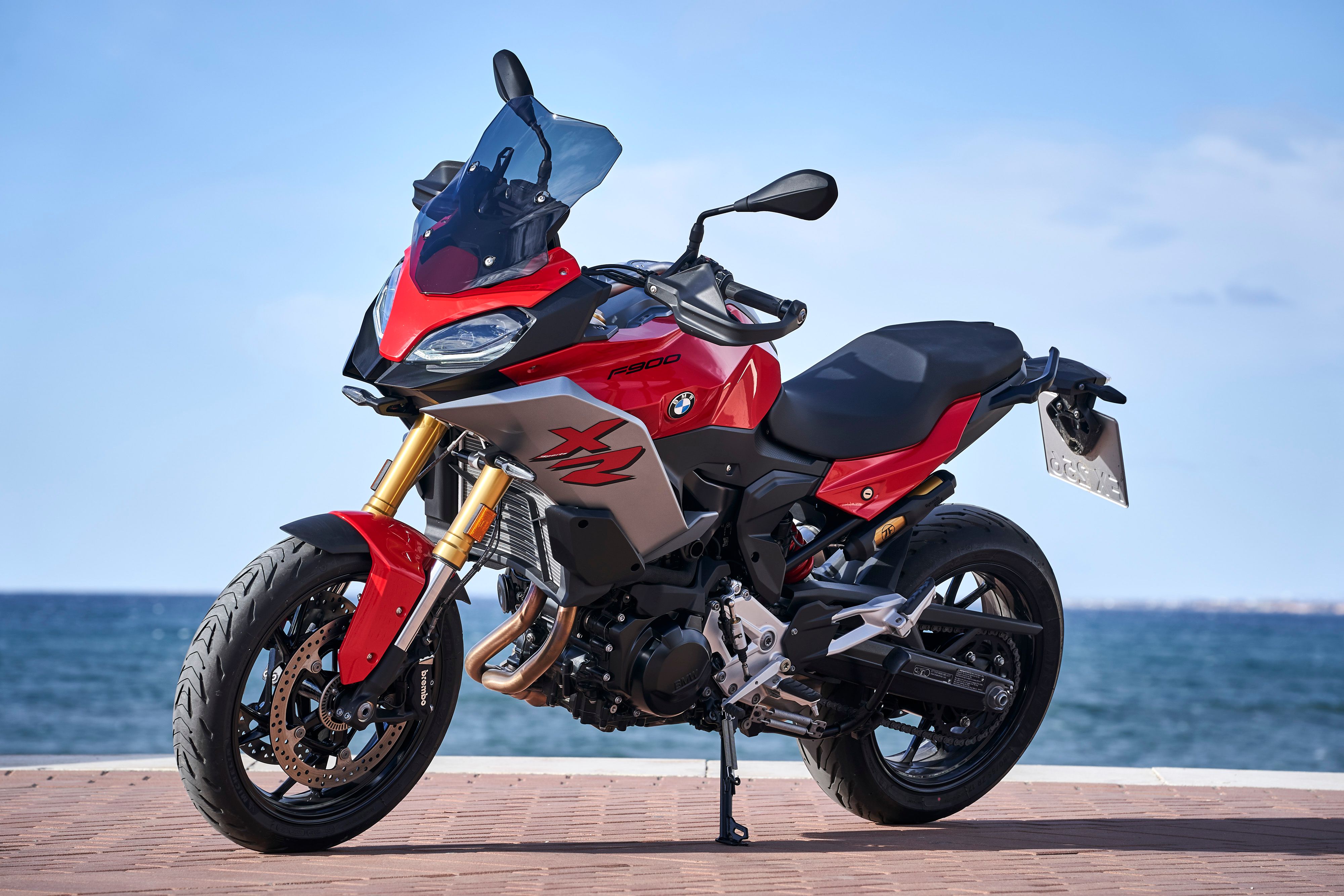
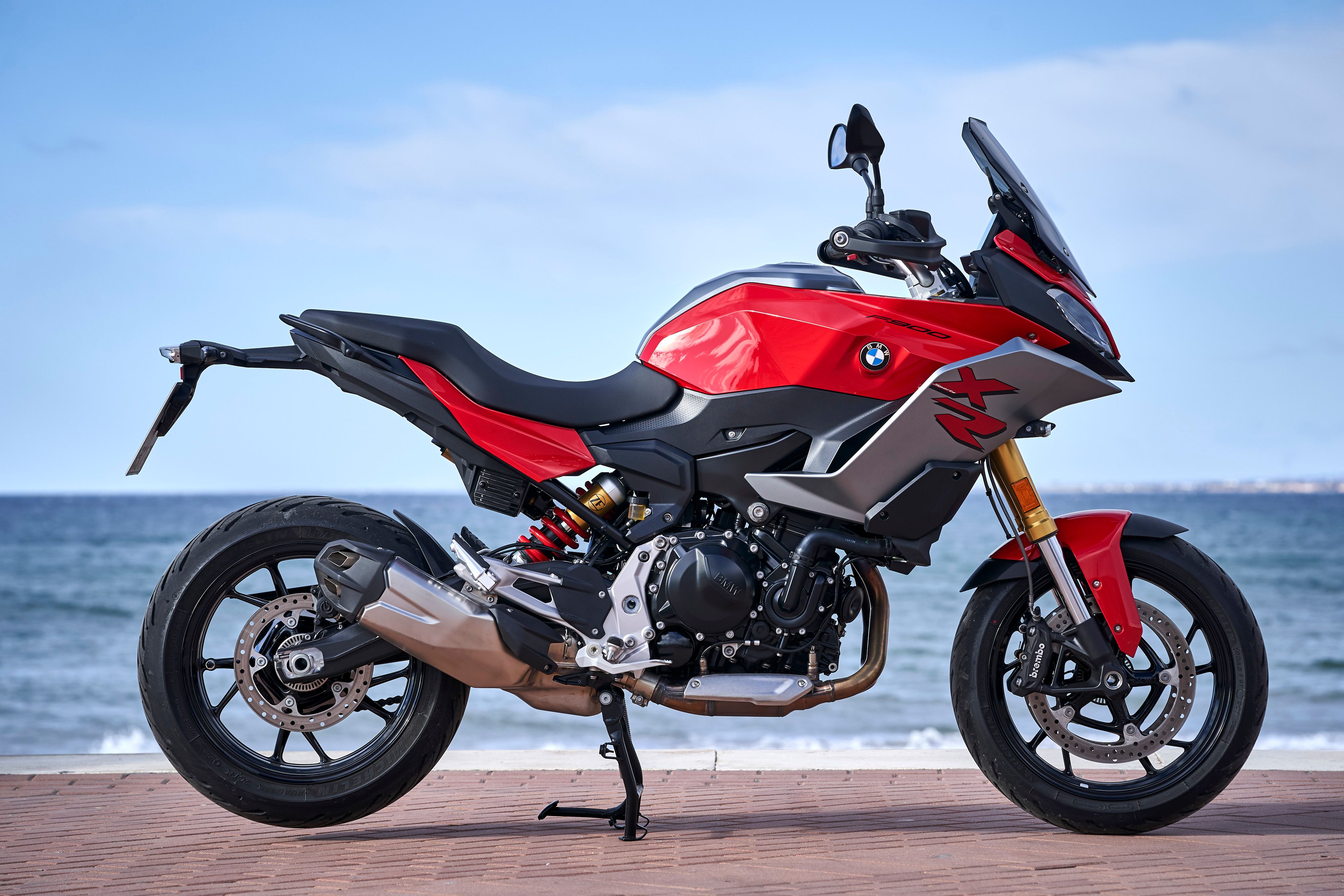
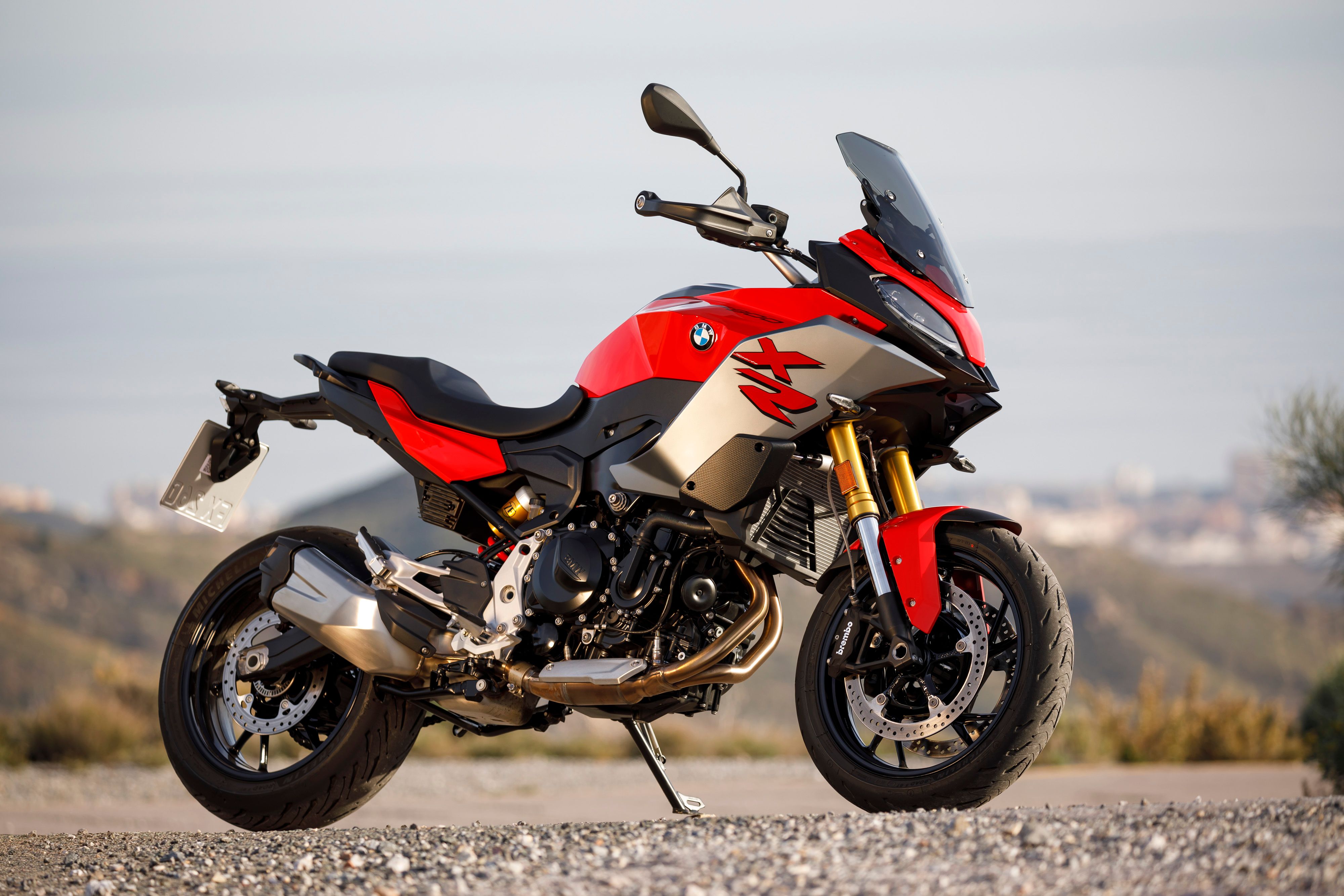
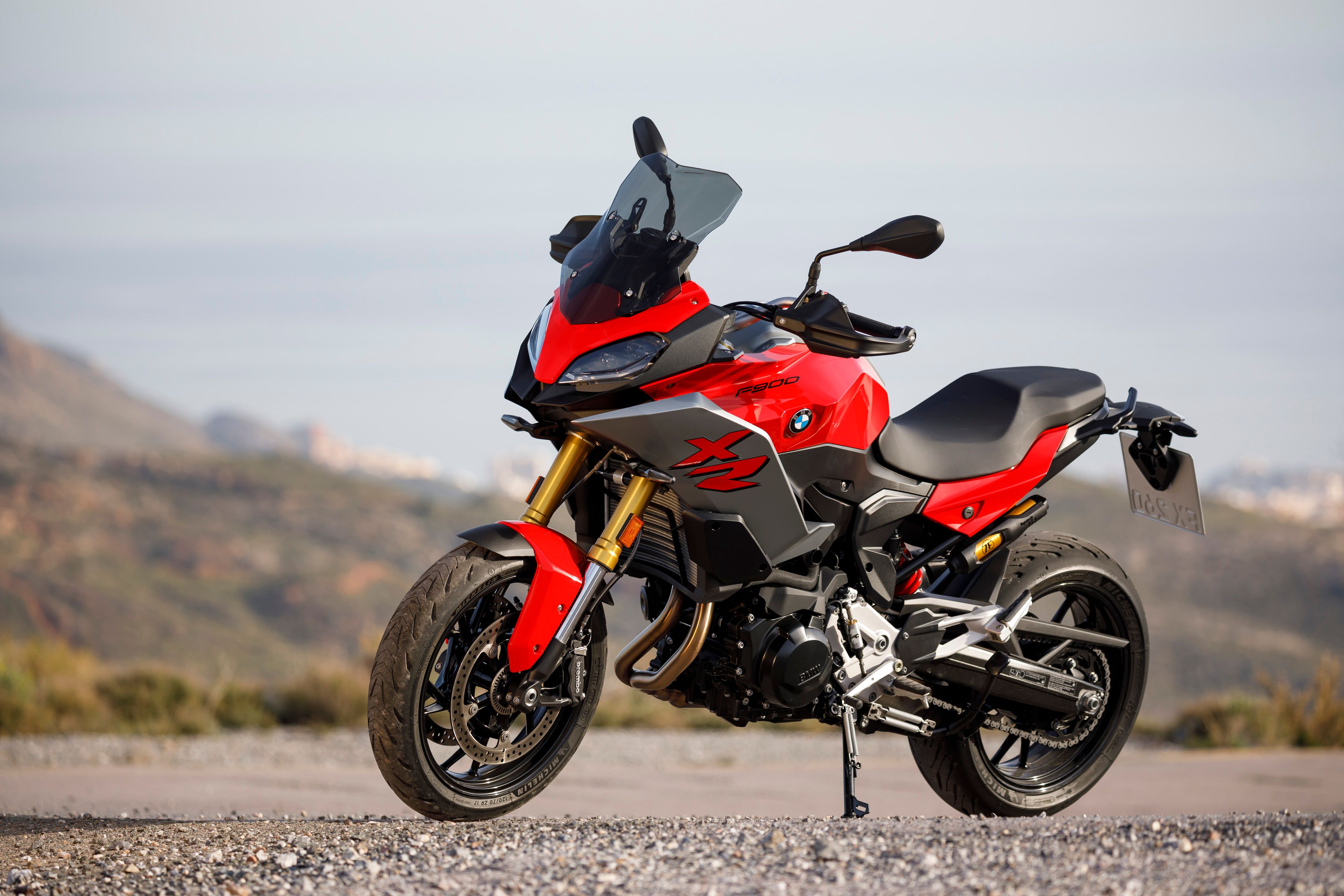
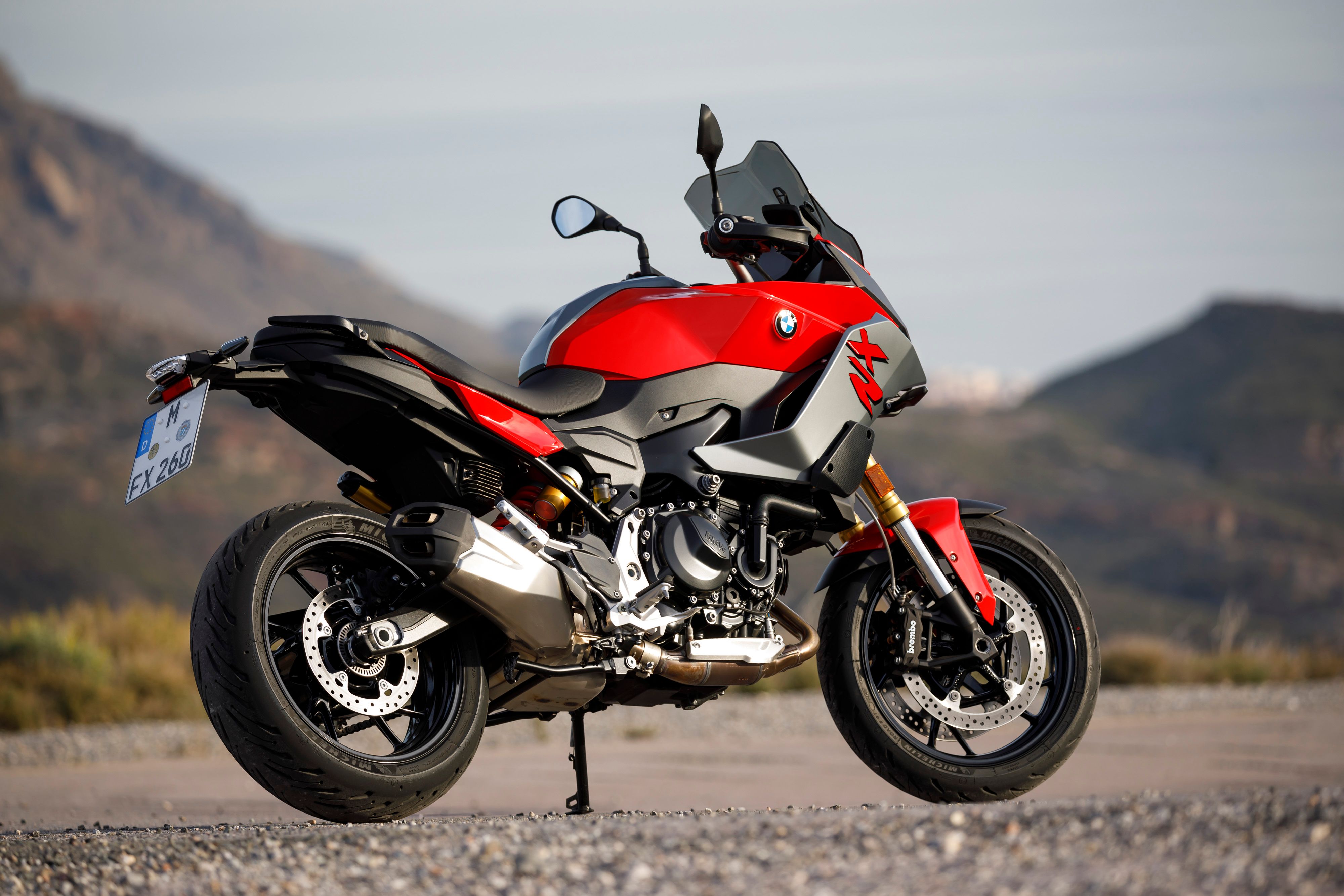
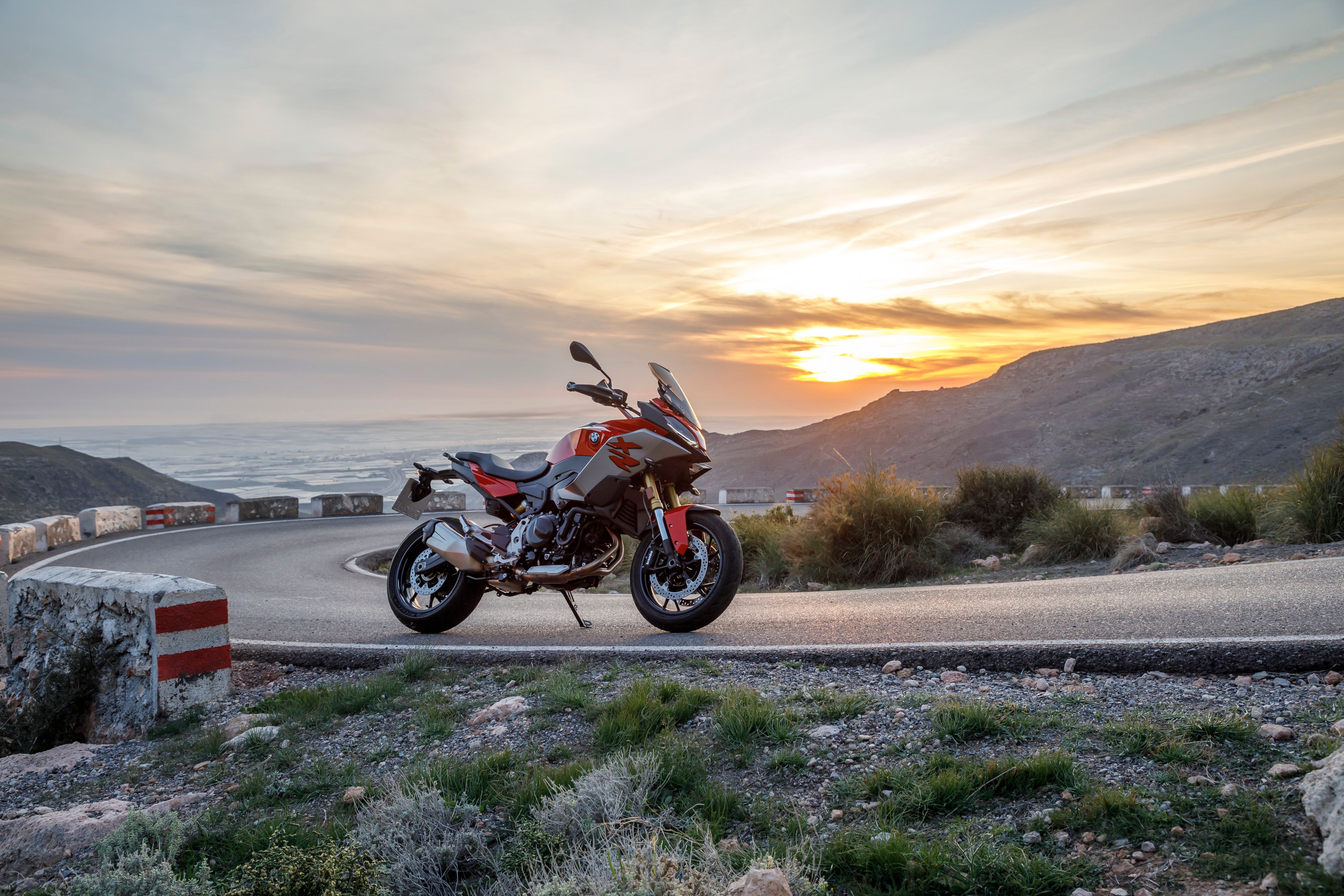
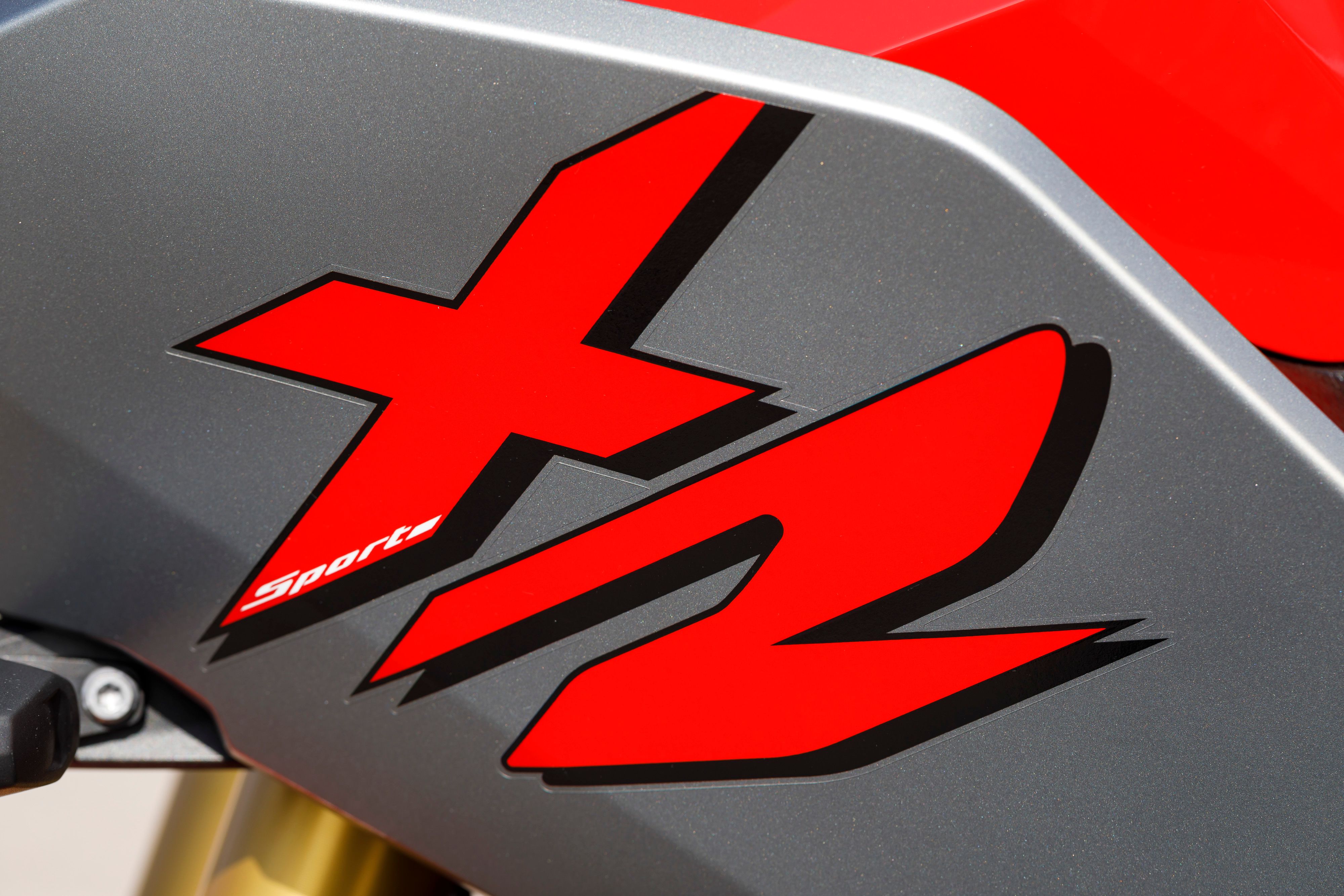
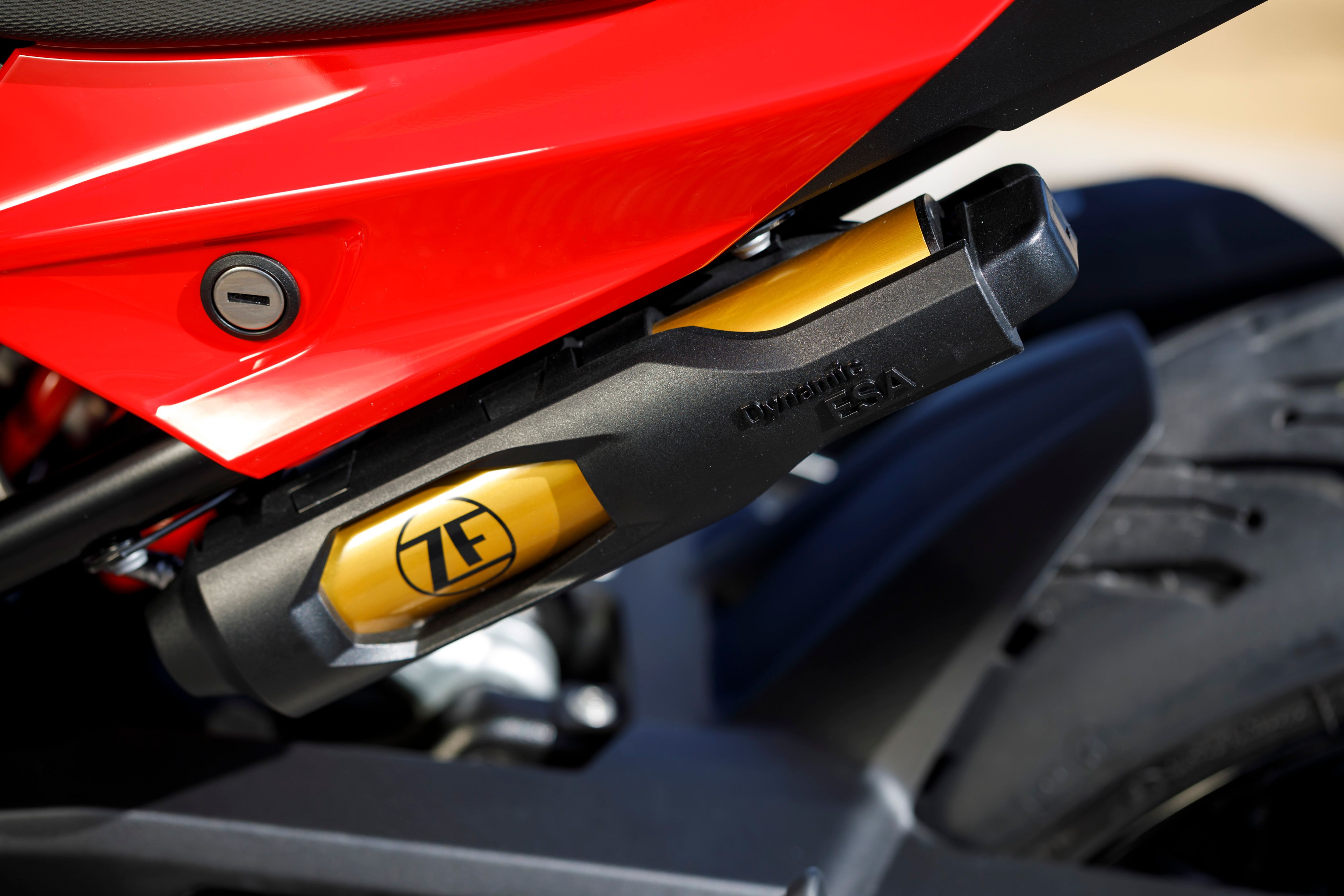
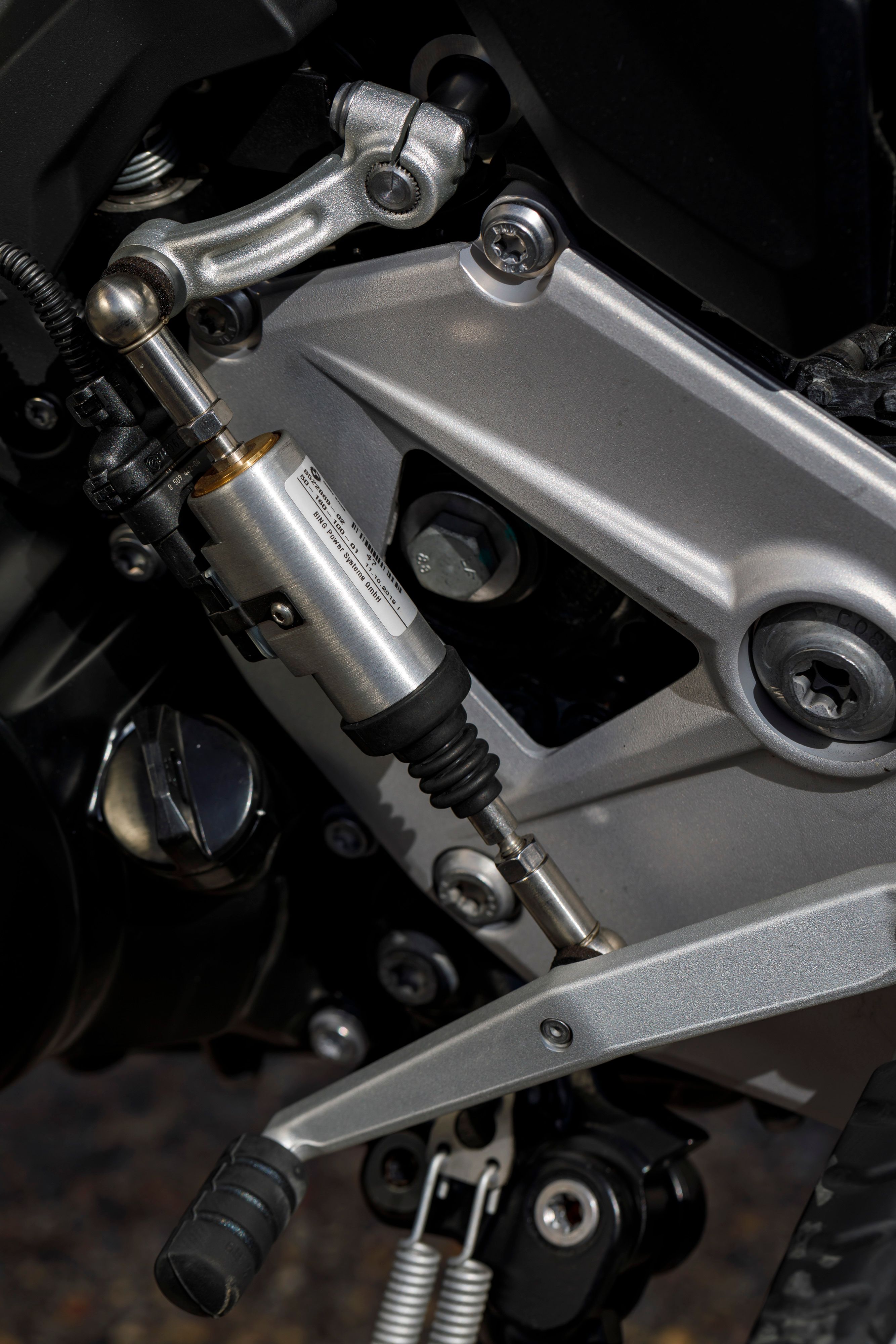
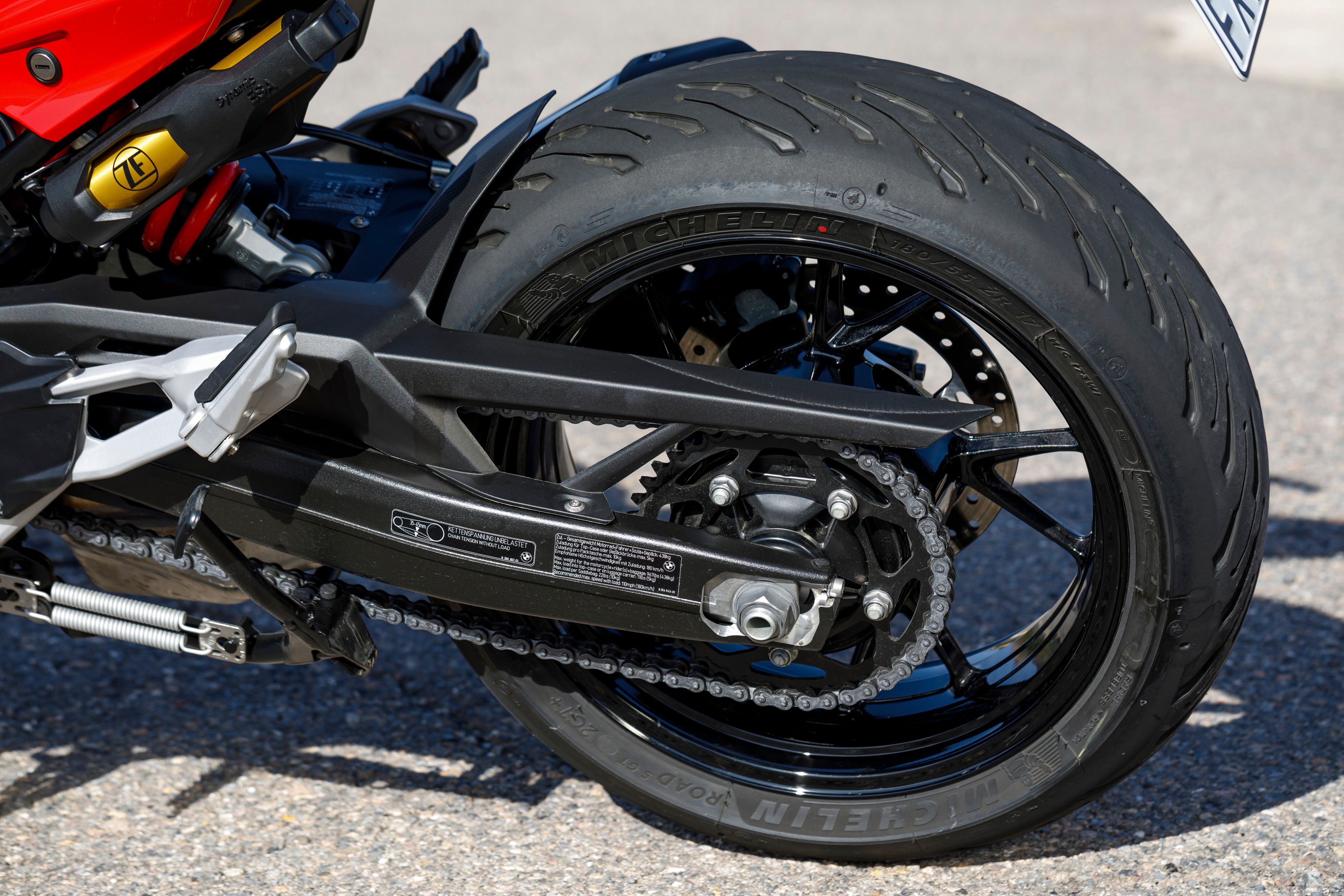
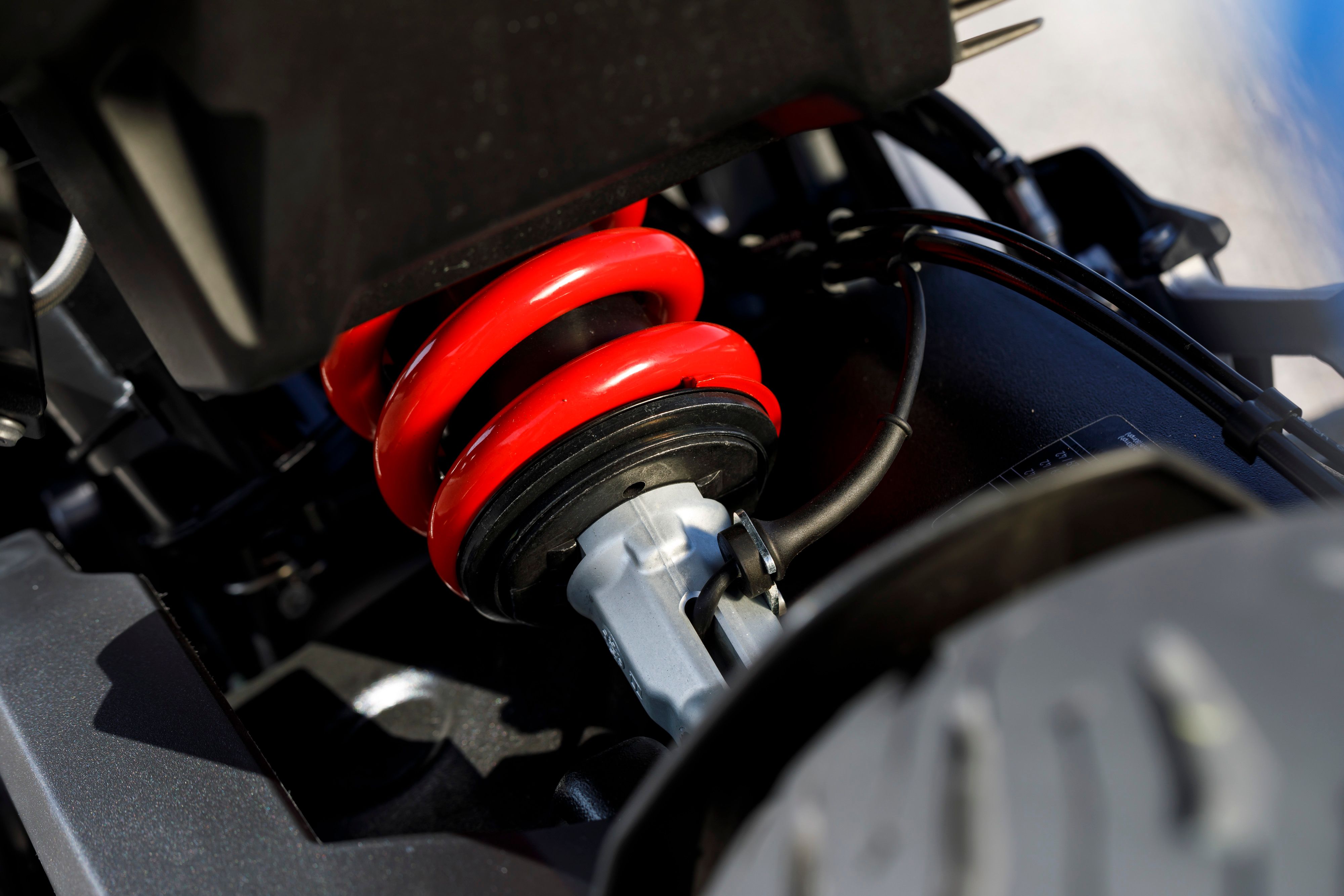
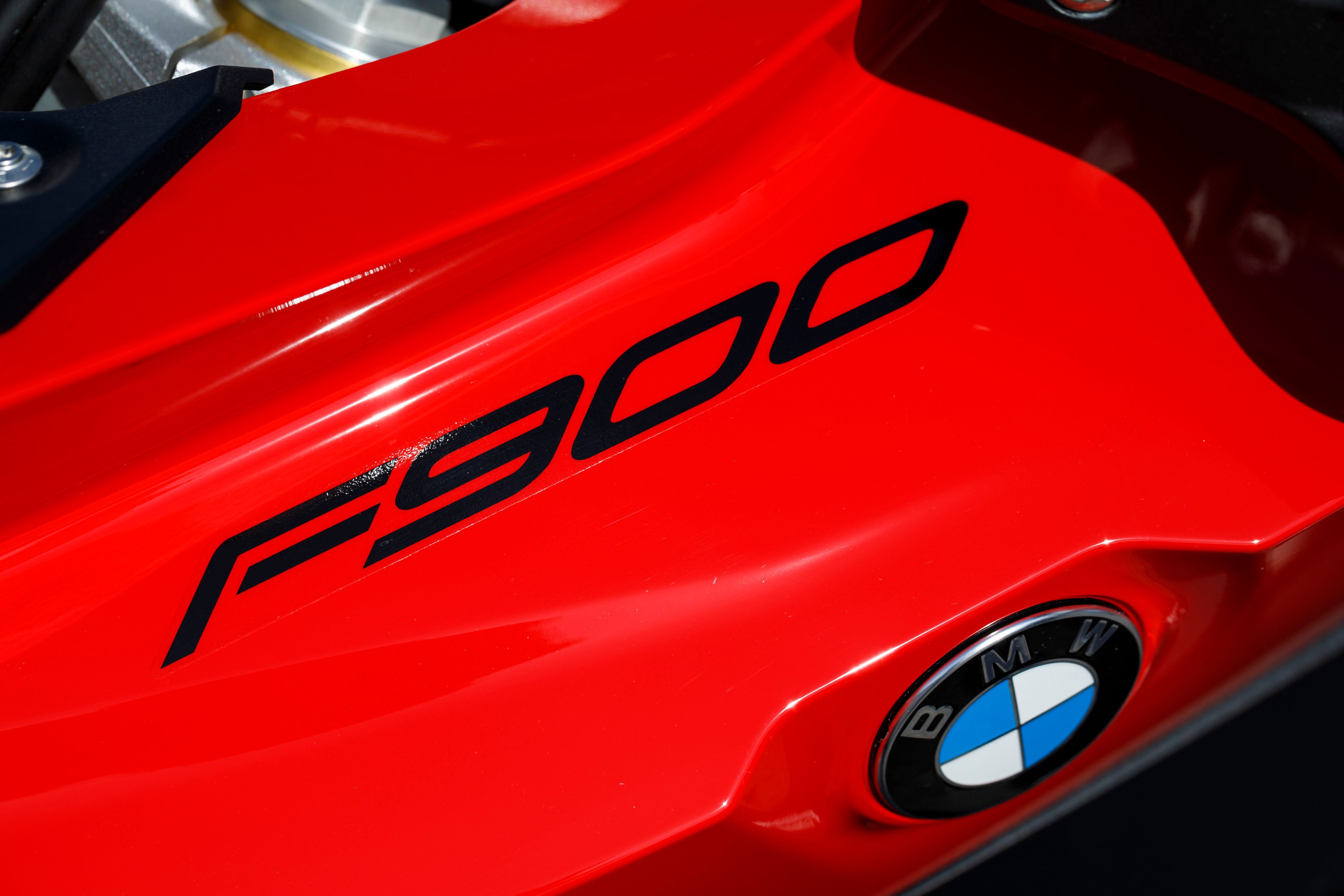
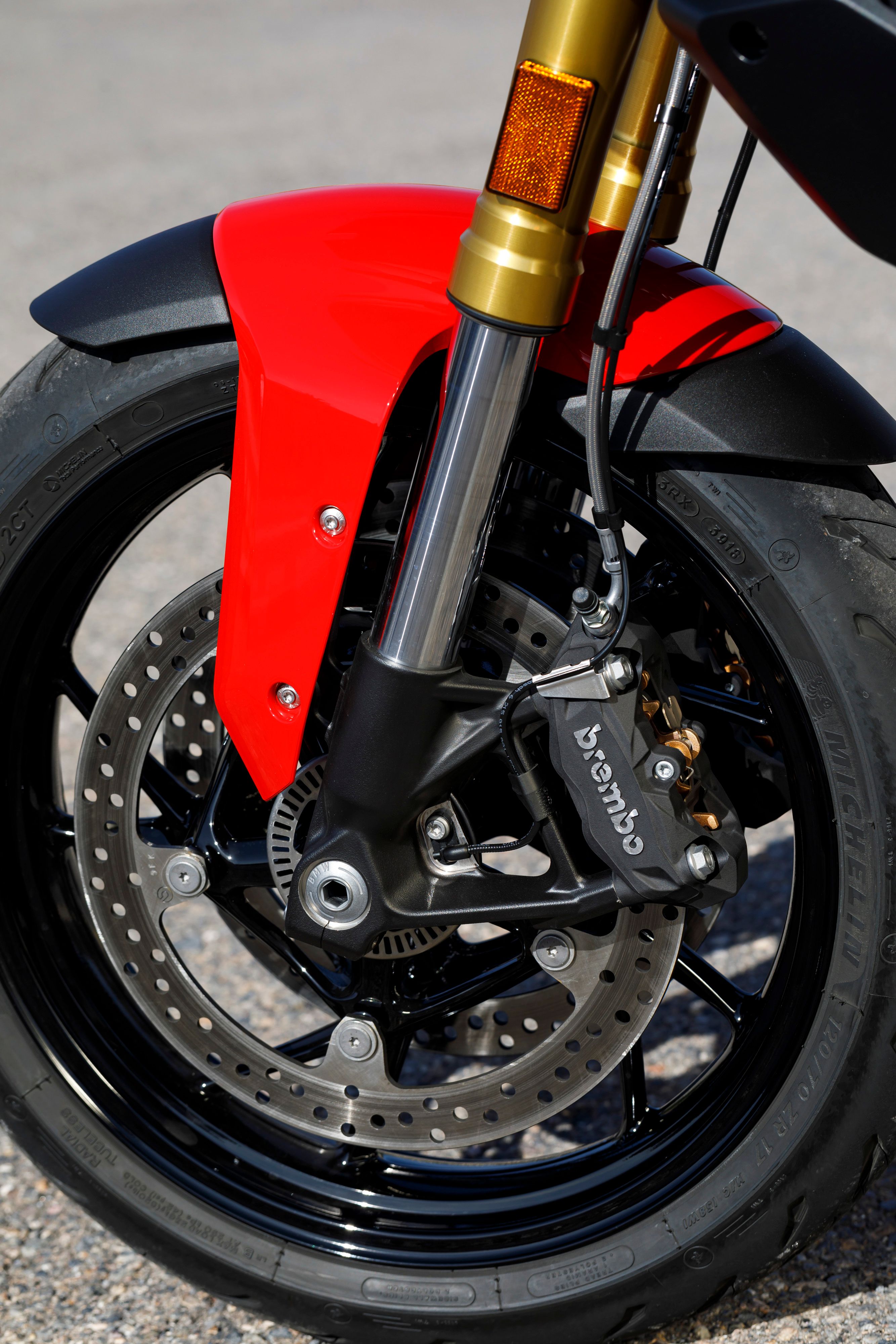
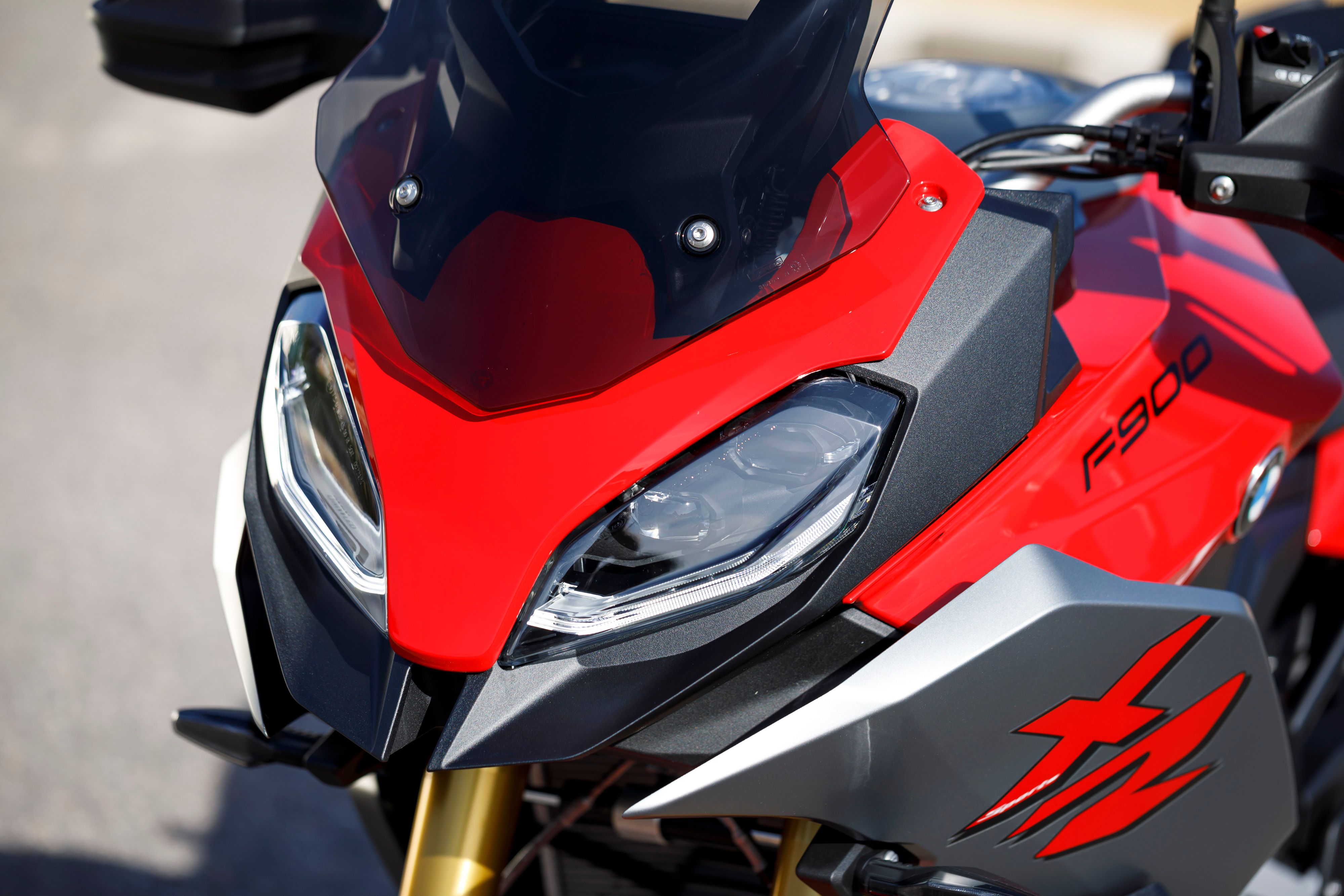
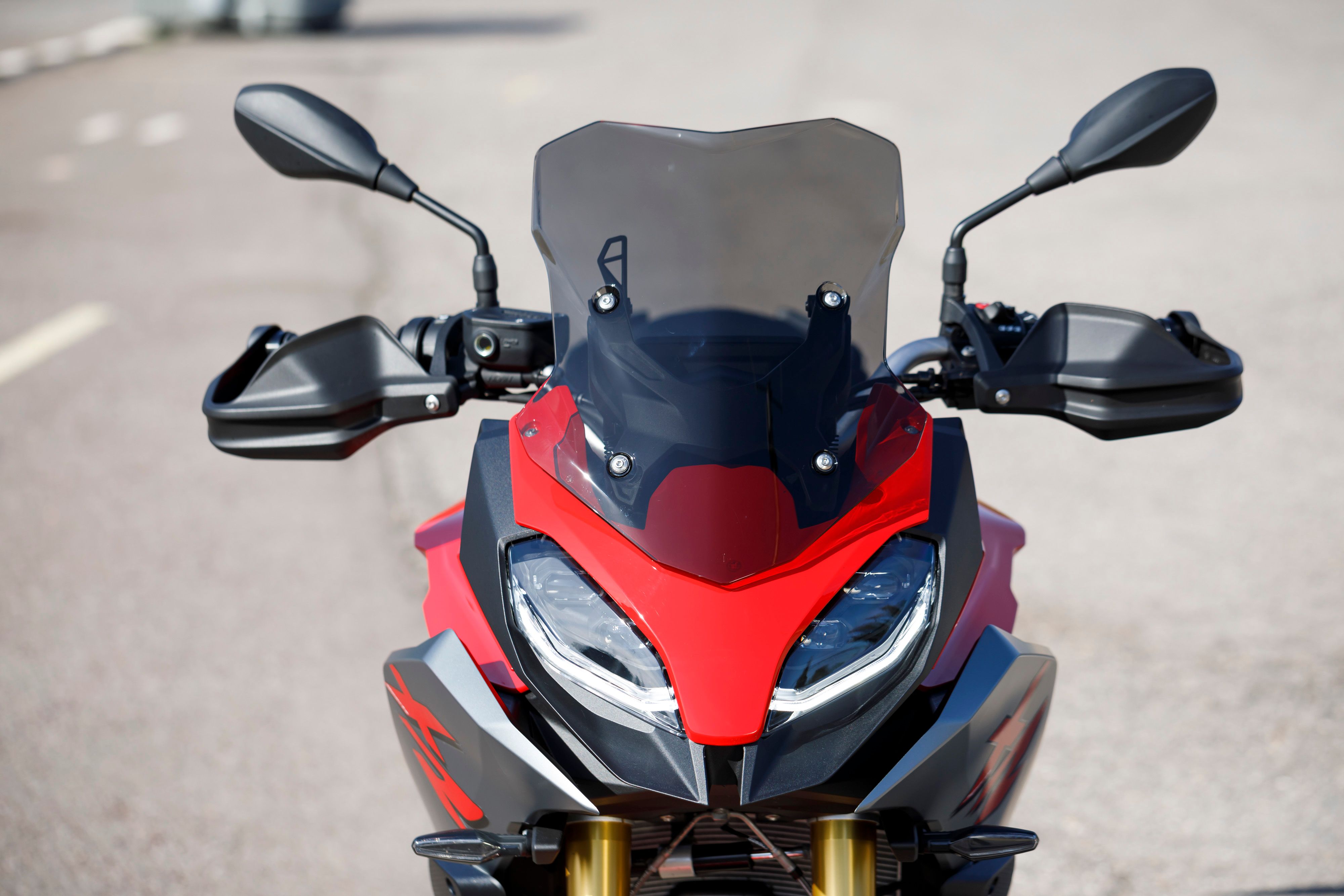
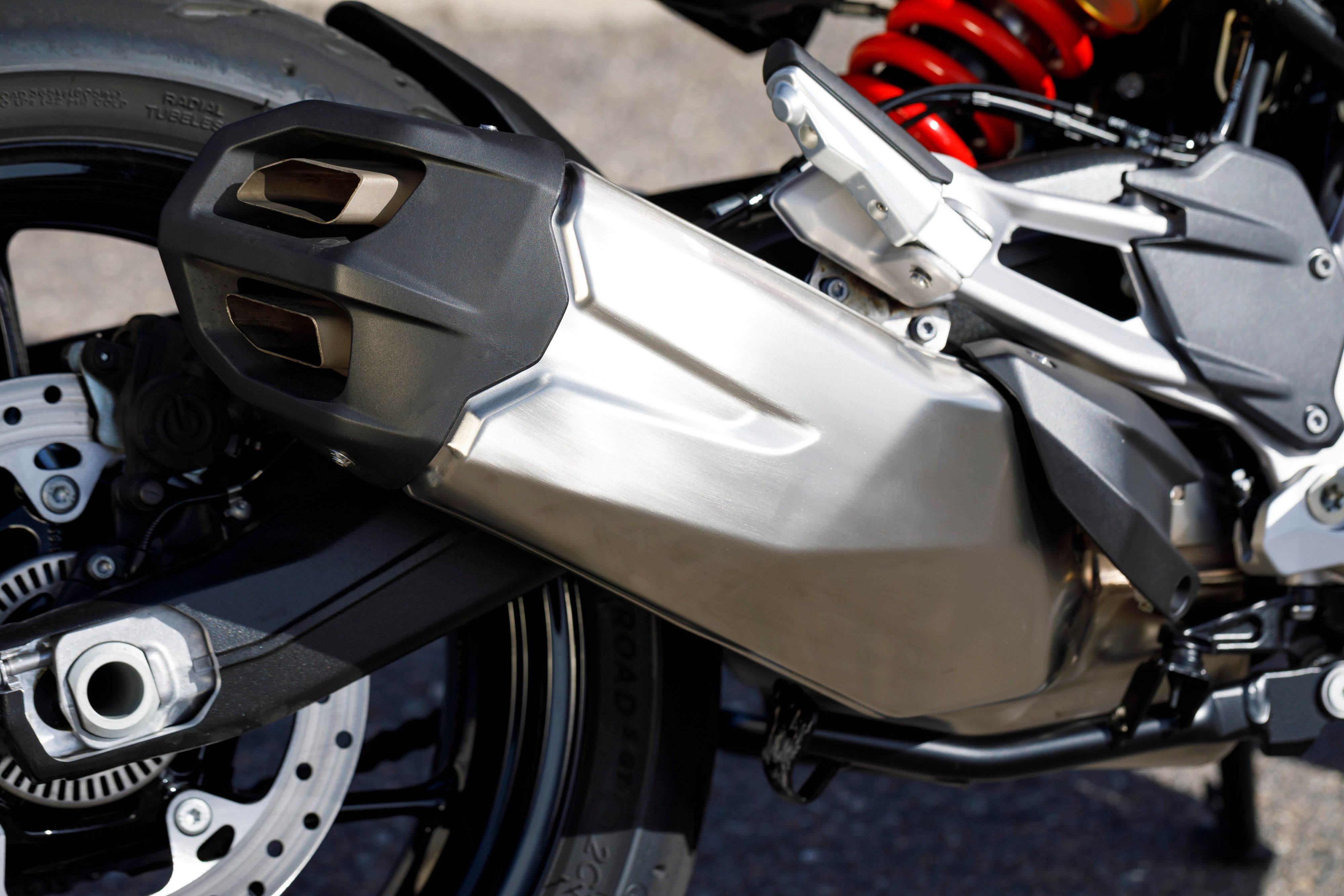
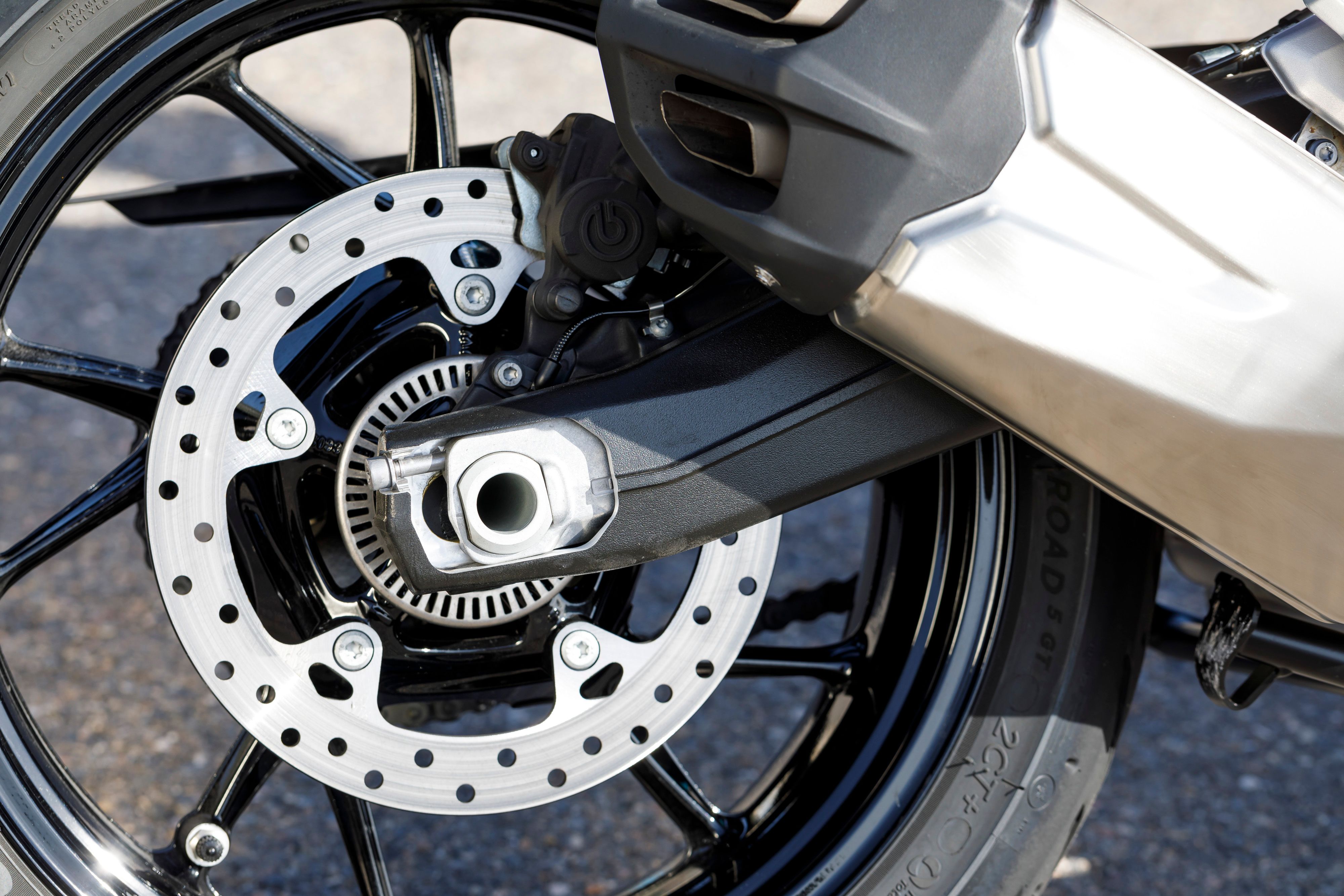
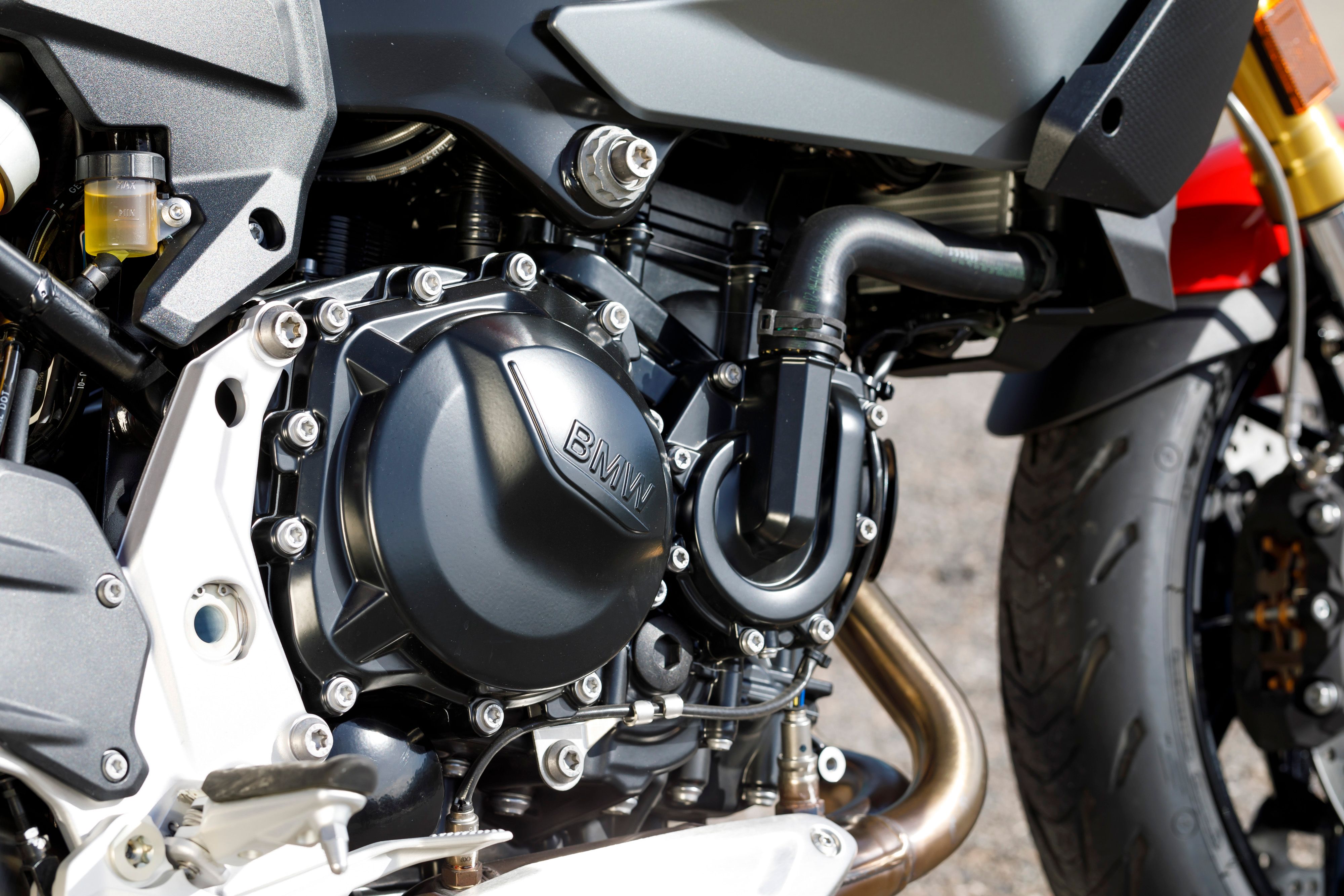
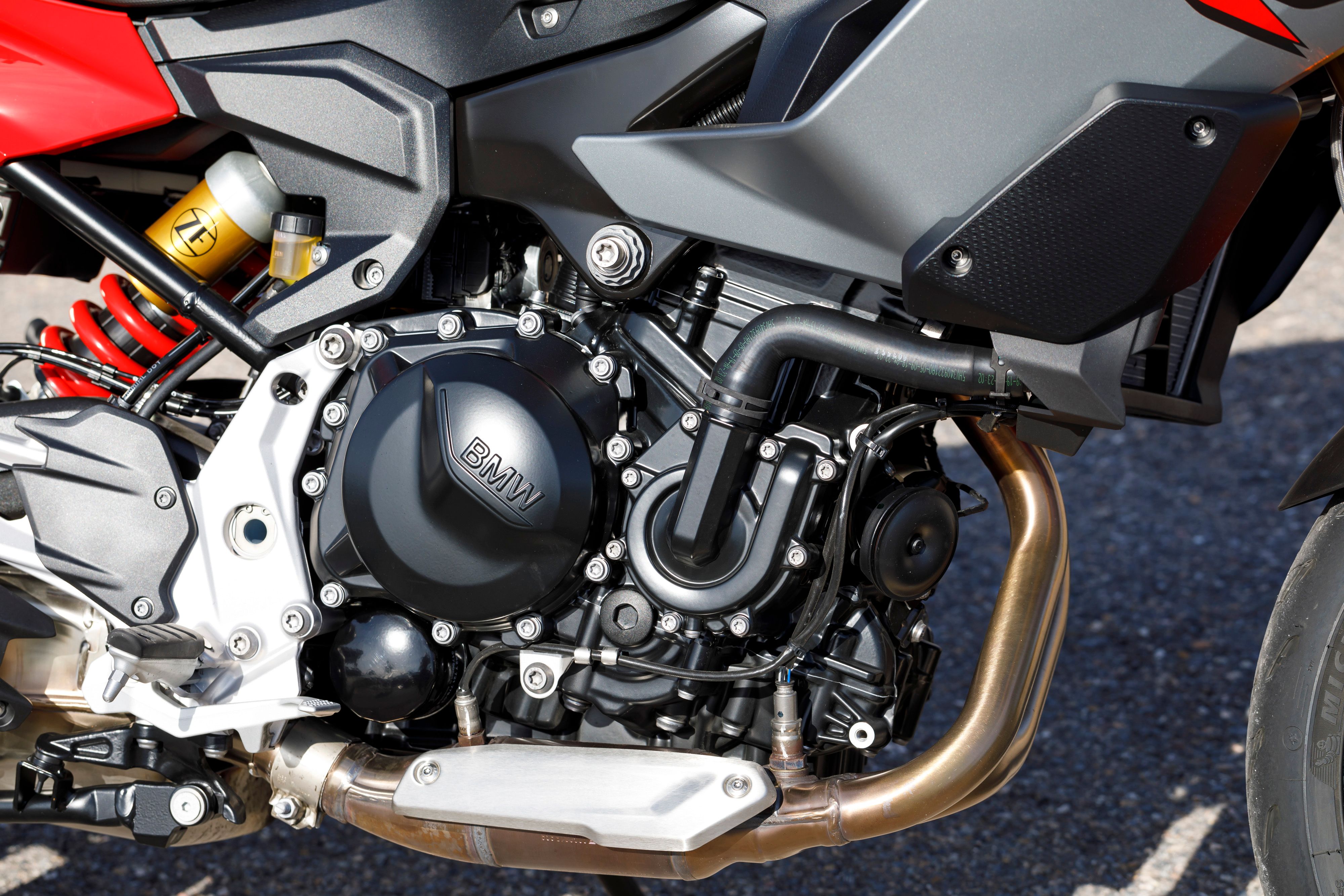
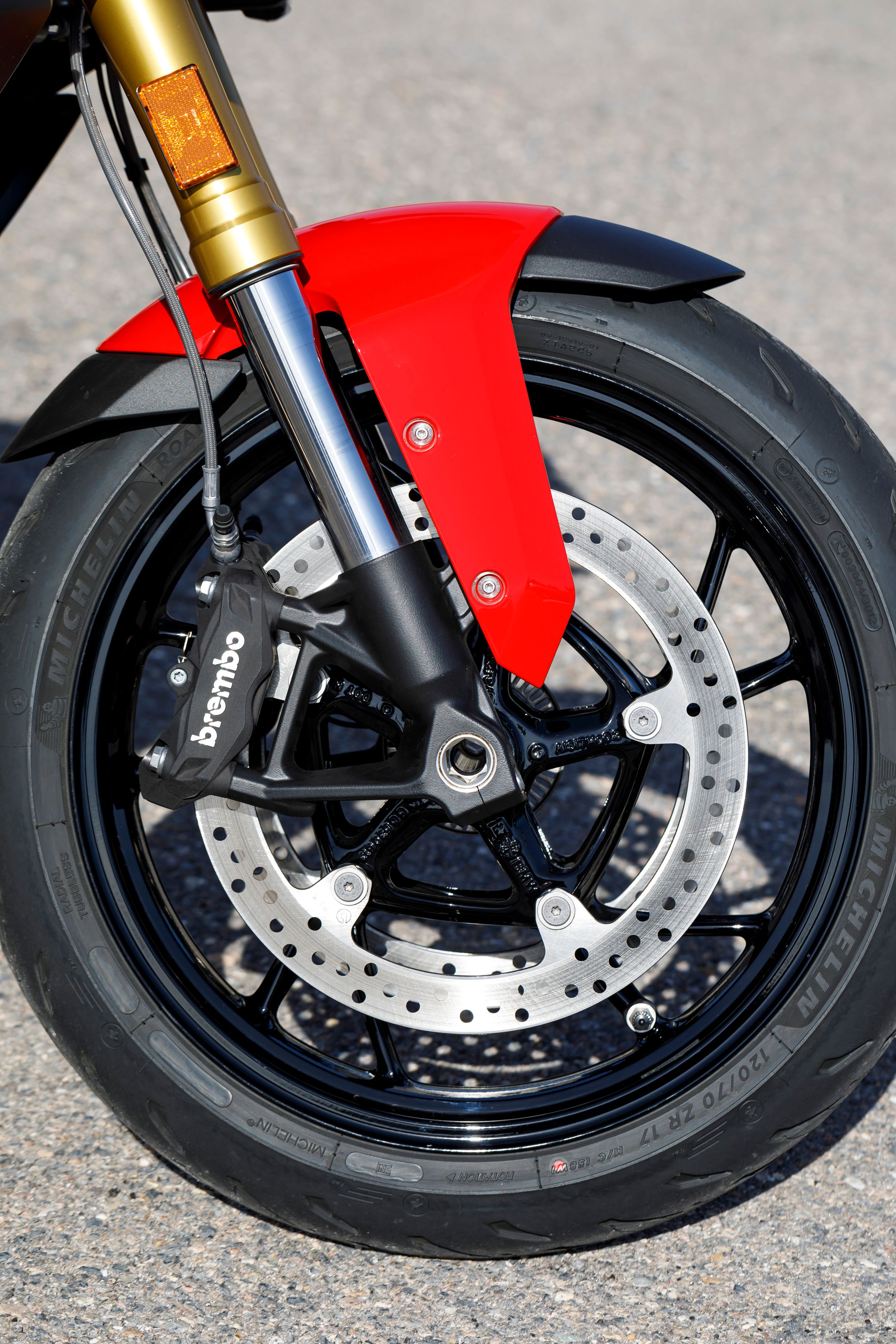
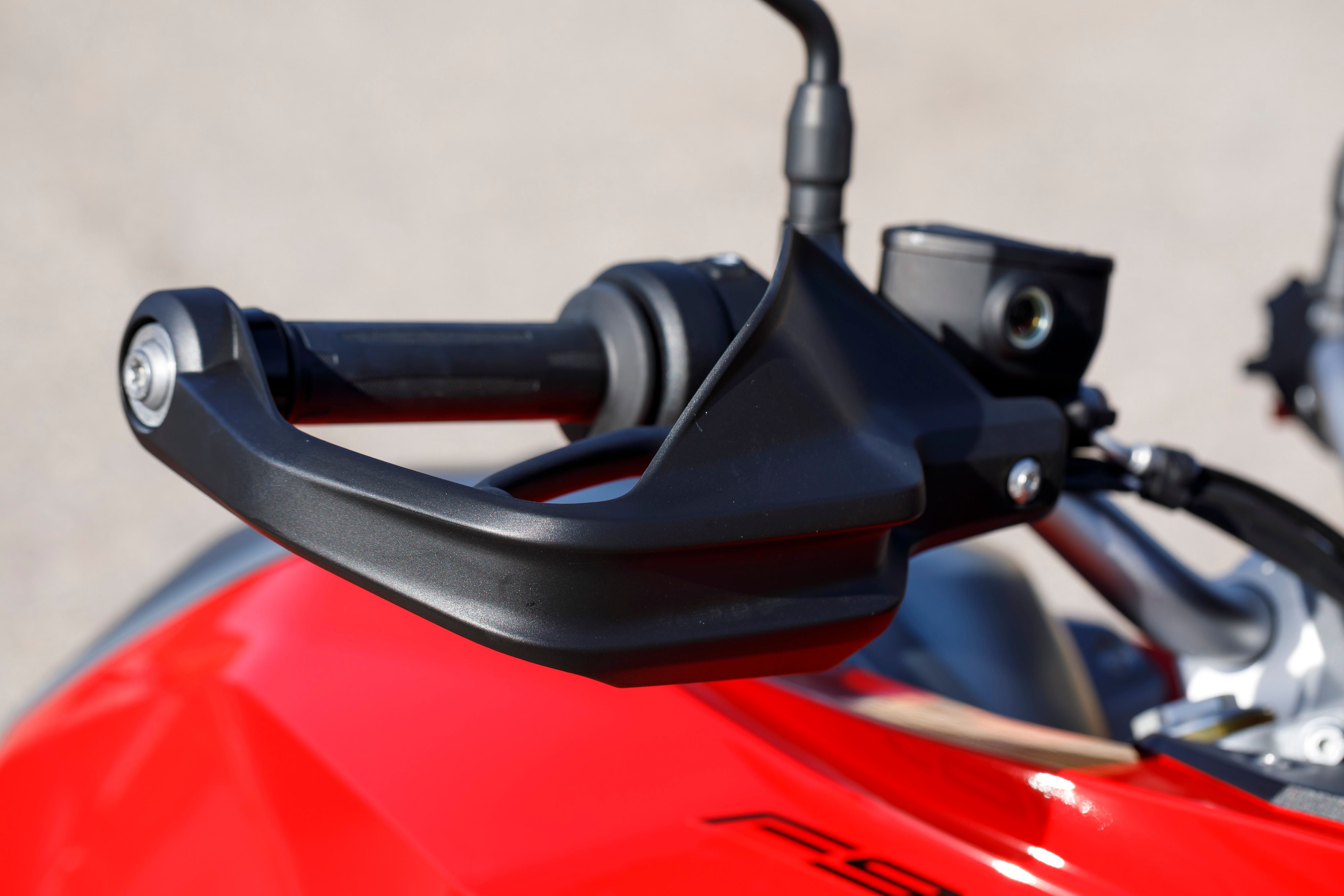
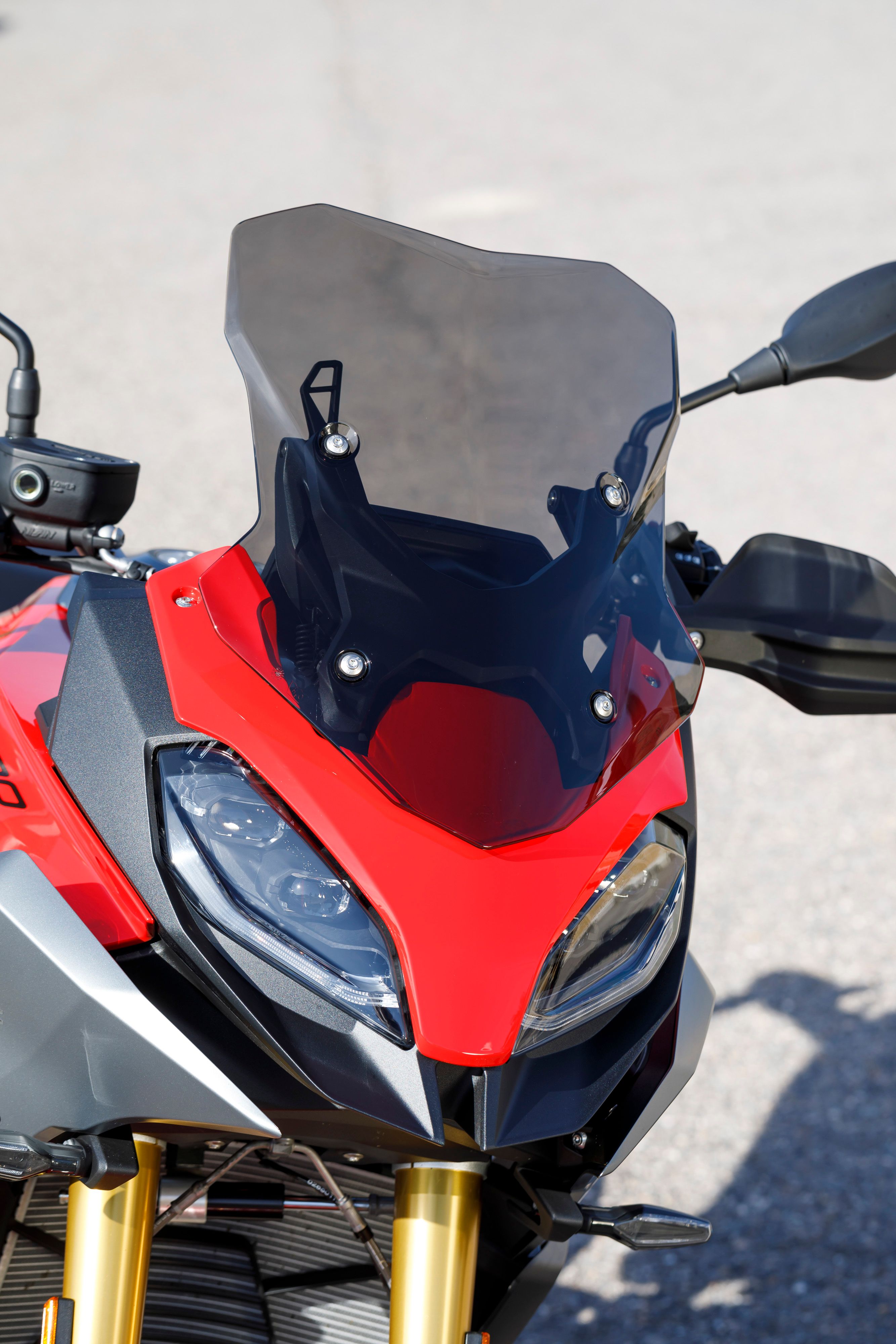
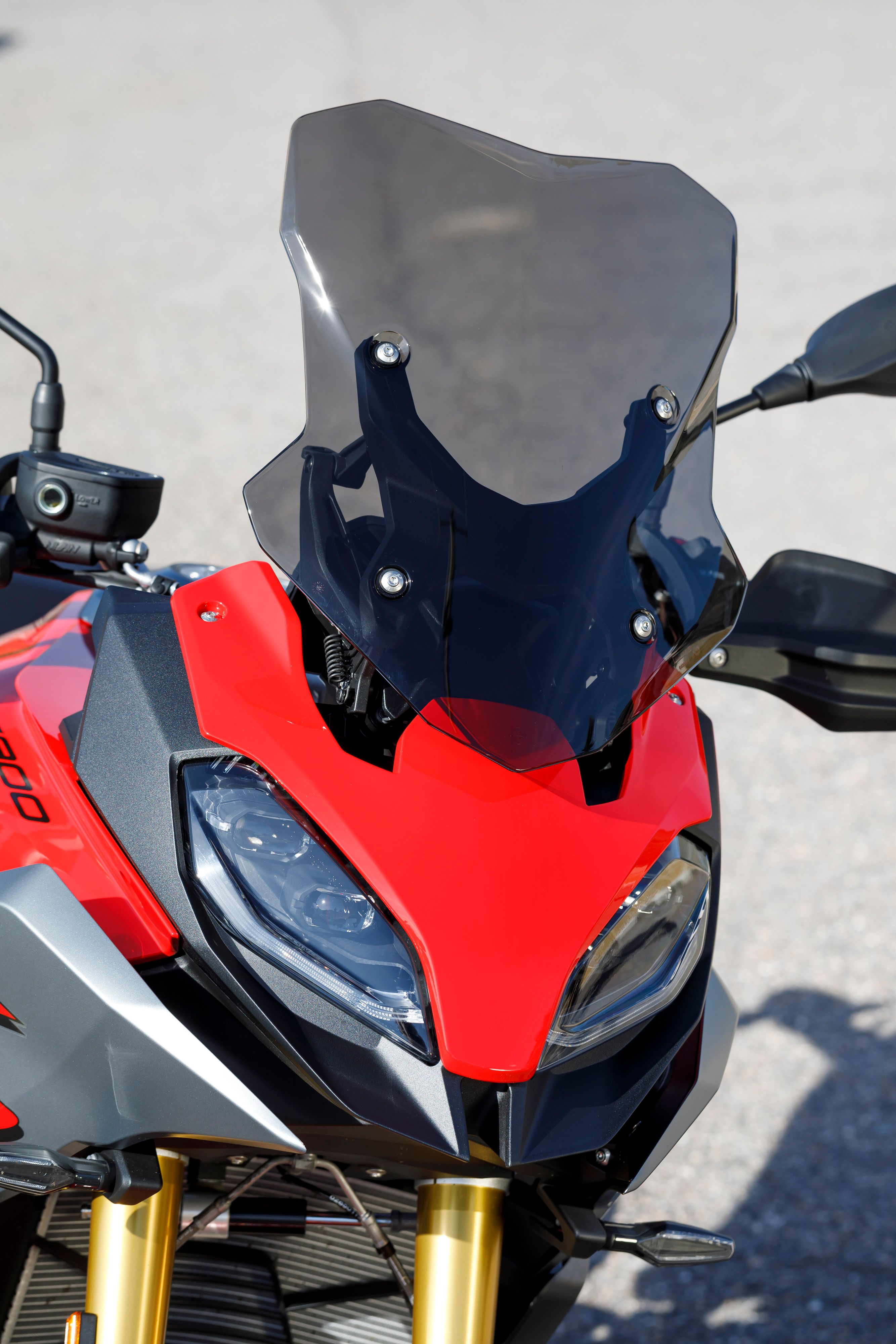
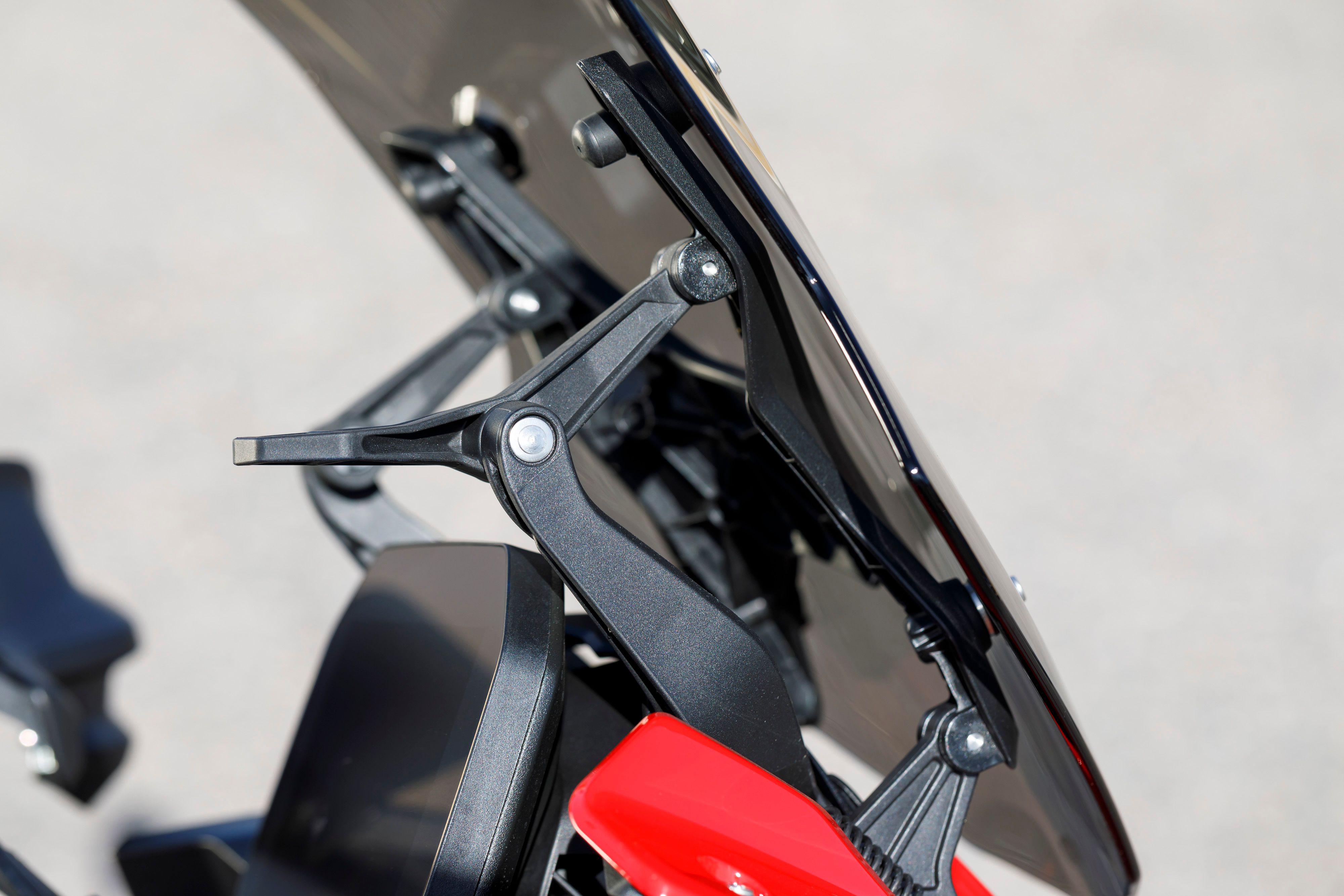
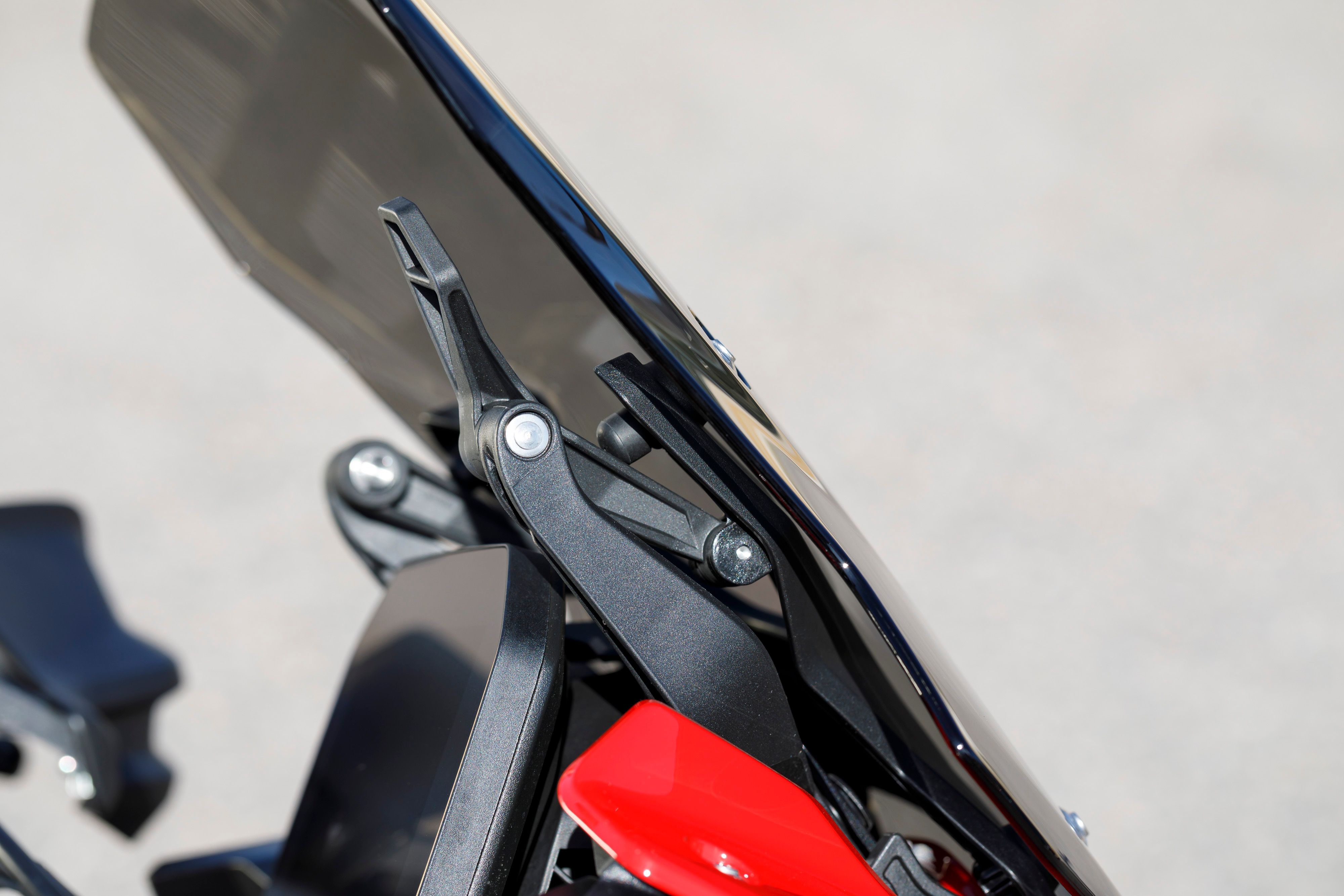
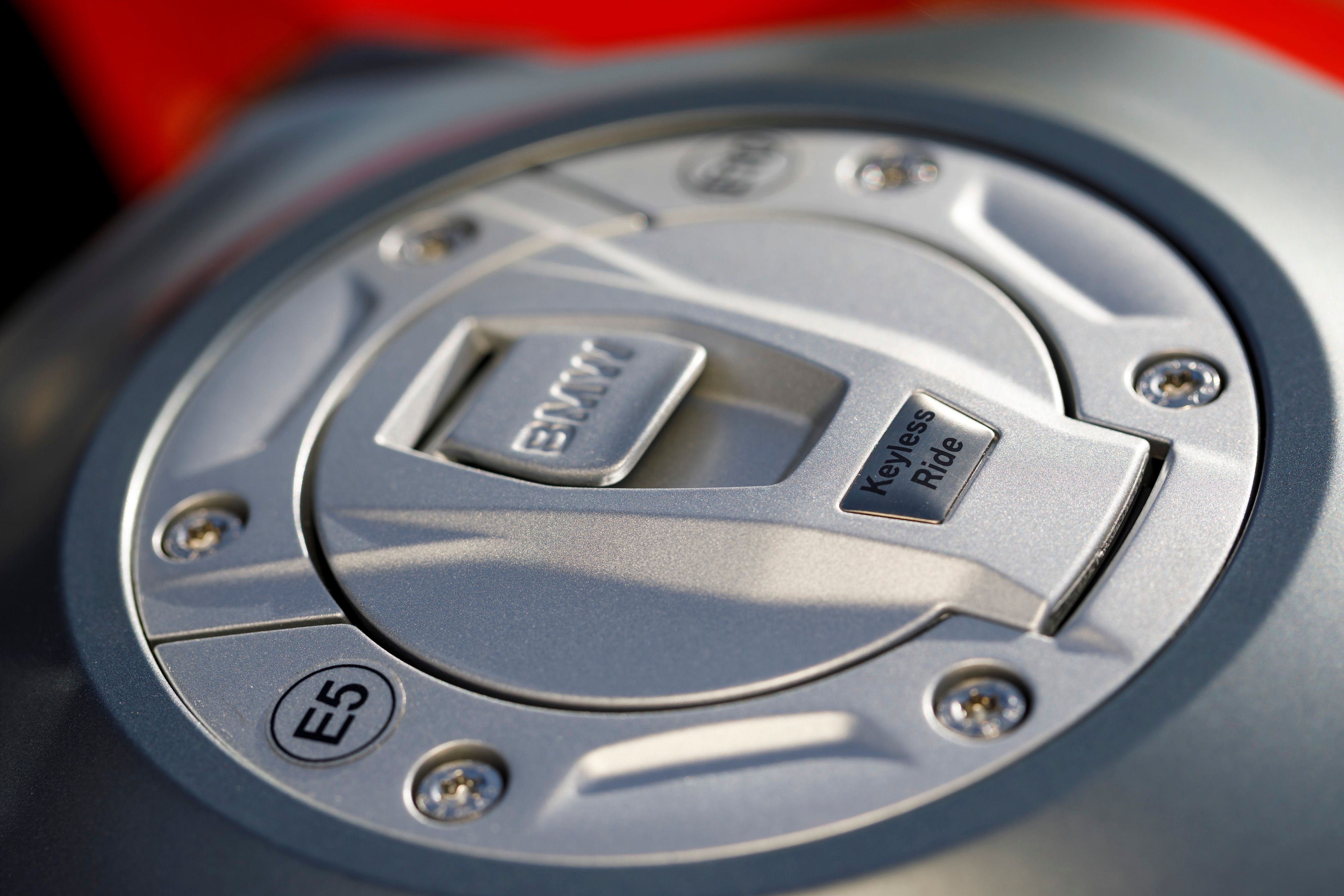
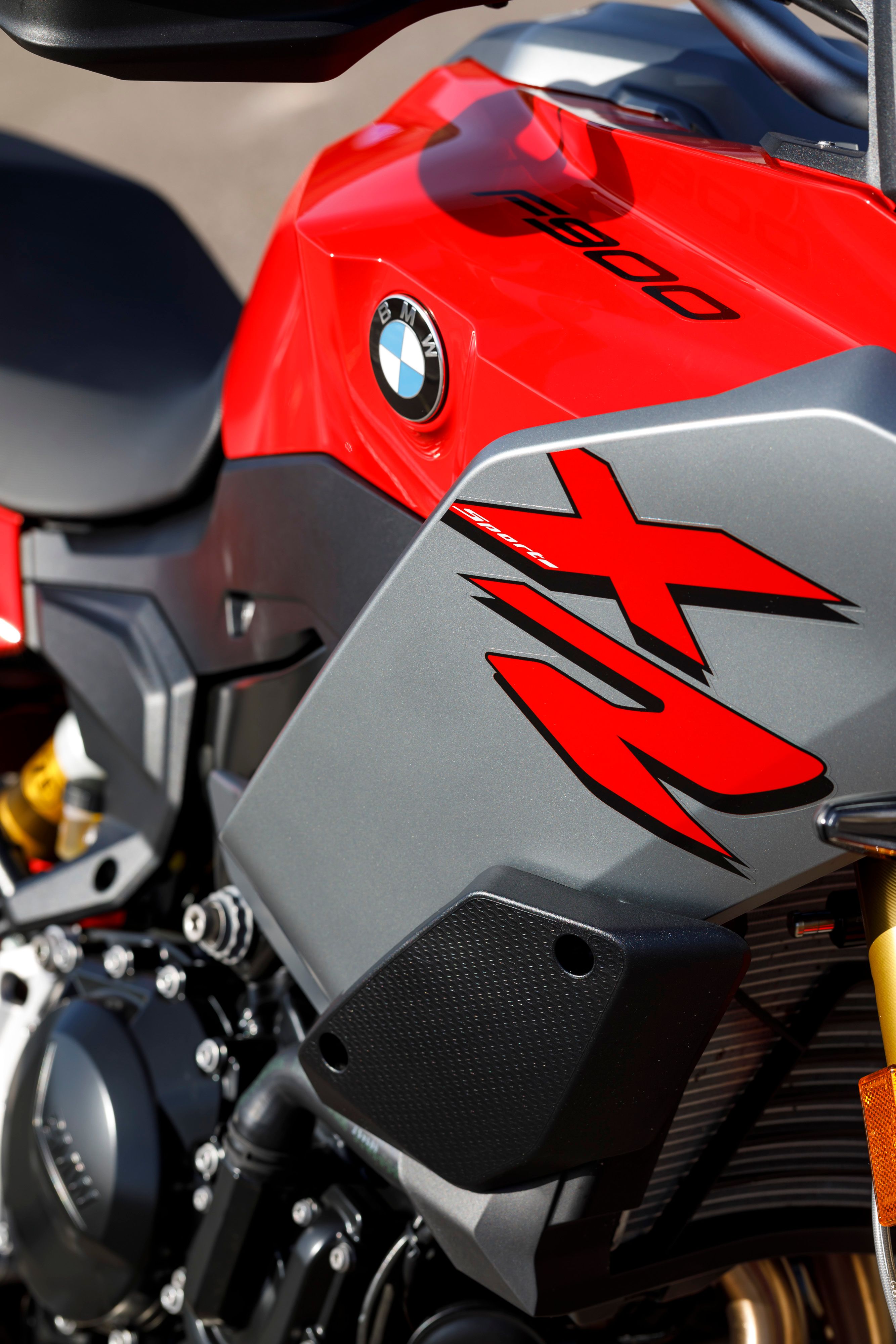
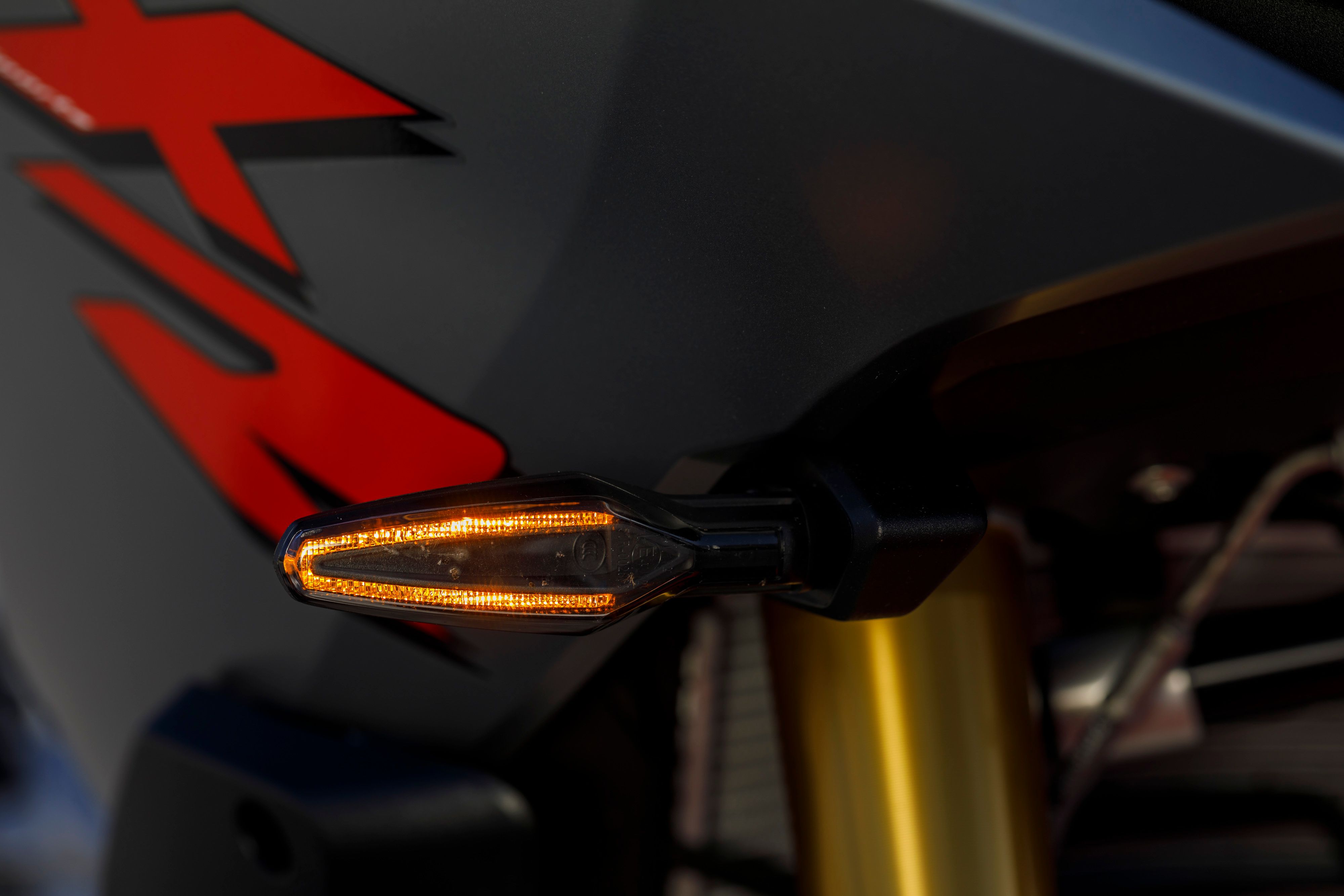
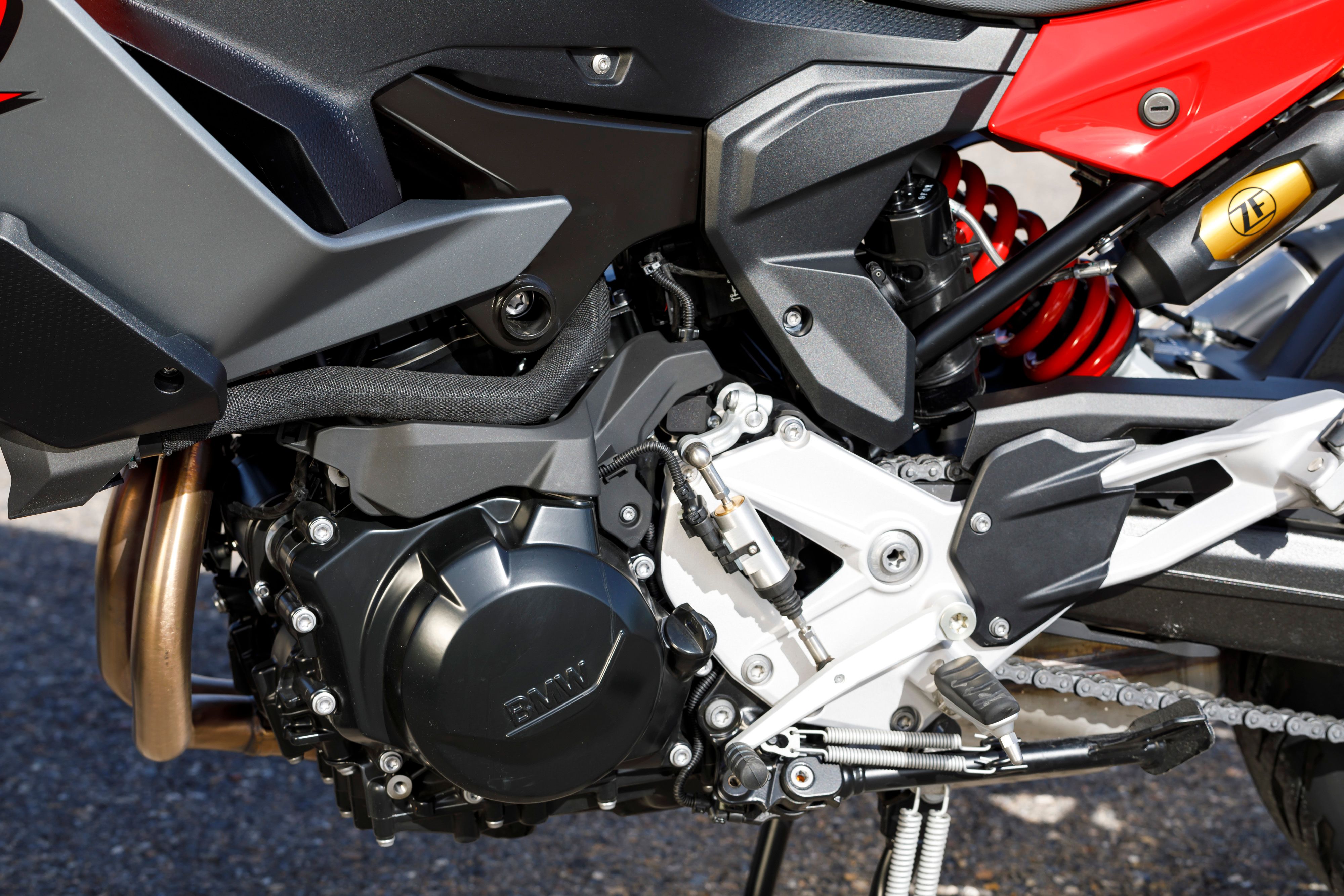
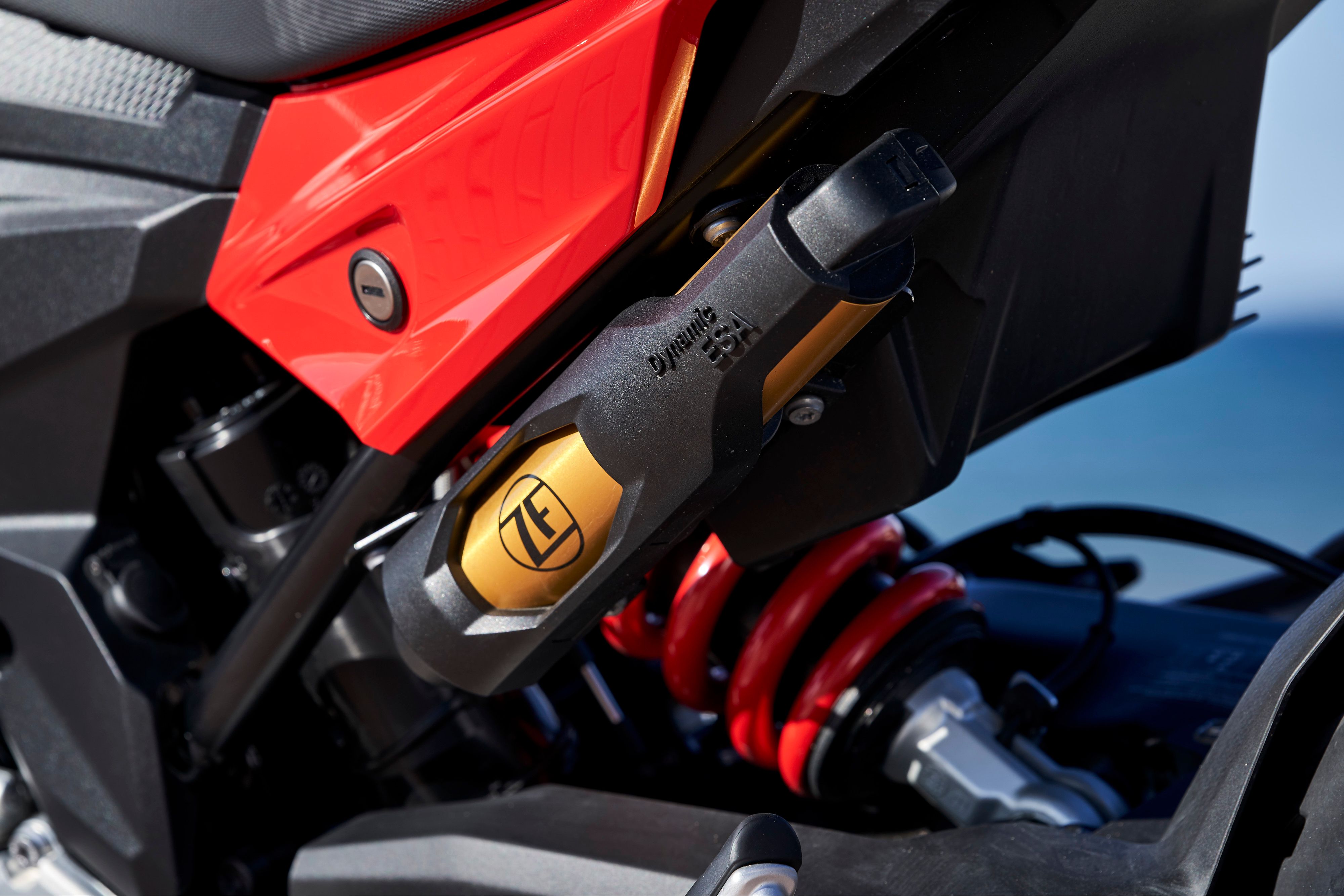
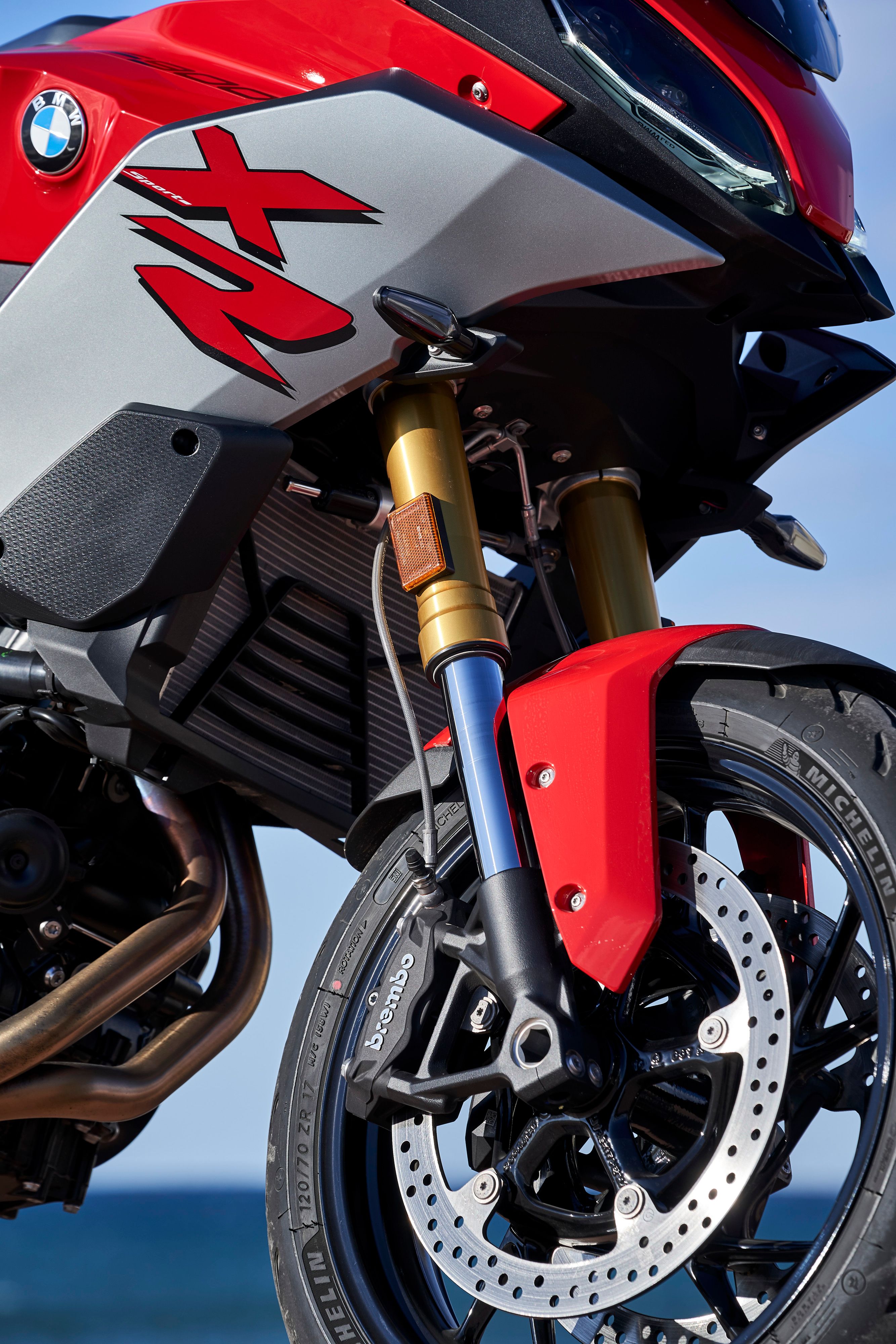
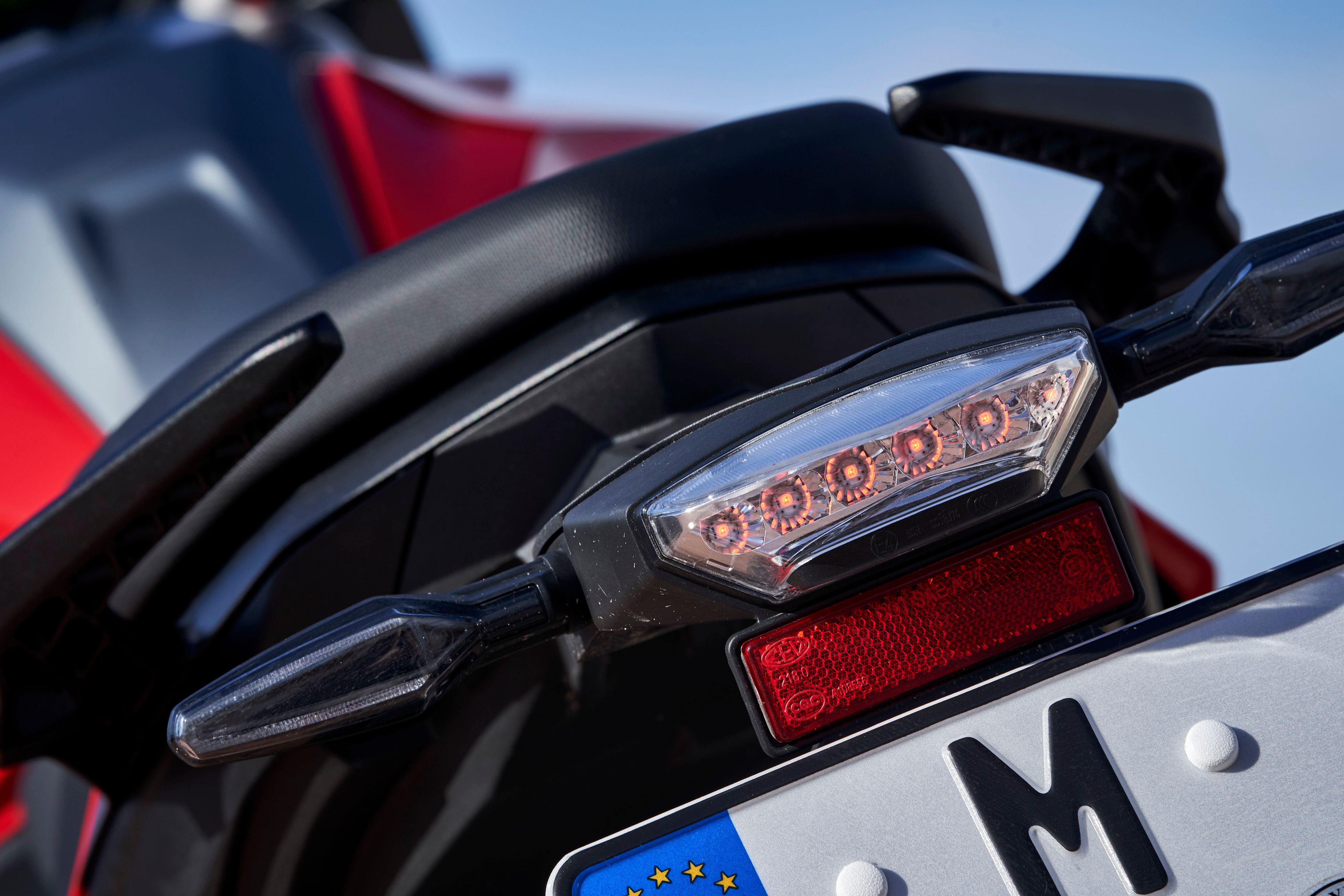
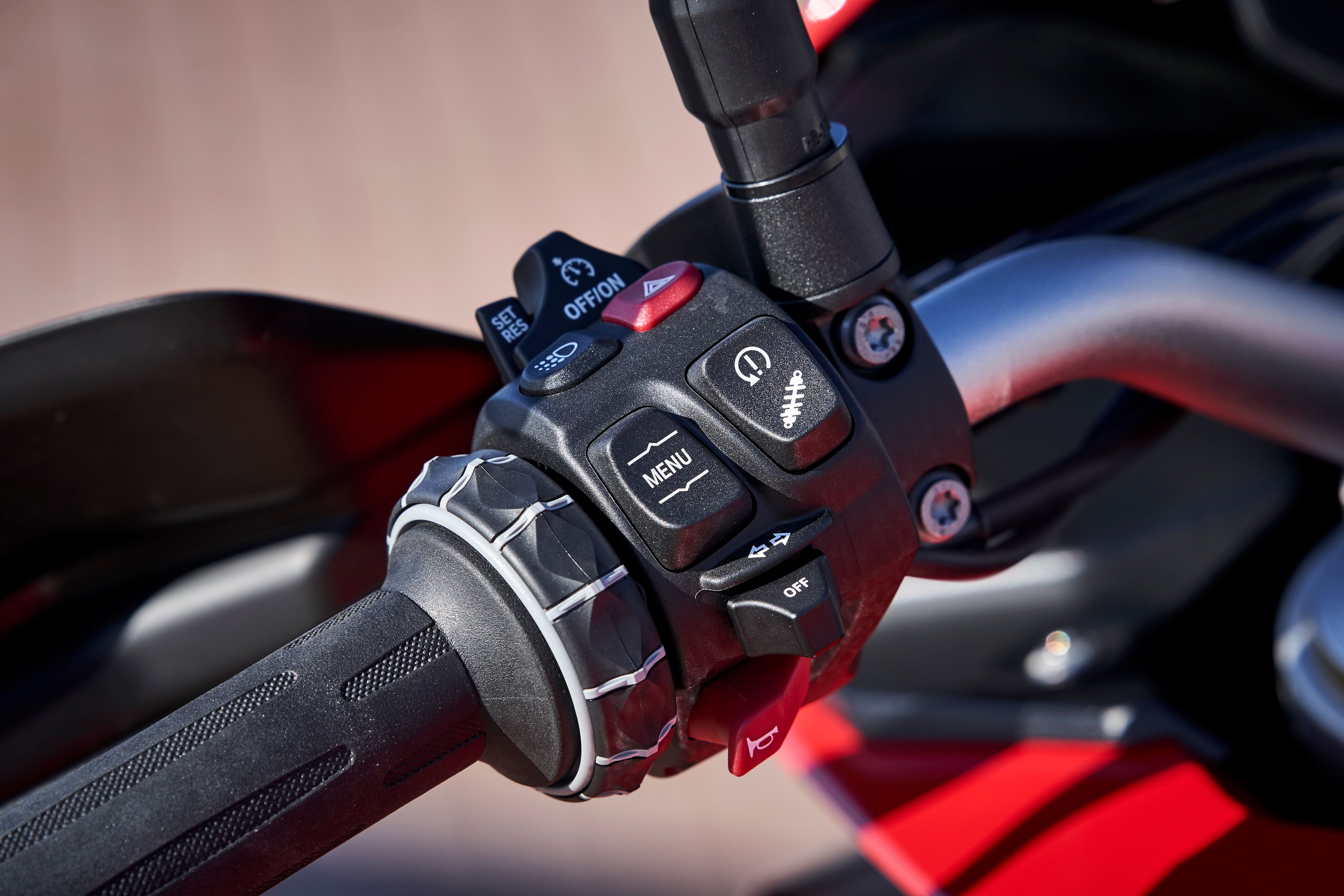
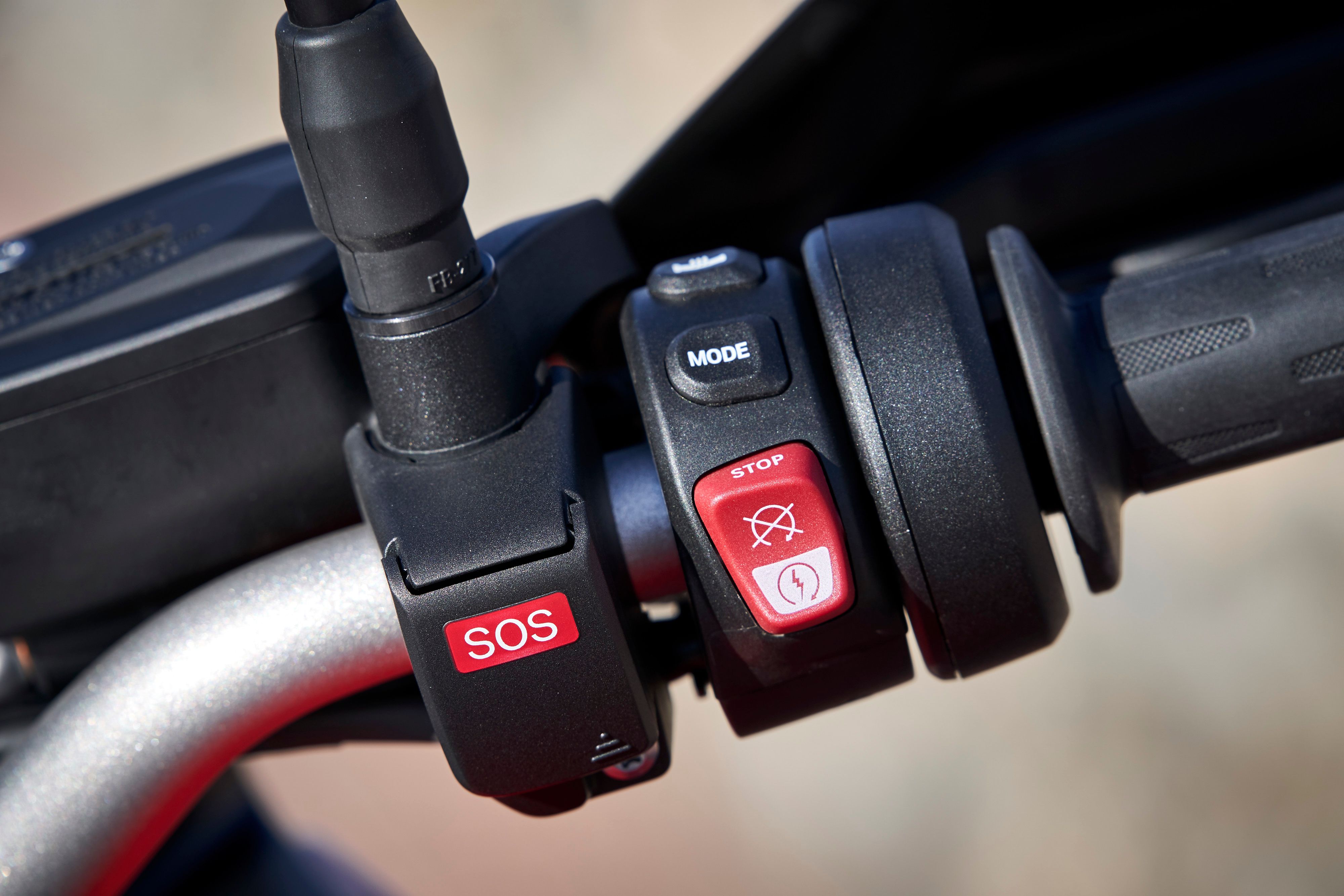
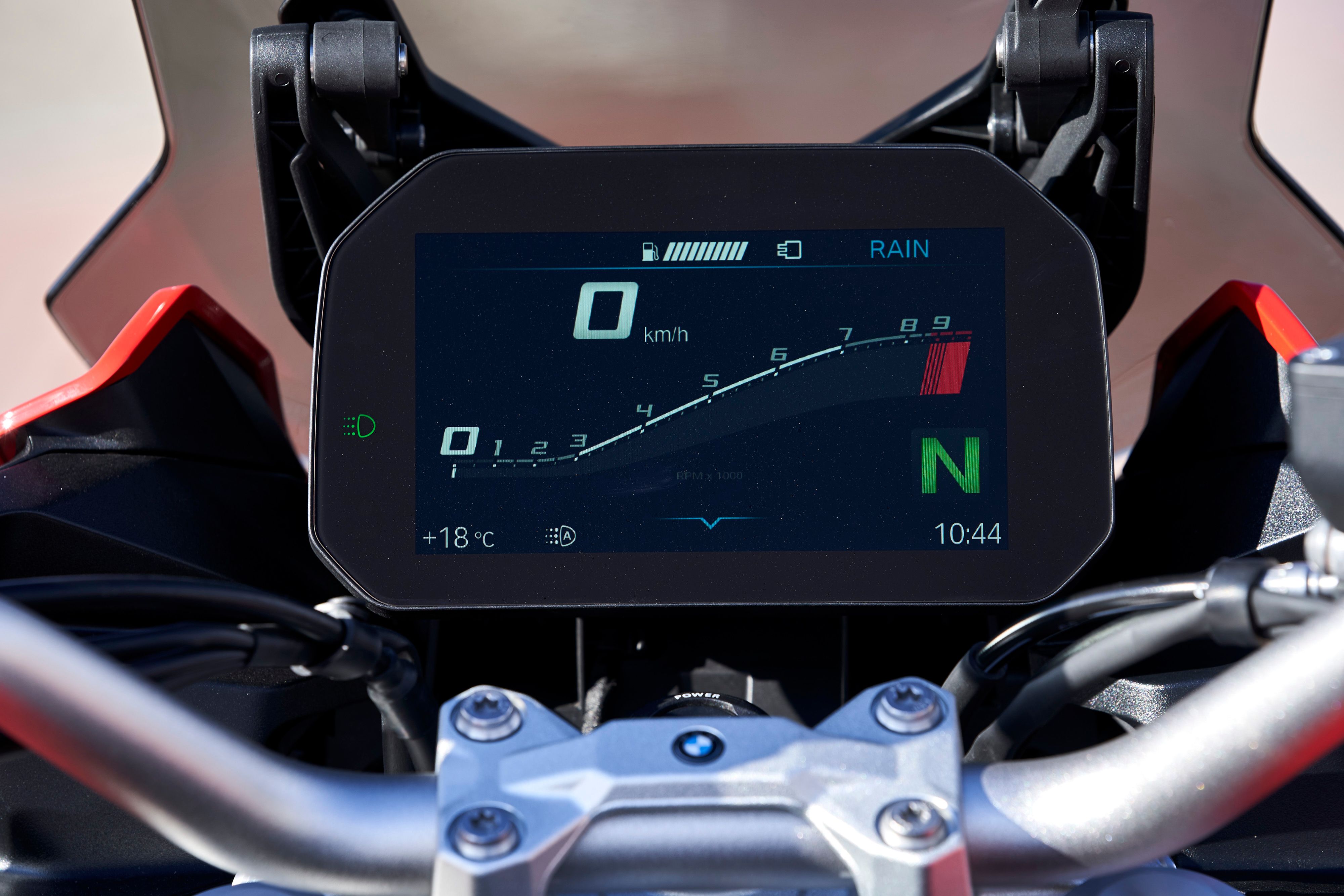
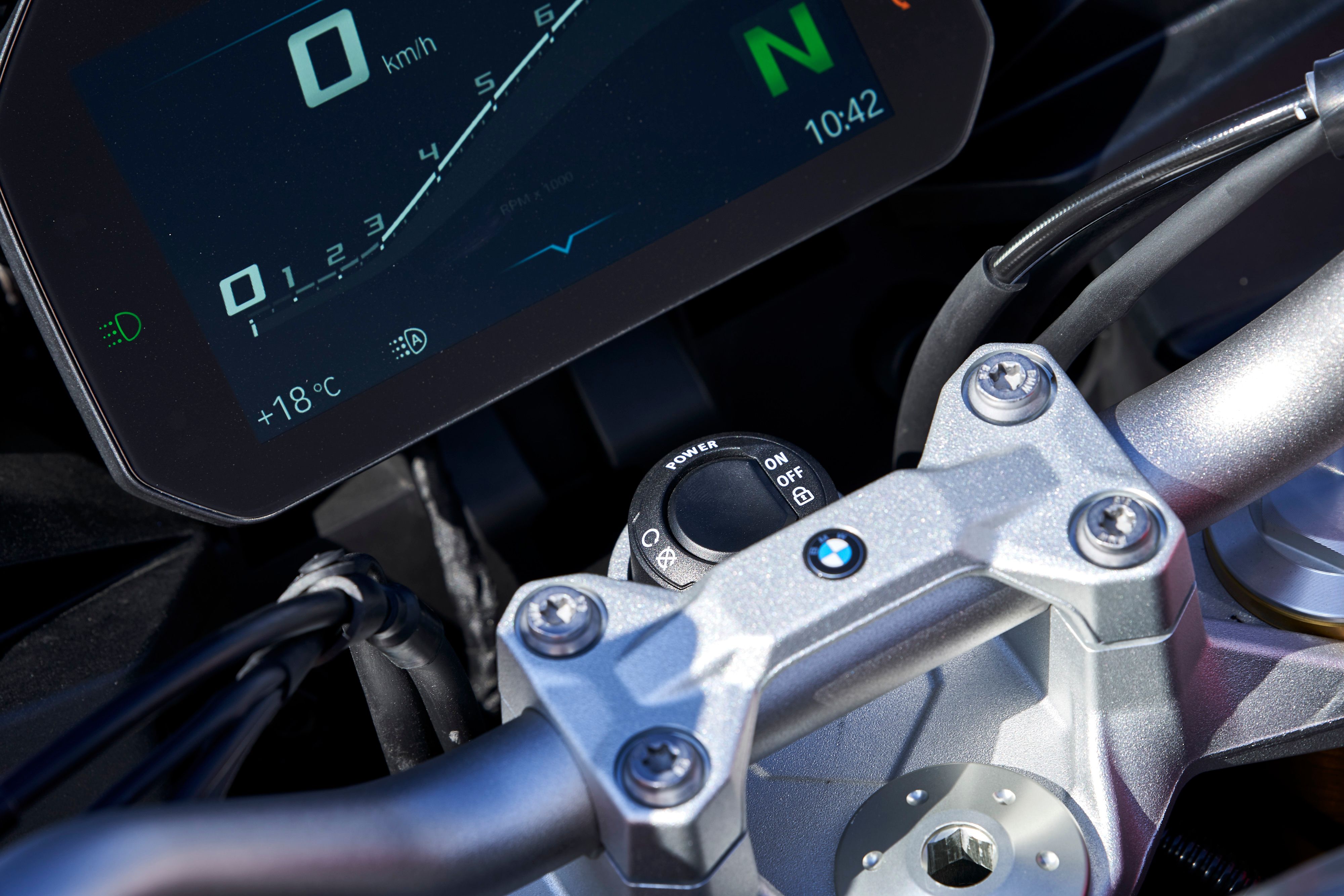
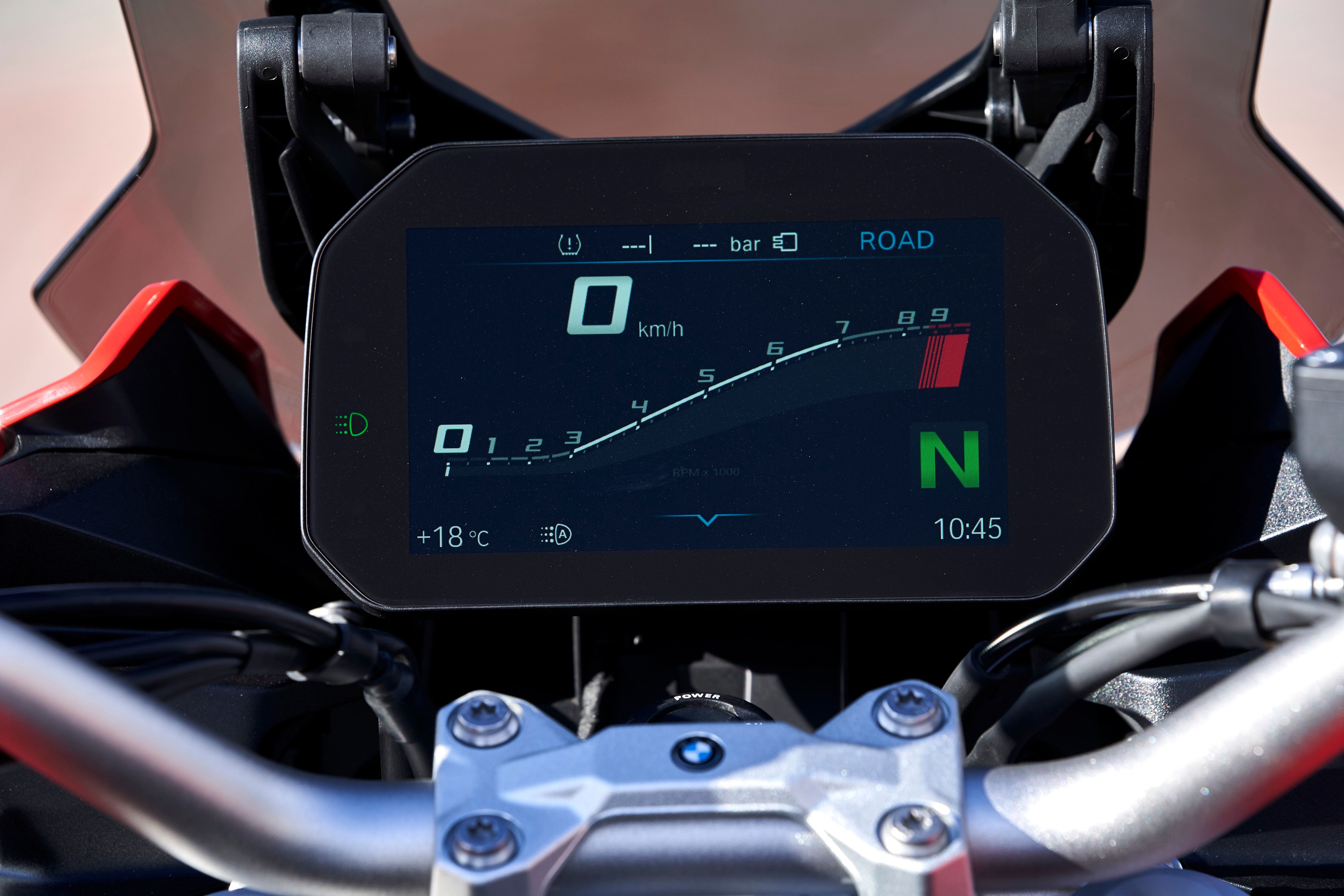
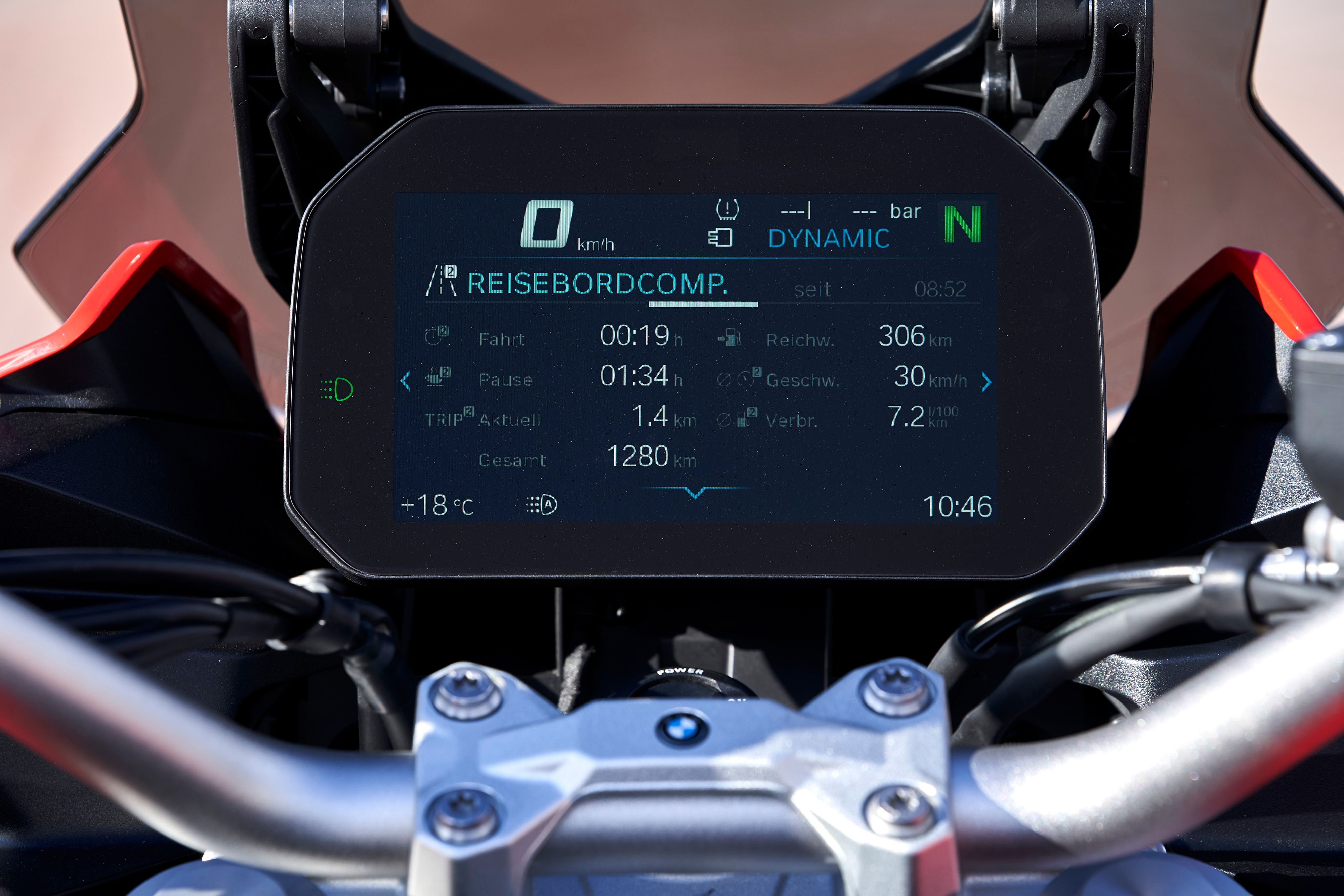
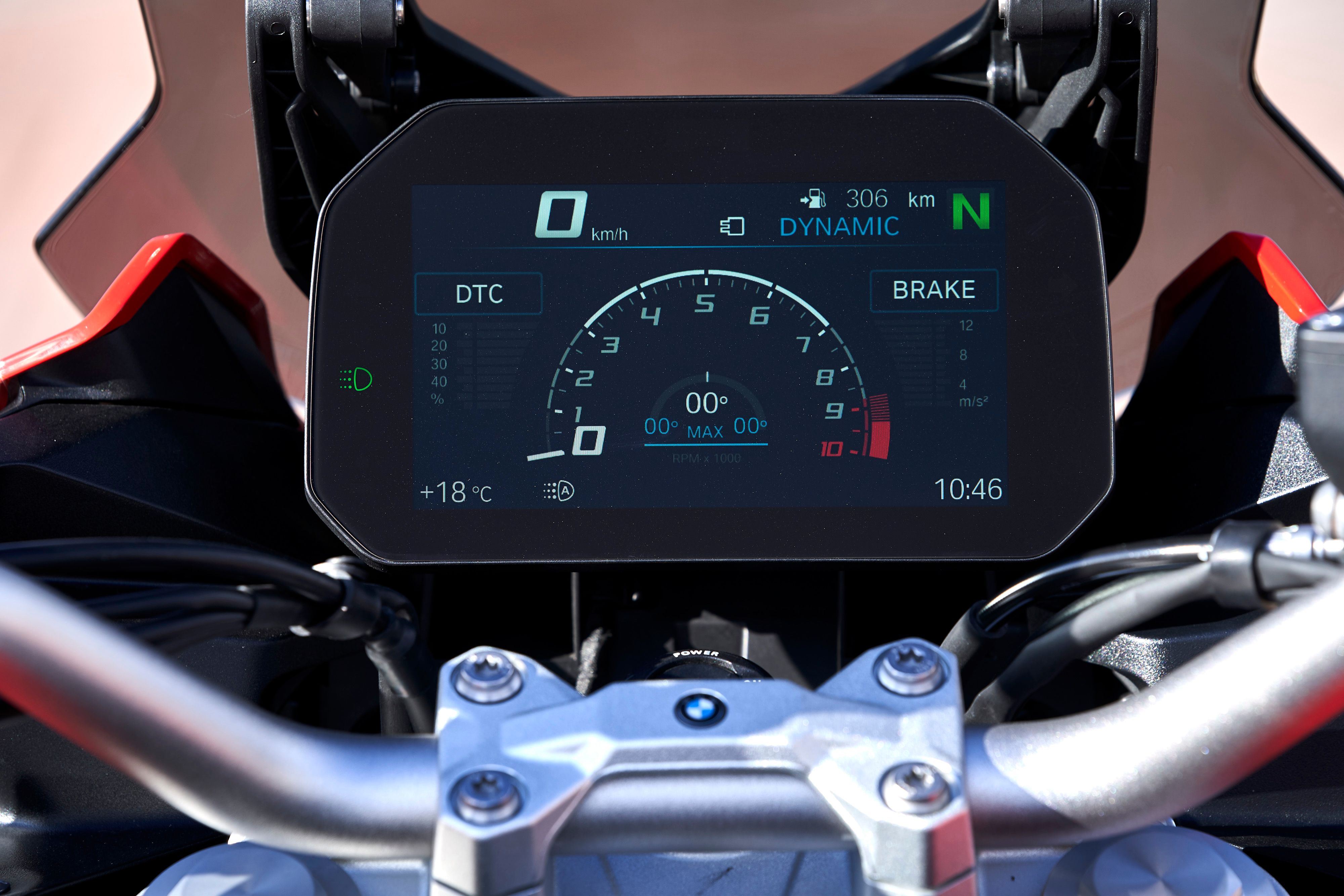
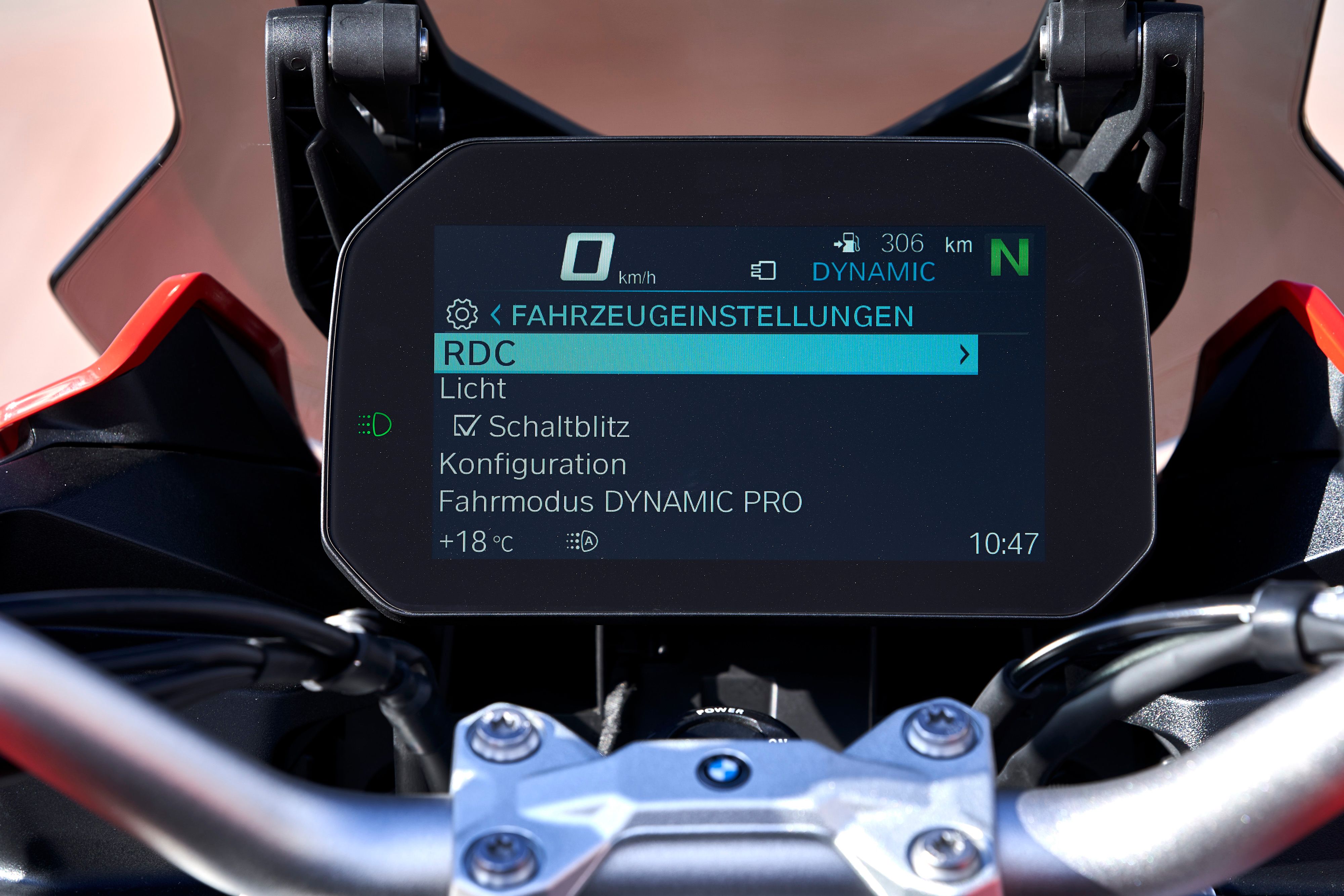

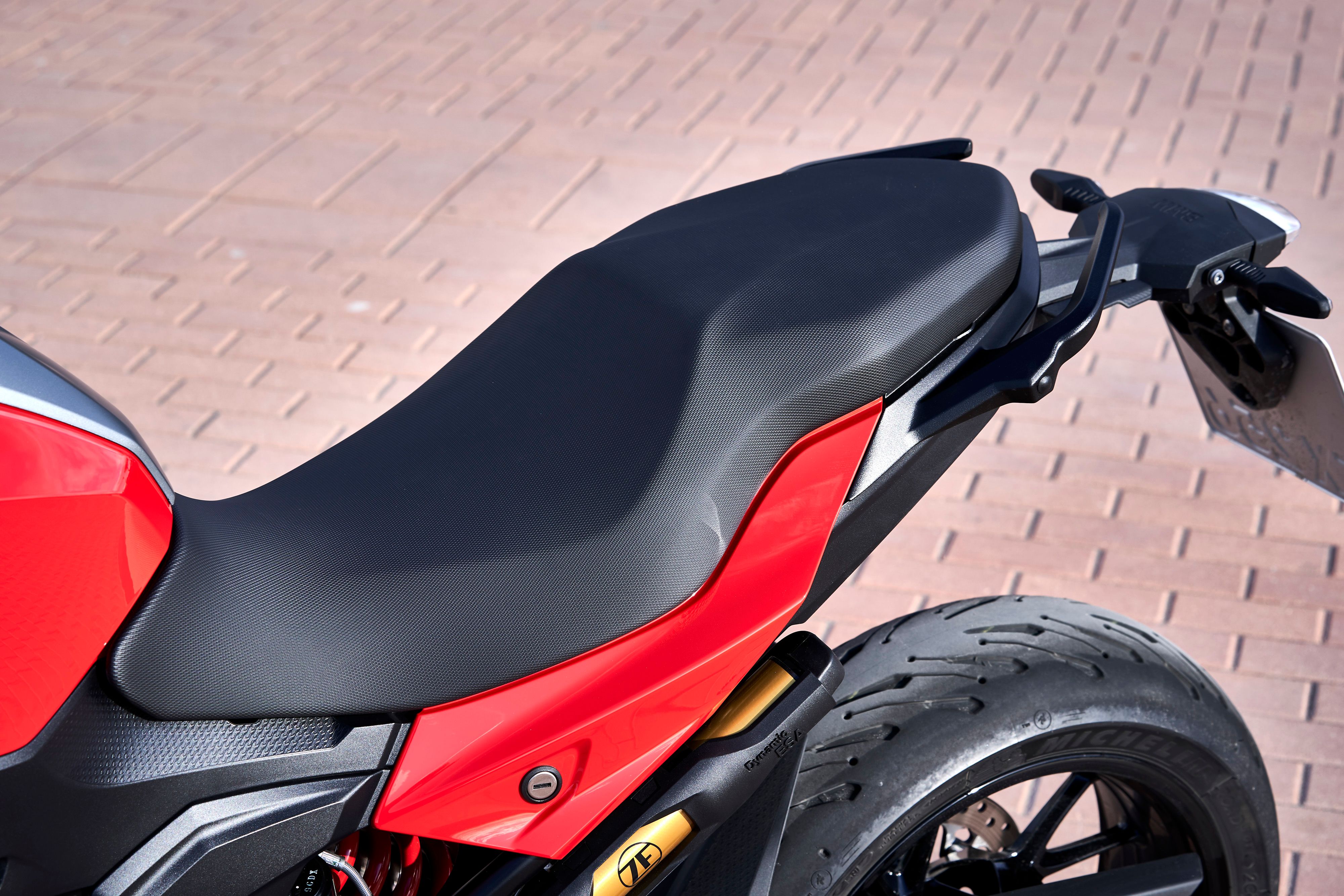
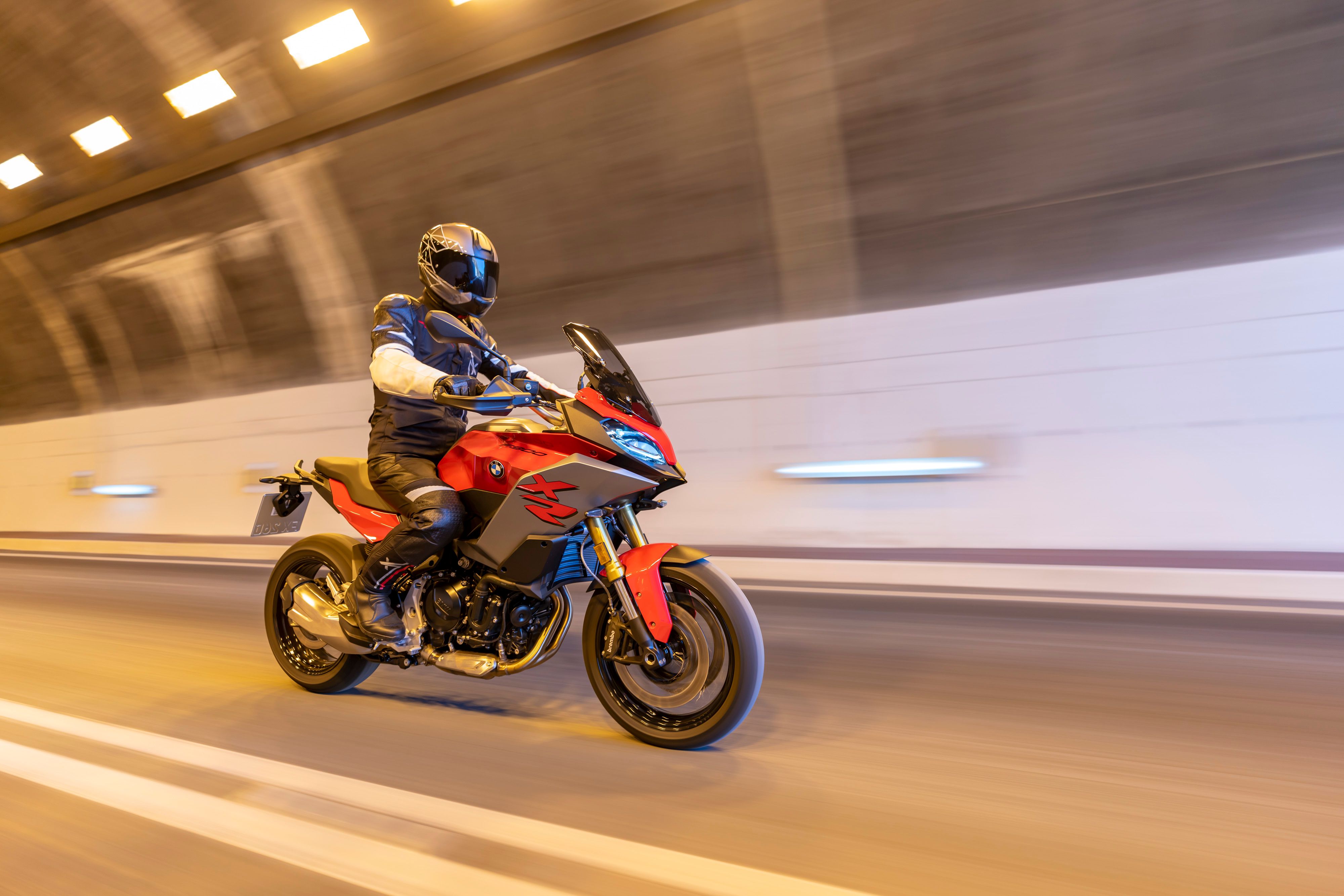
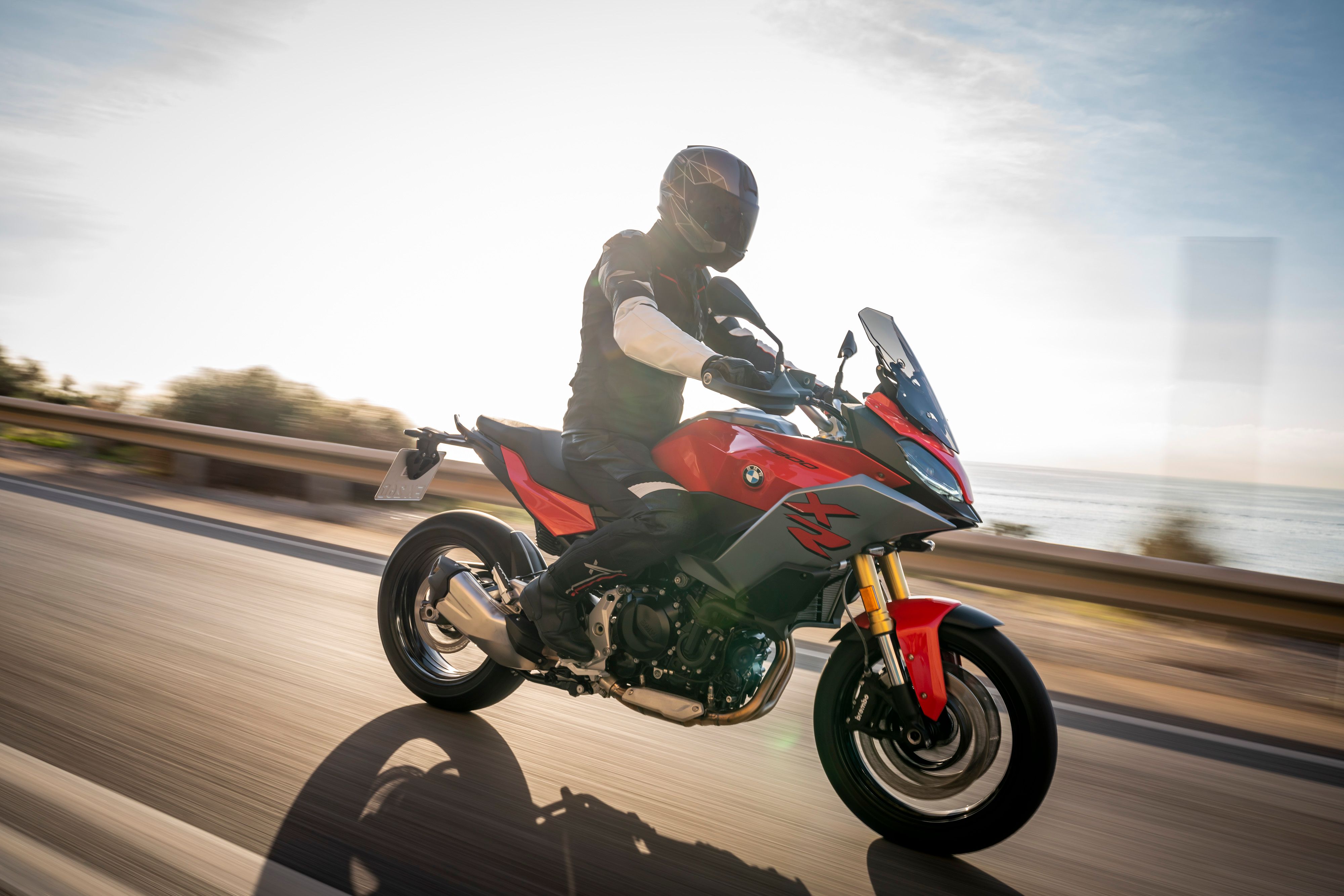
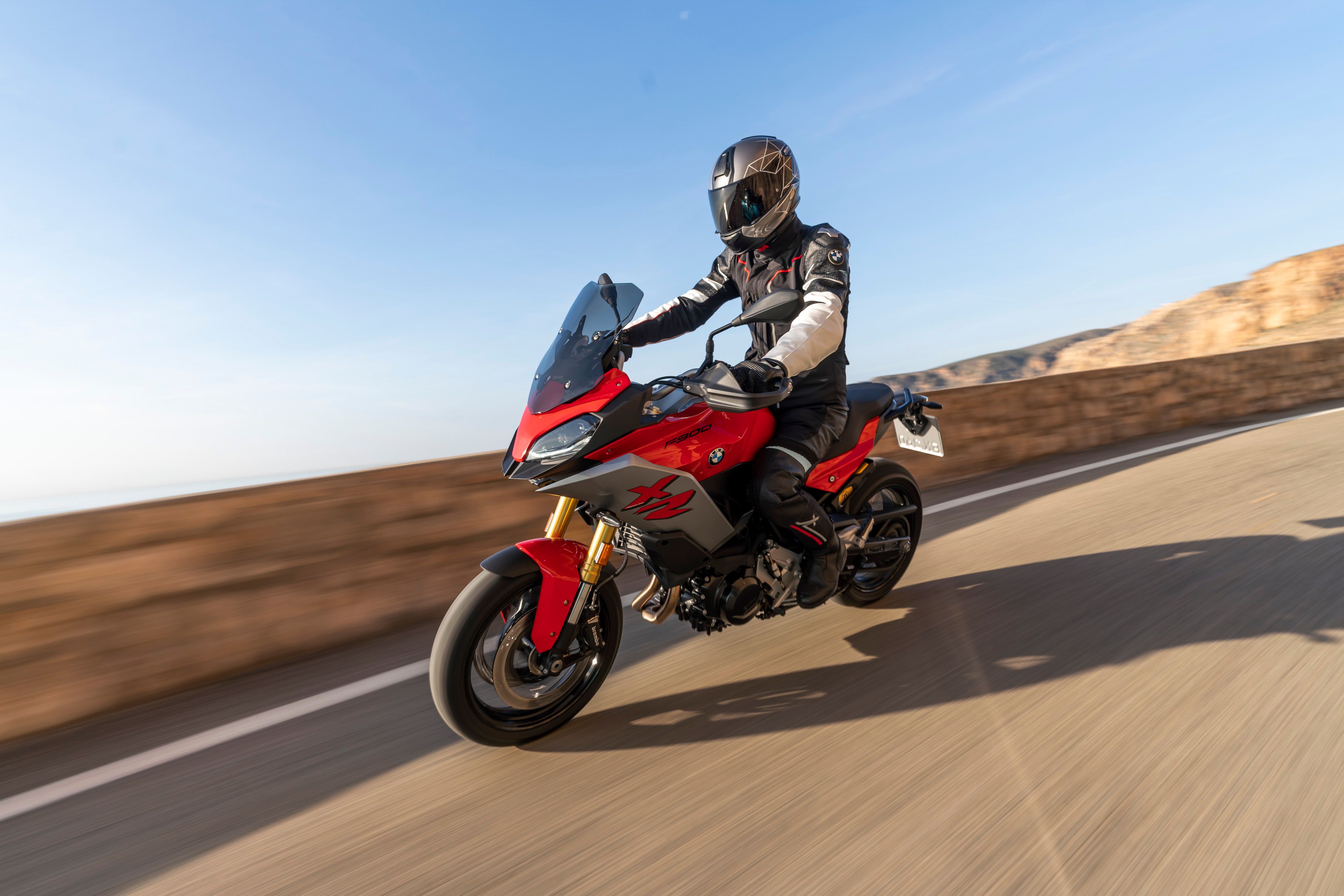
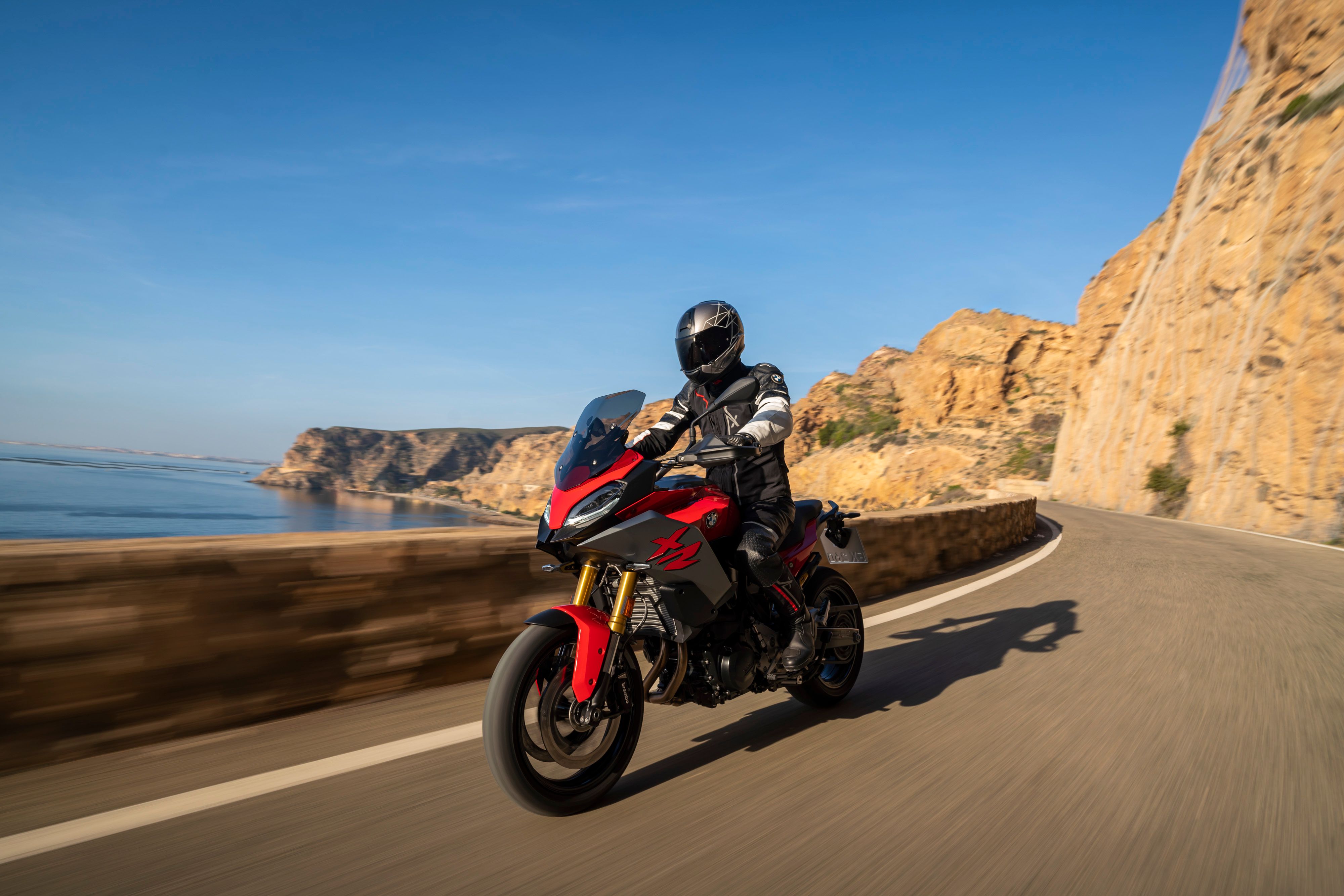
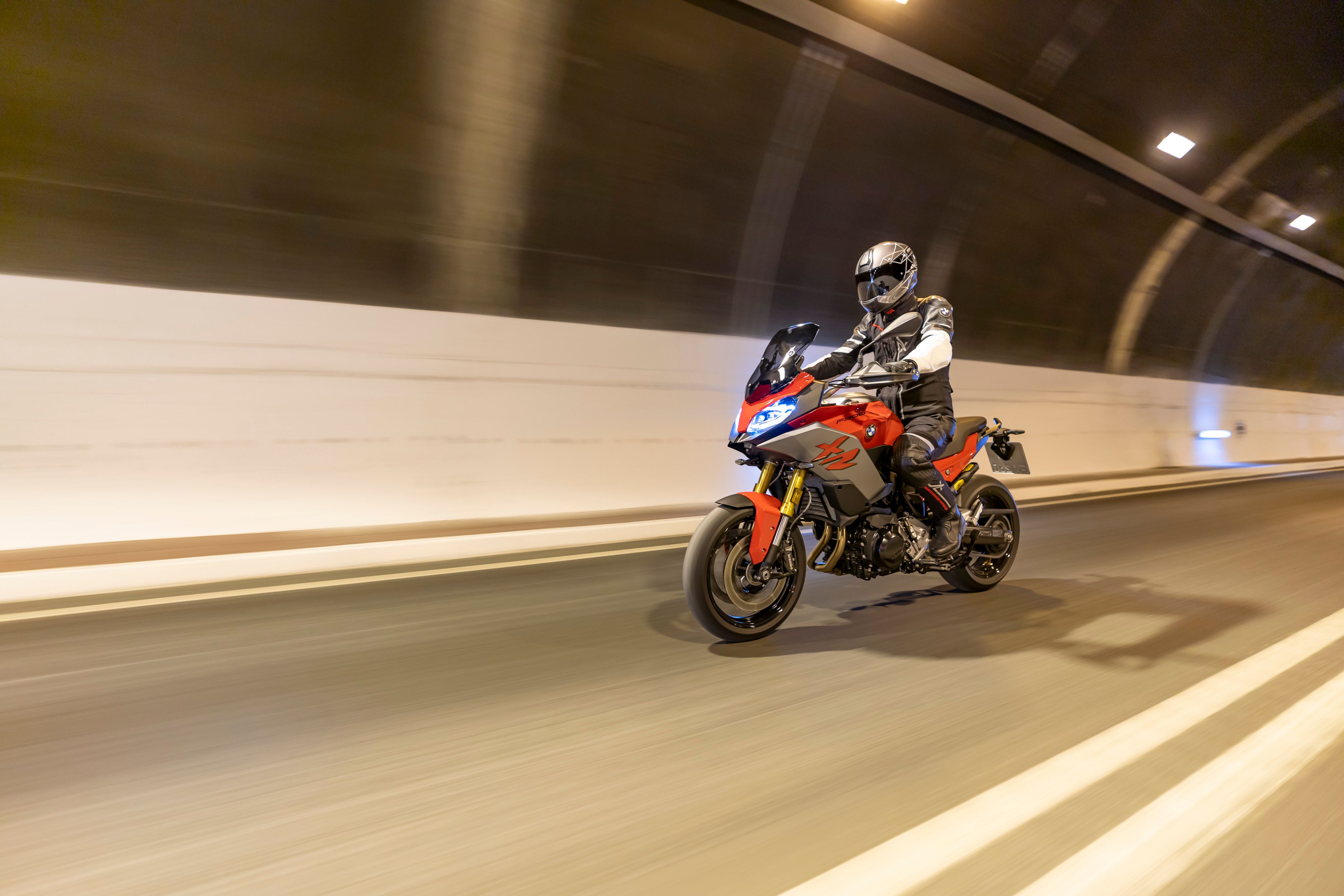
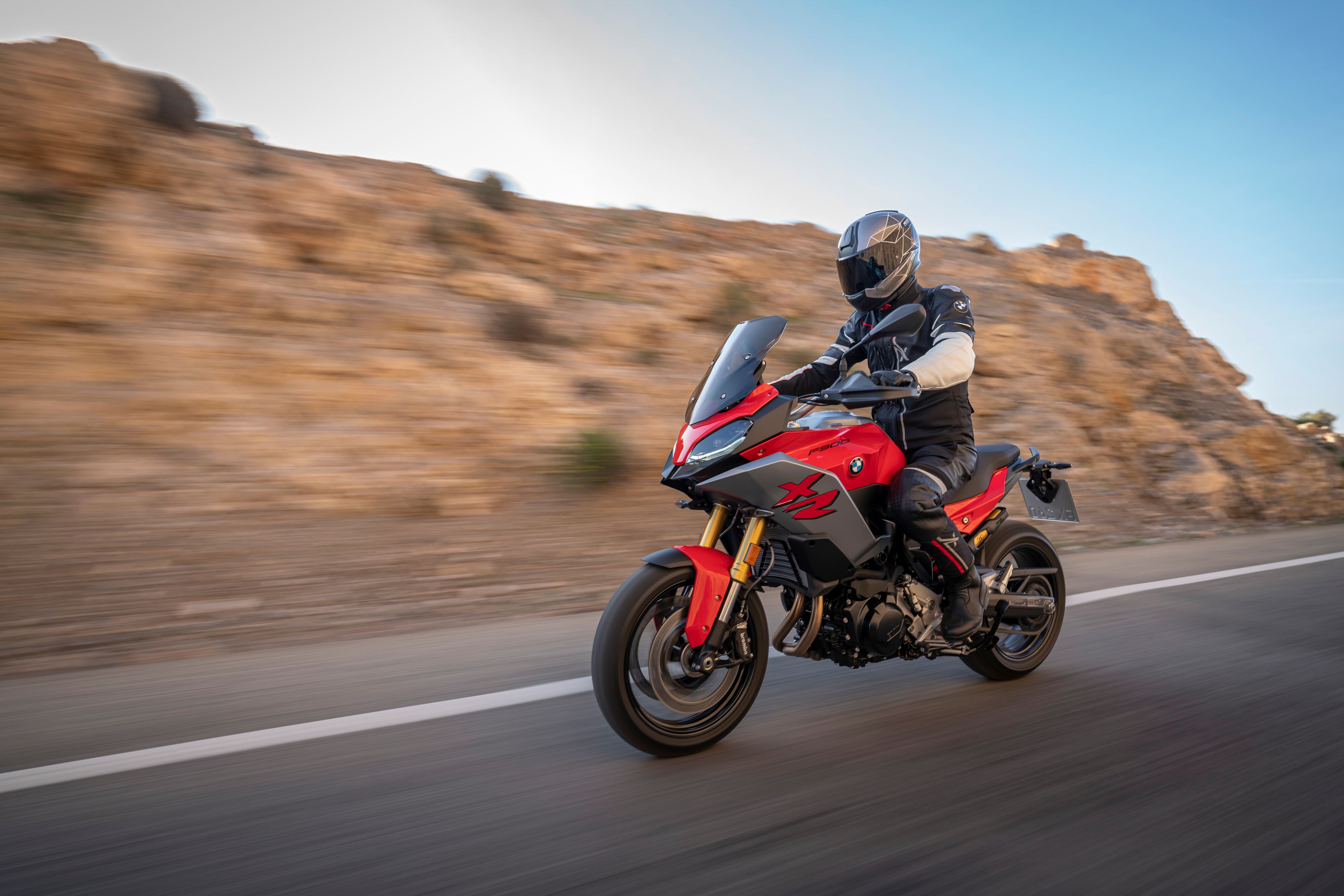
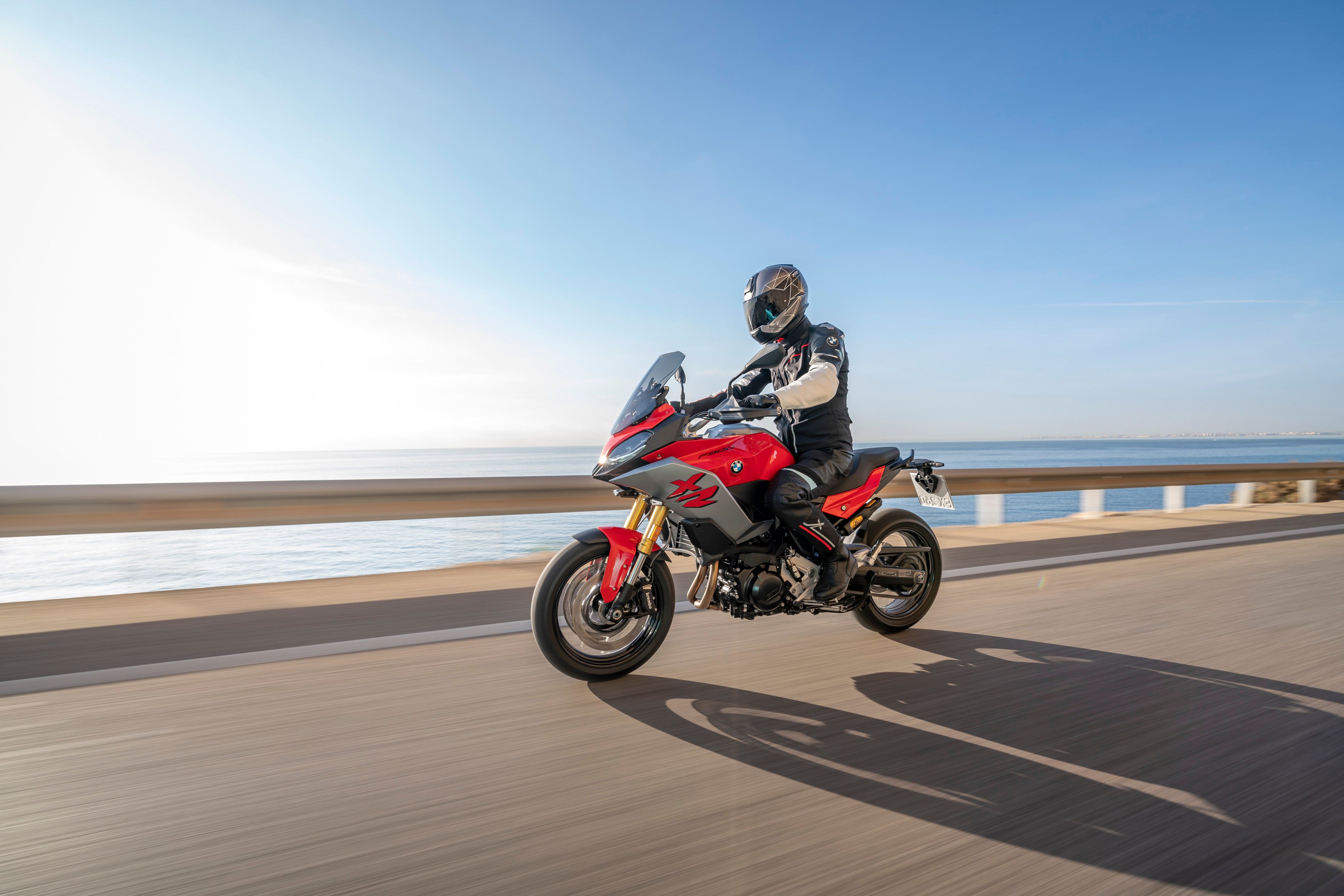
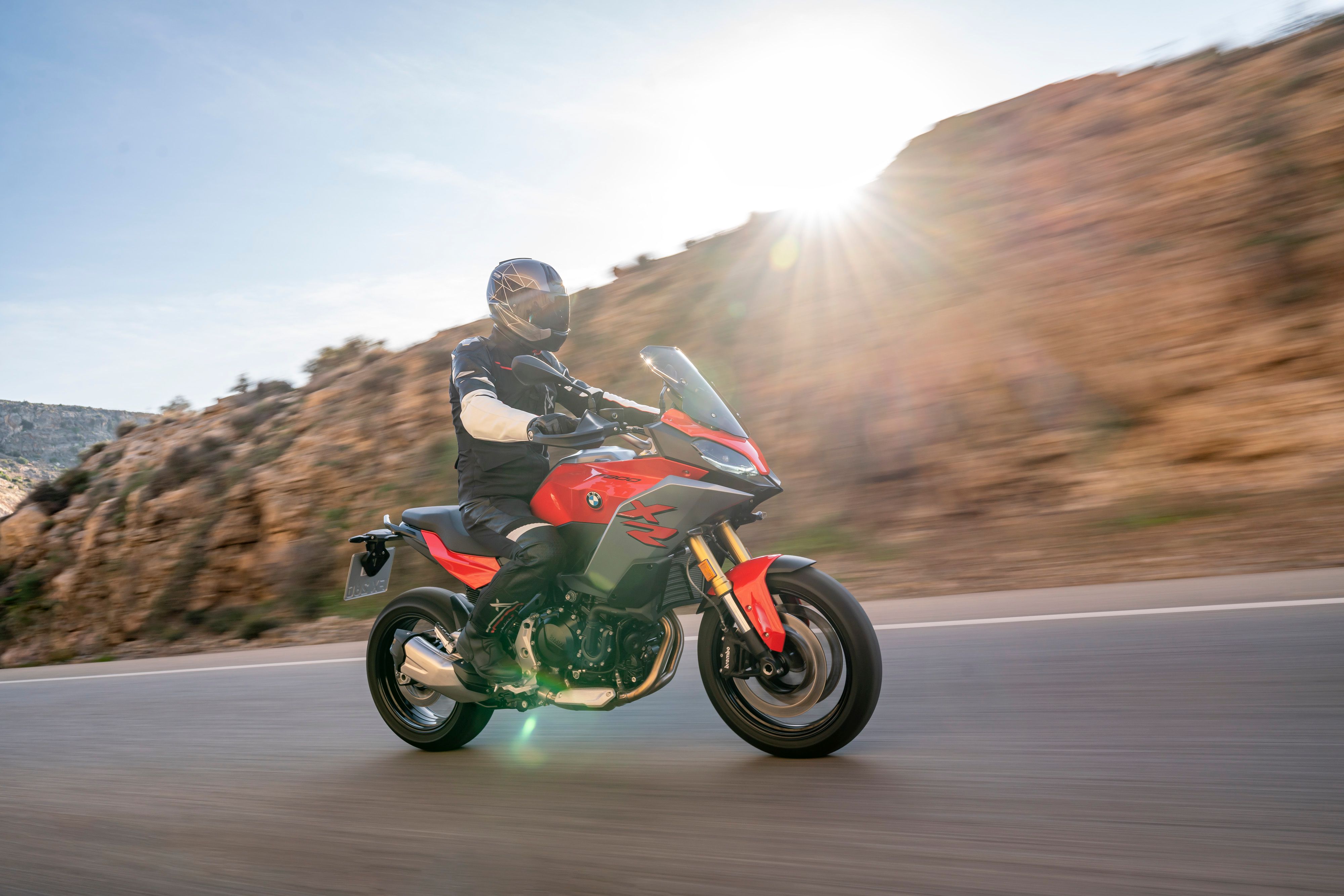
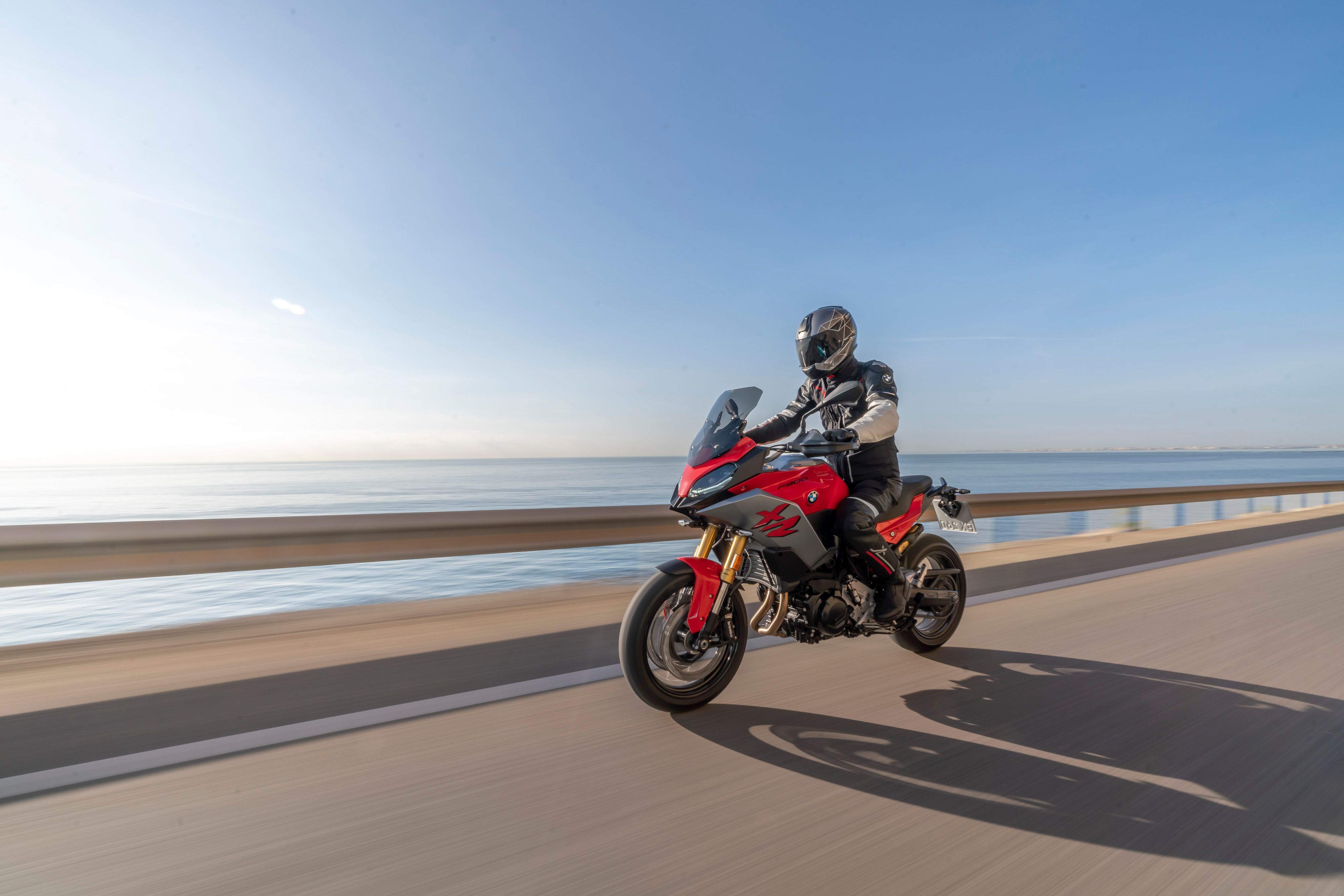
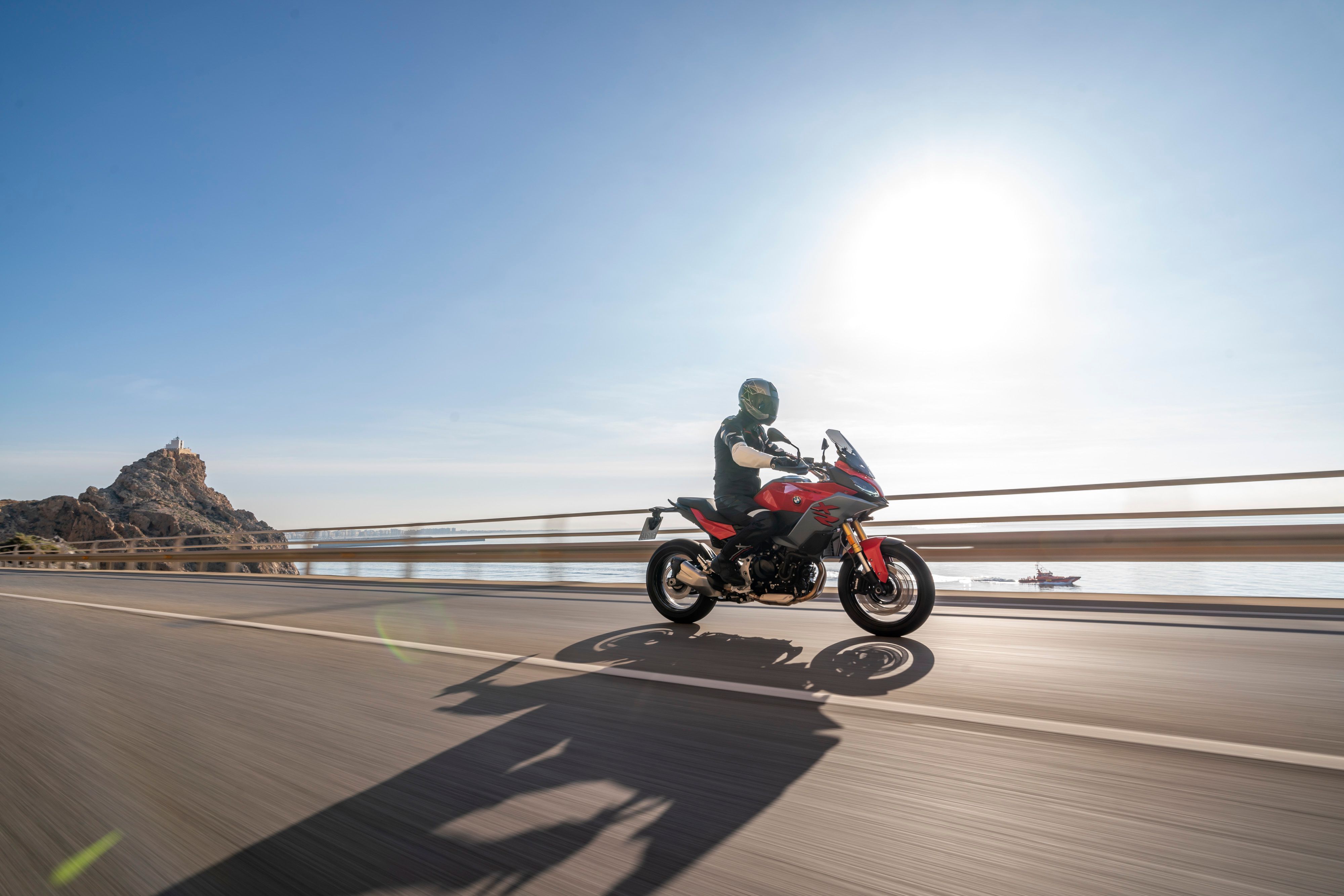
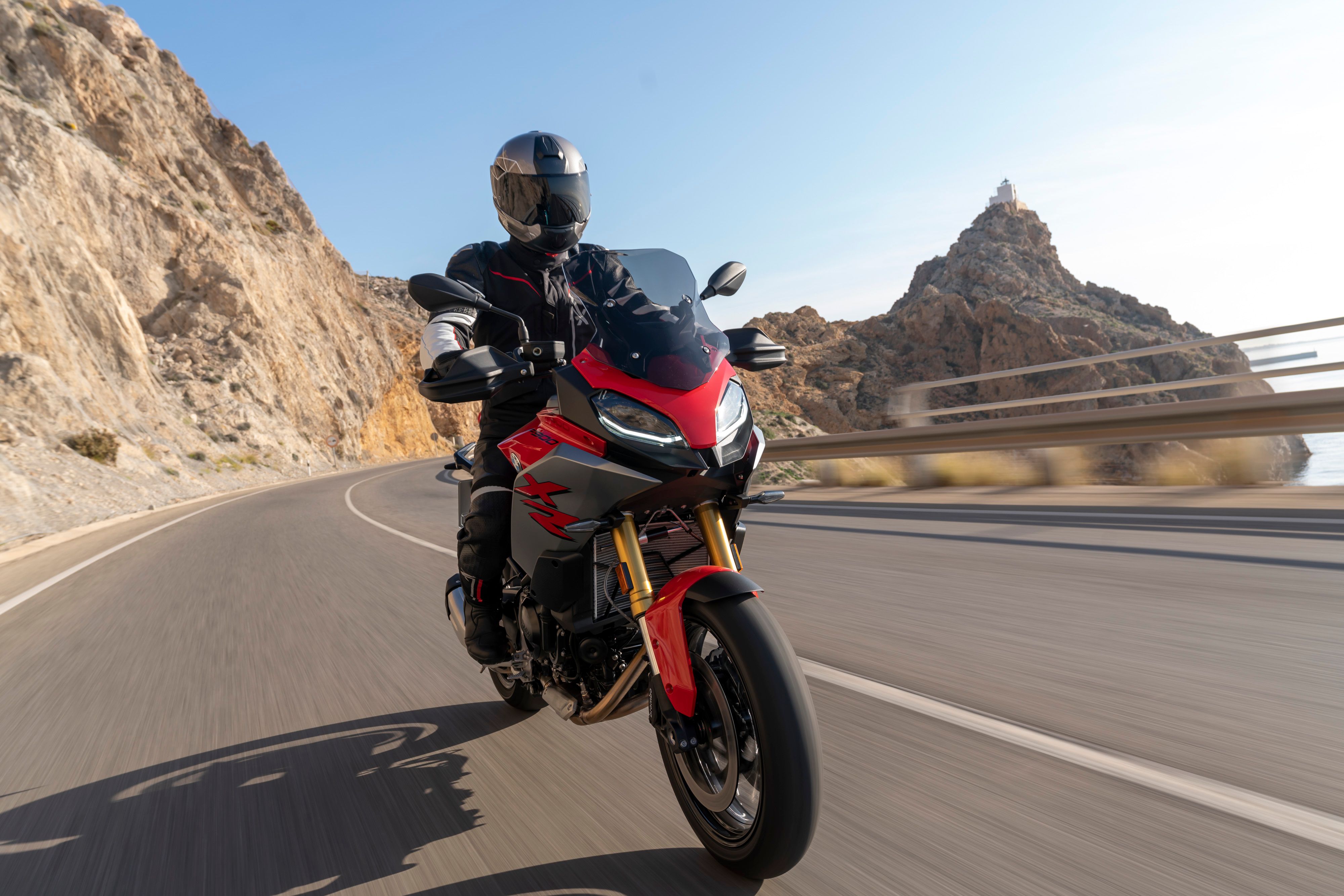
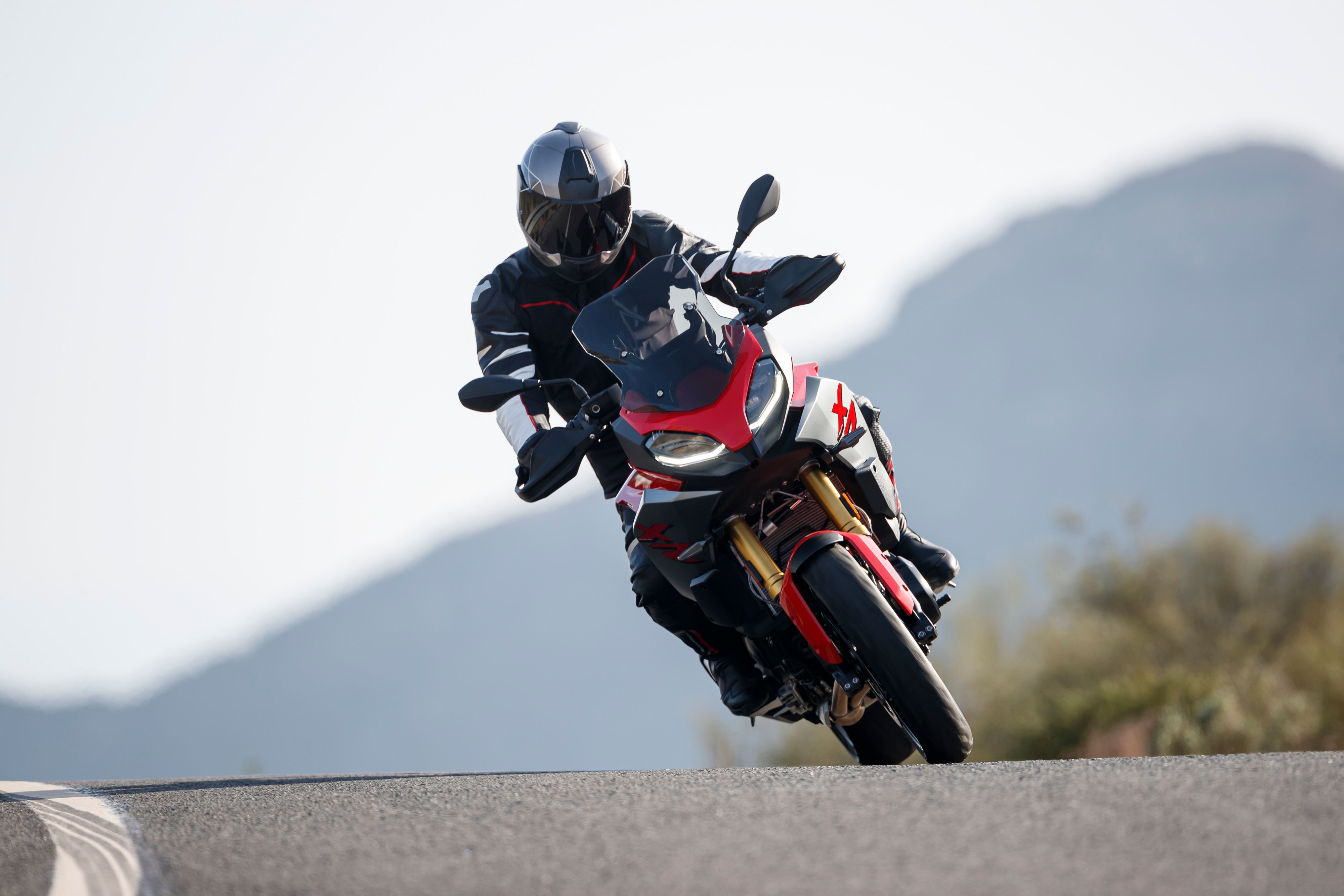
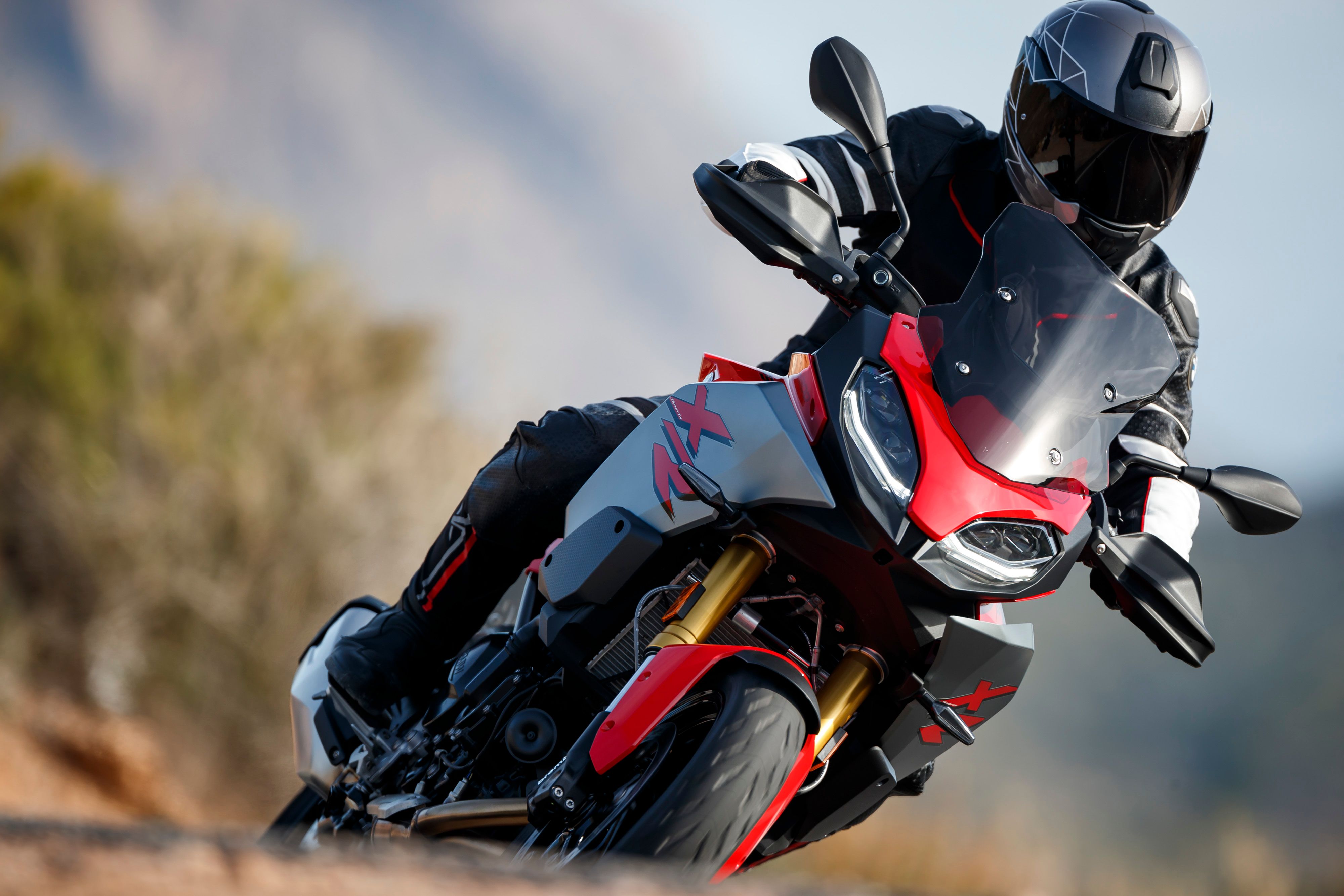
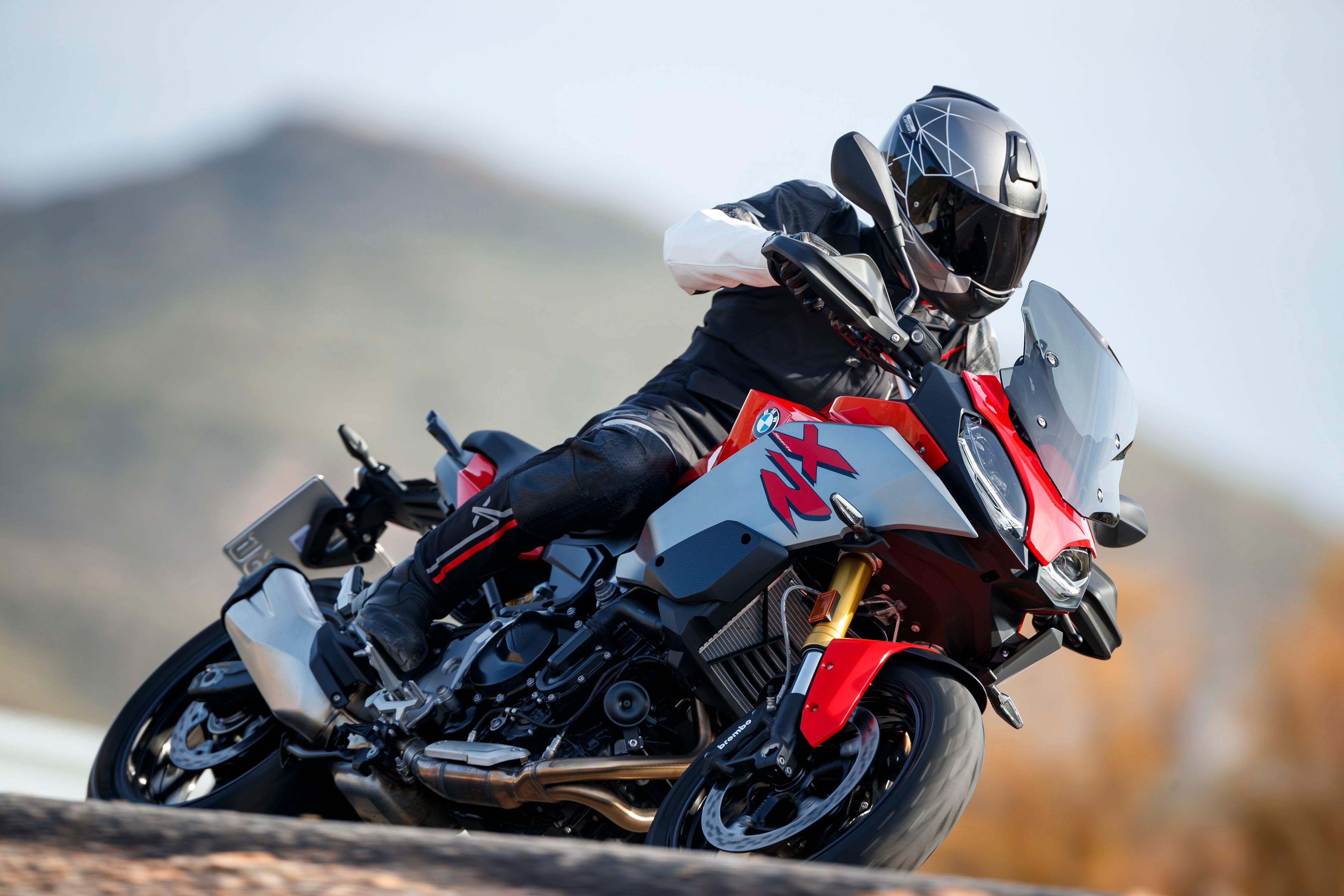
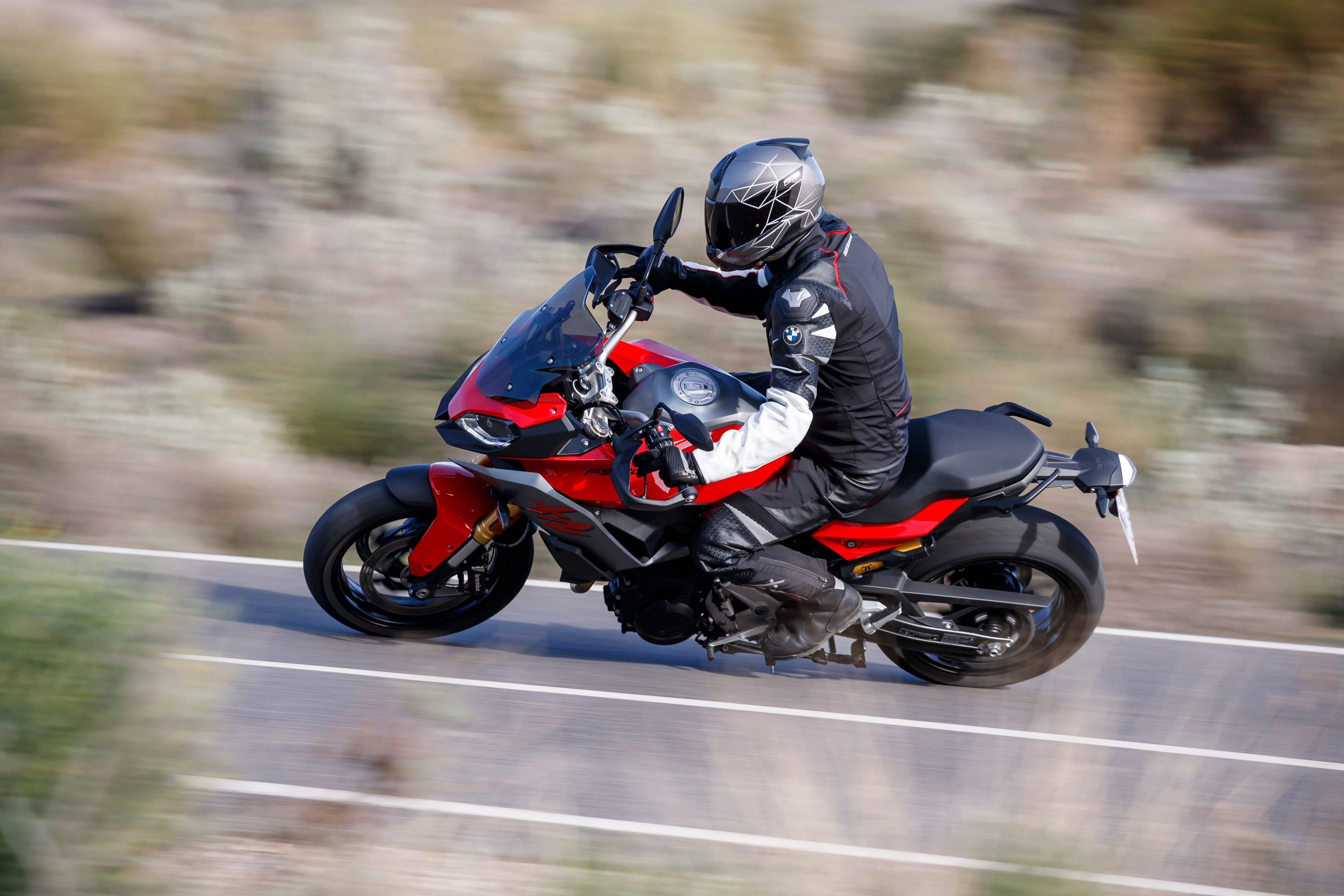
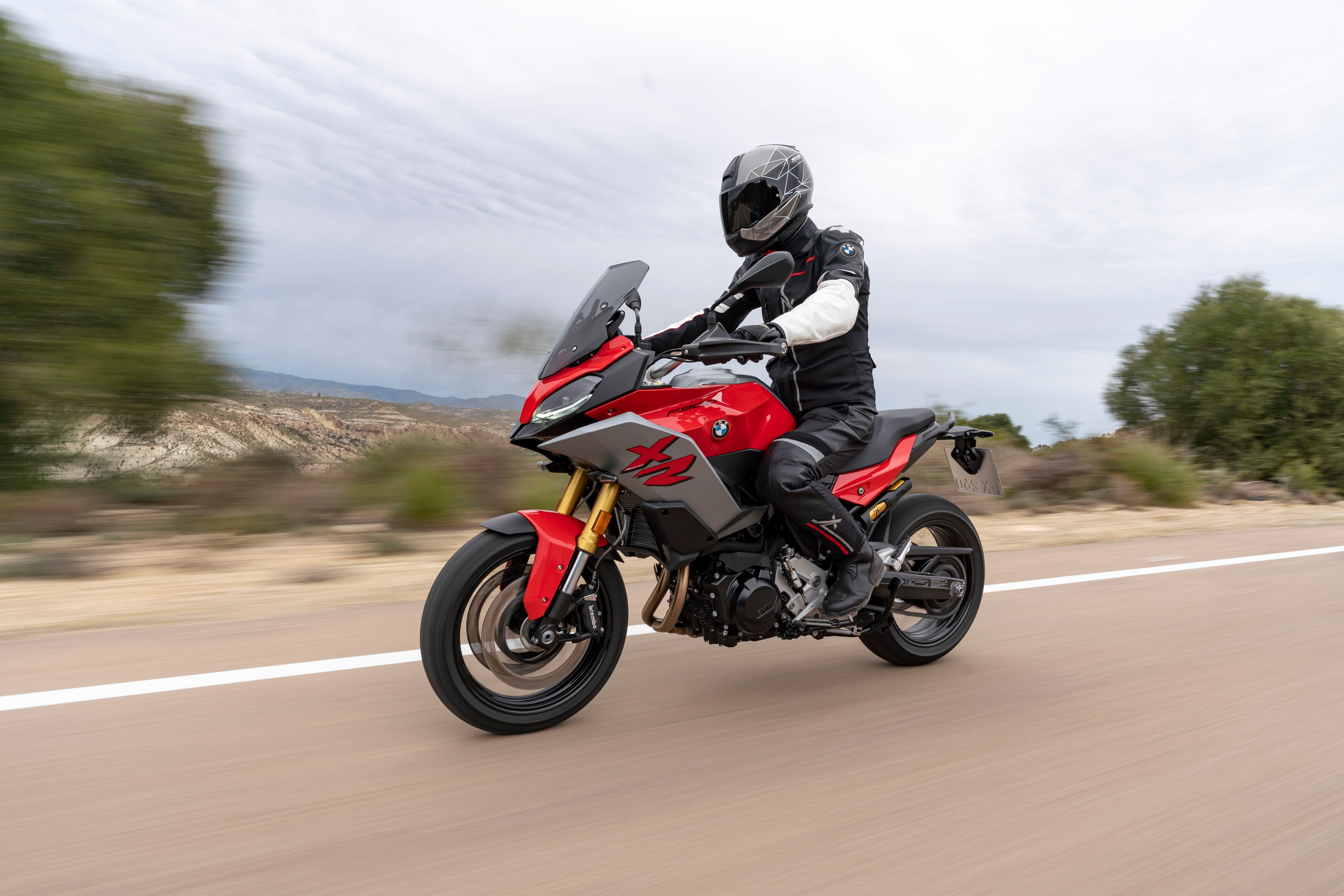
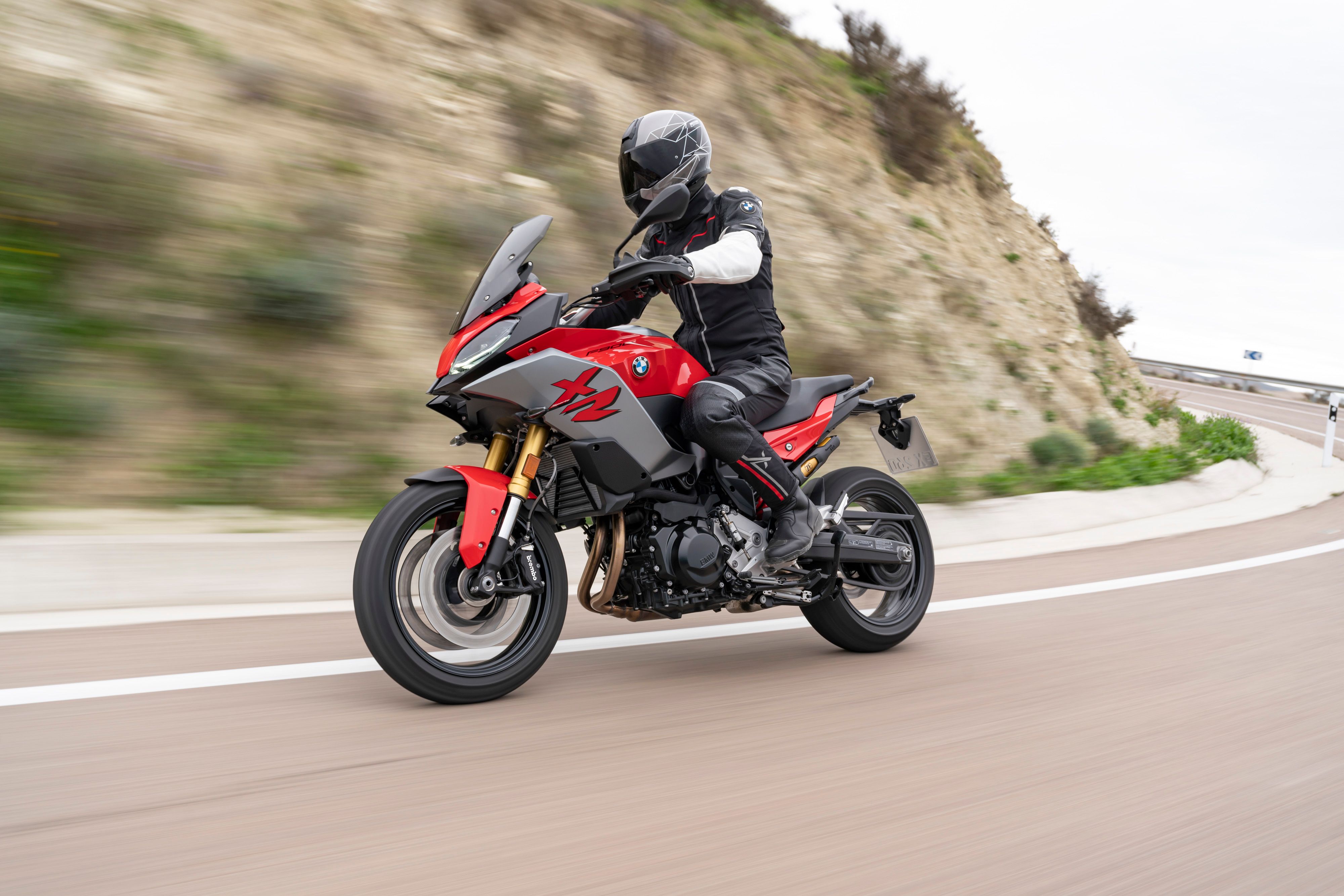
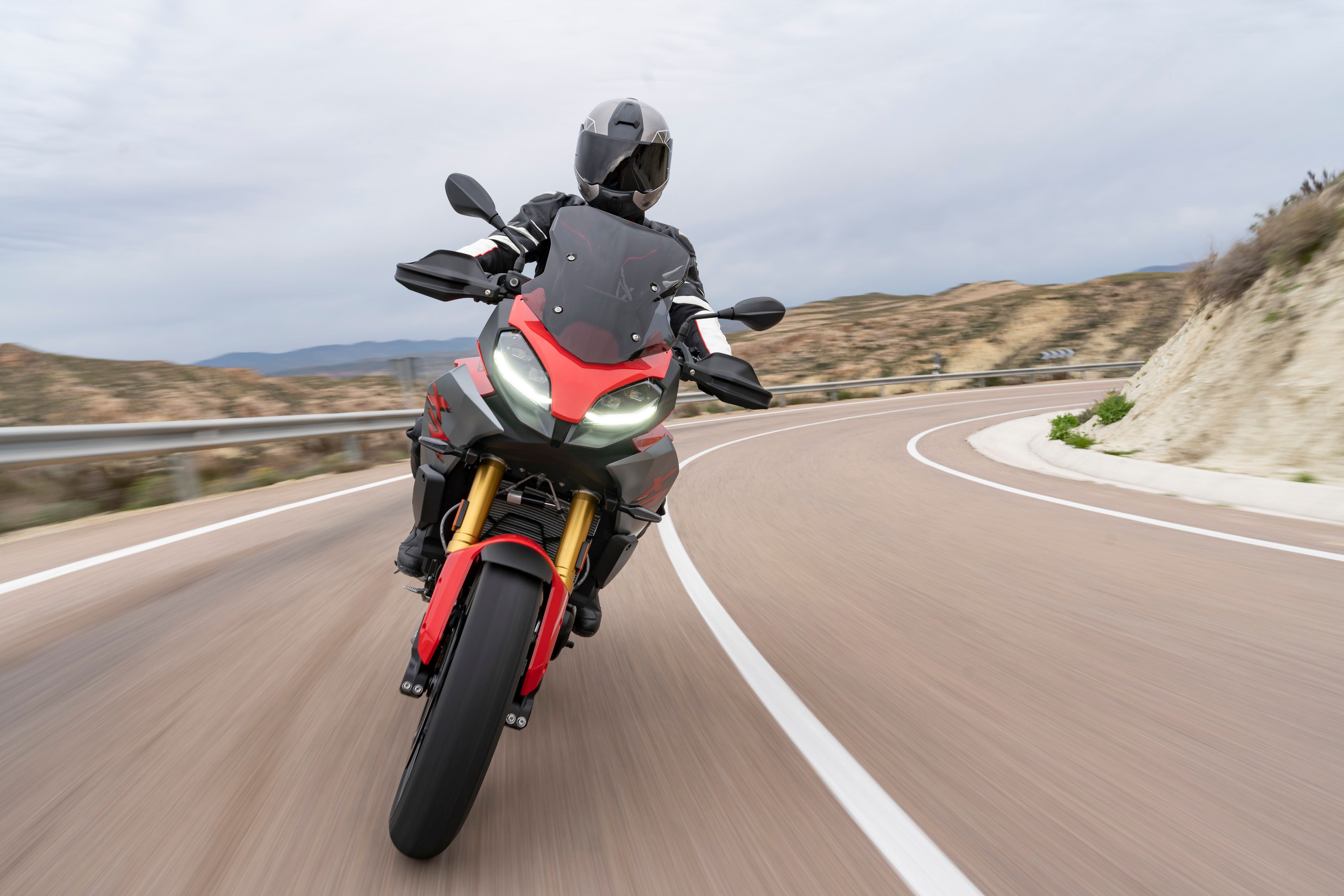
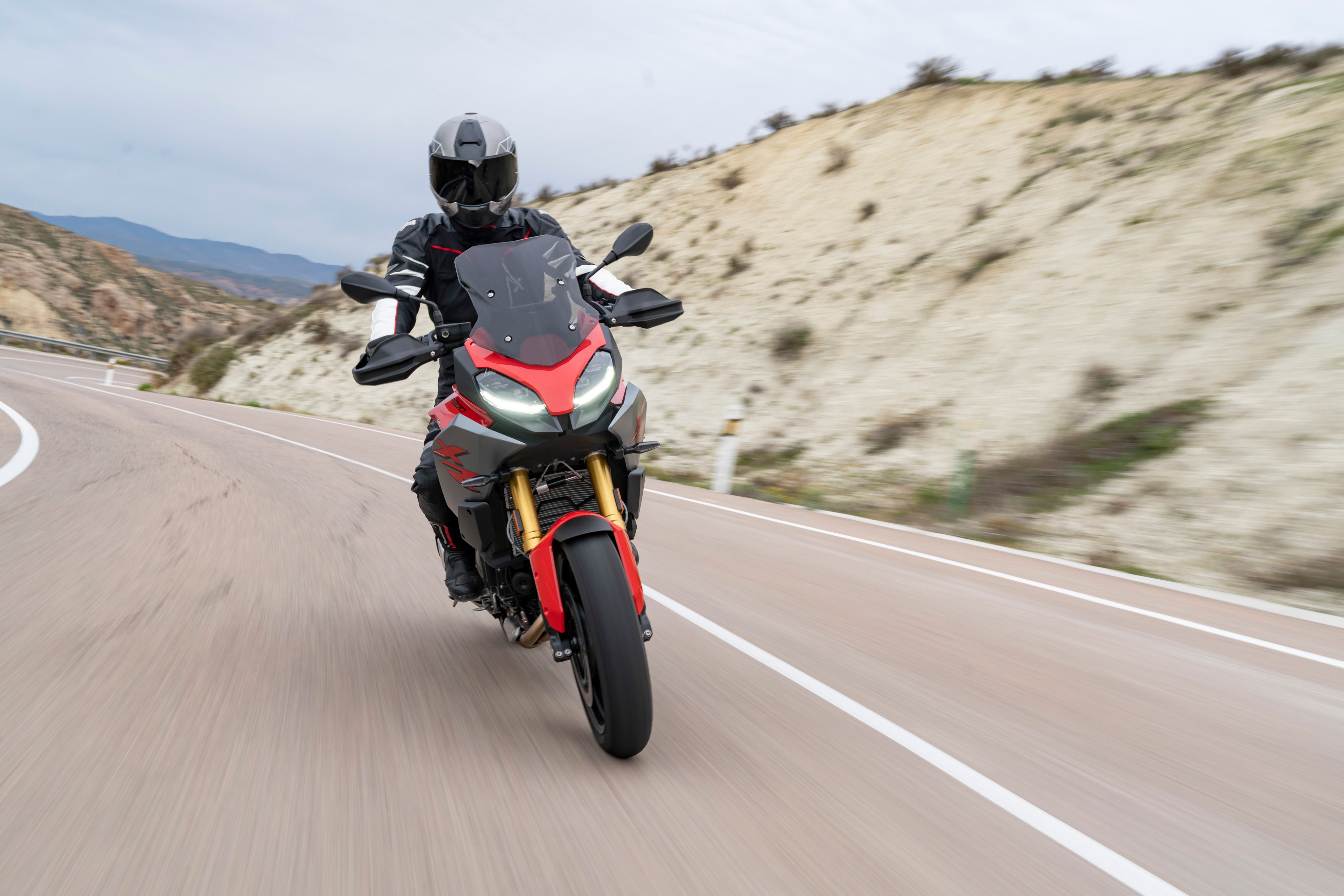
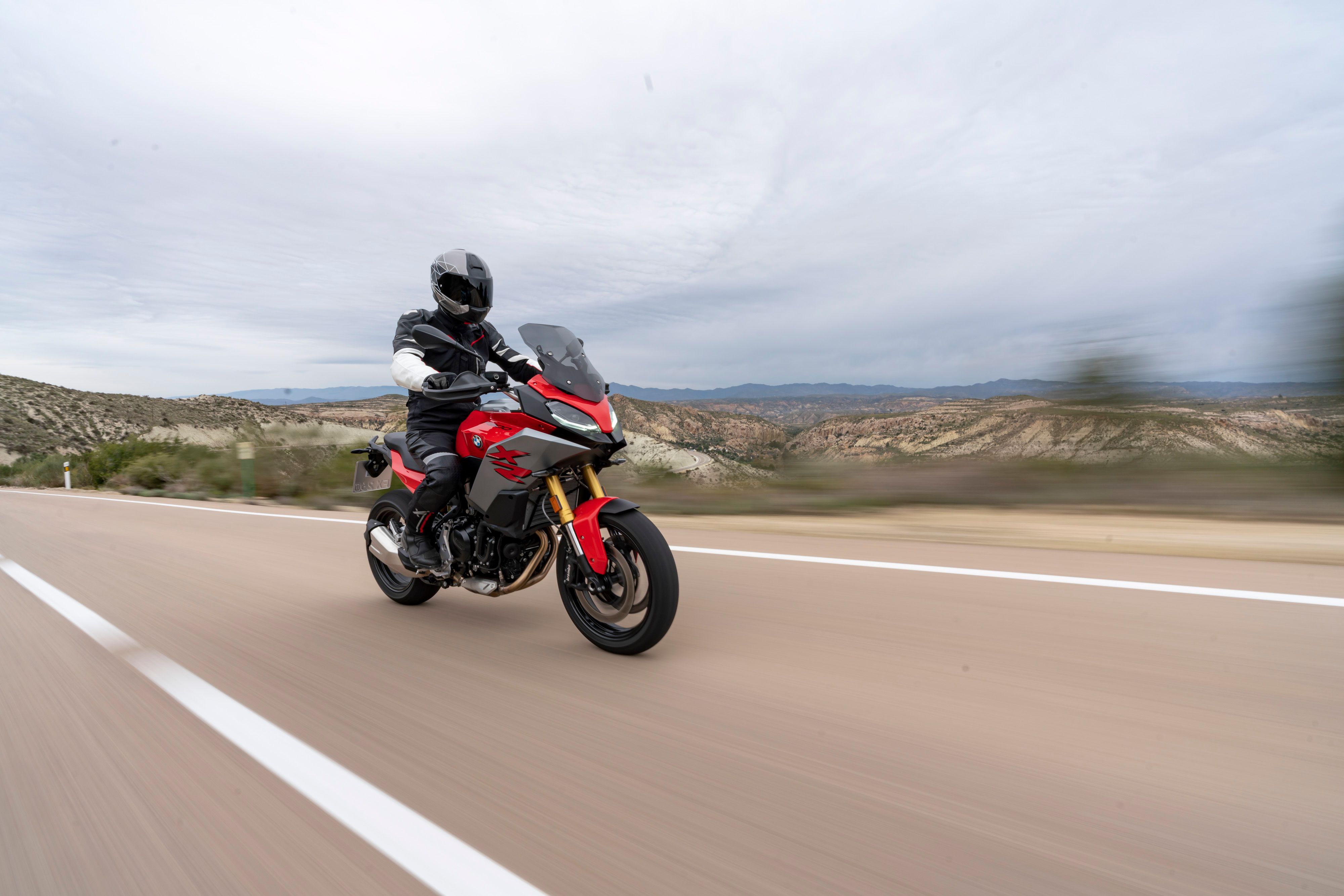
- Make: Array
- Model: 2021 BMW F900XR Road Test
- [do not use] Vehicle Model: Array

No one can accuse BMW of sticking blindly to their engineering guns, even if the boxer-twin’s refusal to die might point to that. While the latest 1250 boxer engines feature liquid-cooling and variable valve timing, the old air-cooled version lives on in the highly successful RnineT range, although how long that engine can be made Euro5 compliant without being completely strangled is another question.
But I digress. Not only has BMW taken on - and, in the eyes of some - thoroughly trounced the opposition in the inline four 1000cc category with the S1000 range, it has also had considerable success in the middleweight category with the 700/800/750/850cc parallel twin design.
There are still those, however, who look down their noses at the BMW parallel twin, claiming fatuously that ‘it is not a real BMW’. This is, of course, complete nonsense but it is a viewpoint that still has its adherents.

What didn’t help the cause was the fact that, in its original incarnation, the 700/800cc parallel twin was rather underwhelming. Relatively weak performance and flat and uninspiring exhaust note sucked any positives out of the design. It should be noted that both engines shared the same overall cylinder capacity, although the ‘800’ made around ten horsepower more.
Last year, BMW launched an updated ‘F’ range with a brilliant new engine. The resulting F750 and F850 models were transformed (and adhered to the same cylinder capacity/different power outputs). The engine now had a gruff, v-twin-like quality thanks to revised crankpin offset and firing intervals, while the hike in capacity provided a useful boost in throttle response, overall performance and rider enjoyment.
Both roadster and adventure models were announced and then came the F900XR, a smaller sibling to the S1000XR, sharing all of its practical attributes but in a not-so-blindingly-fast package. Engine capacity had grown to 895cc (up from the 853cc of the 750/850cc models) and power up by 15bhp on the F850, to 105bhp.
It’s Been around for a while, so why talk about it now?

Now, talking about this bike might seem a little old-hat given that it has been around for a year or so. However, a recent re-visit of the F900XR provided the opportunity to update my original impressions, which were diluted somewhat by the fact that there were four additional BMW models on the launch. While this is obviously a cost-saving exercise on the part of the local importer, it does have consequences in a lack of seat-time on each model.
So it seemed appropriate to re-visit the F900XR for a reappraisal and also because it seems that not everything is happy in the world of the ‘F’ models.
Initial impressions of any BMW motorcycle are mixed; they are possessed of fussy styling that can never be called pretty although, on the F900XR, the quality appears to be good. Closer inspection reveals an extensive use of plastic - which in itself is nothing unusual in modern motorcycles - and not all of that is the sturdiest. It’s all in the details; when compared to an equivalent Triumph, for example, there is a slight cheapness that the price tag doesn’t reflect.

Having said that, sitting on the bike reveals a fine attention to ergonomic detail. Switchgear is solid and chunky, the layout logical, the TFT dash bright and clear and not over-burdened with information and equipment levels are high. The seat is comfortable and the seat/feet/hand triangle feels natural. The ‘screen has two positions and is adjusted by a lever on the right hand side. In either position, wind noise around the head is marked.
On the move, the engine is a revelation when compared to the previous parallel twin design. It’s not about how much faster it actually is, but how much more powerful it sounds. Even were it to not have more power, it would feel faster simply because of the aural pleasure. It now has that most important attribute; character.

Personally, I enjoy an adventure bike stance and riding position combined with a sportier feel. The S1000XR is the ultimate statement in that respect and, let’s be honest, any bike next to that one is going to feel inferior but, taken on its own merits, the F900XR is good without being spectacular. It does everything in a typically efficient BMW manner and, while the engine has helped, it still doesn’t really stir the soul as much as the ingredients suggest it should. It’s good, don’t get me wrong, but I seemed to forget it much quicker than many other bikes that pass through my hands.
So What’s The Problem?

That’s not the point of this review, however. There is a problem with the ‘F’ range that is rooted in perceptions of where the mechanical elements are sourced.
There is very little in our world that hasn’t been touched by the hand of the Chinese. We have no problem with such products as we hold in our hands to communicate or those such as the one I am typing this on. But start messing with the motorcycles we ride and things become a lot more controversial.
The engine is the heart of any motorcycle, so to play with peoples’ perception of the quality of that major component and you mess with the perception of the motorcycle overall. And this is exactly what is happening with the ‘F’ range of BMWs. It may not be a groundswell of sentiment but it is there; a mistrust of the engineering of the engine, built by Loncin to BMW’s designs. It doesn’t help that there have been recalls on the engine already - one for a lubrication issue and one that was con-rod related.

Obviously, BMW have strict quality controls in place for any outside supplier and there is no reason to believe that the engine in the ‘F’ range is in any way inferior to an engine built in one of BMW’s German factories. But the perception still remains and it is this that will have an impact on the sales success of the models. Only time will tell whether any fears are well-founded.
In the meantime, the F900XR remains an interesting prospect - comfortable, quick and well-handling - albeit one that faces stiff competition from the likes of Yamaha’s FJ-09 Tracer. With a stunning triple-cylinder engine, impeccable road manners and a distinct lack of ‘Made in China’ stickers, not to mention a lower price, the Yamaha rather knocks the BMW into a cocked hat. Triumph’s Tiger Sport 1050 was also a contender in this market segment but that model has now been discontinued in the face of Euro5 emission legislation.

It might seem unfair to tar the F900XR with what amounts to hearsay and prejudice, although I am merely commenting on what I have heard when talking to people in the know. Whether there is substance to the fears remains to be seen but BMW has a job on its hands to convince the masses that Chinese-built can be as good as German-built.
2021 BMW F900XR specifications
|
Engine; |
DOHC parallel twin, 4-valves per cylinder |
|---|---|
|
Fuel capacity; |
4 gallons |
|
Seat height; |
32.4 in. |
|
Wet weight; |
483 lb. |
|
Front suspension; |
43mm USD fork, no adjustment |
|
Rear Suspension; |
Monoshock, adj. preload and rebound |
|
Front brake; |
twin 320mm discs, ABS |
|
Front tyre; |
120/70 ZR17 |
|
Rear Tyre; |
180/55 ZR17 |

